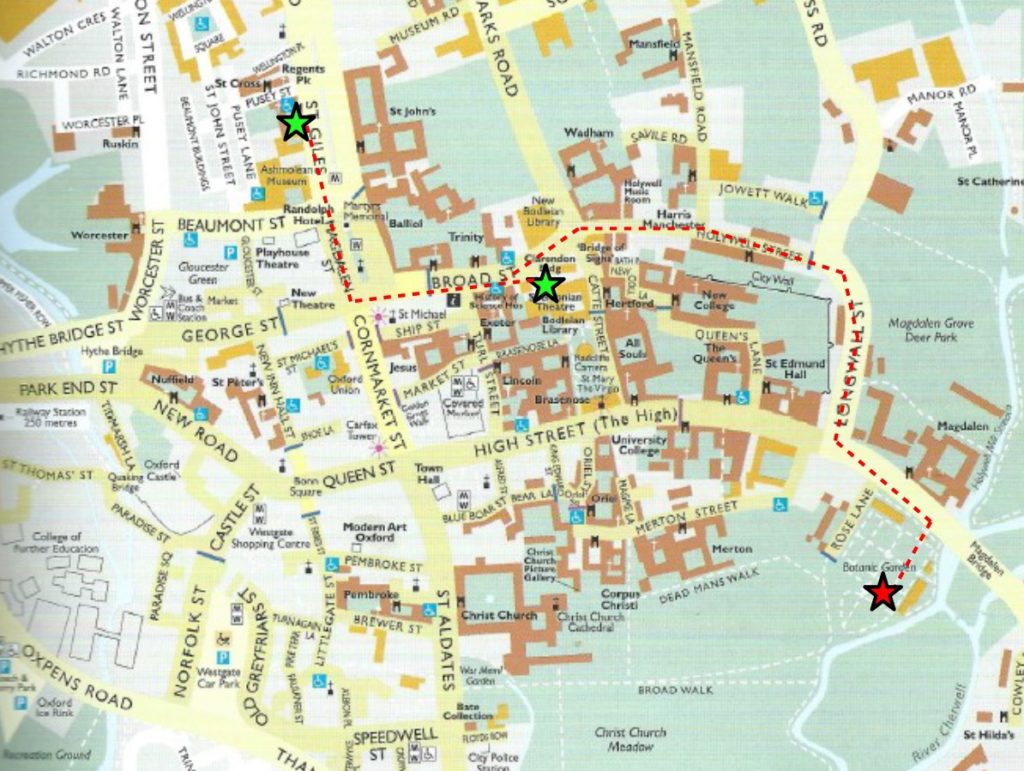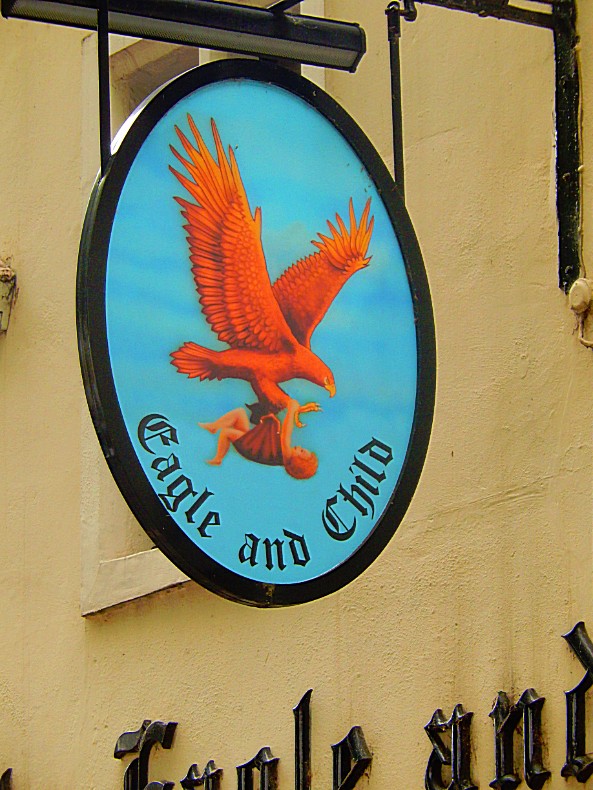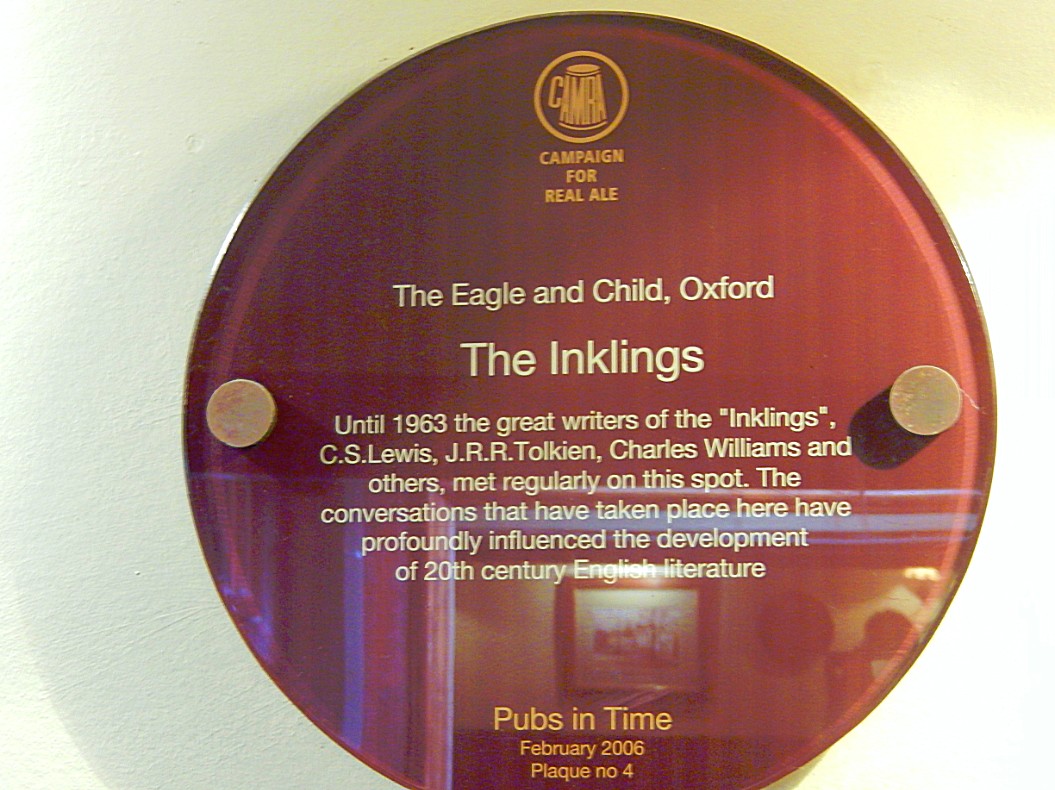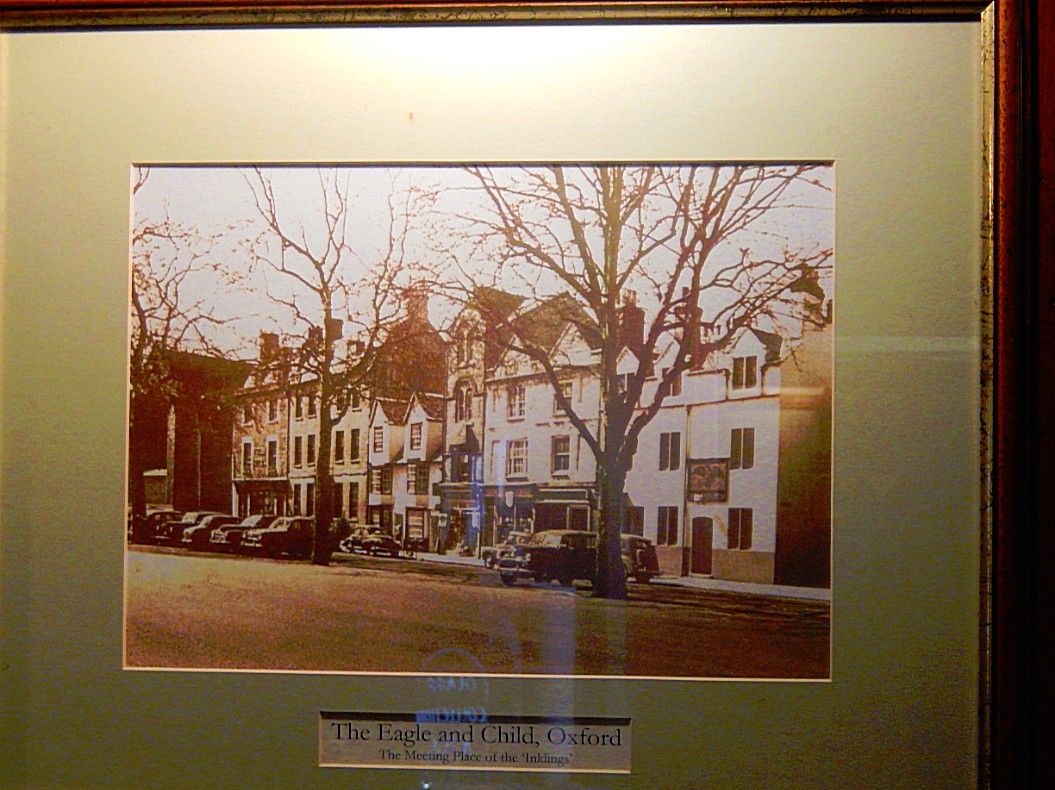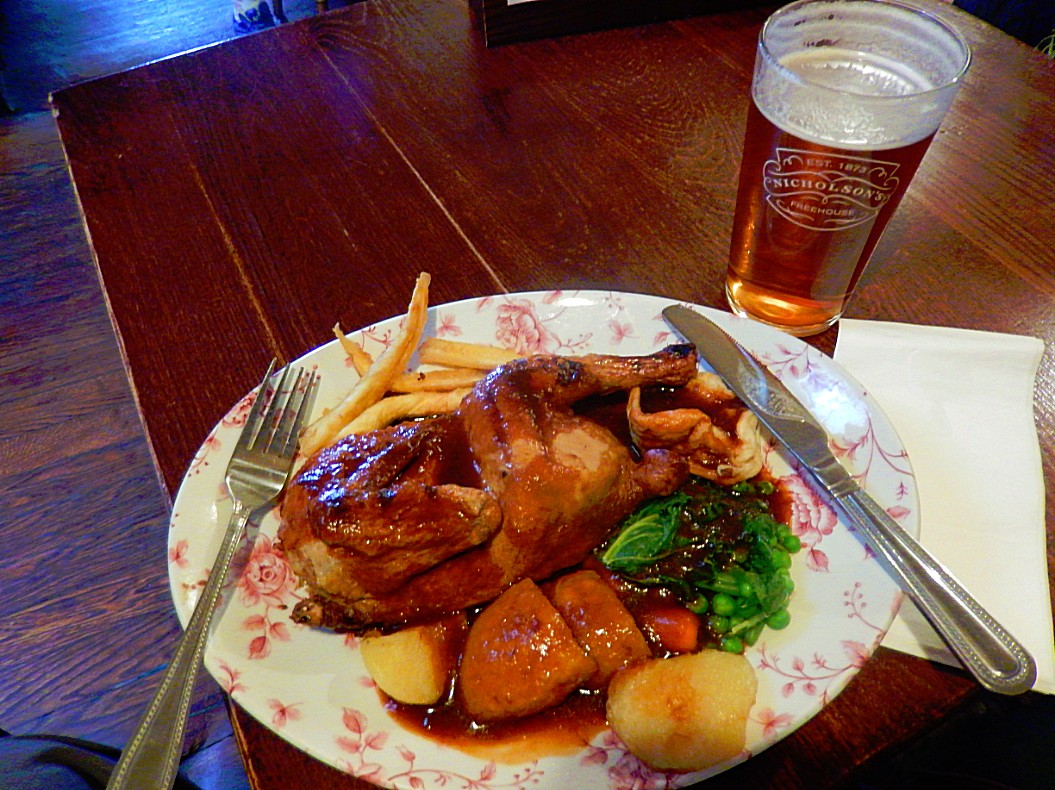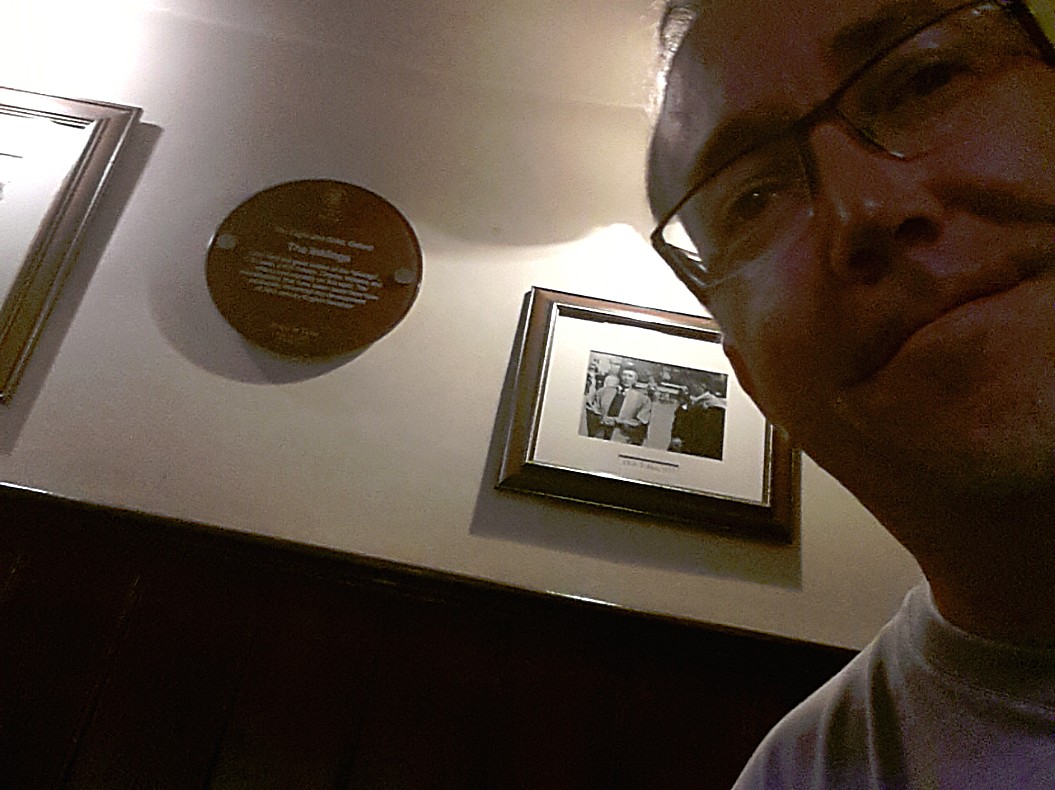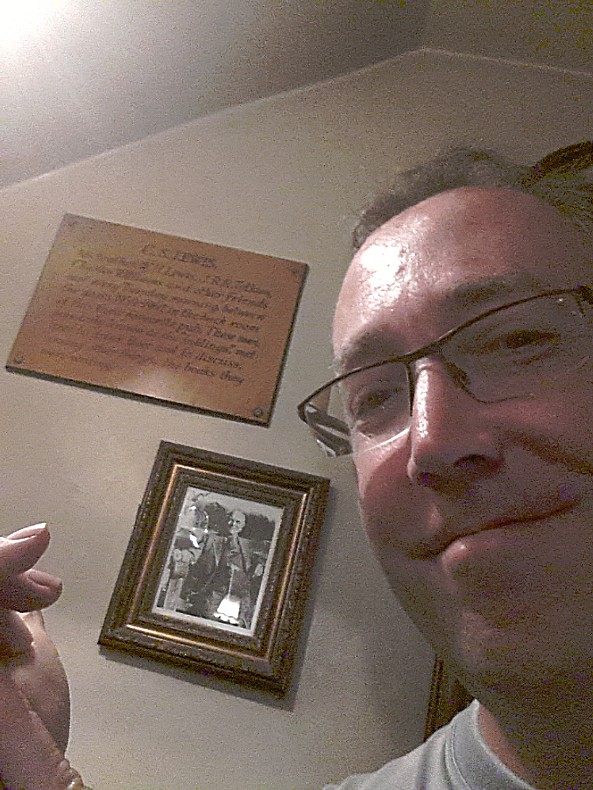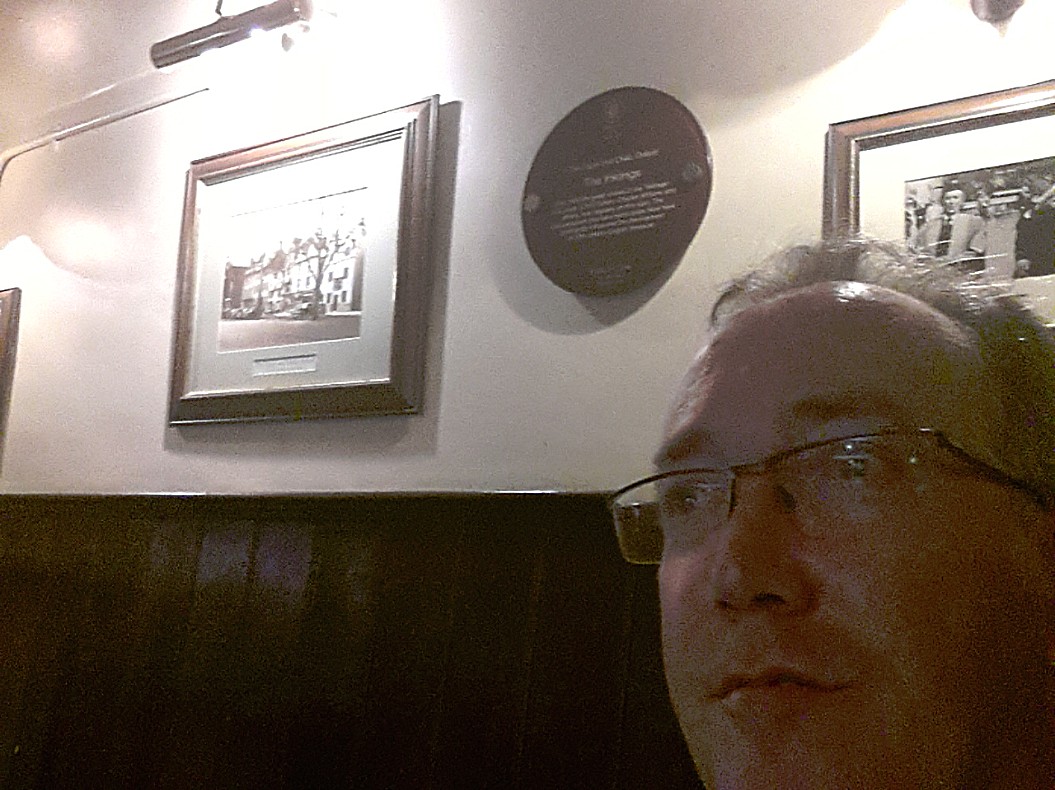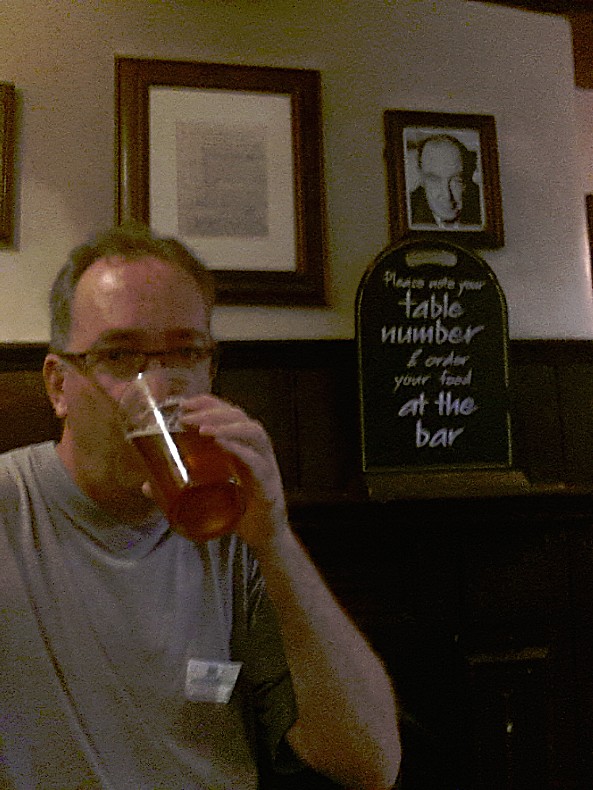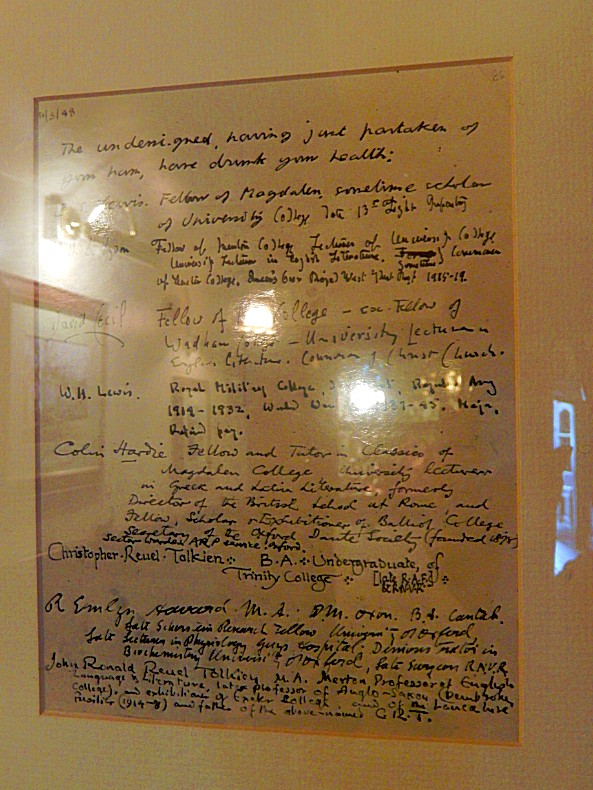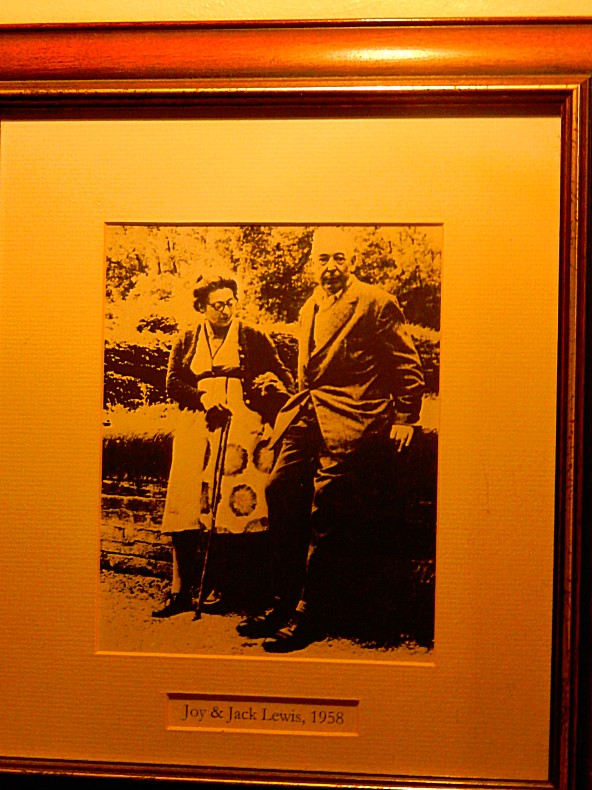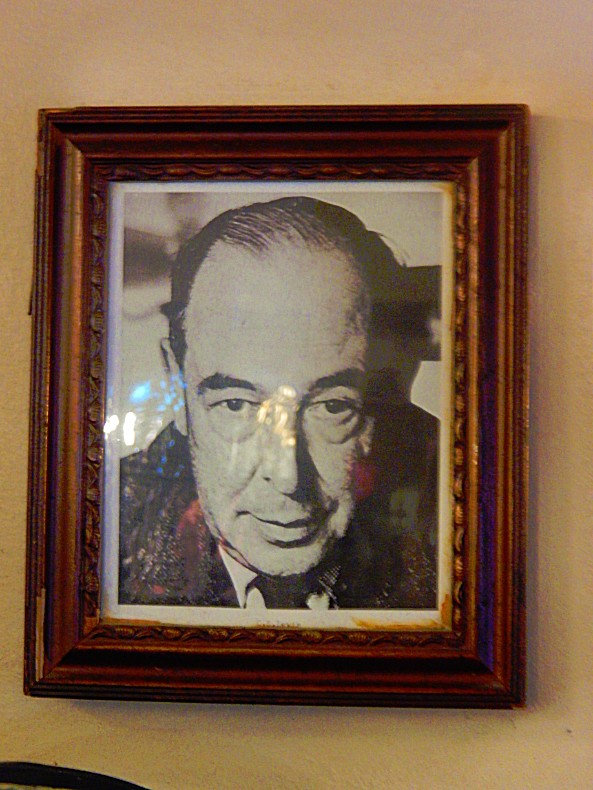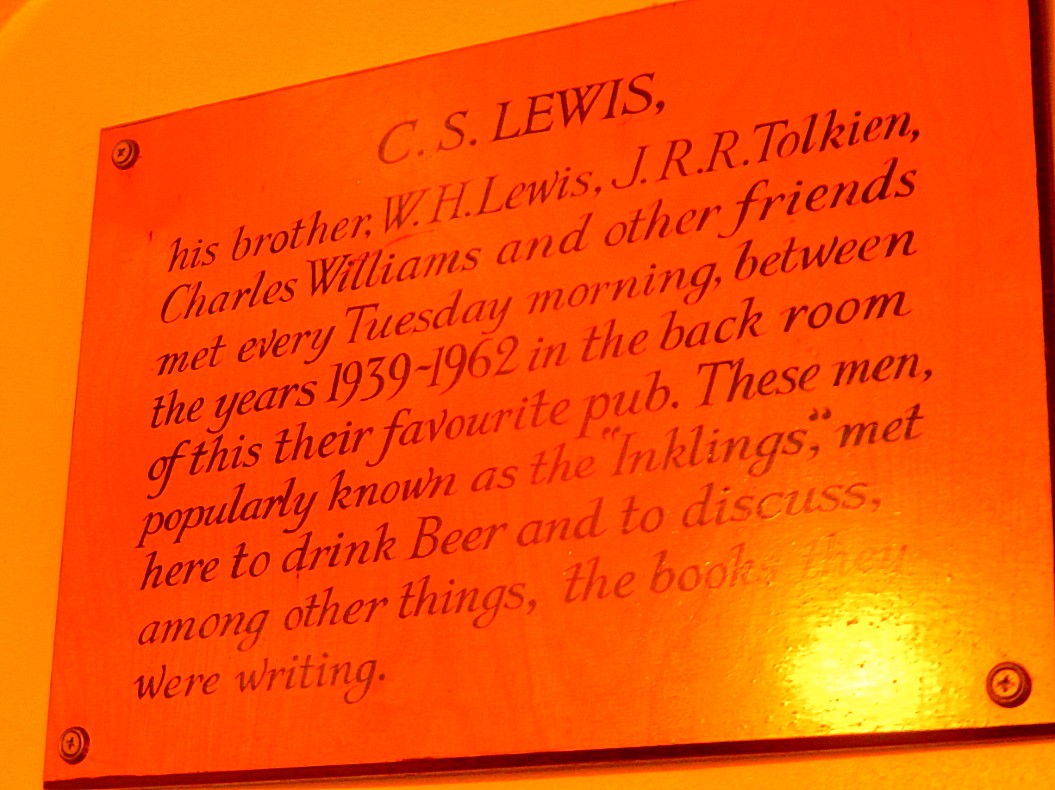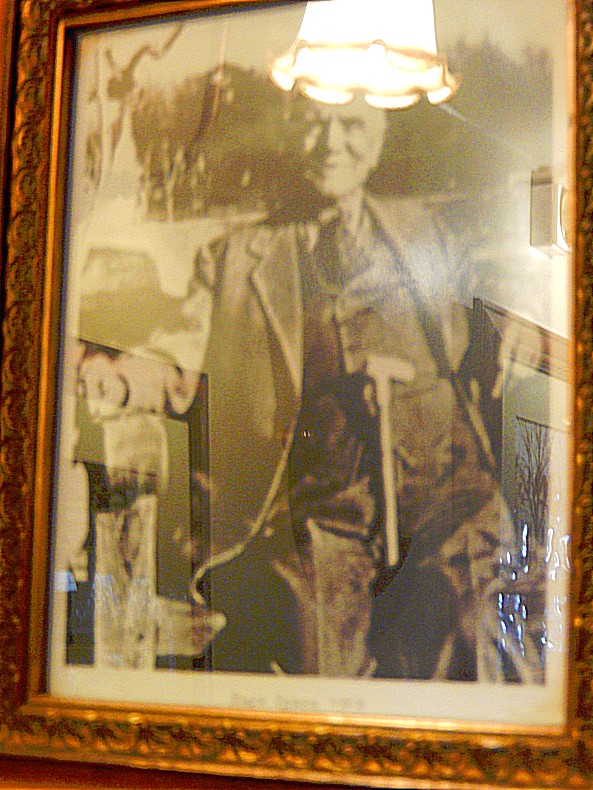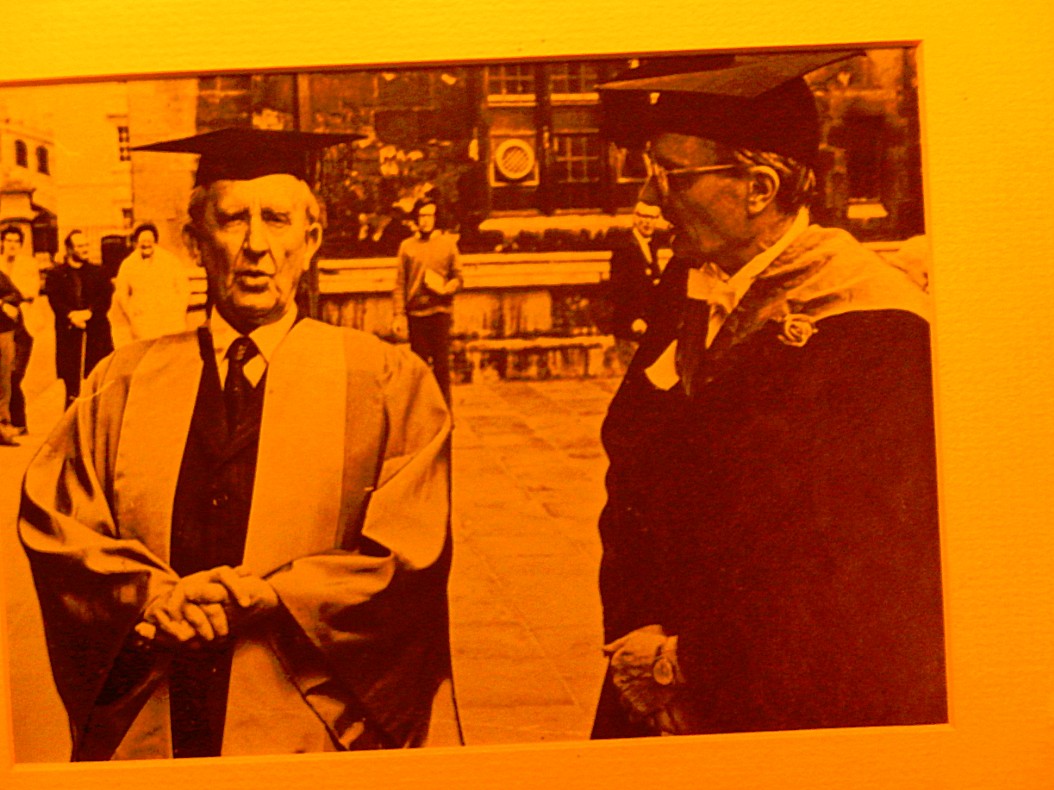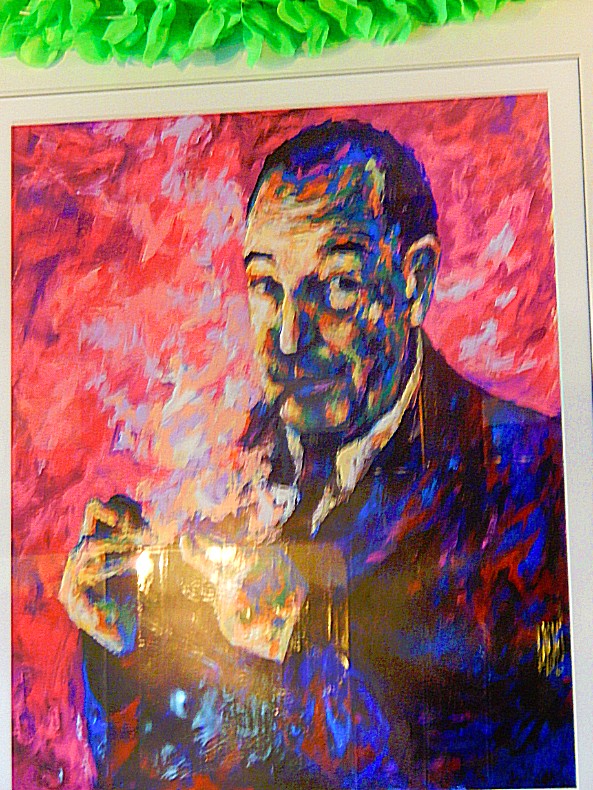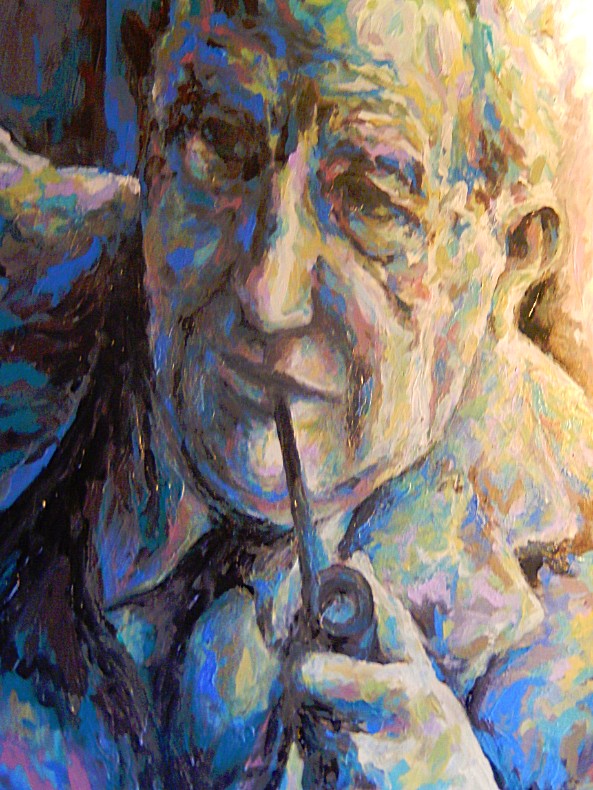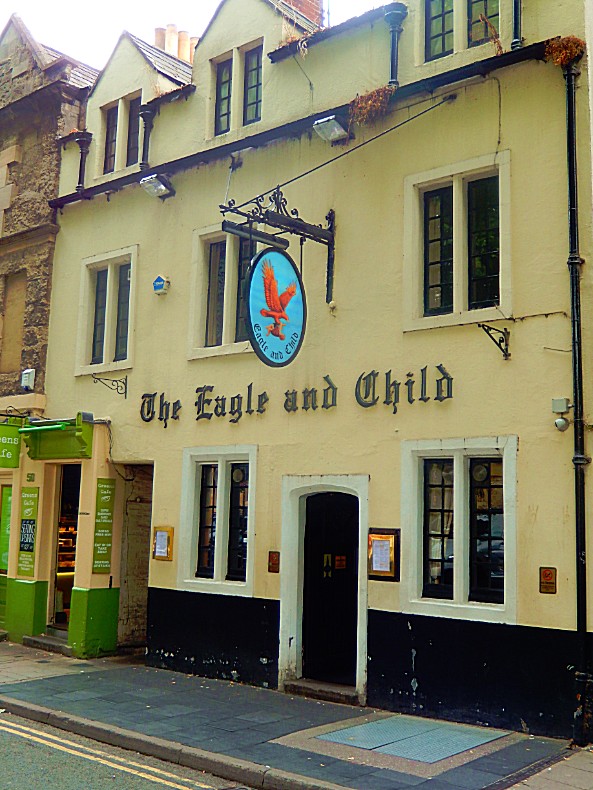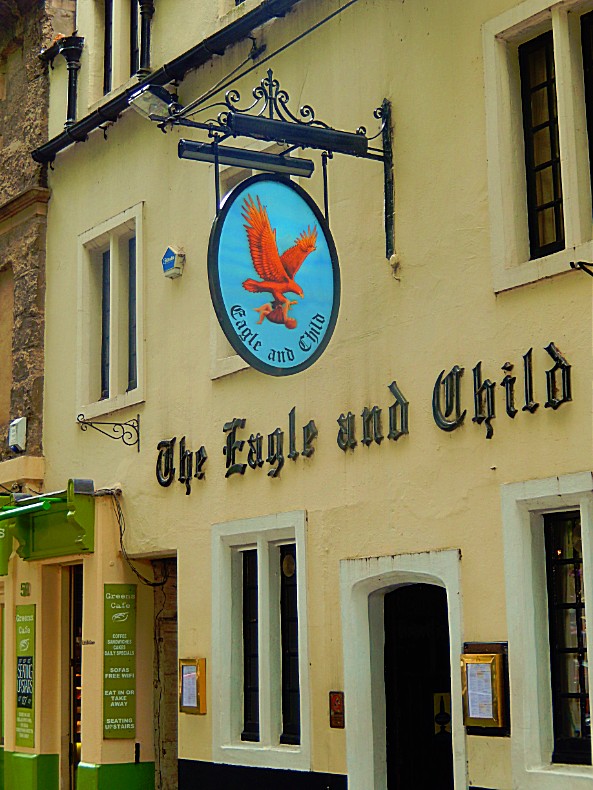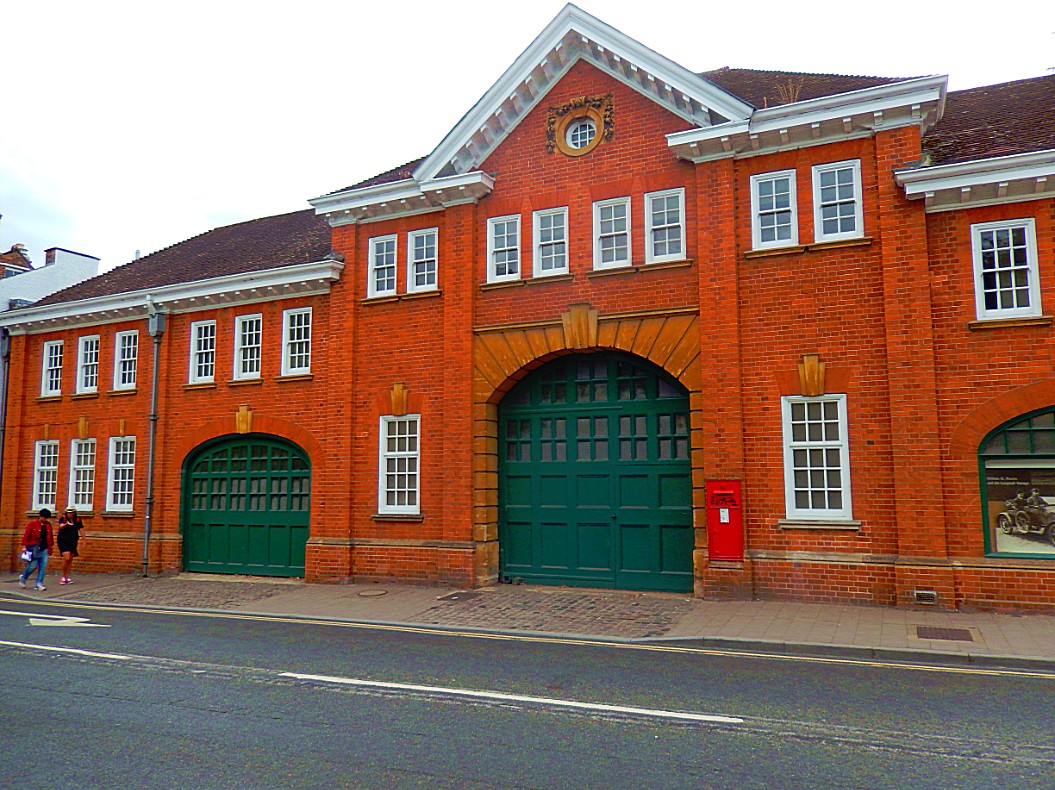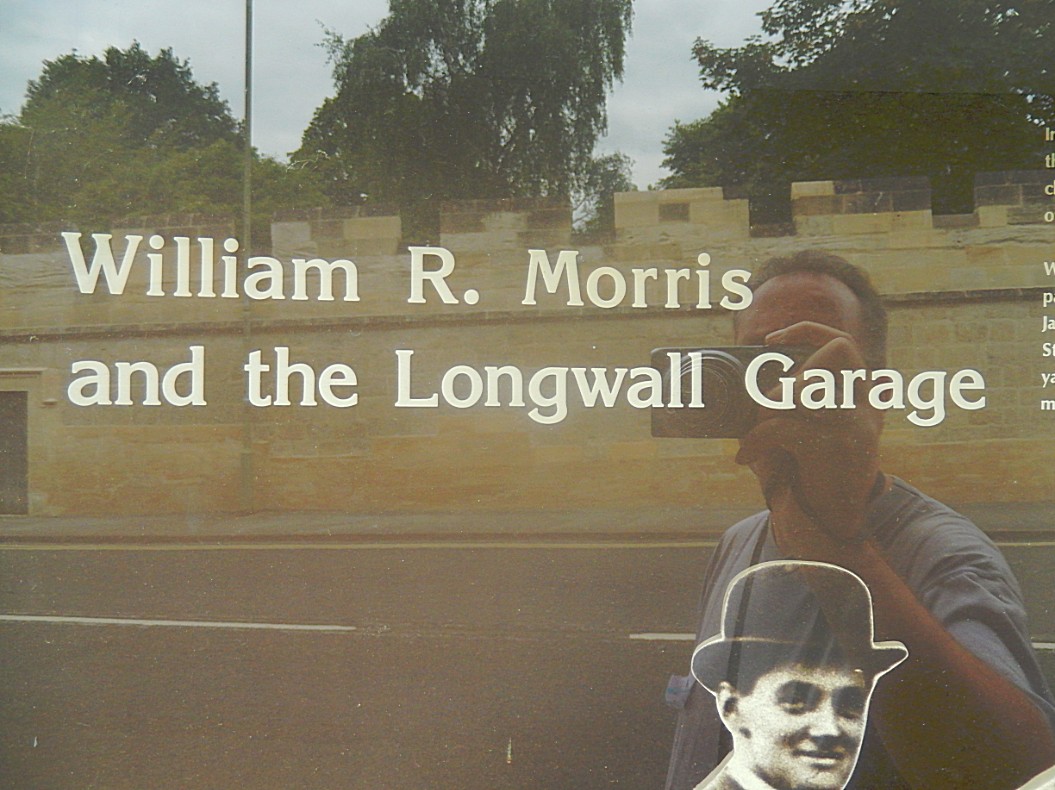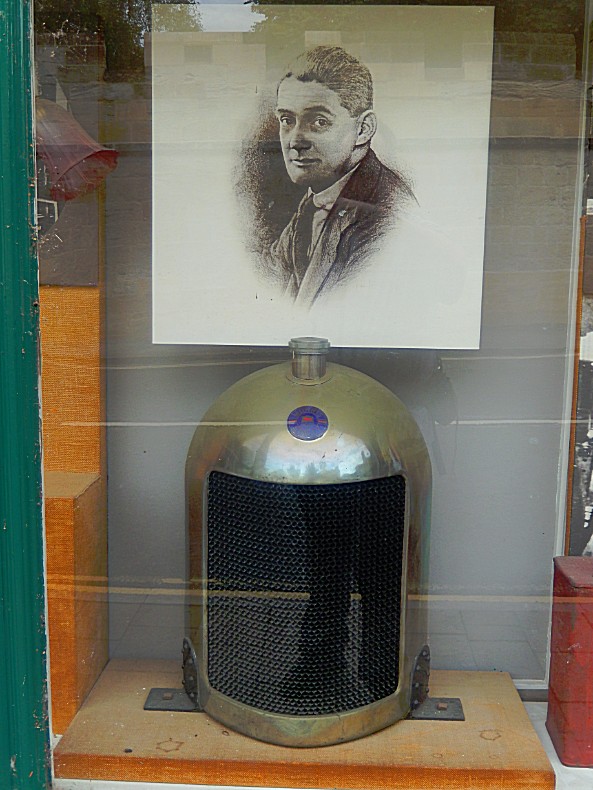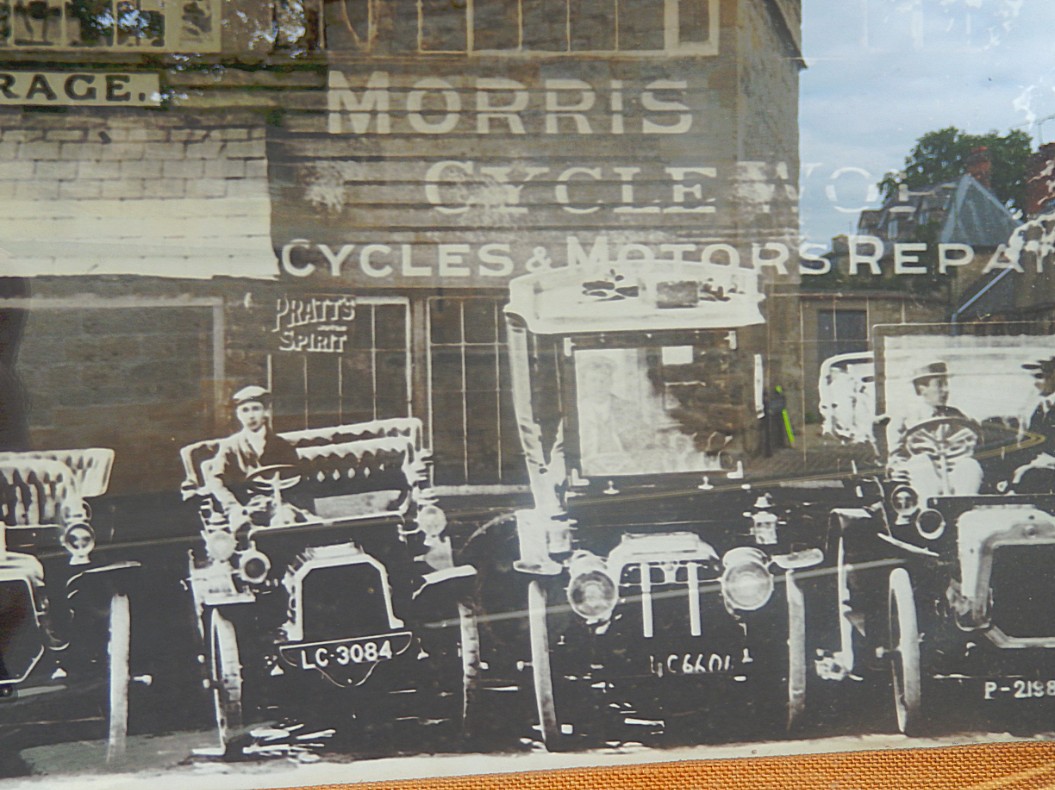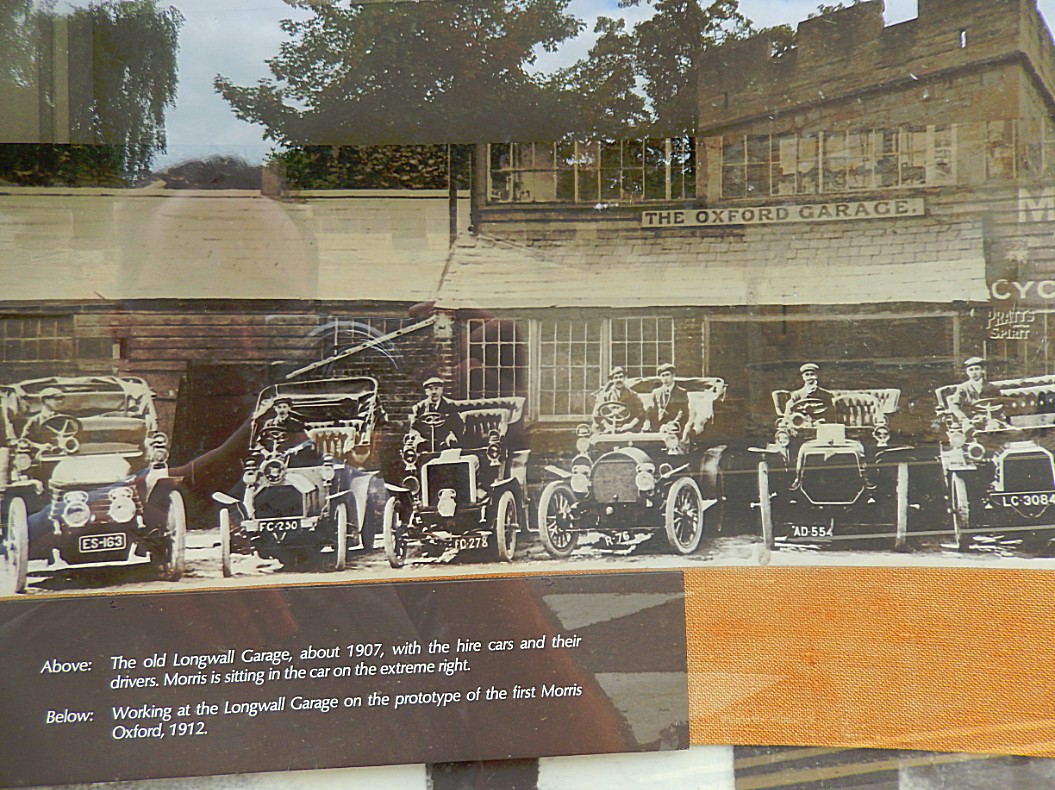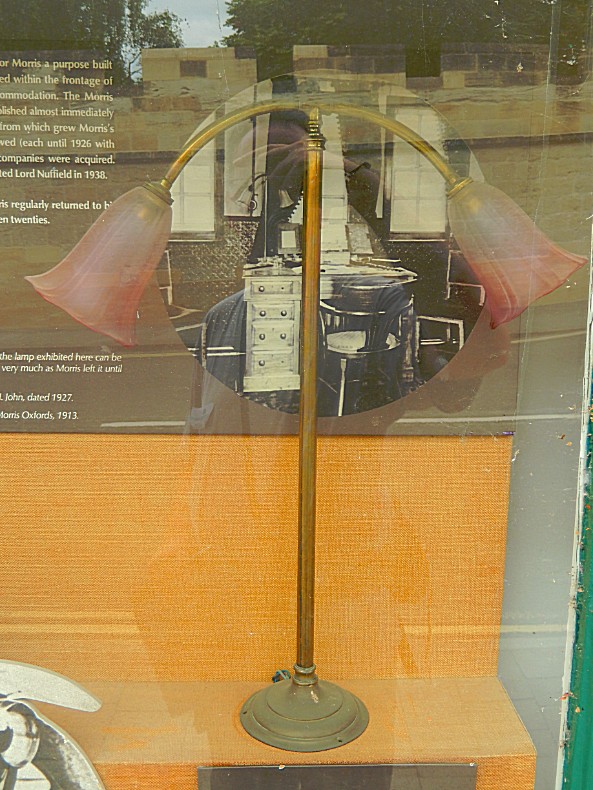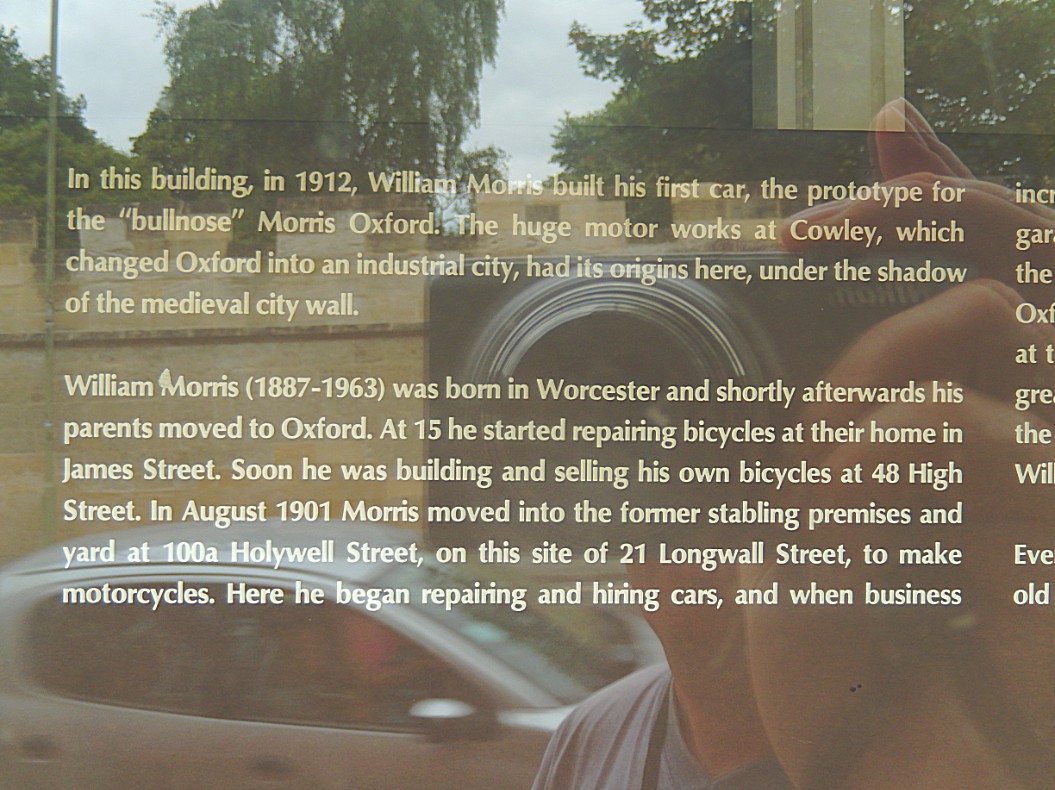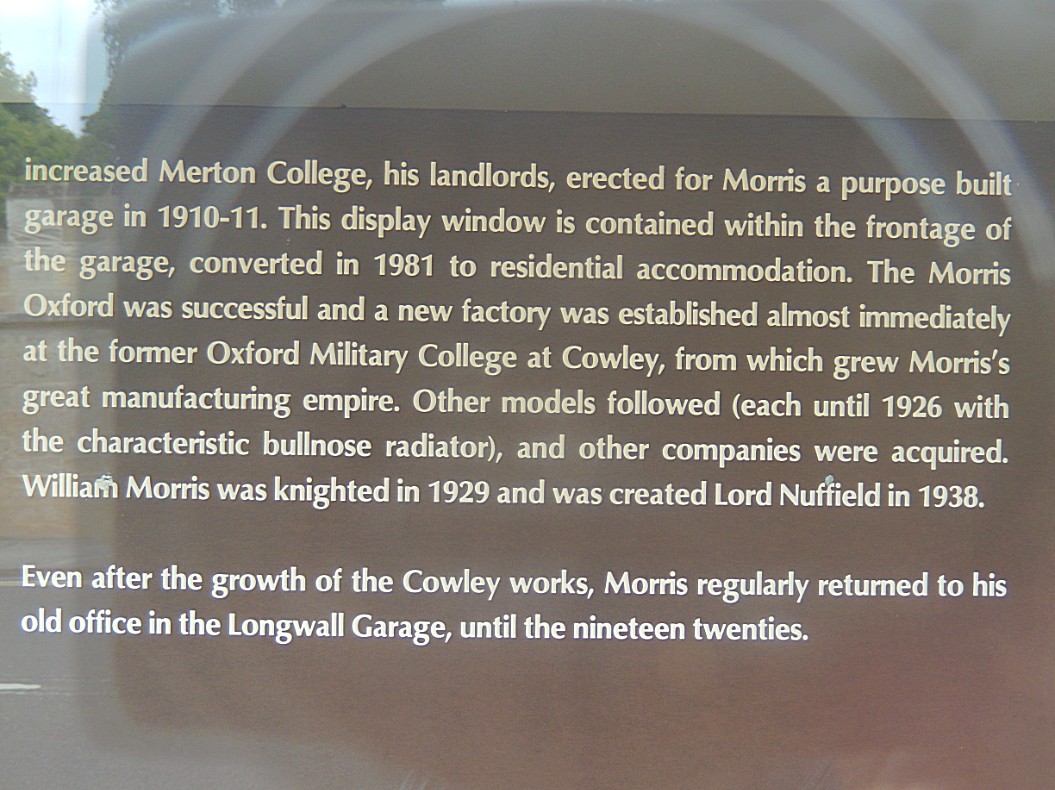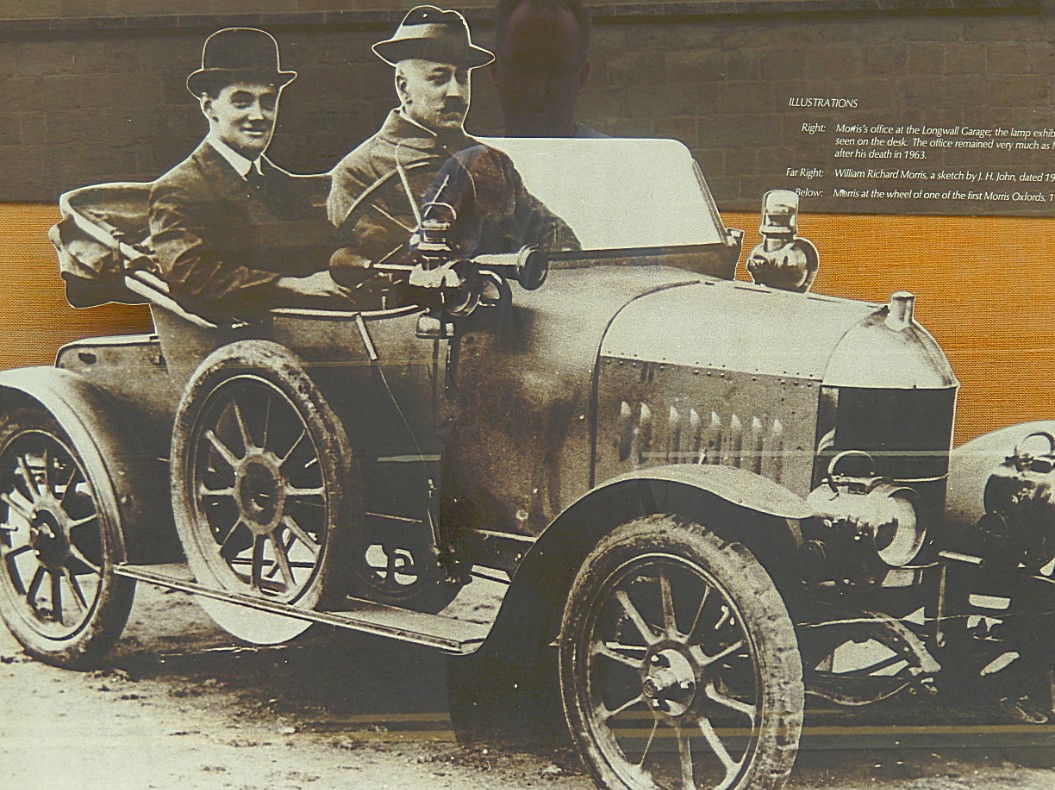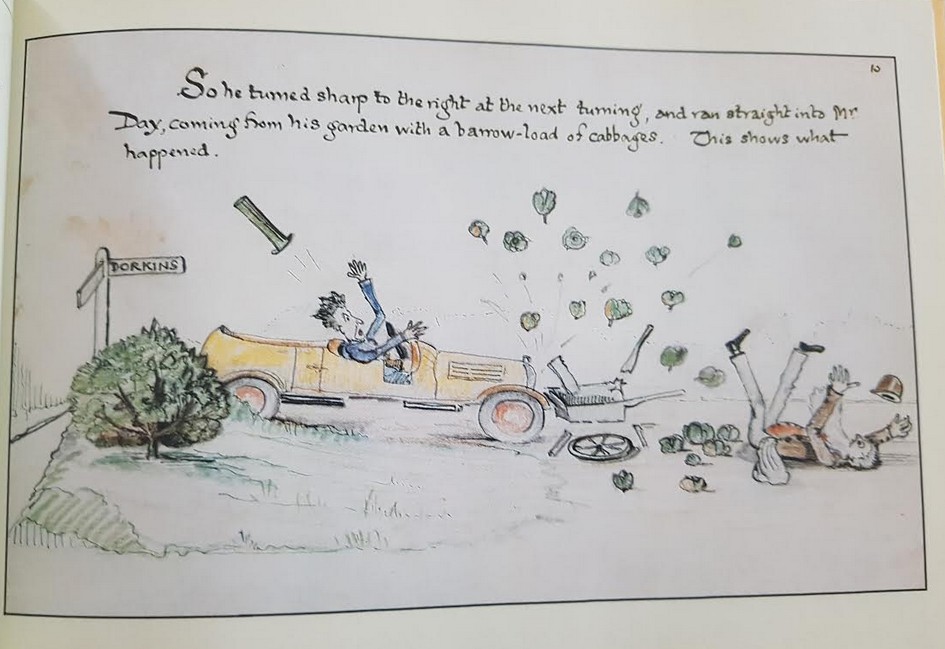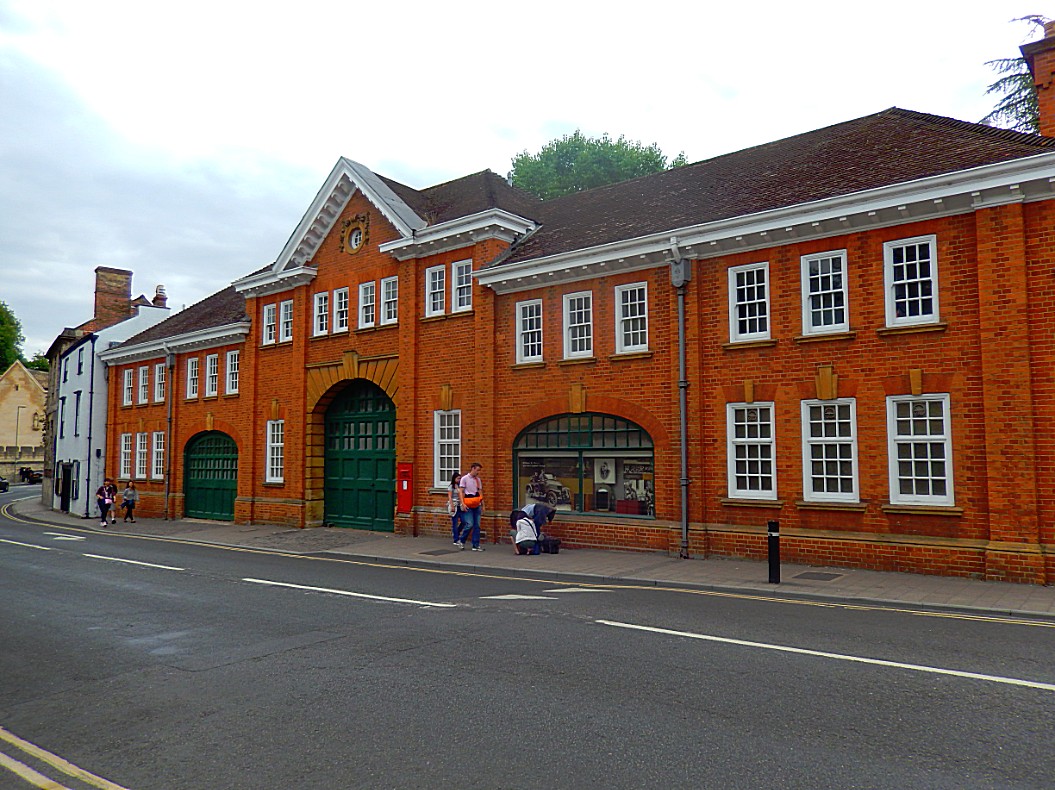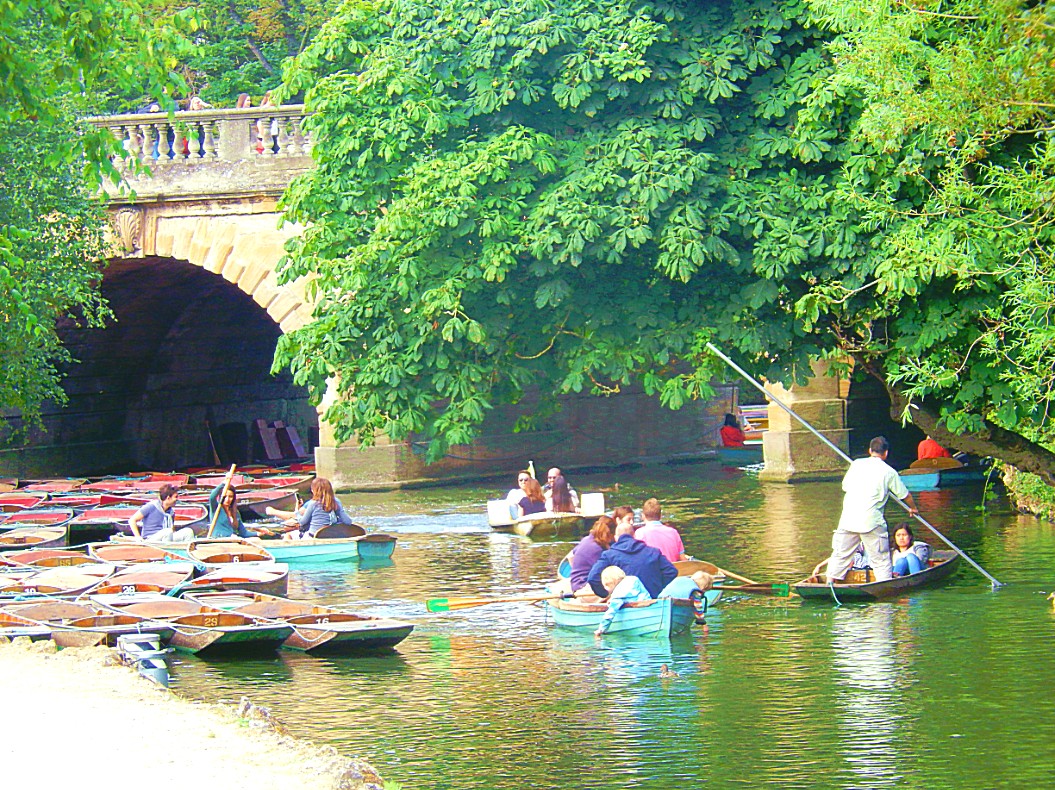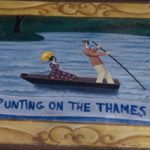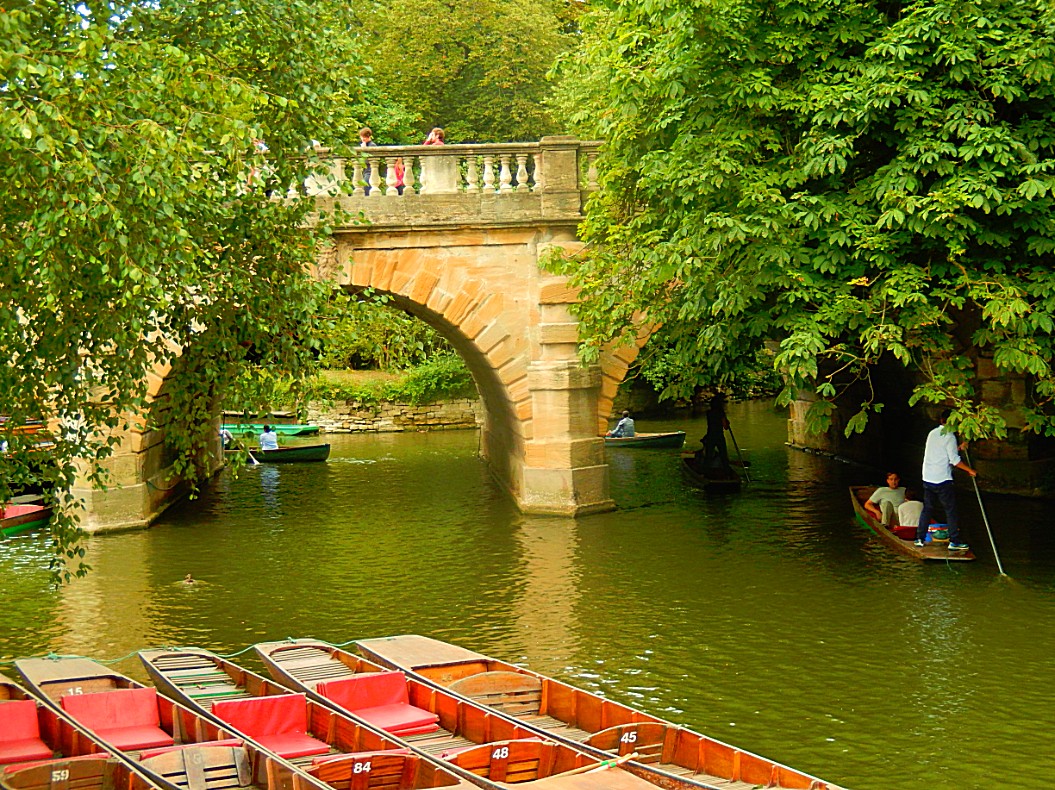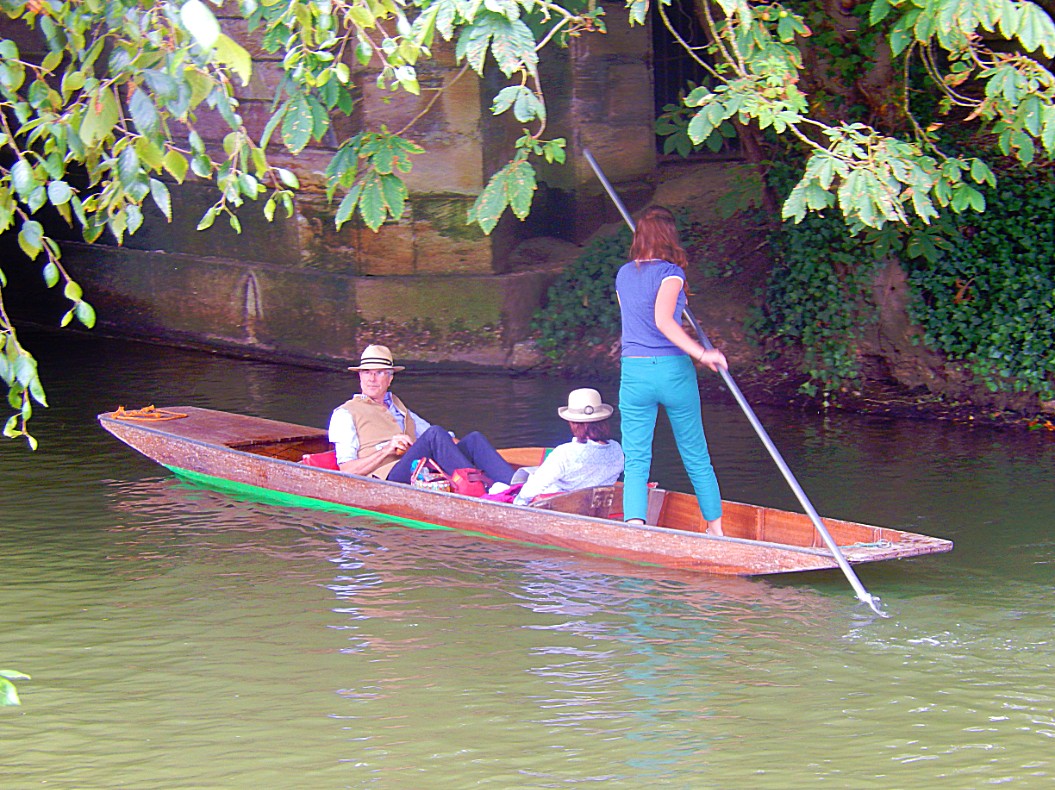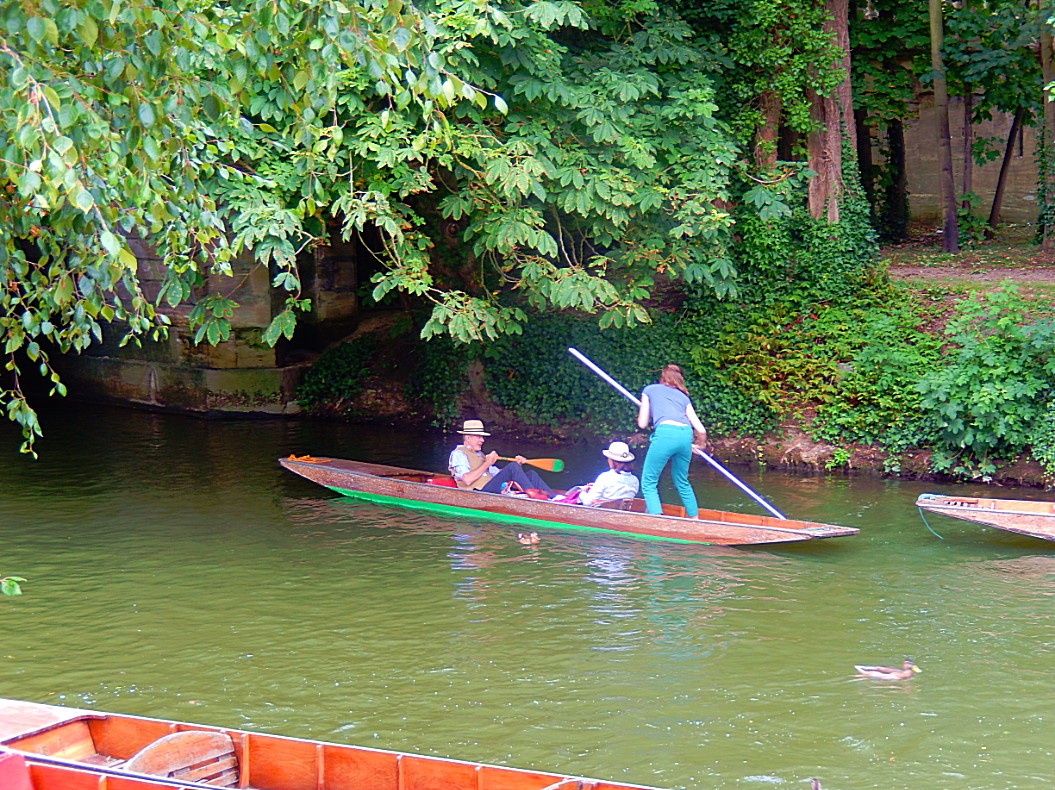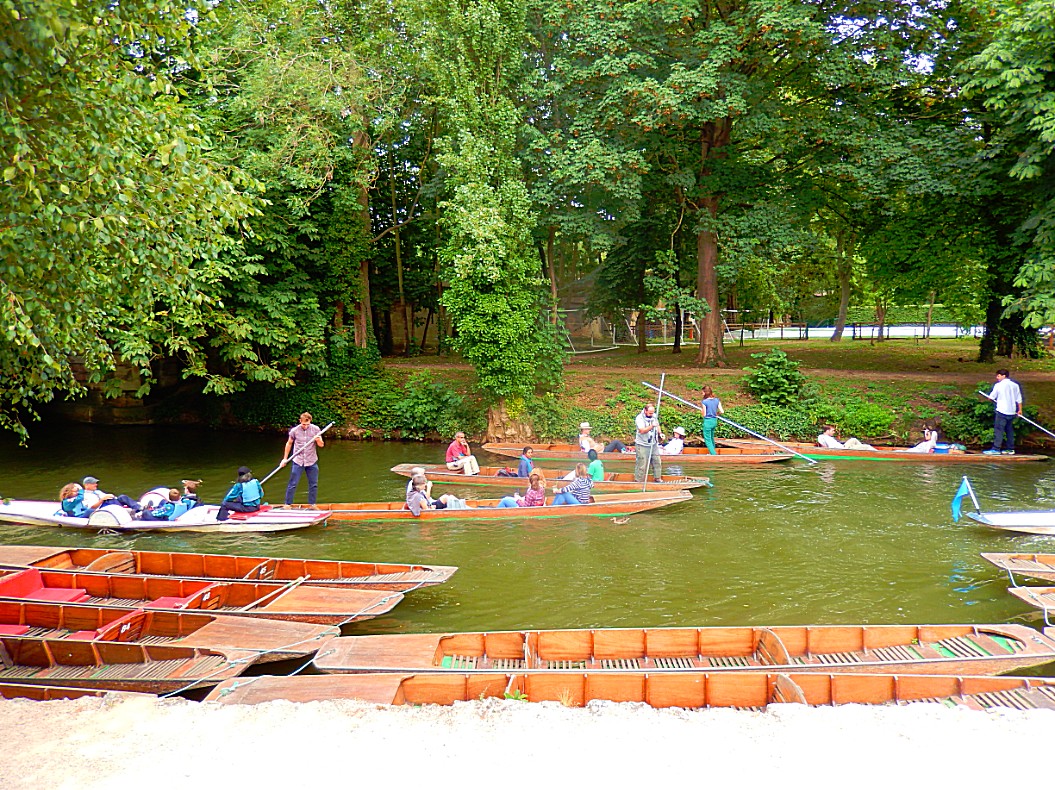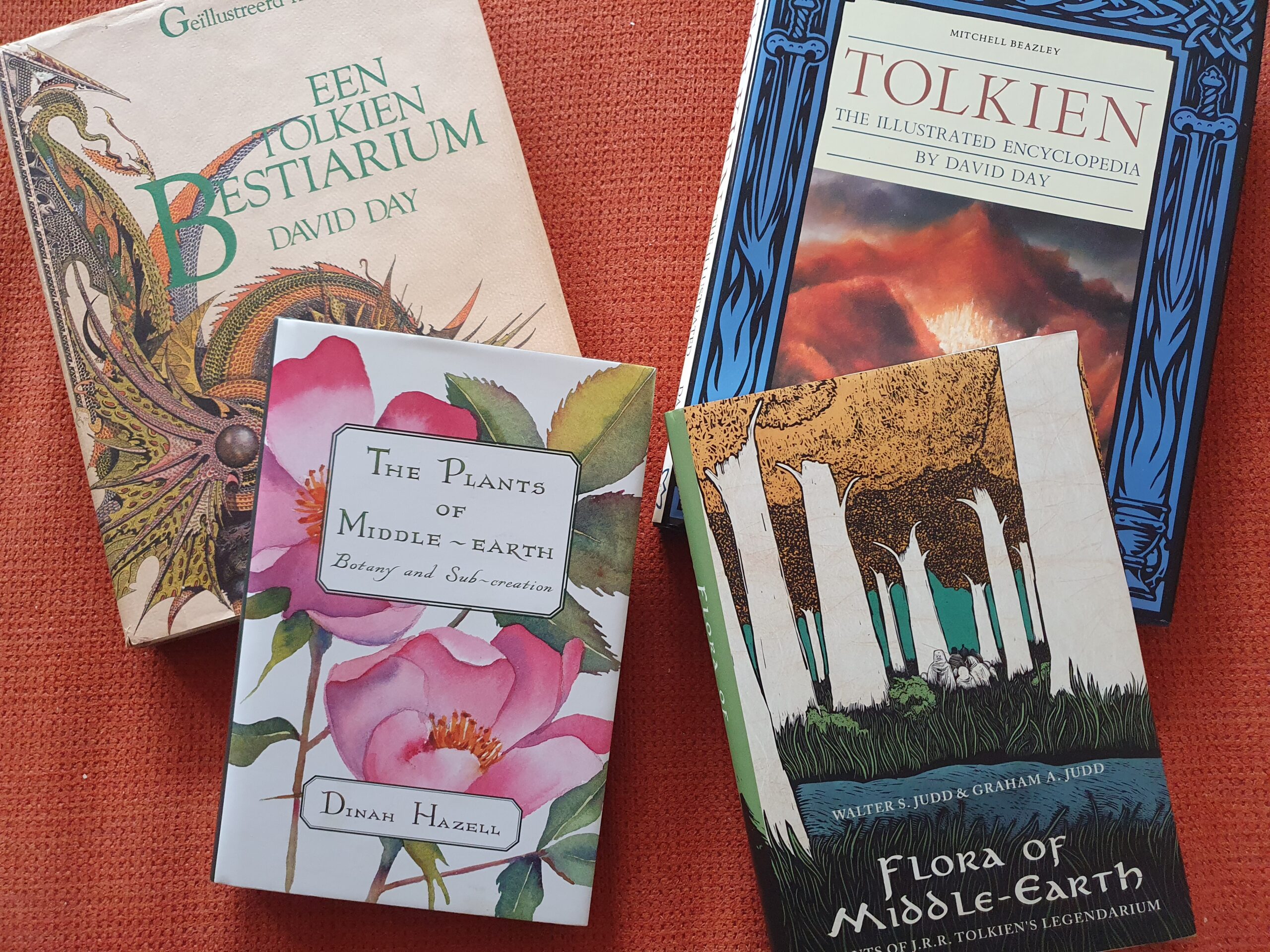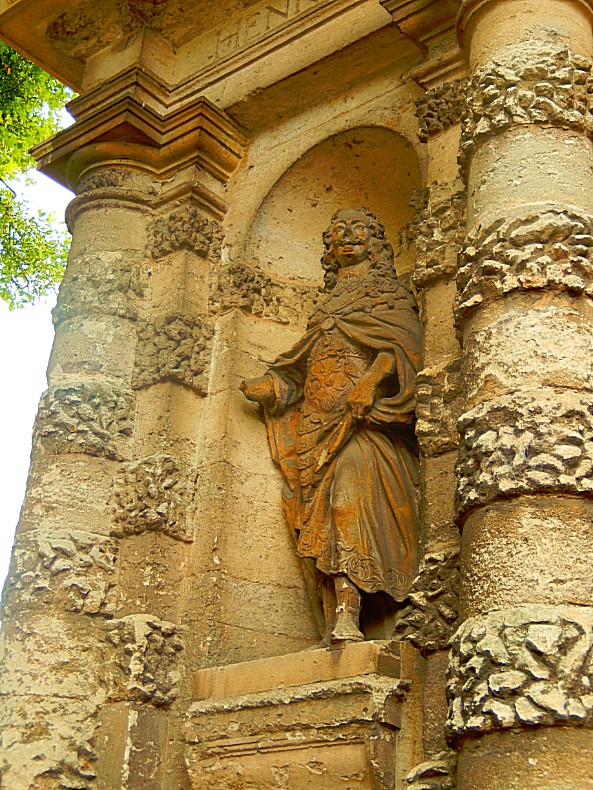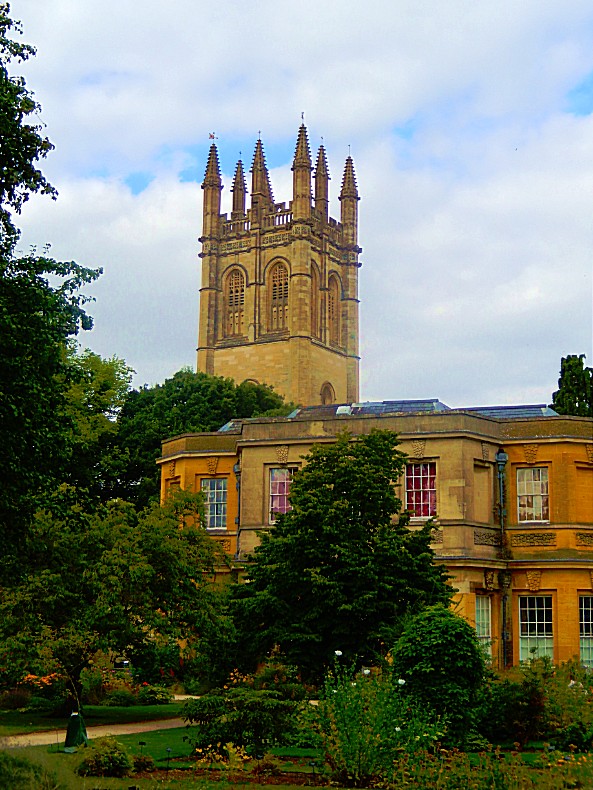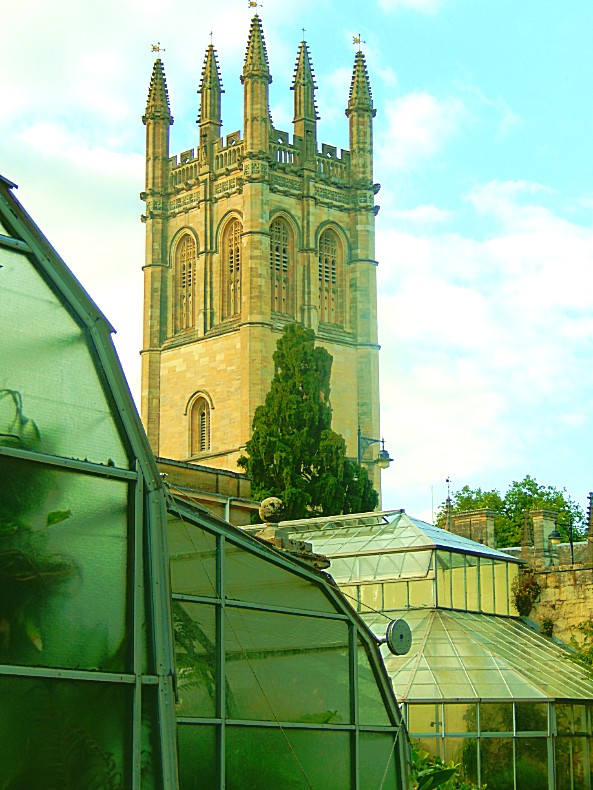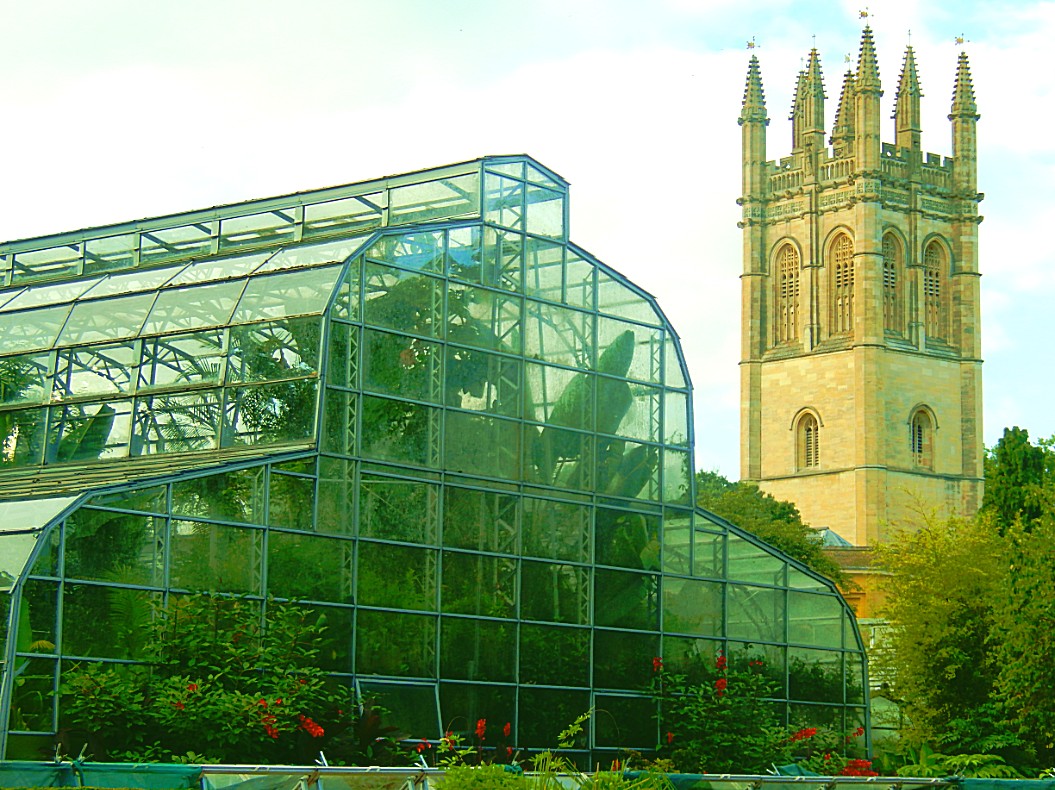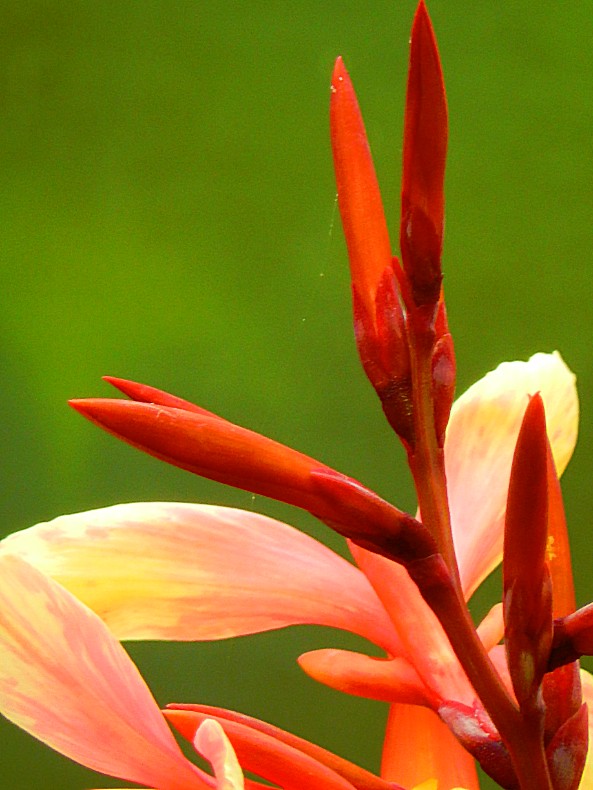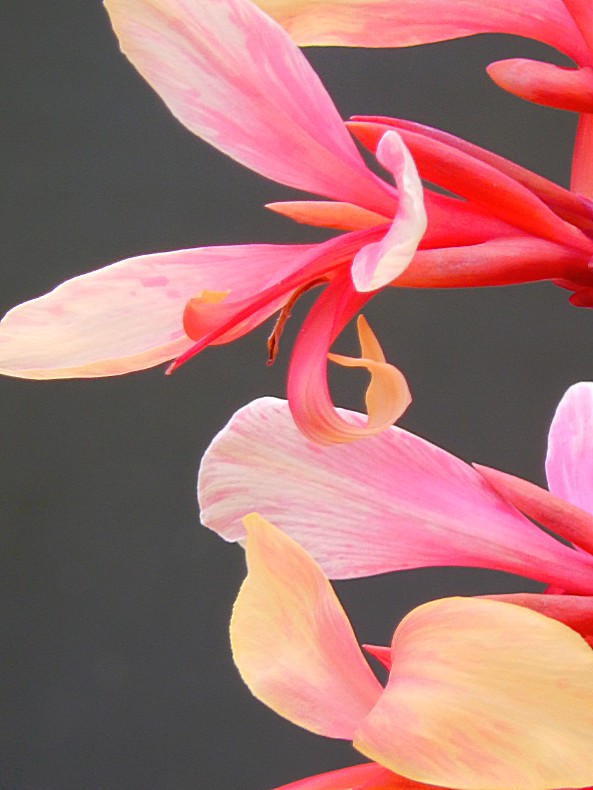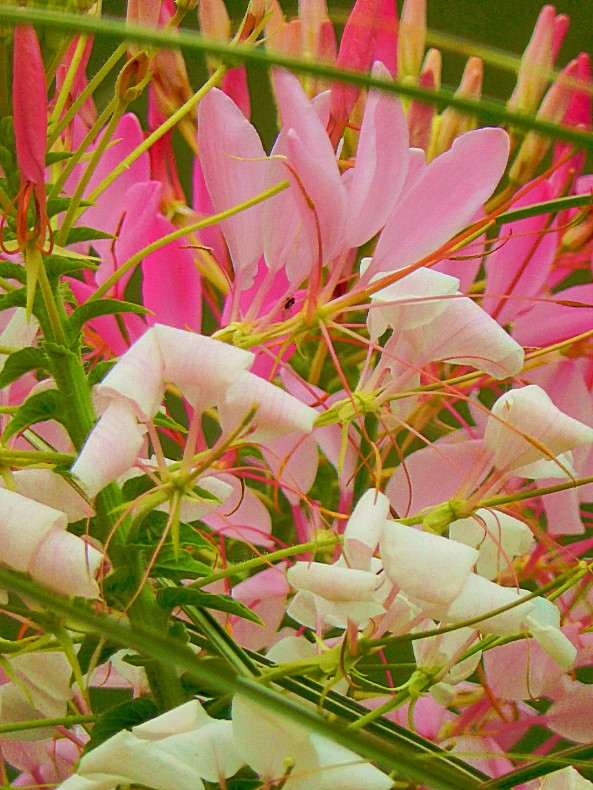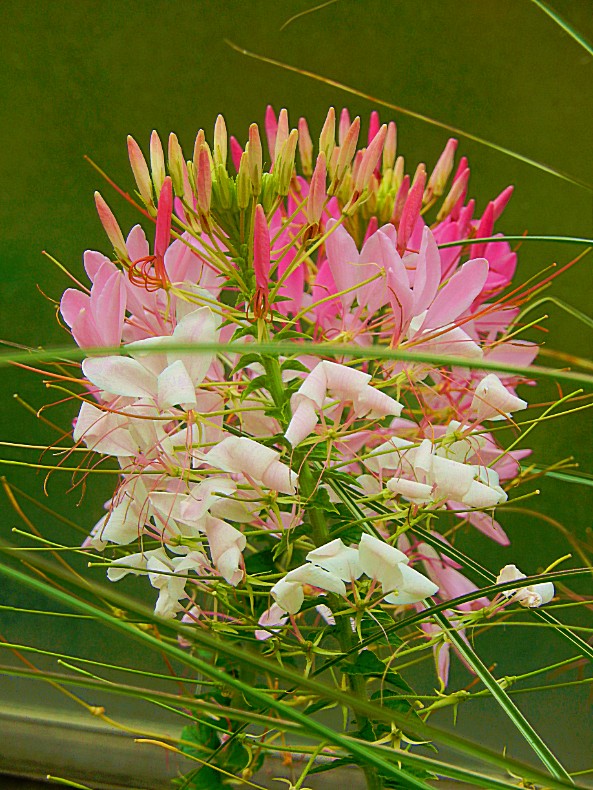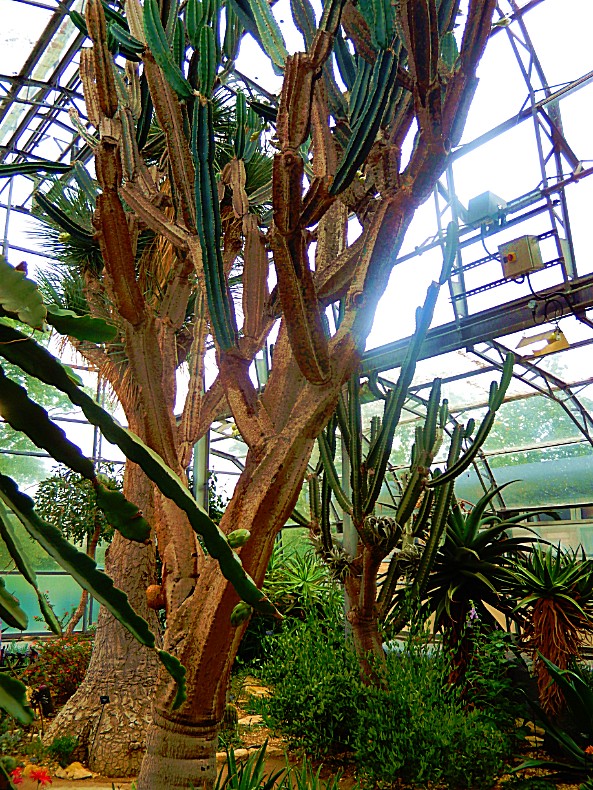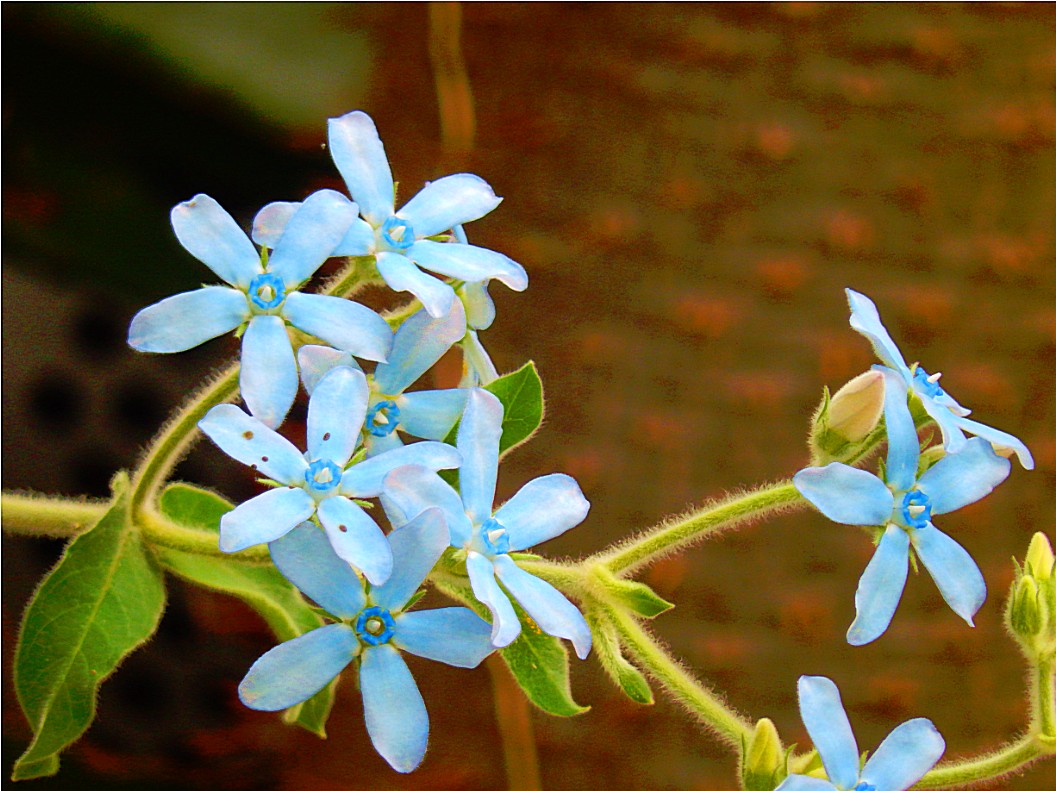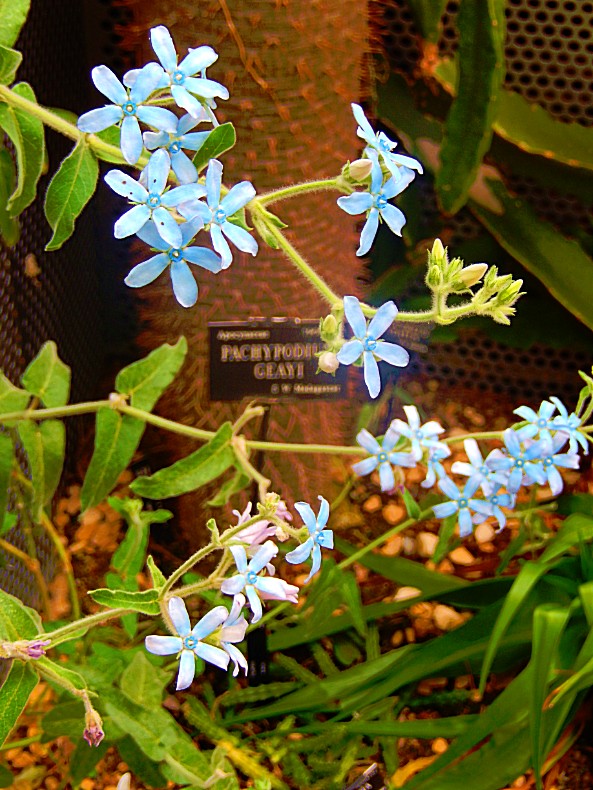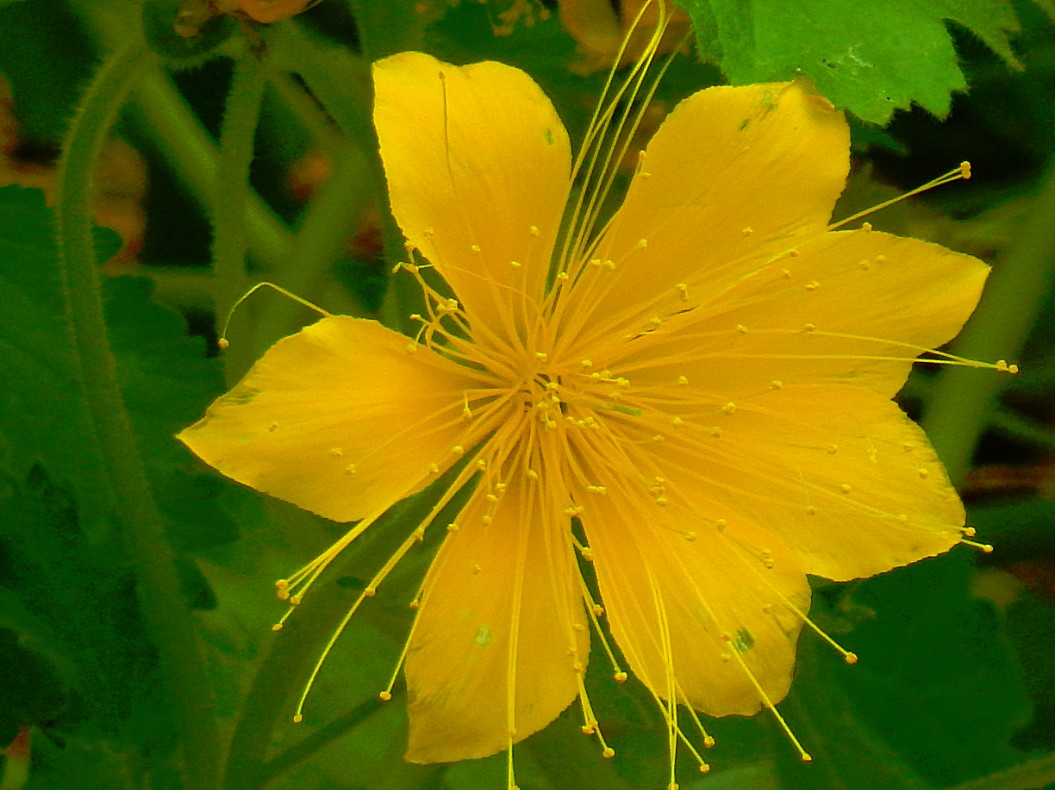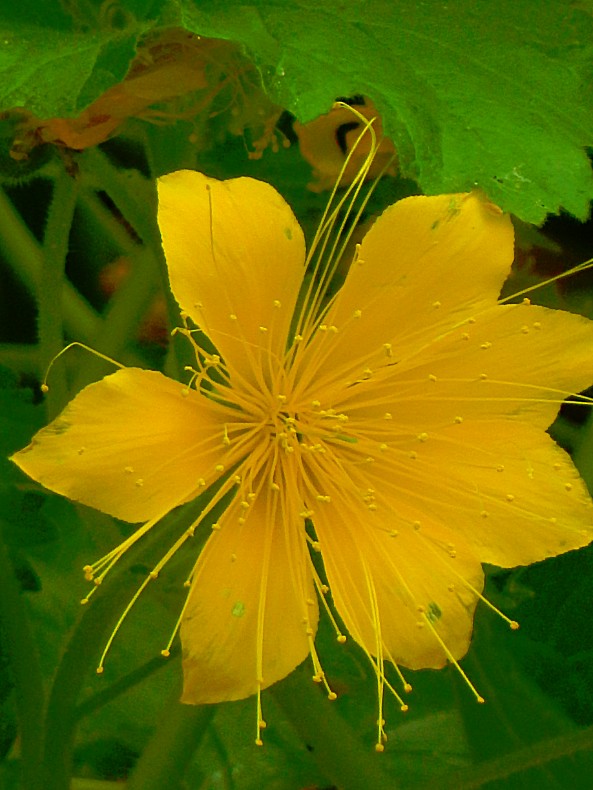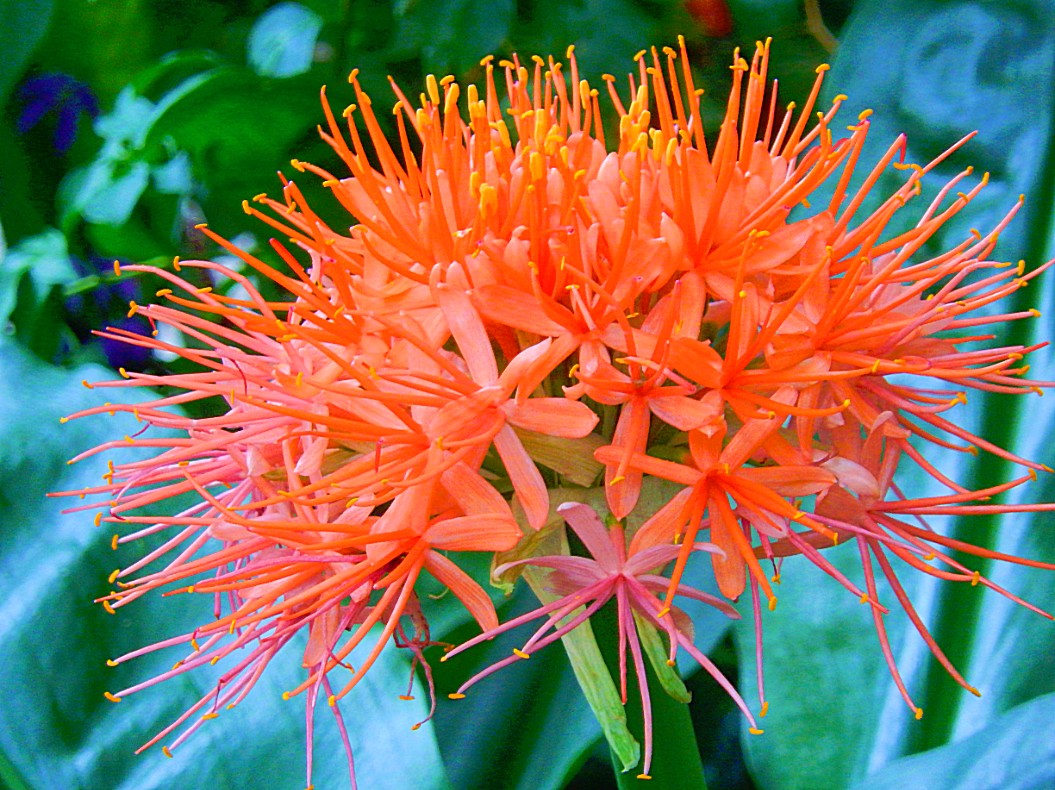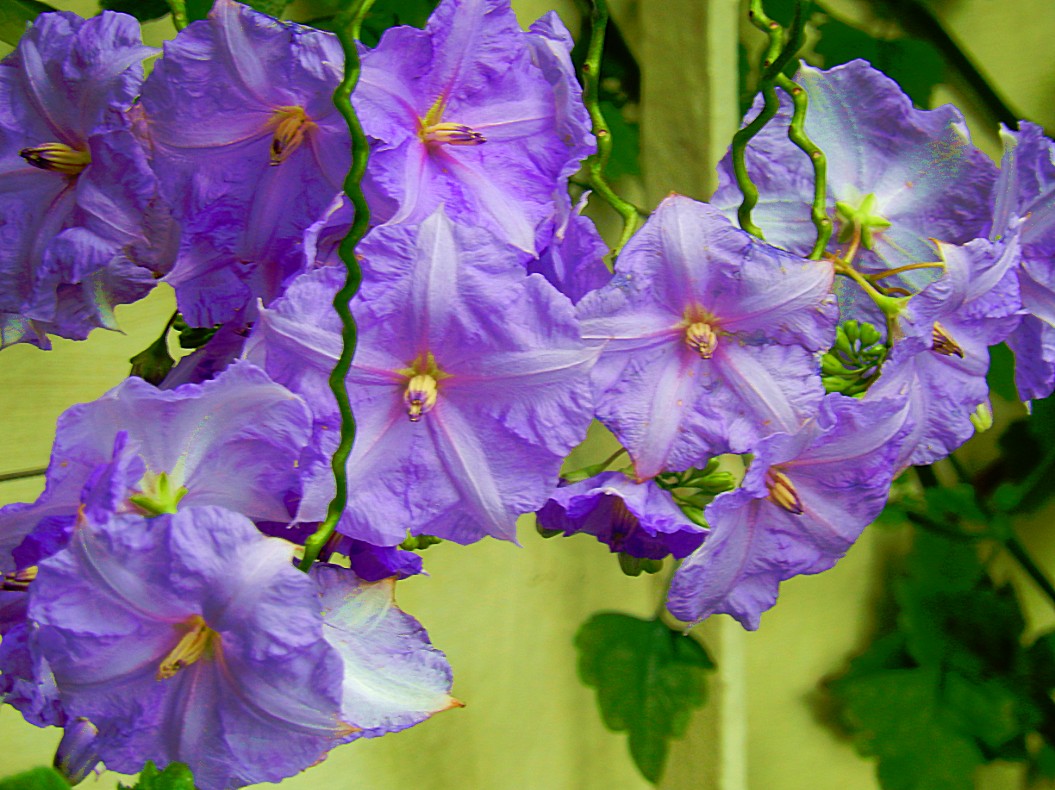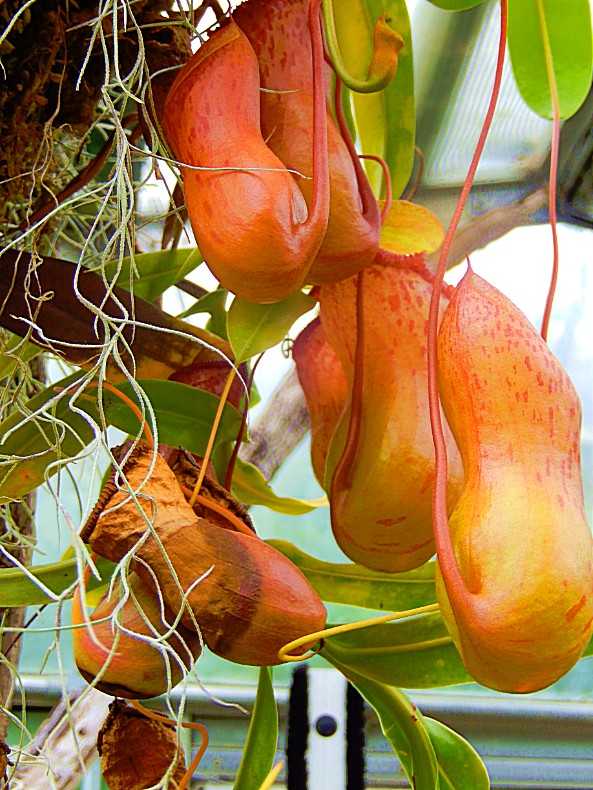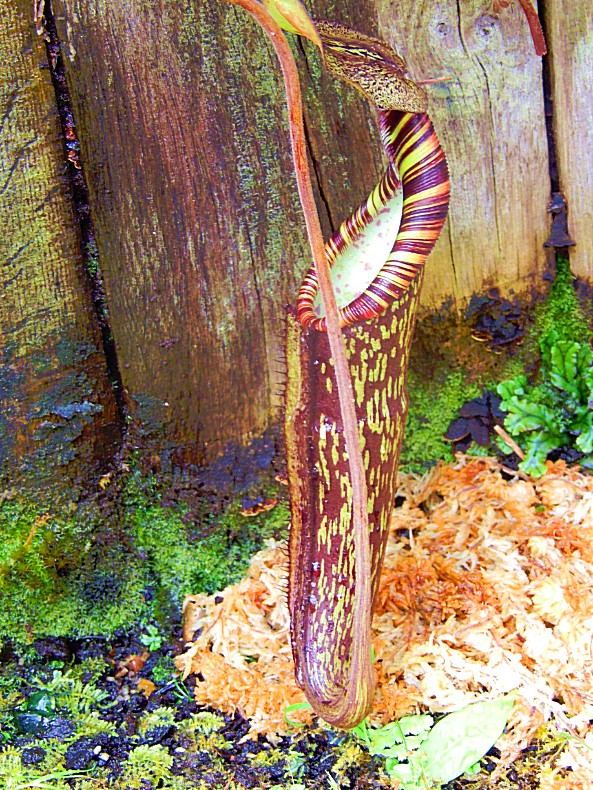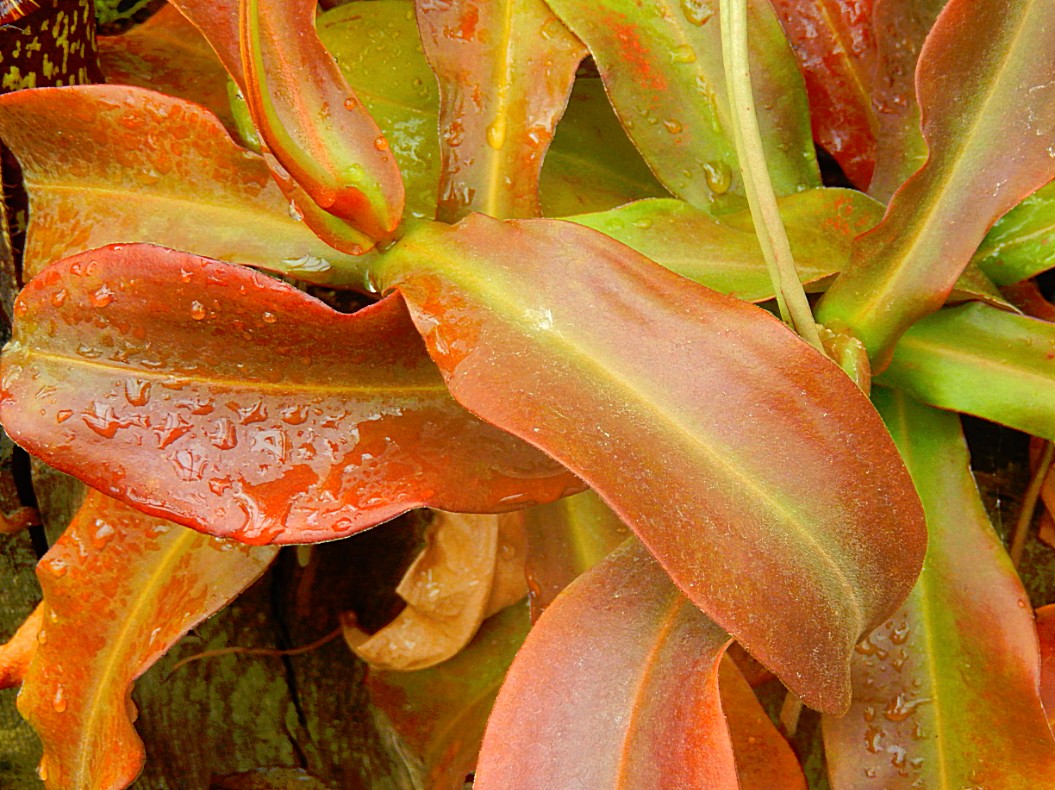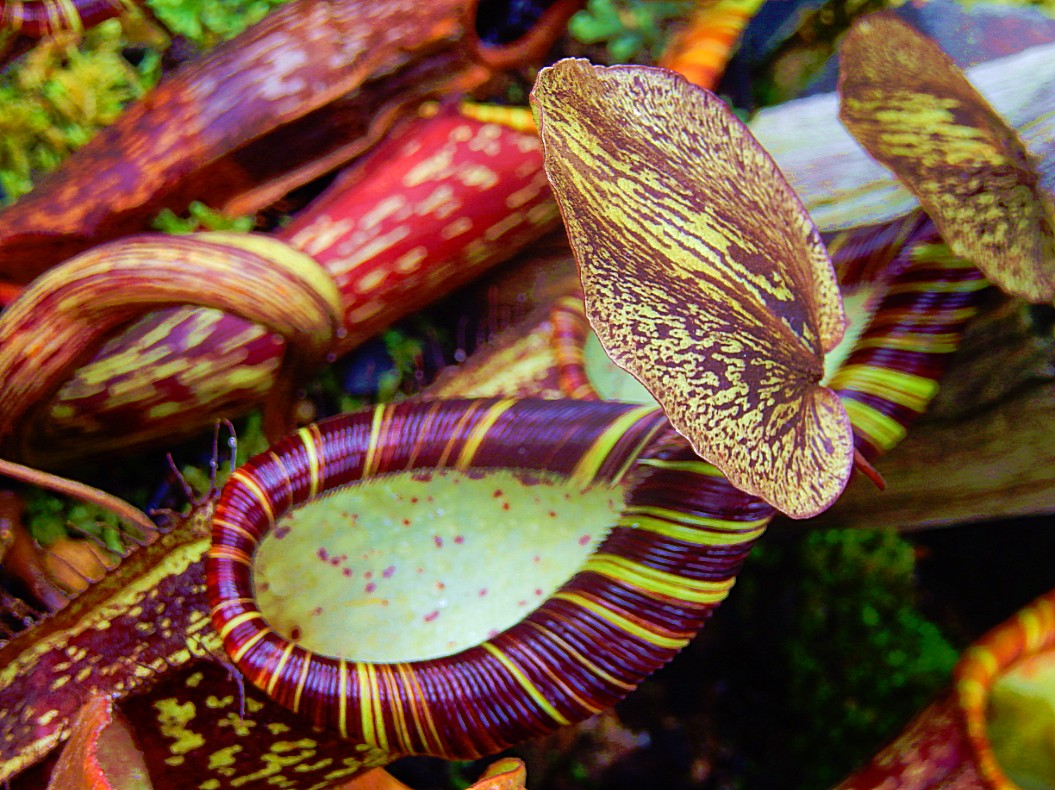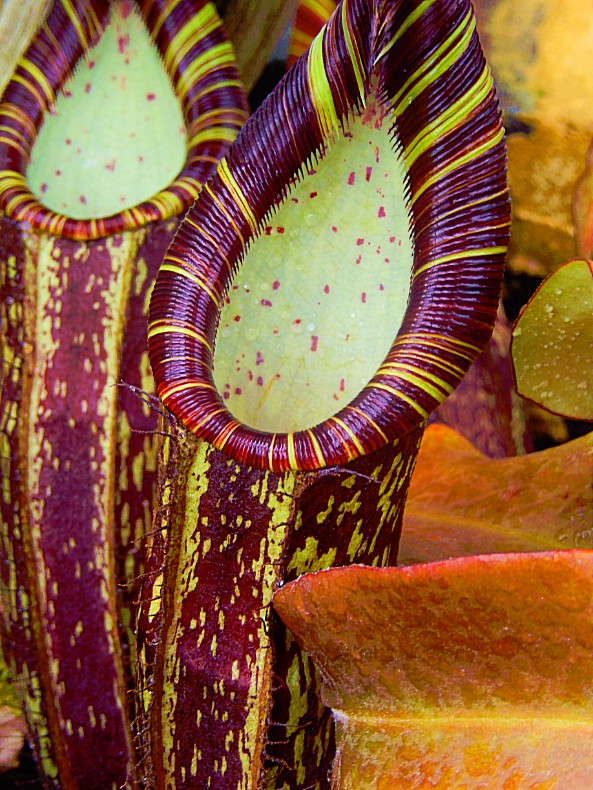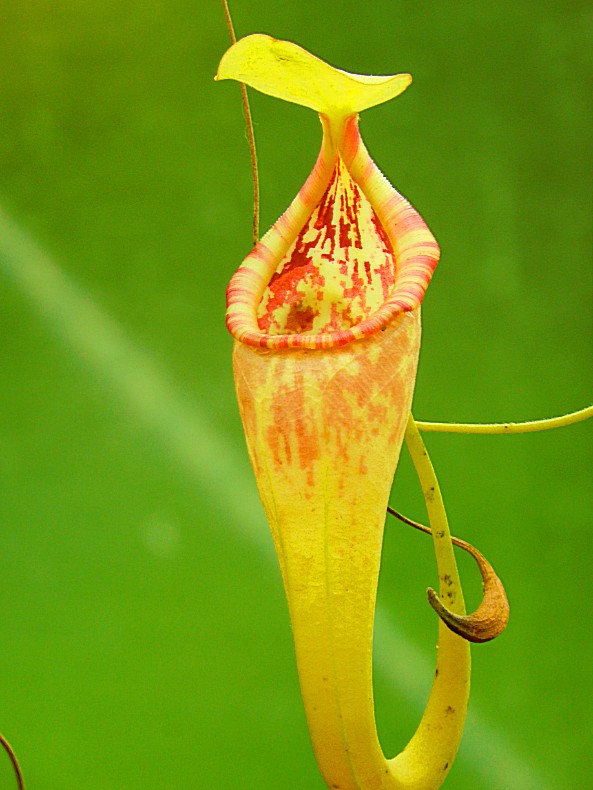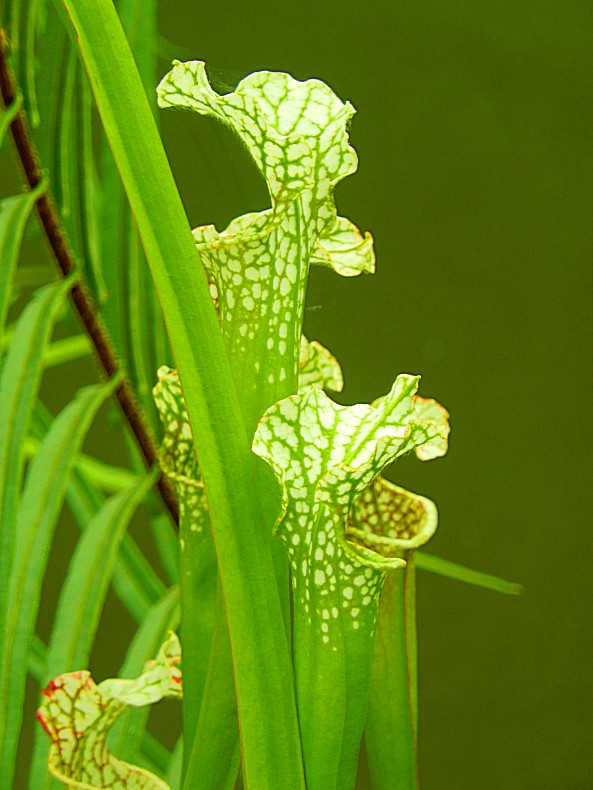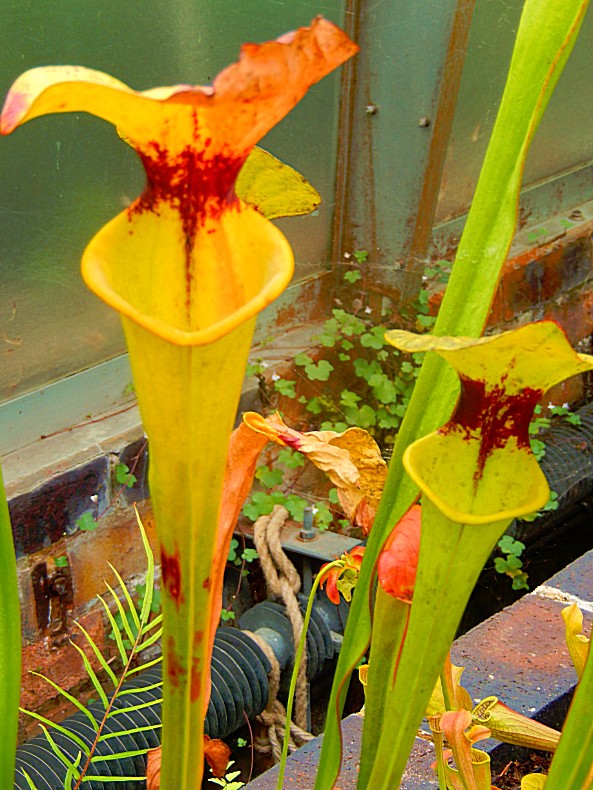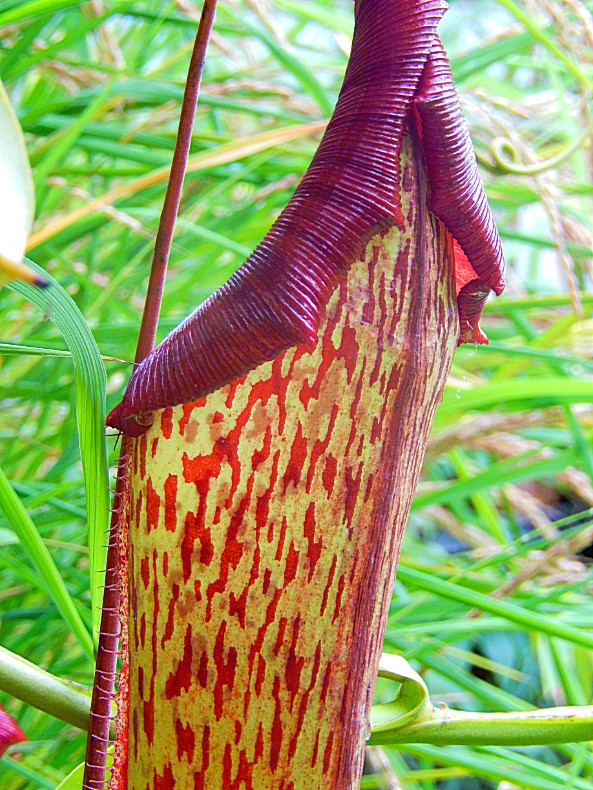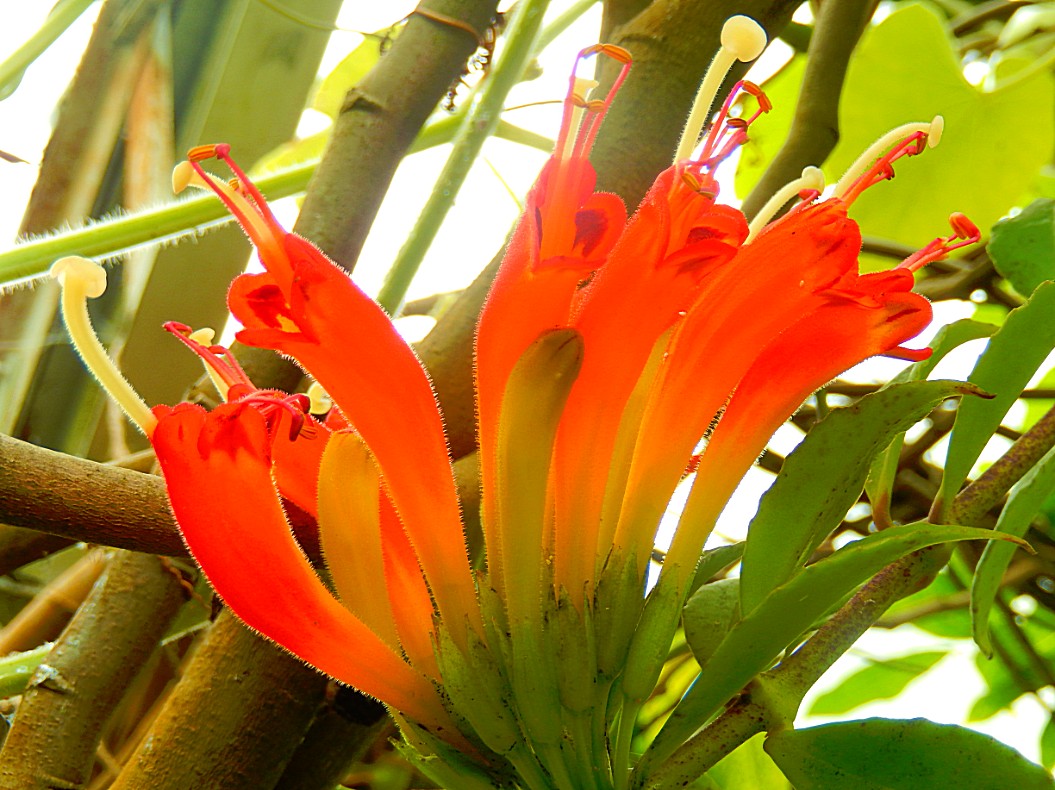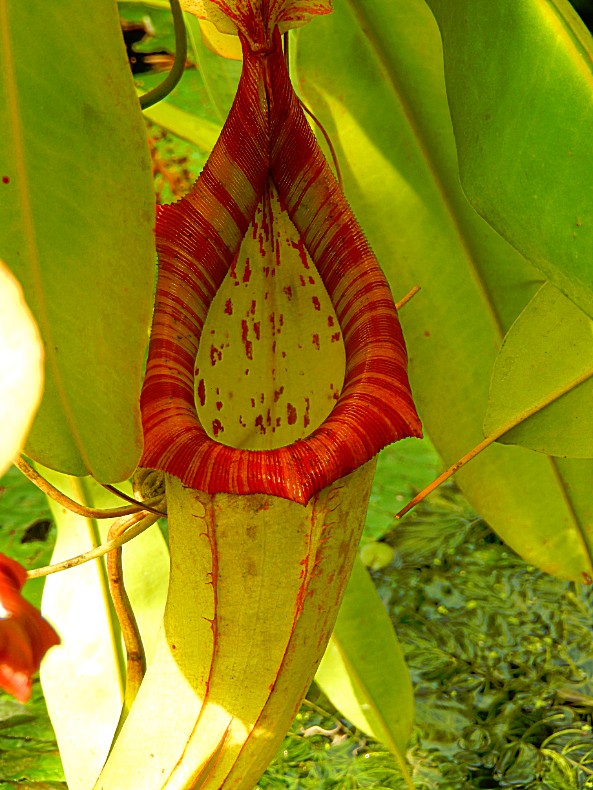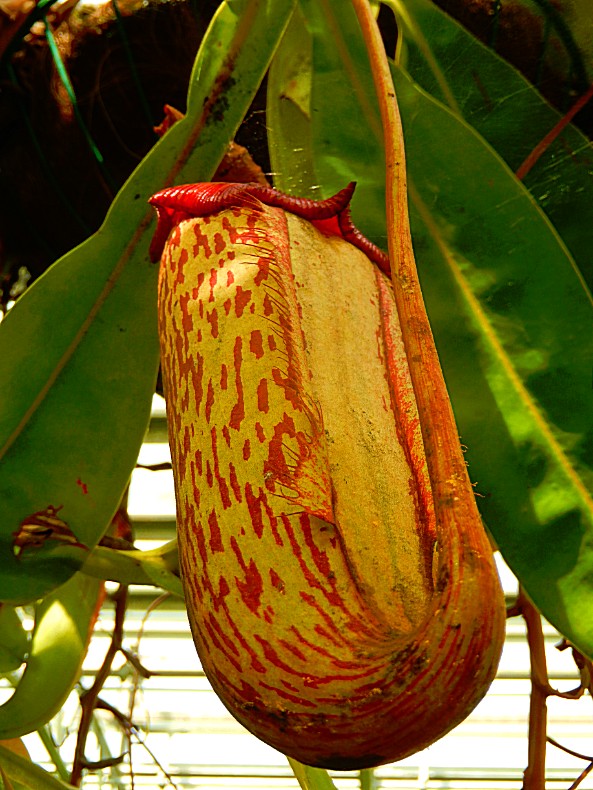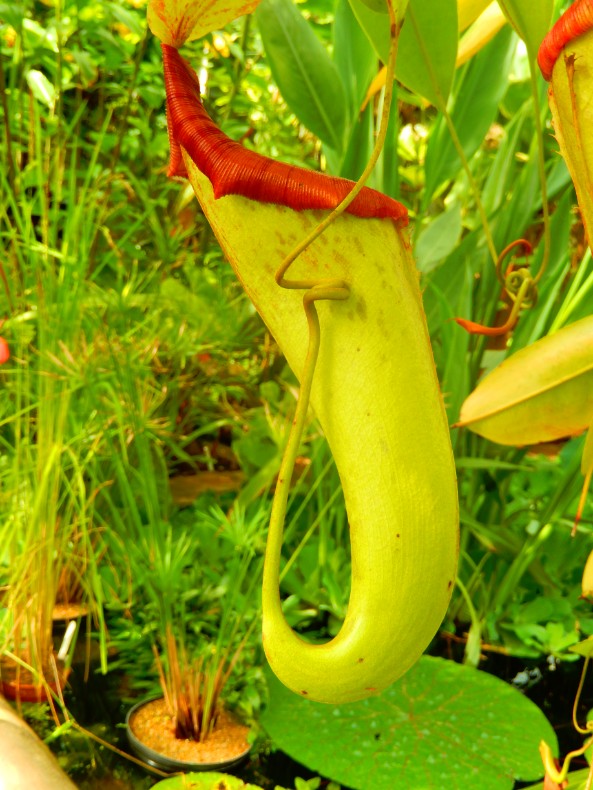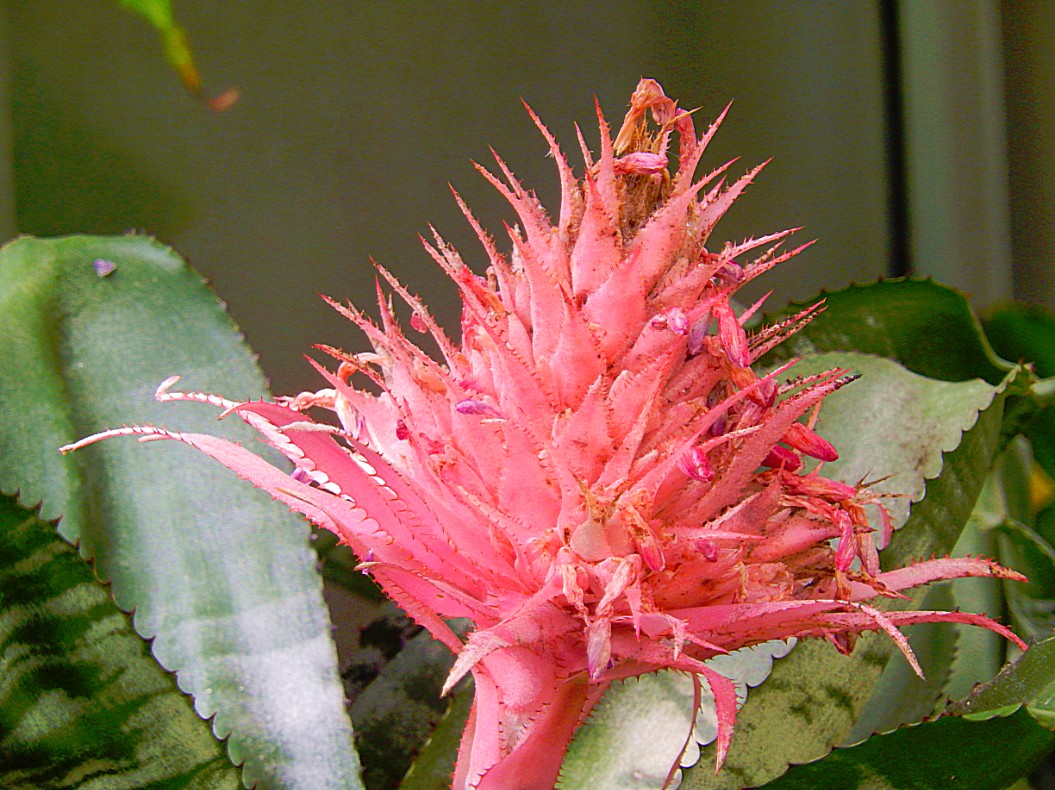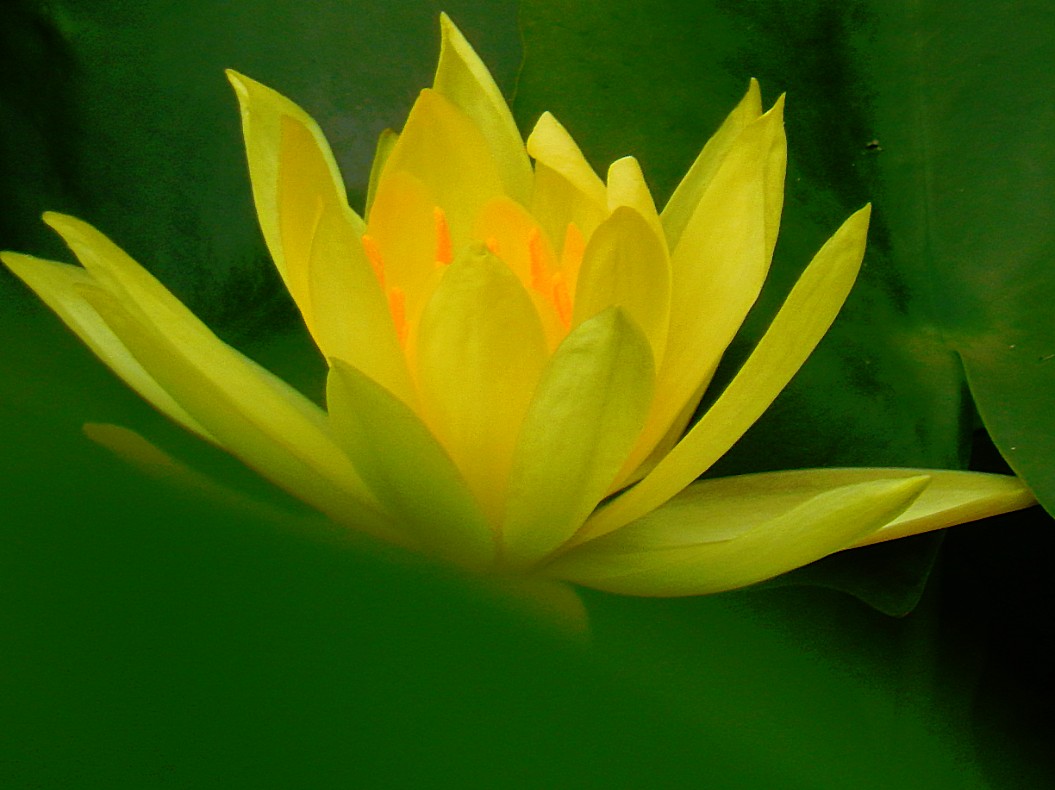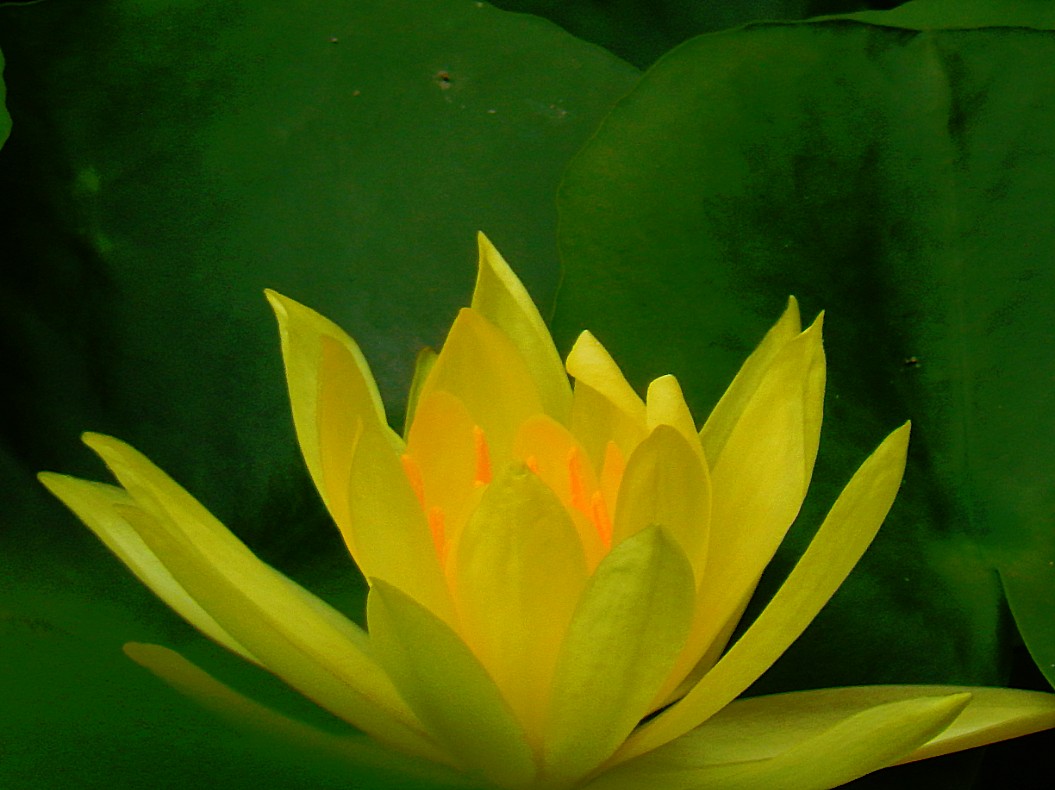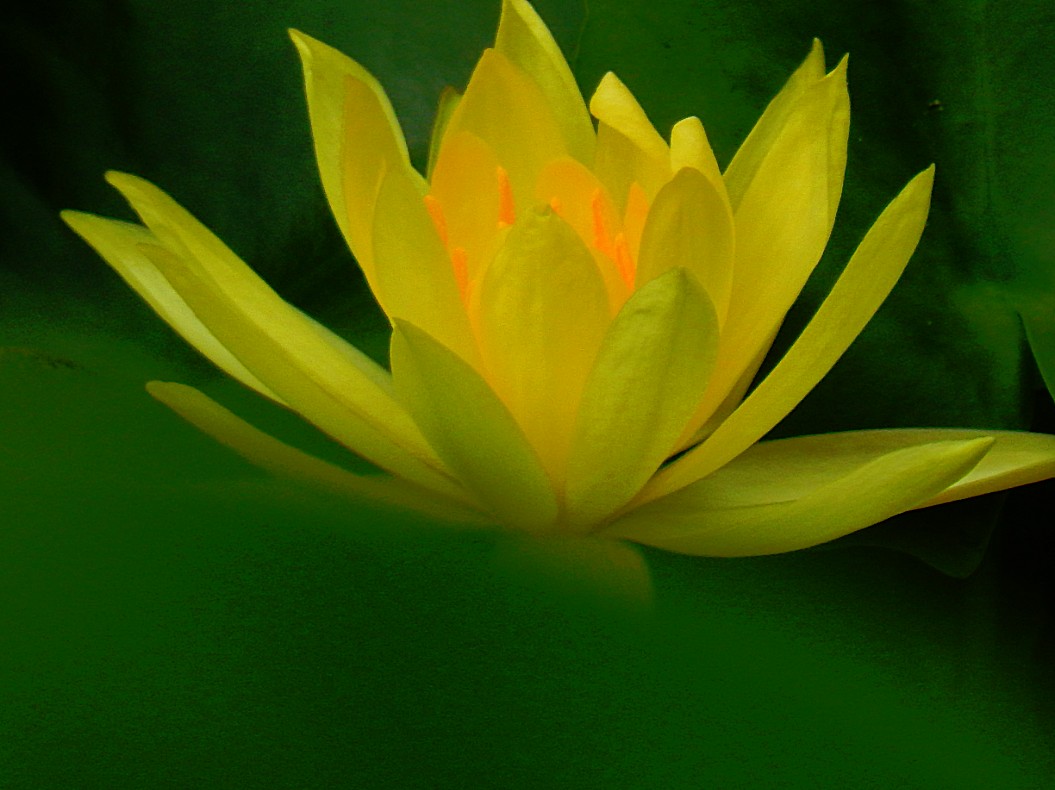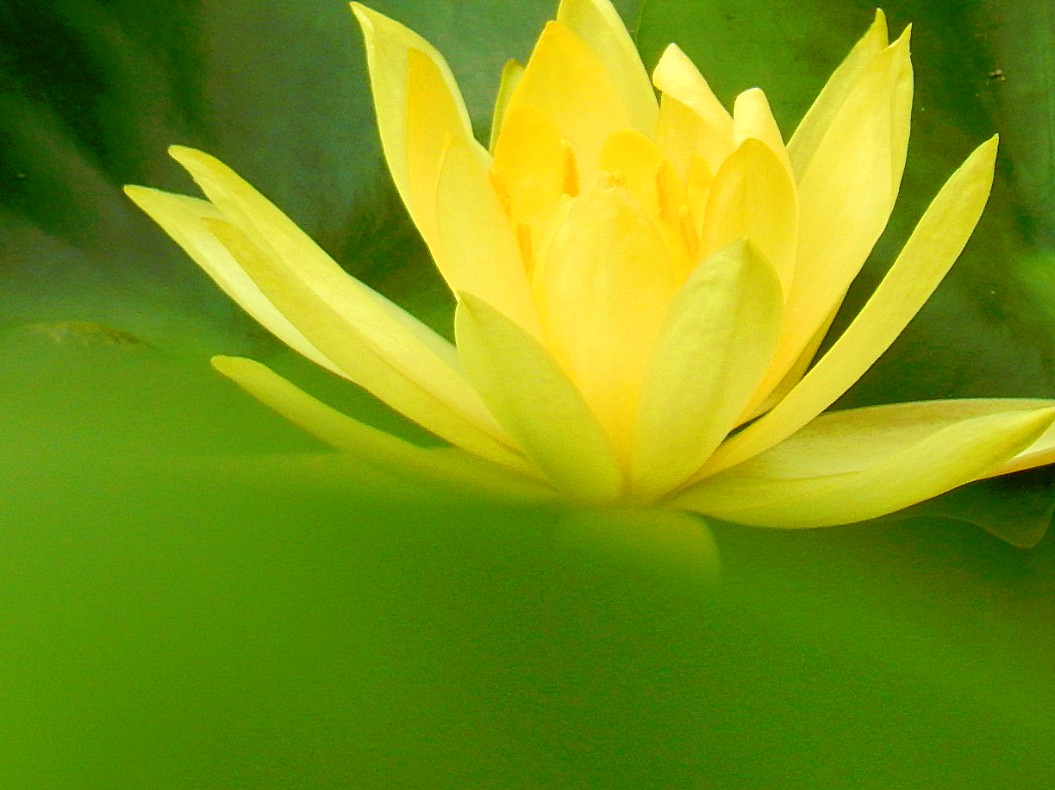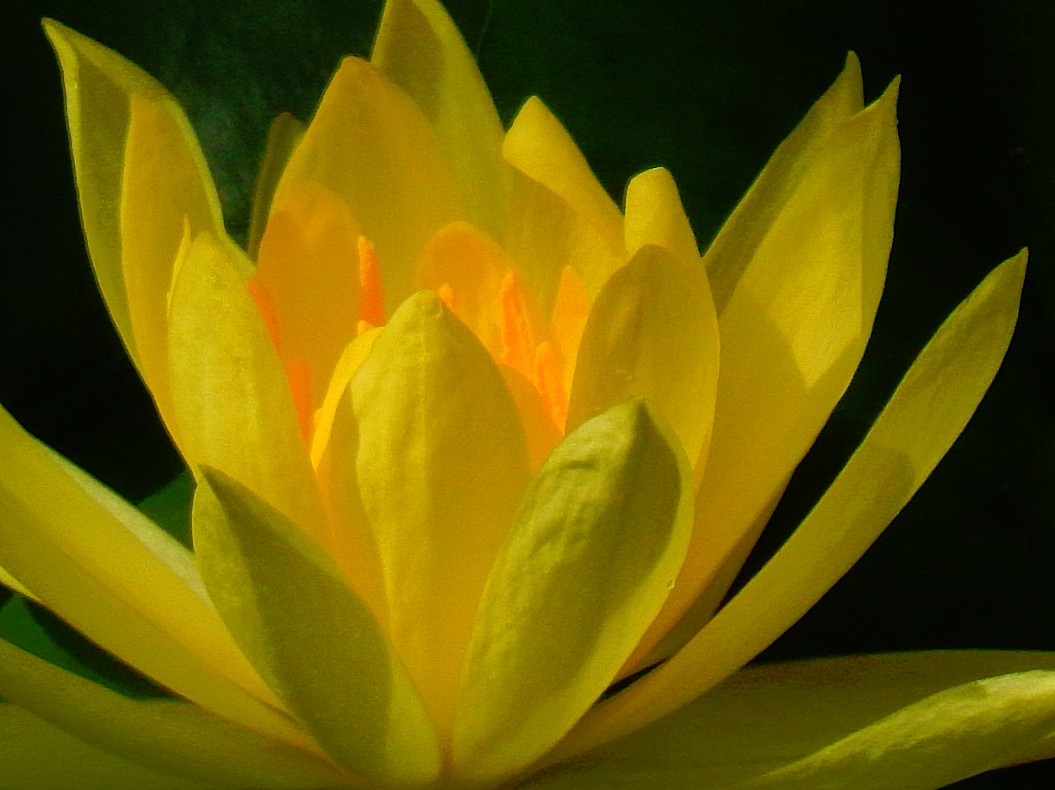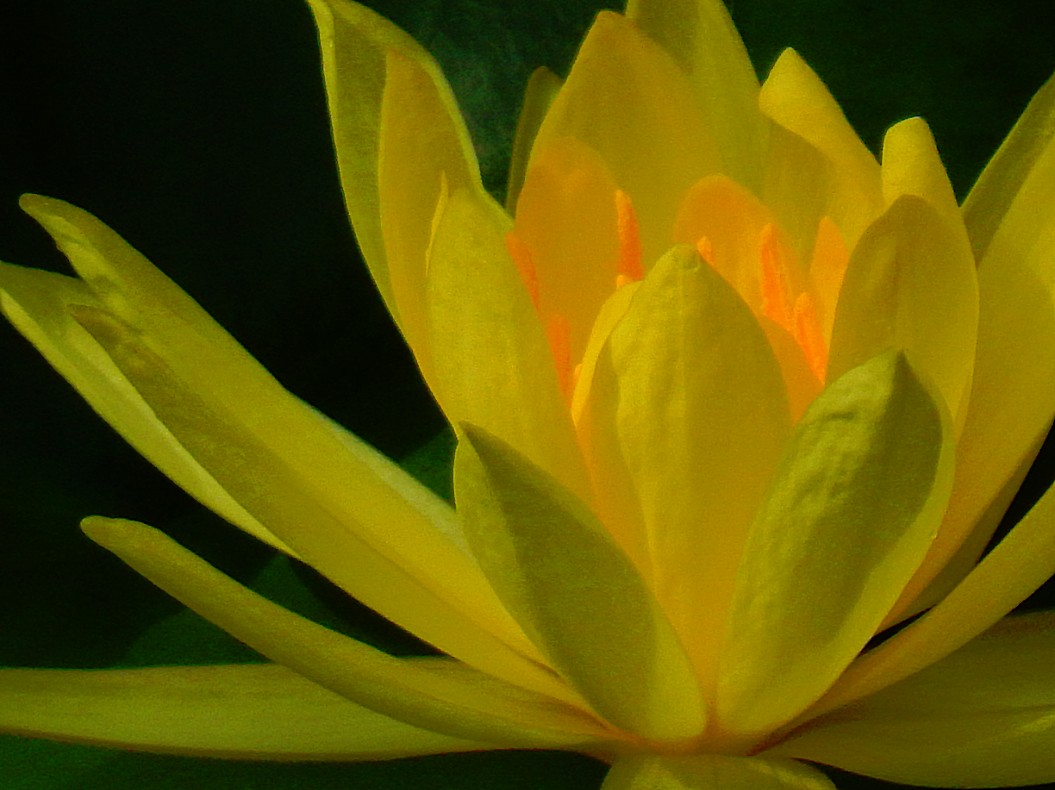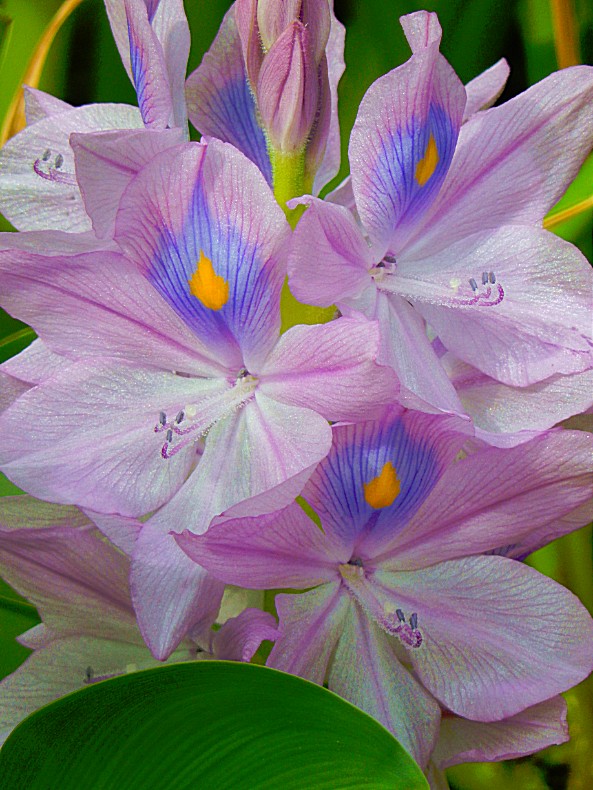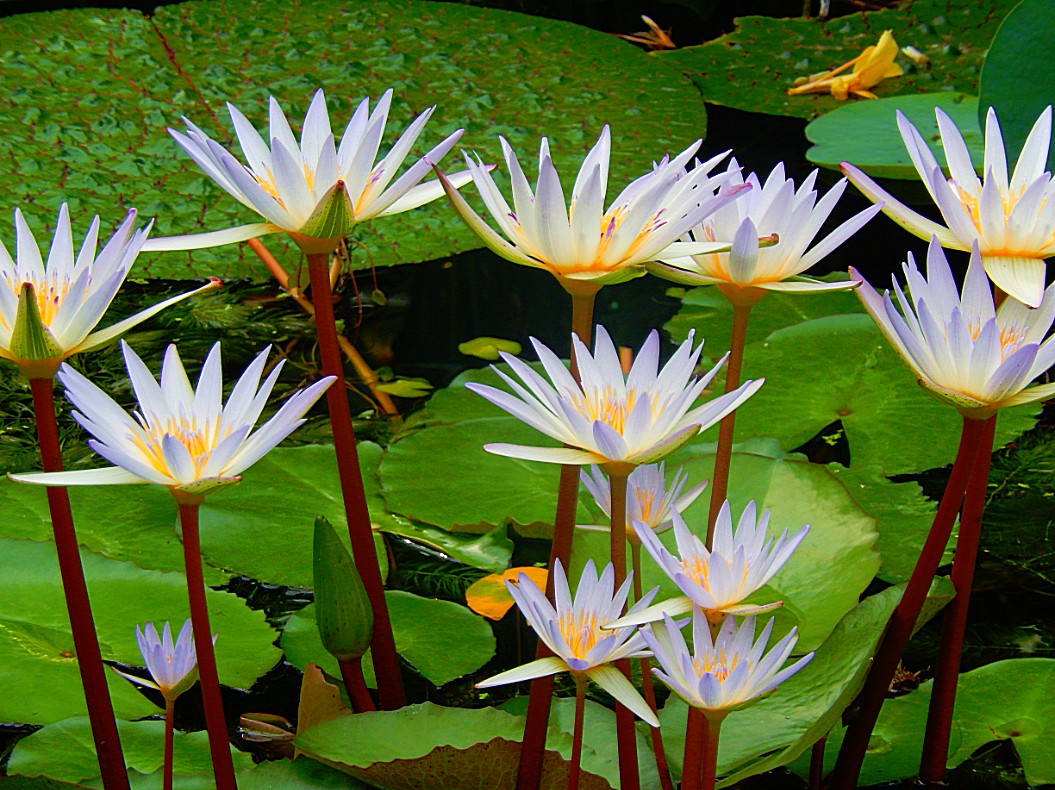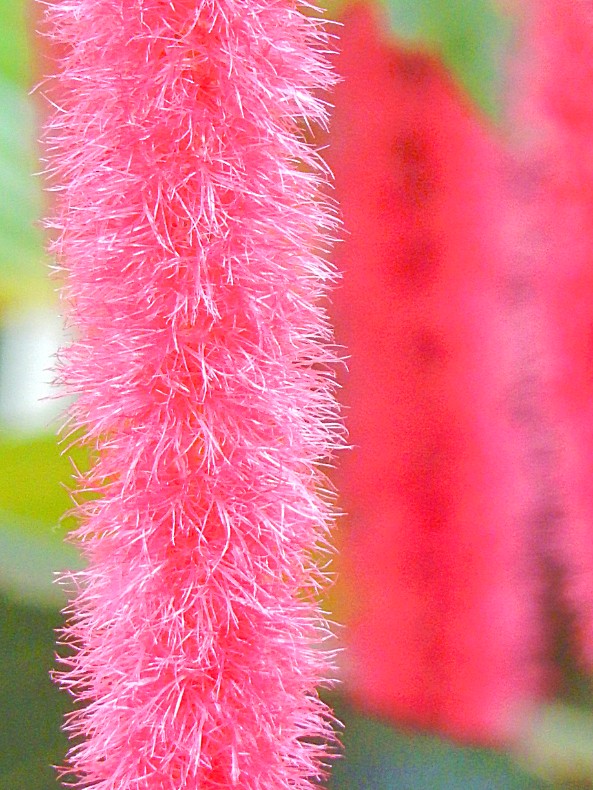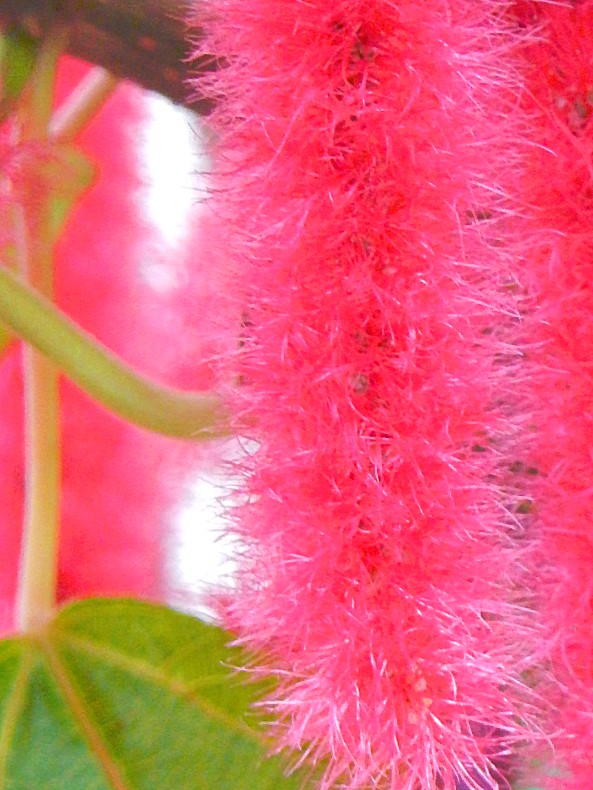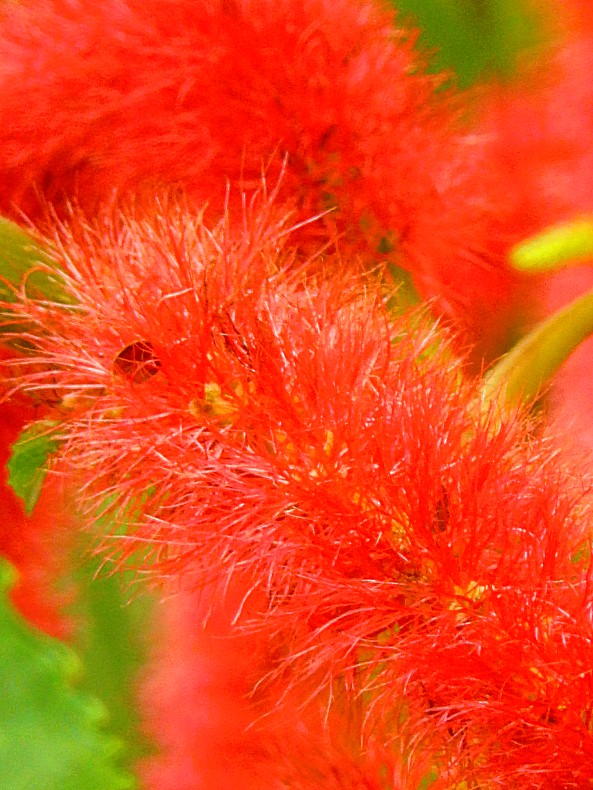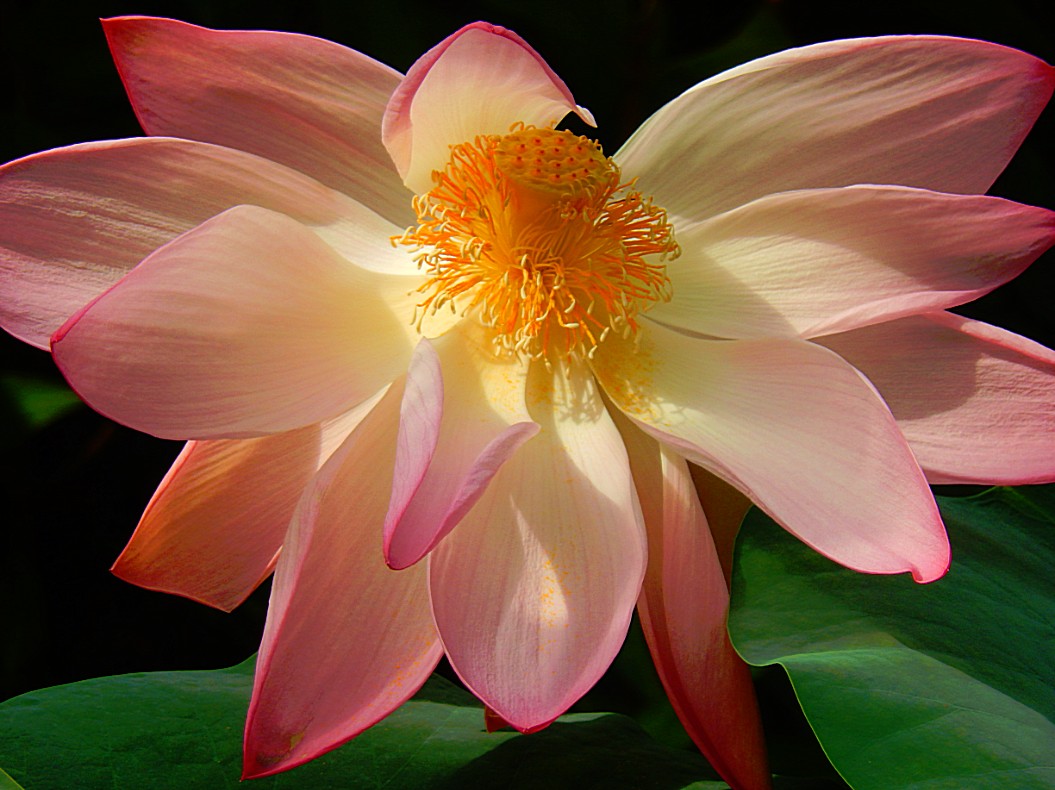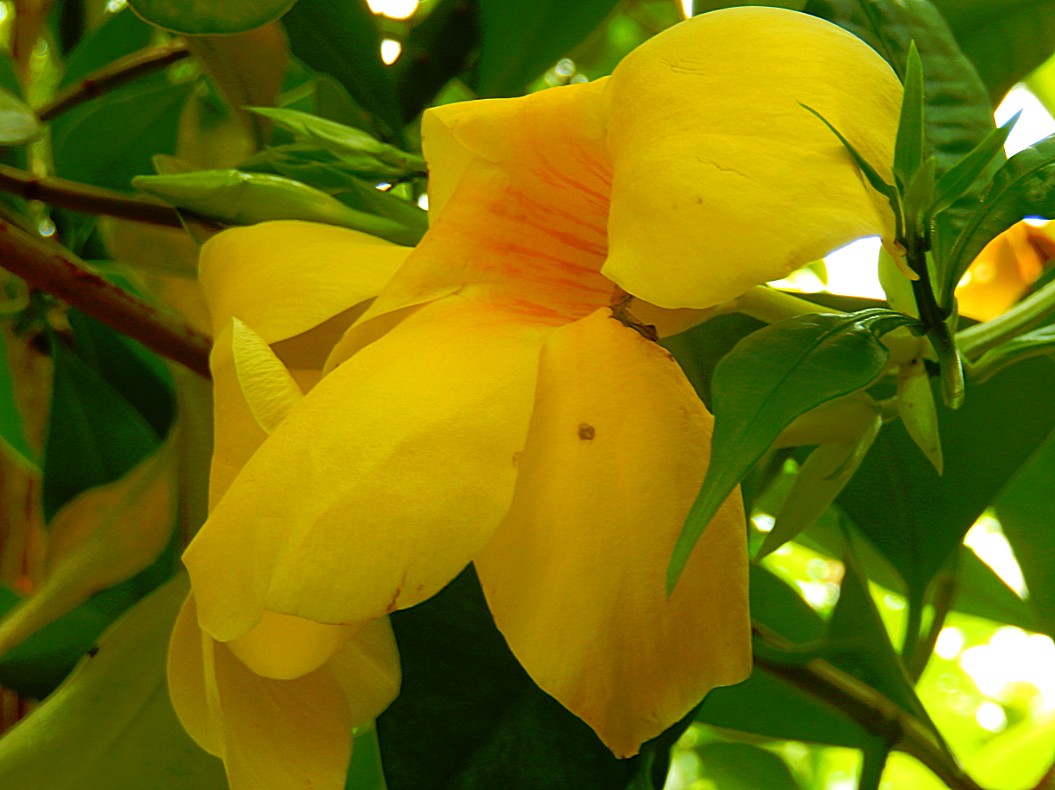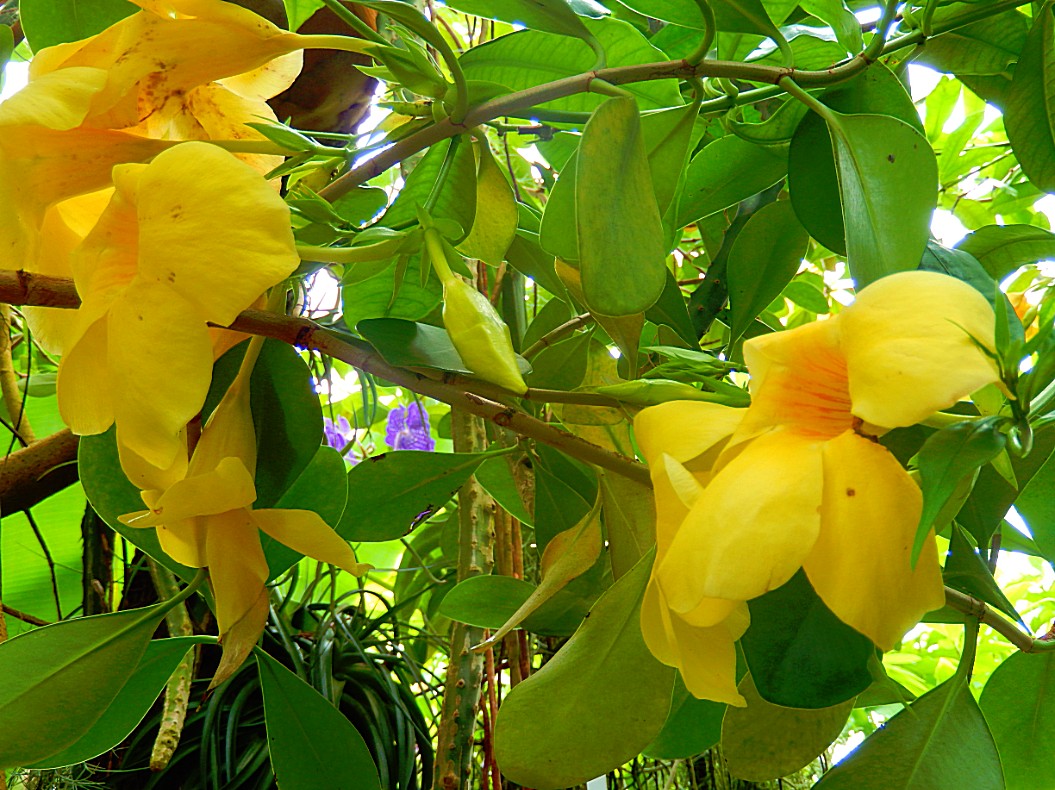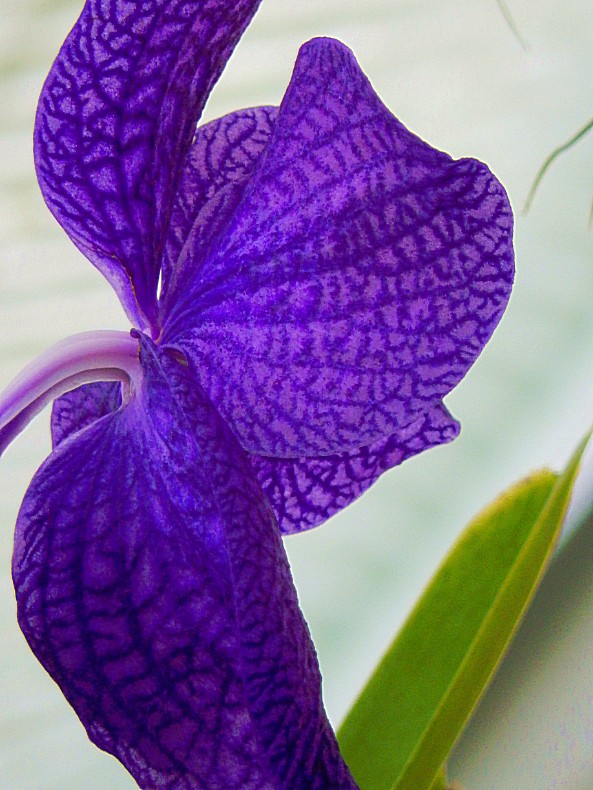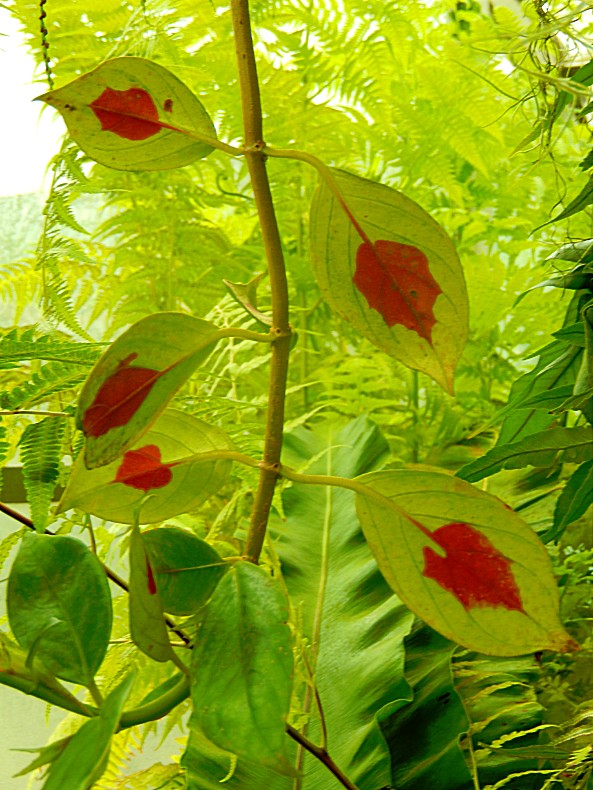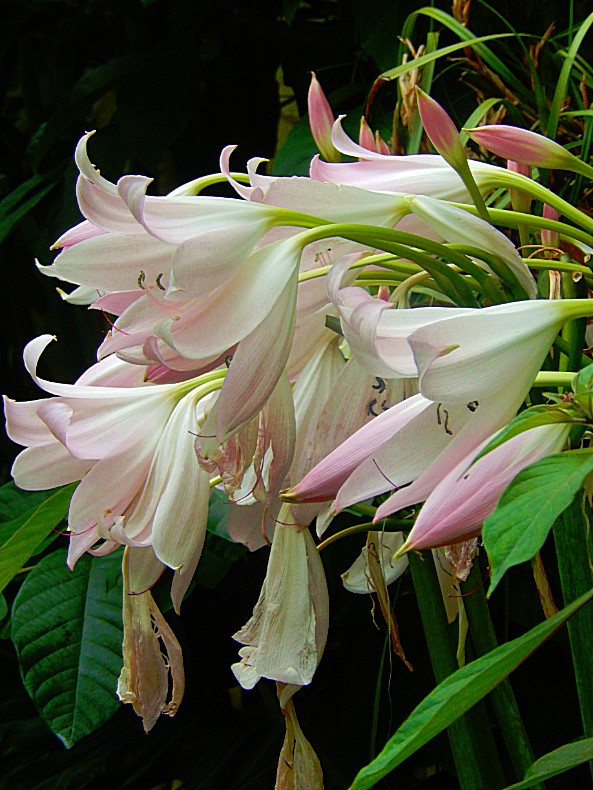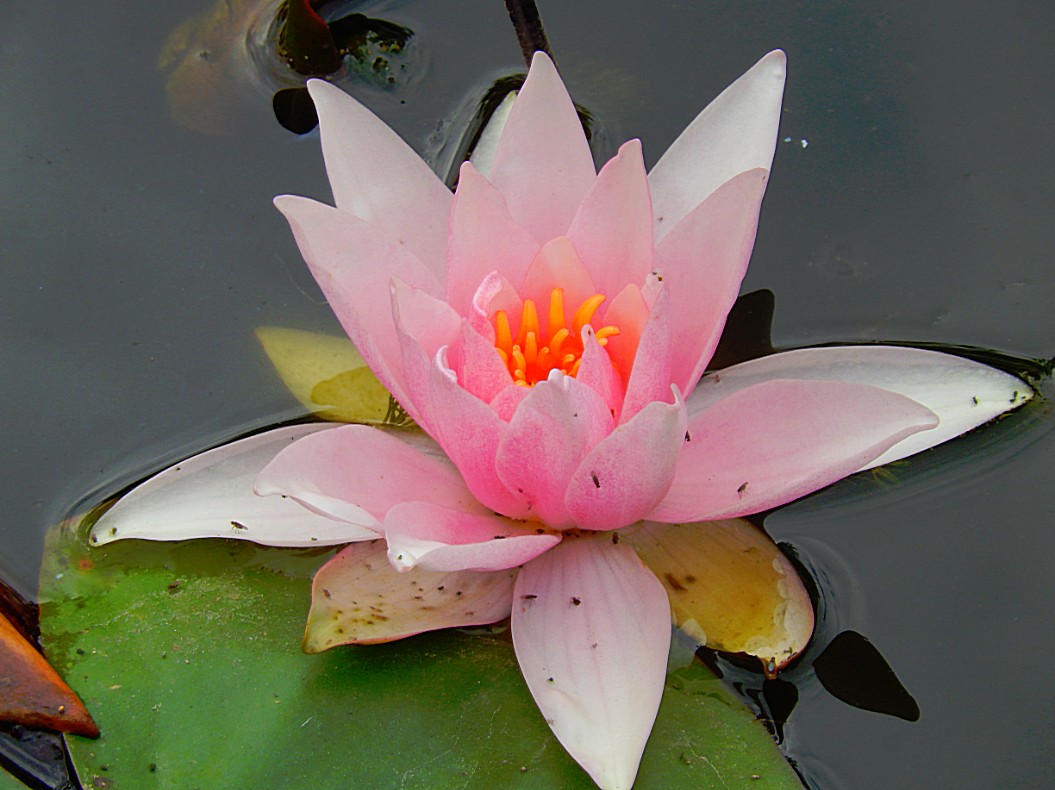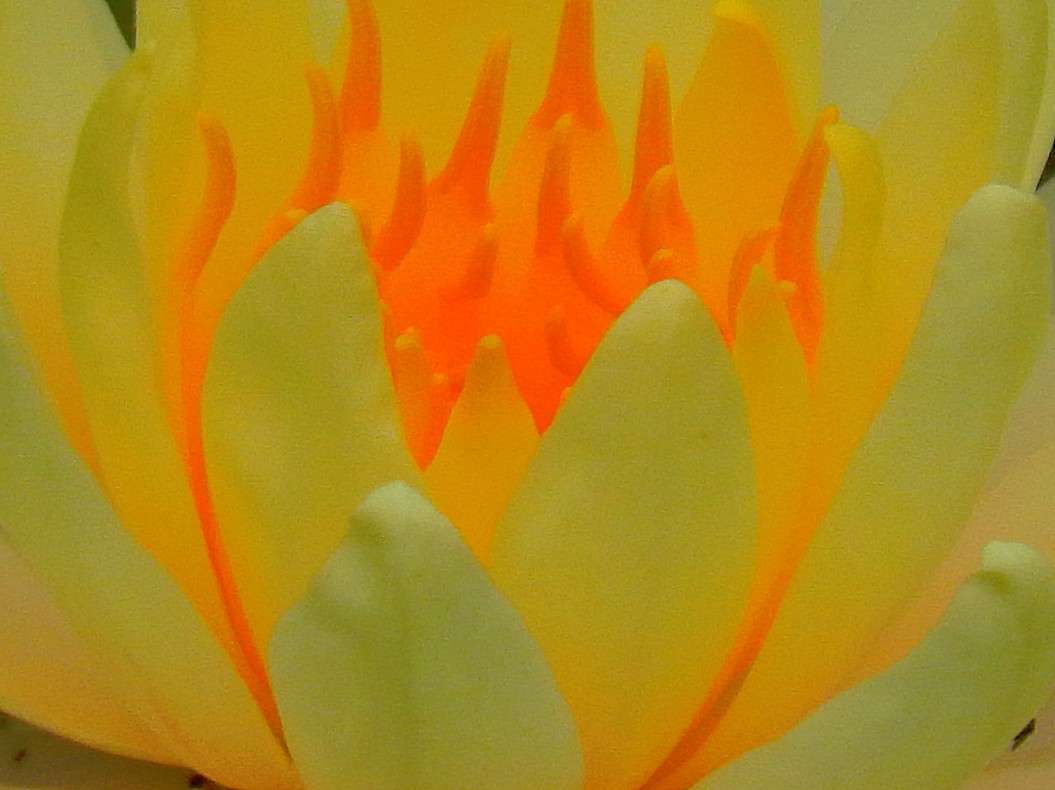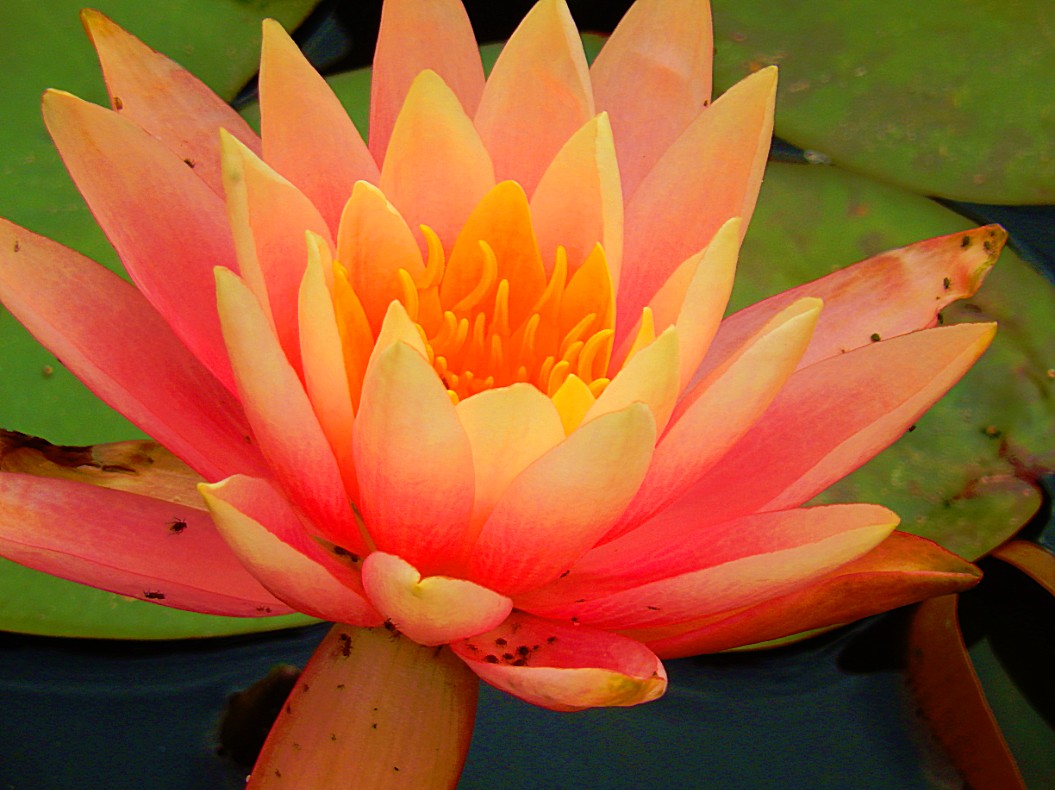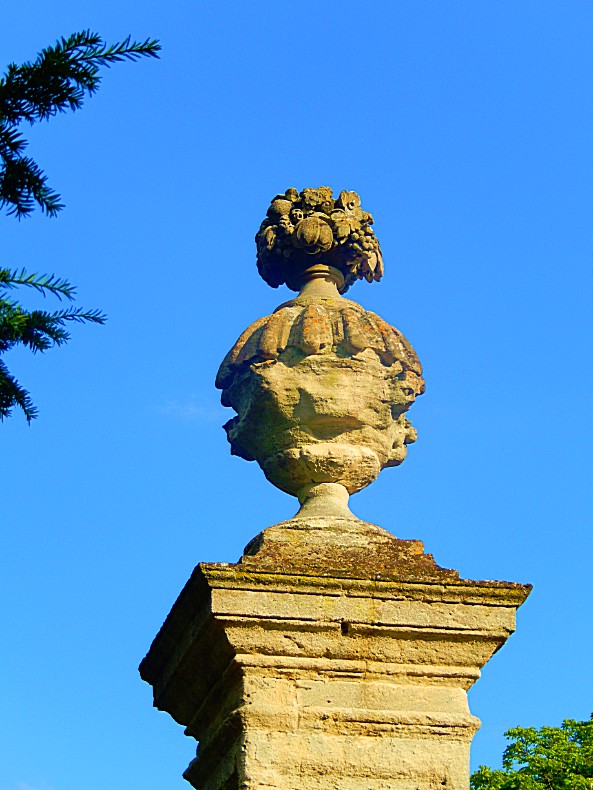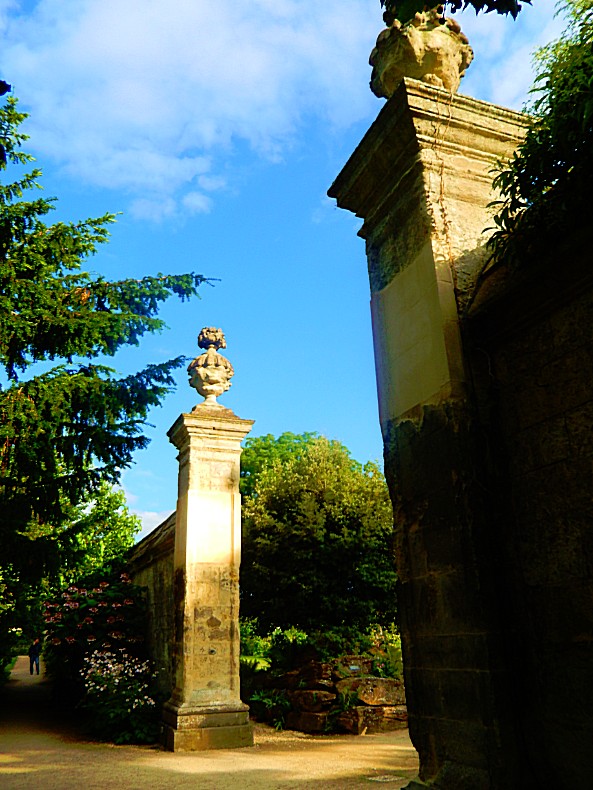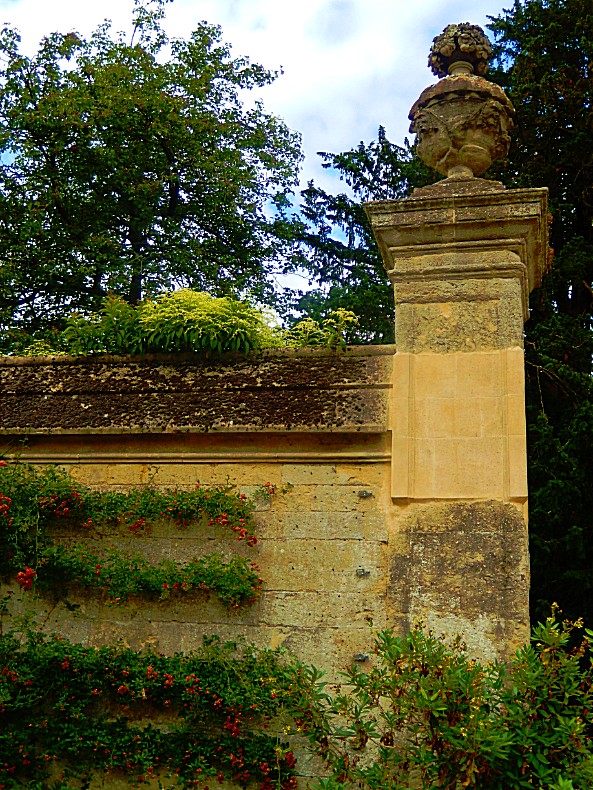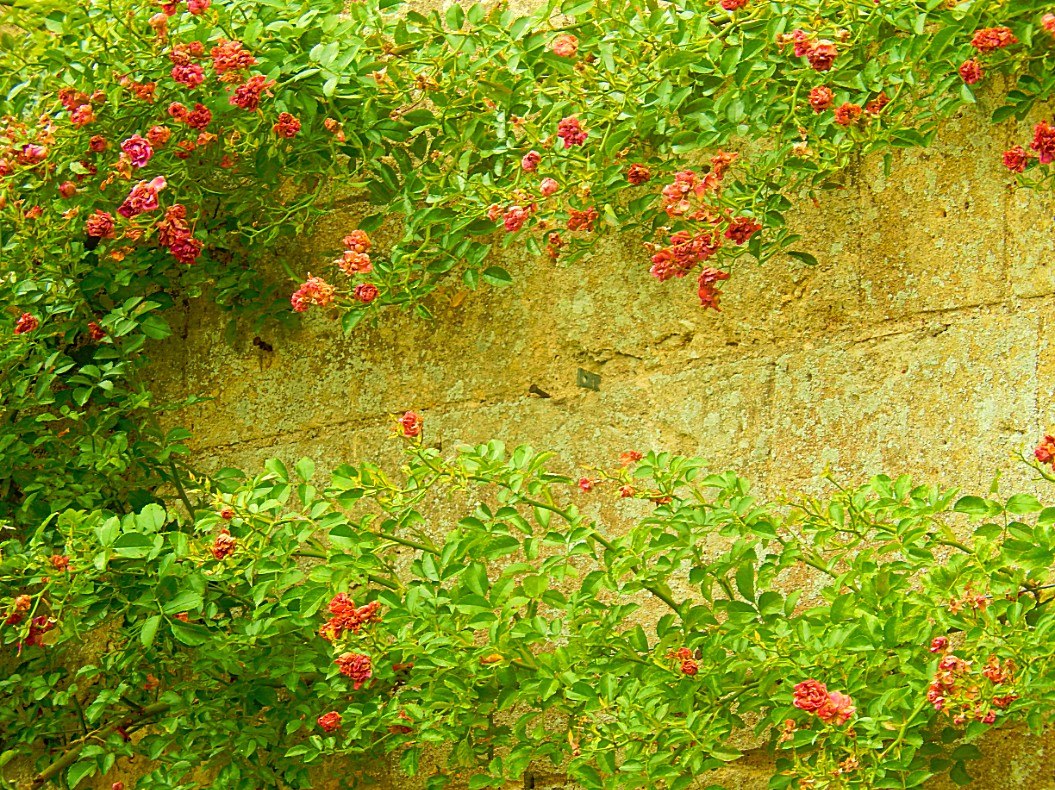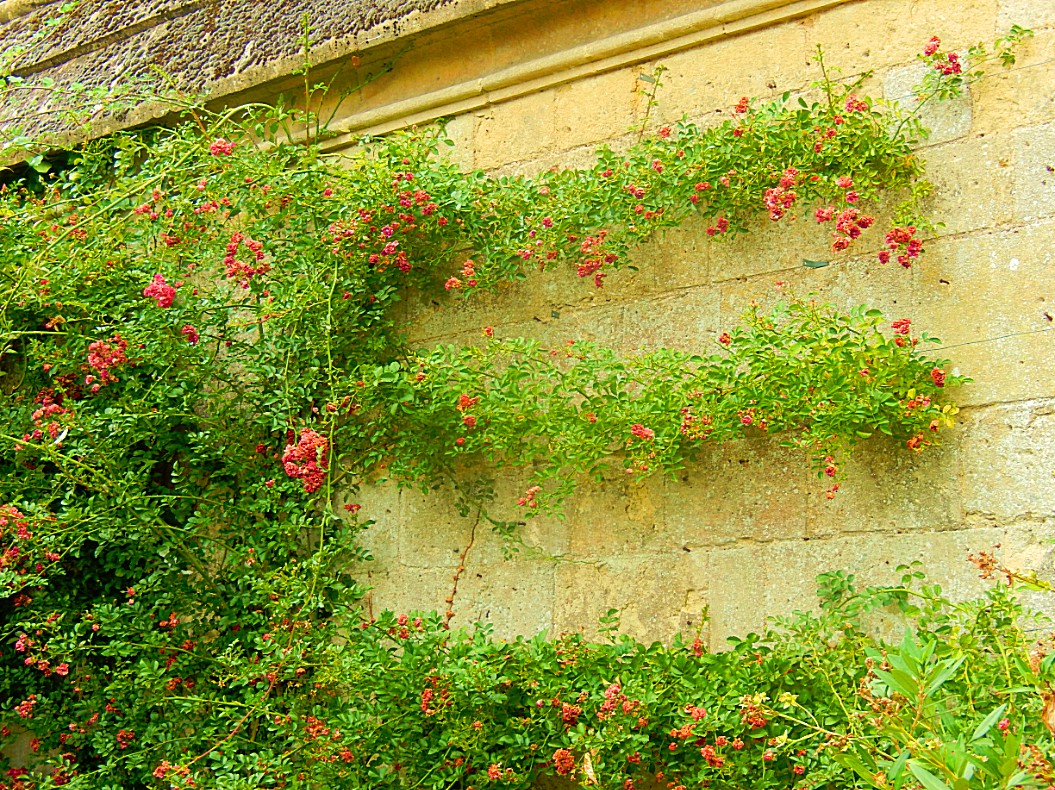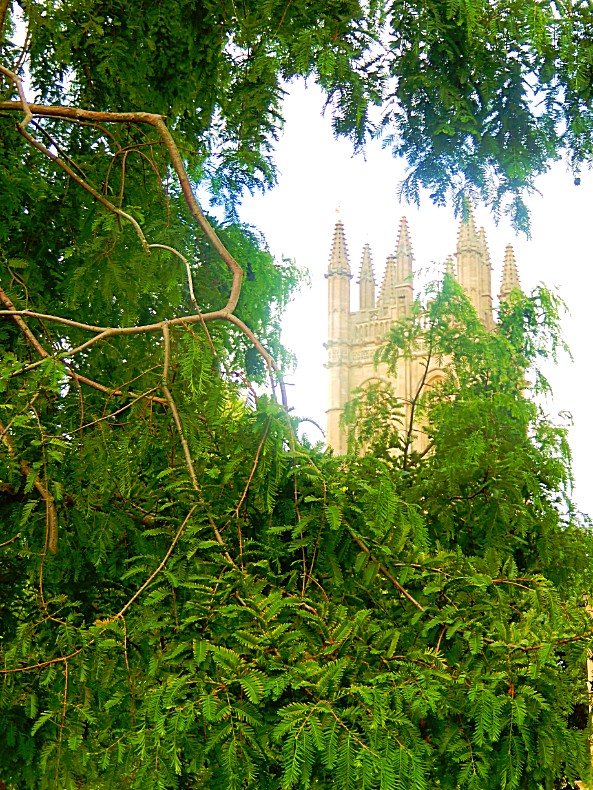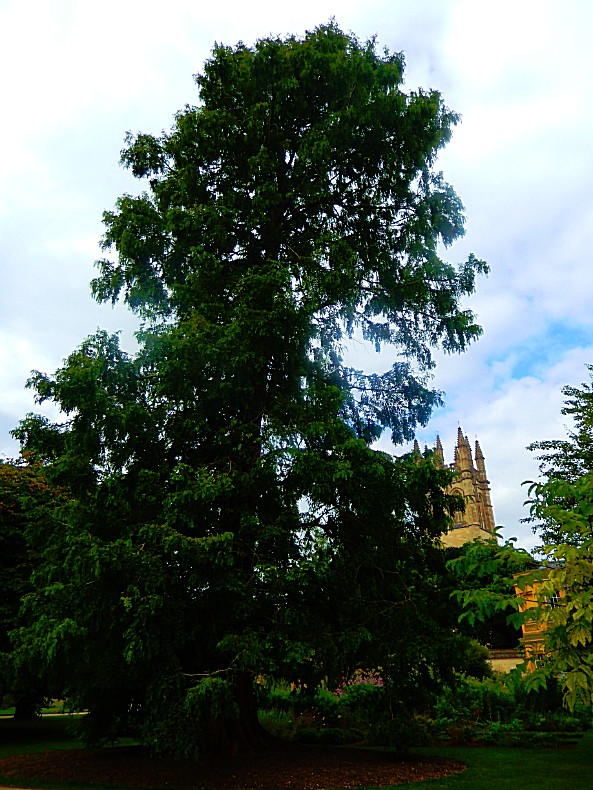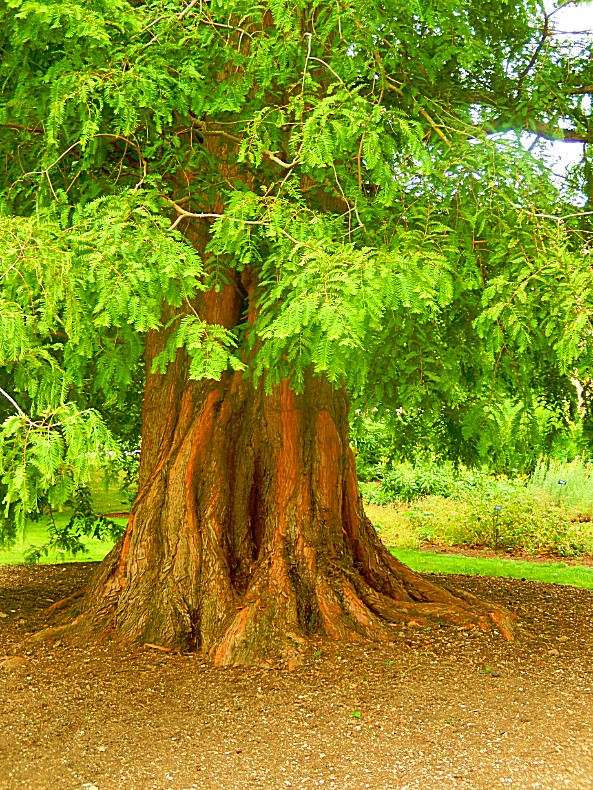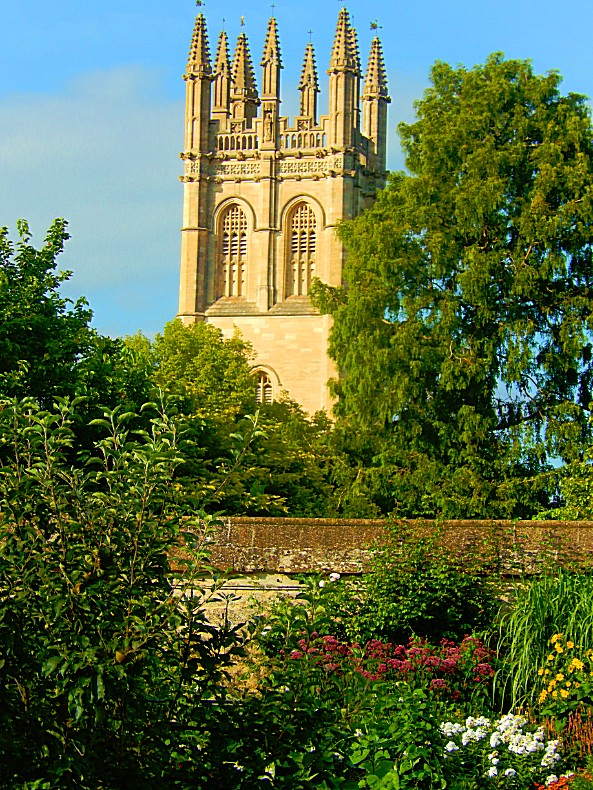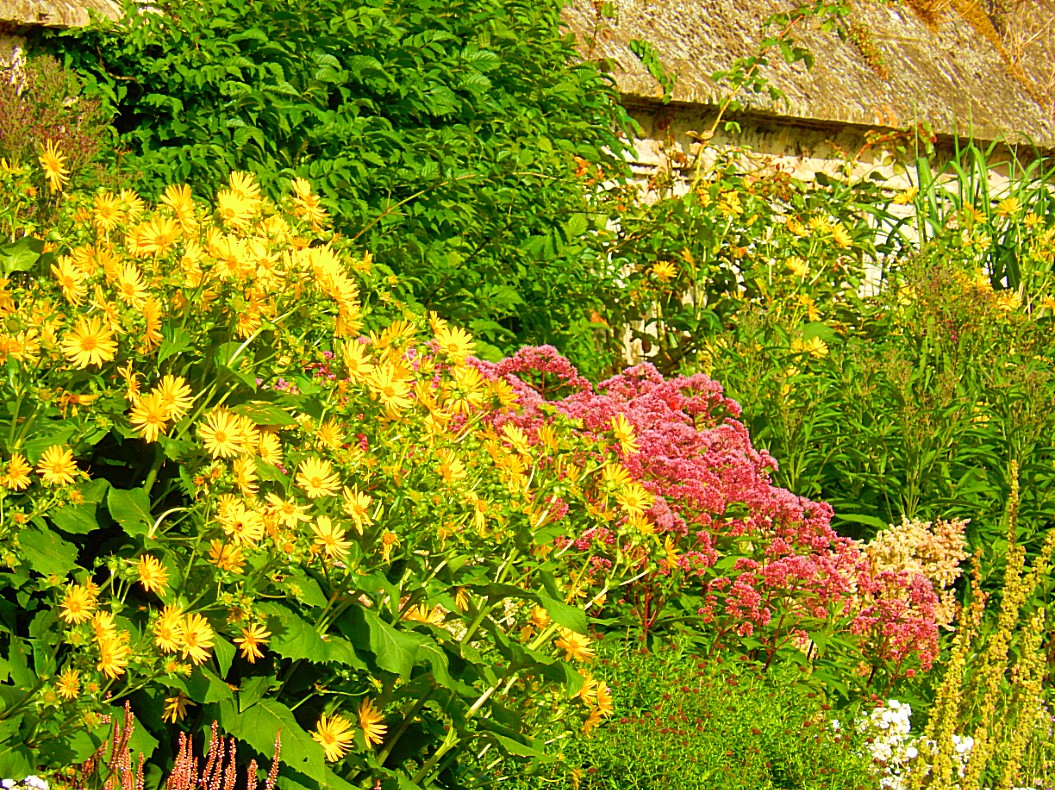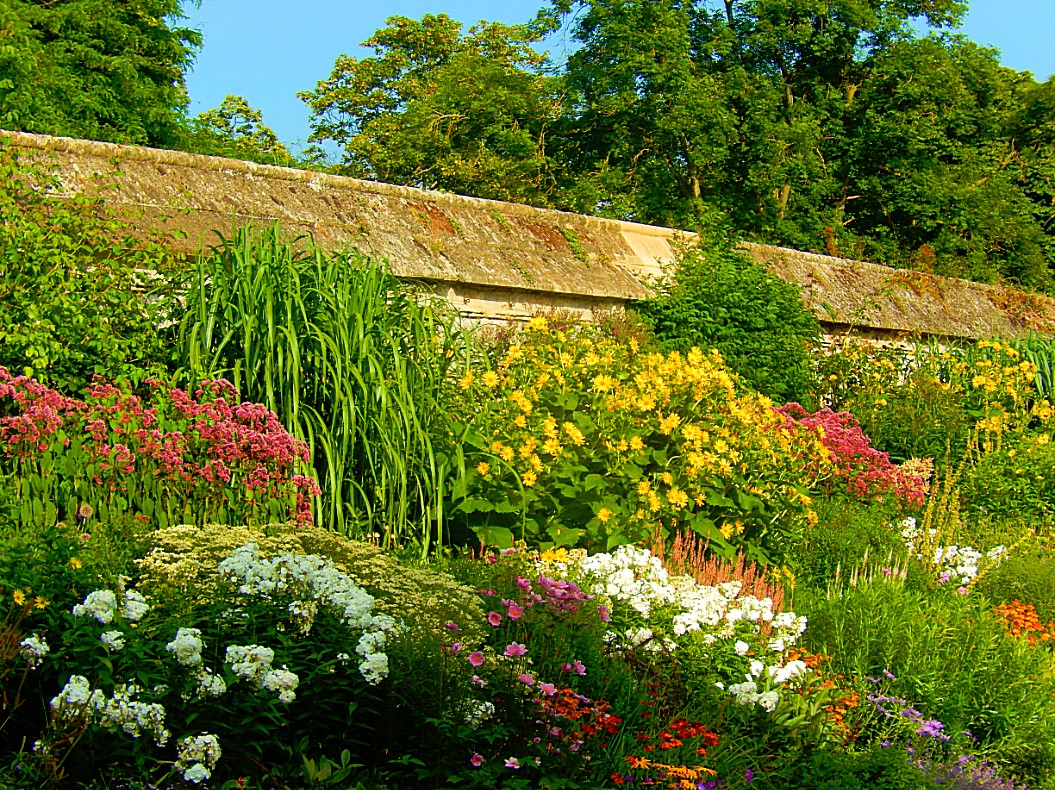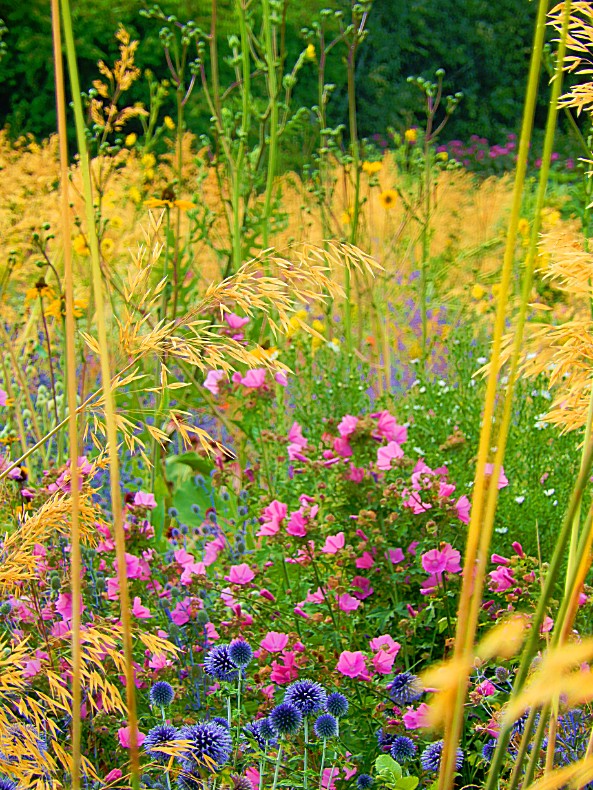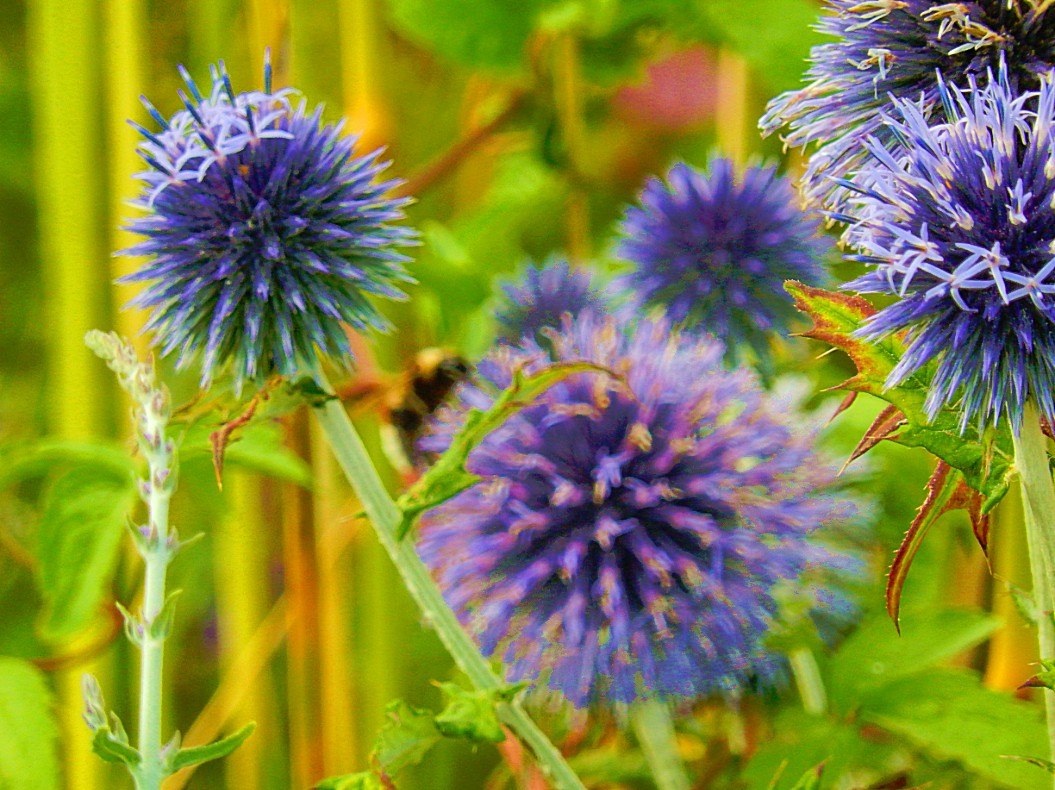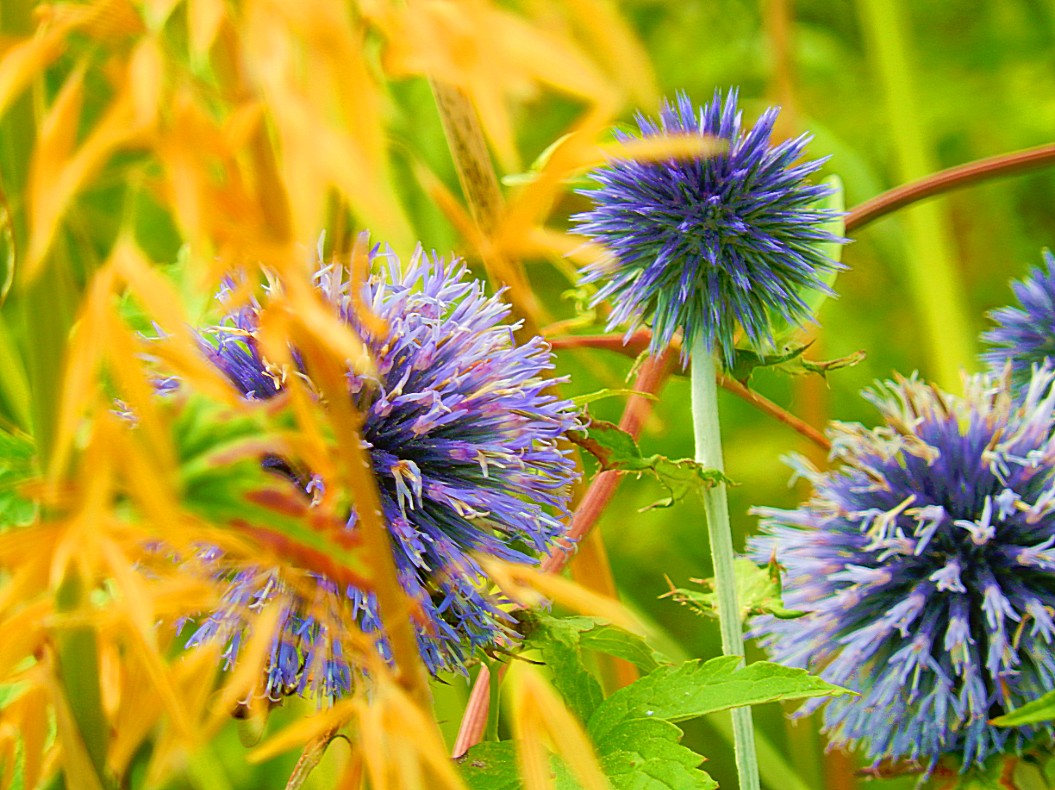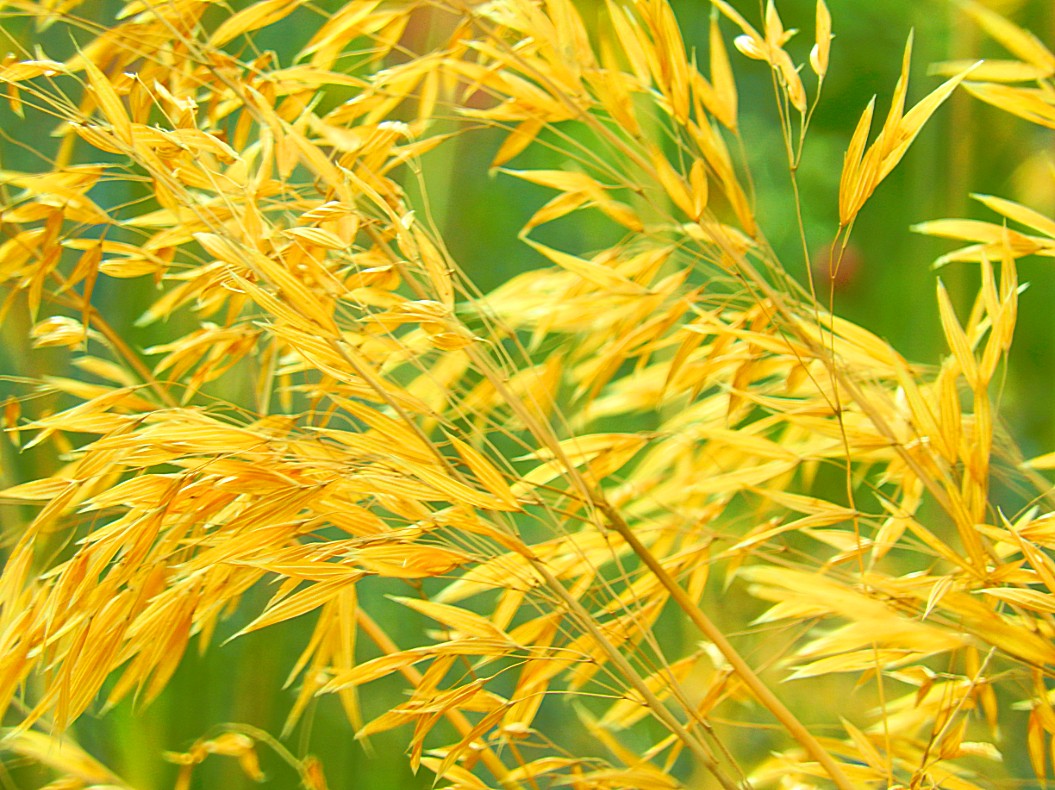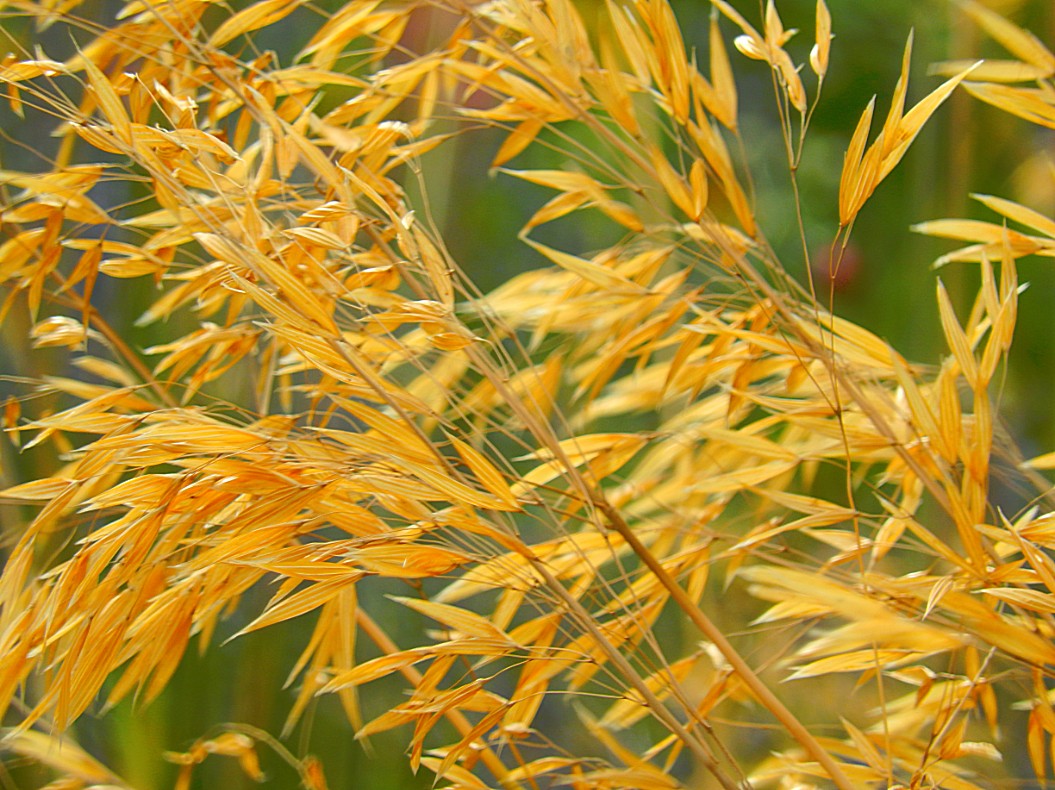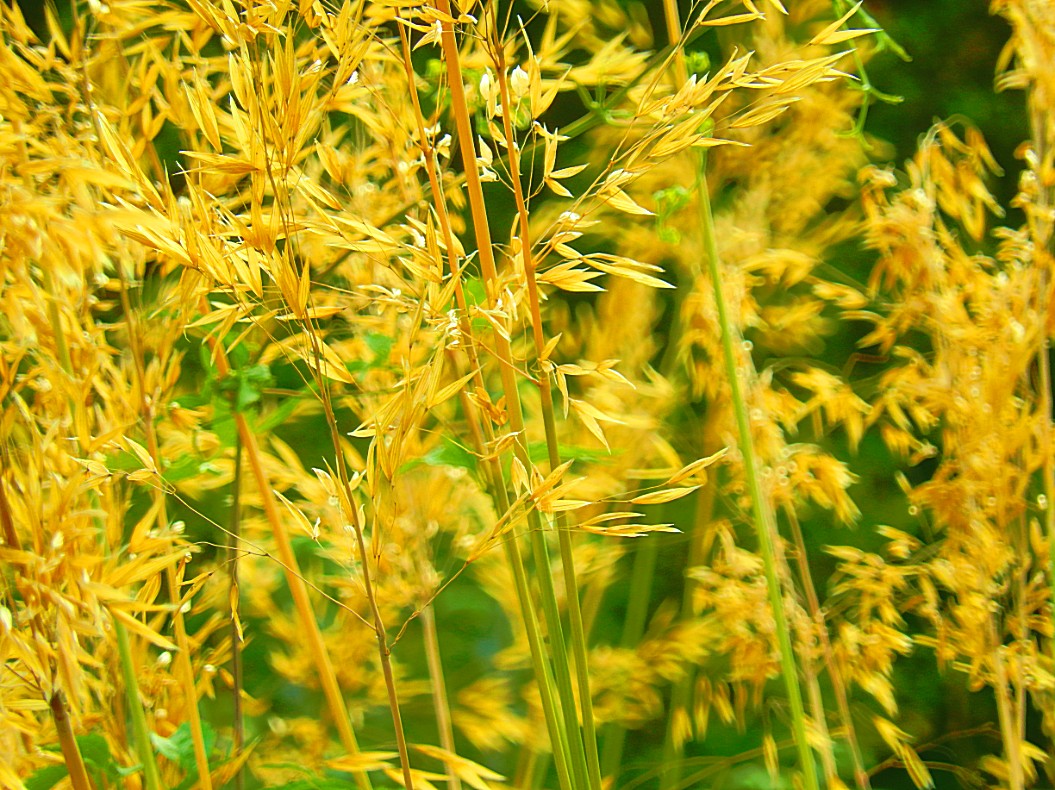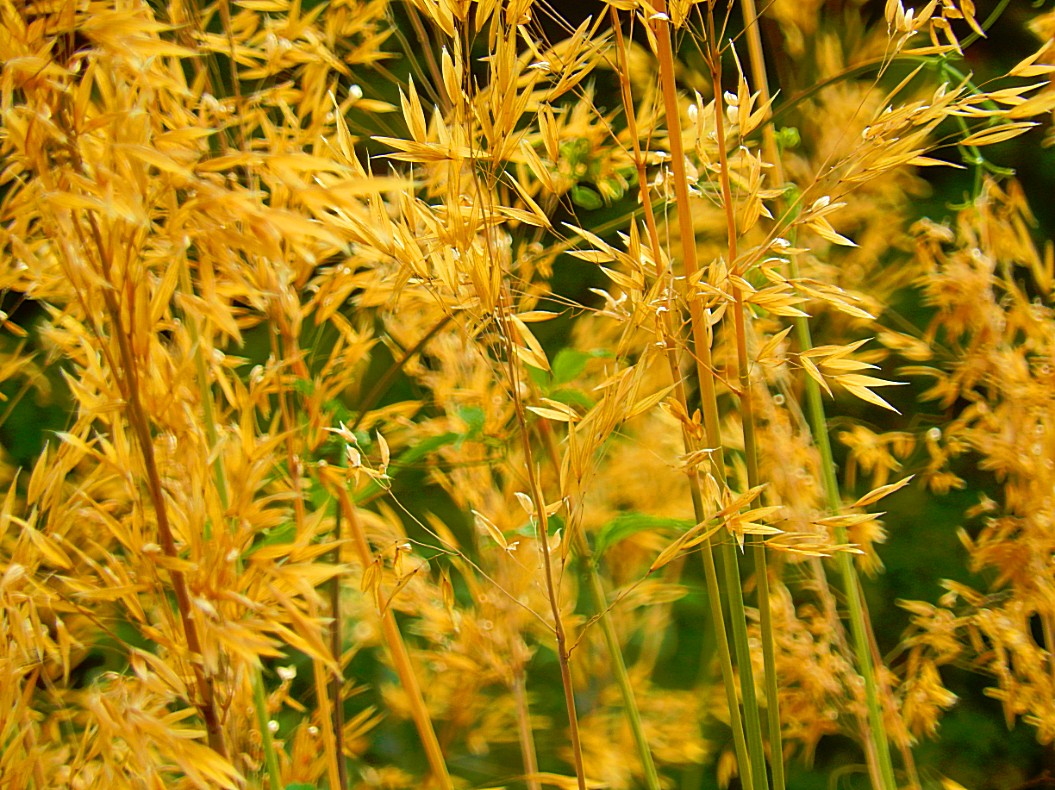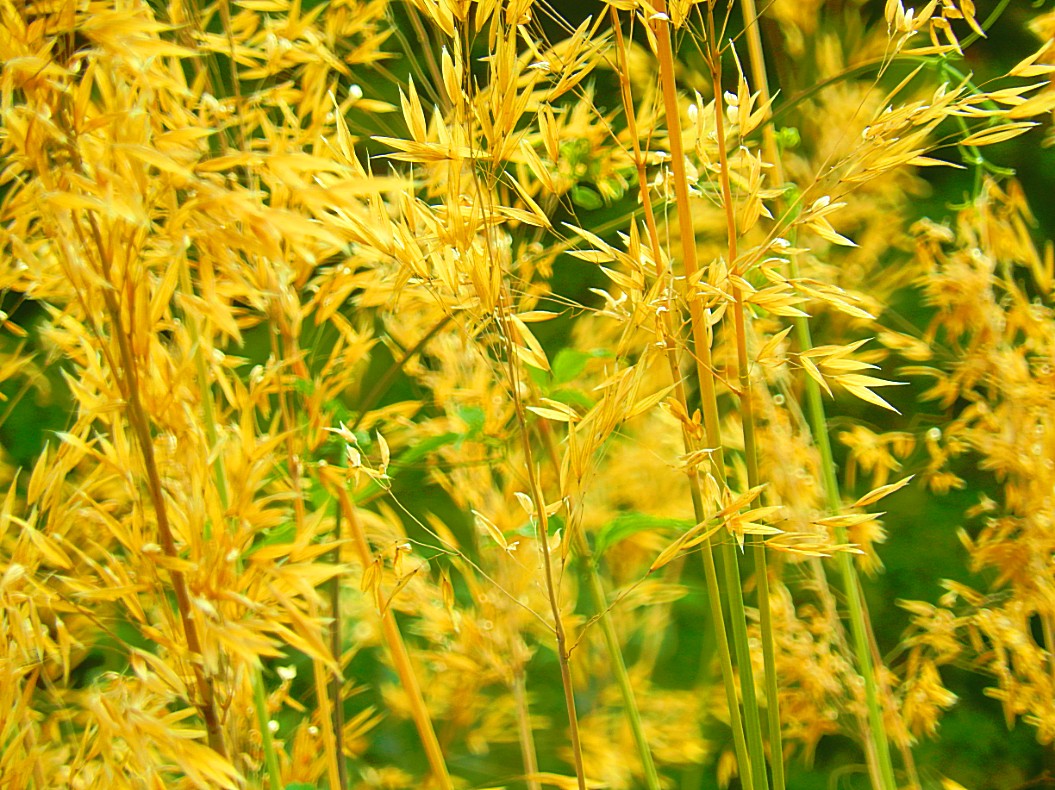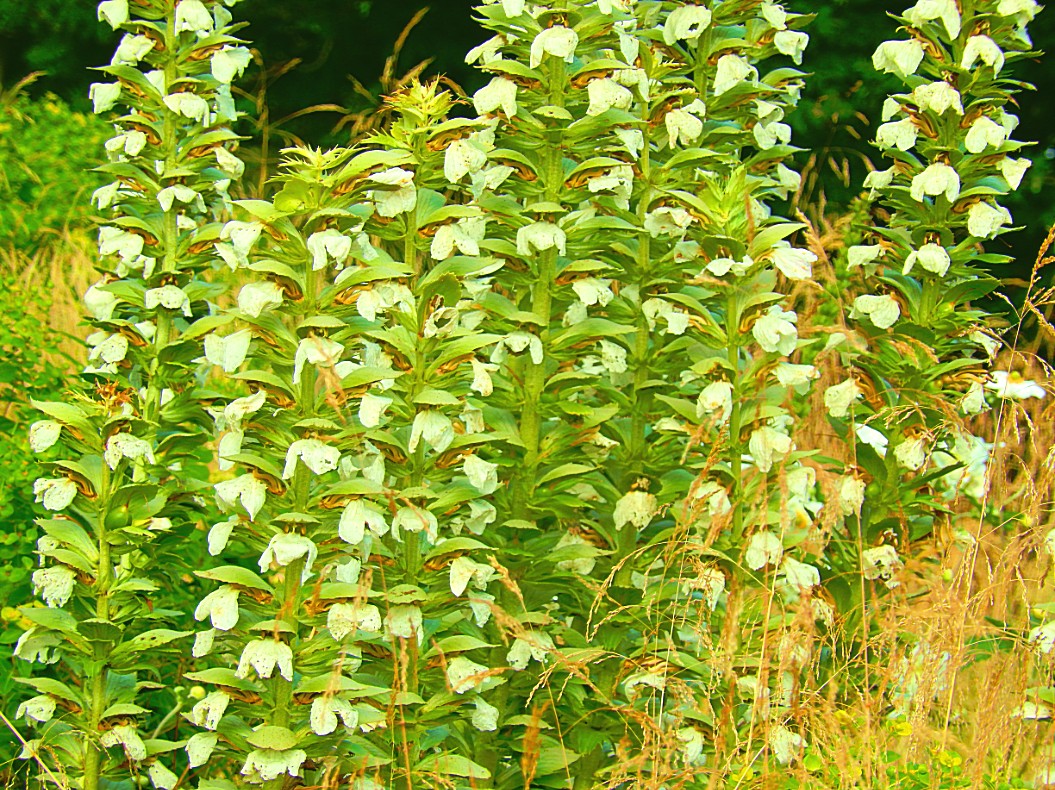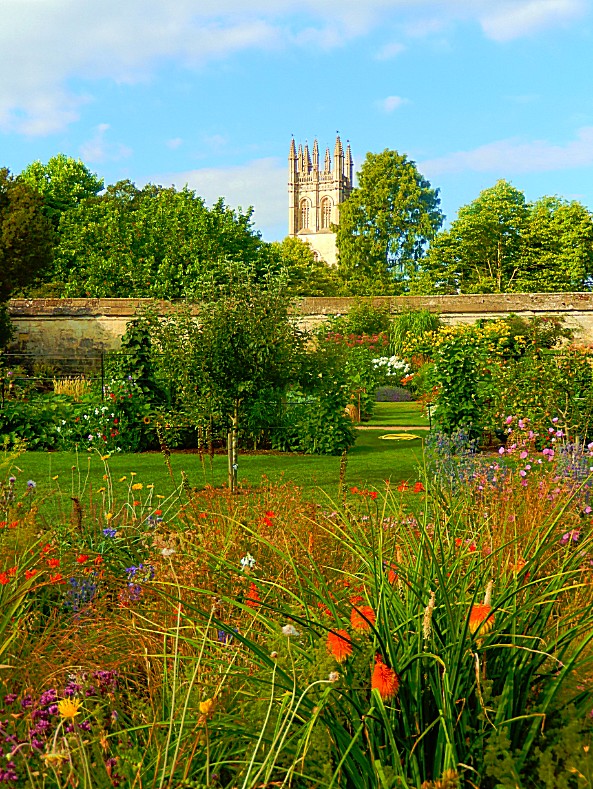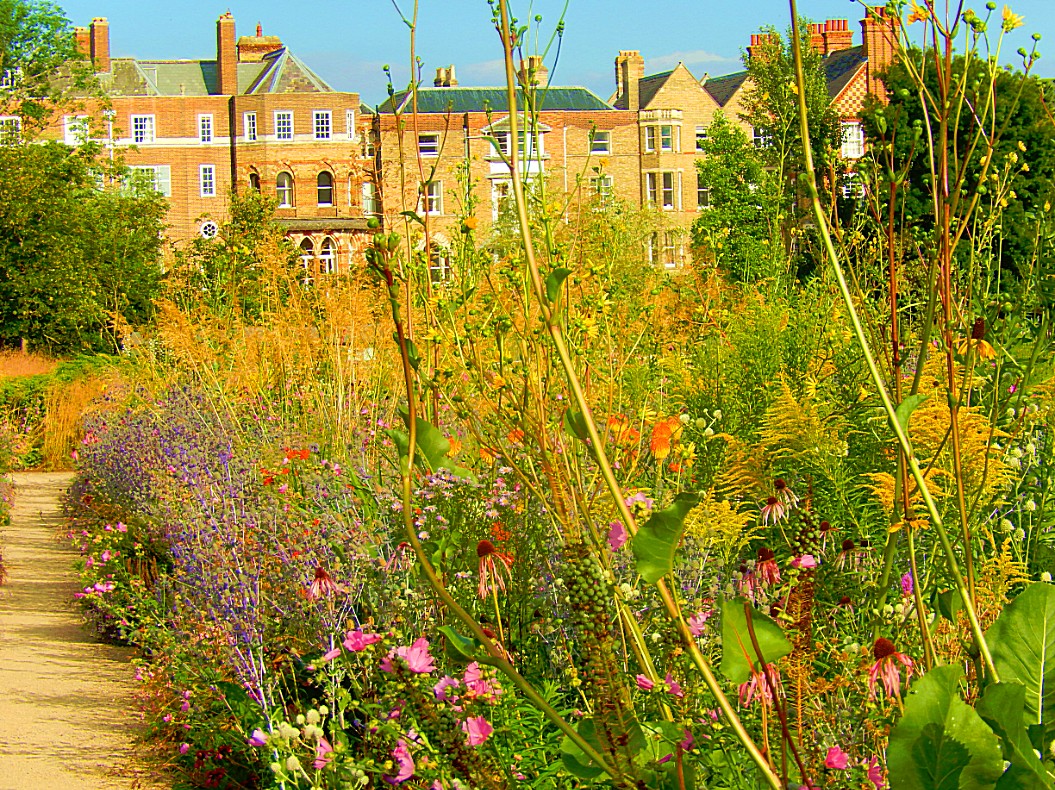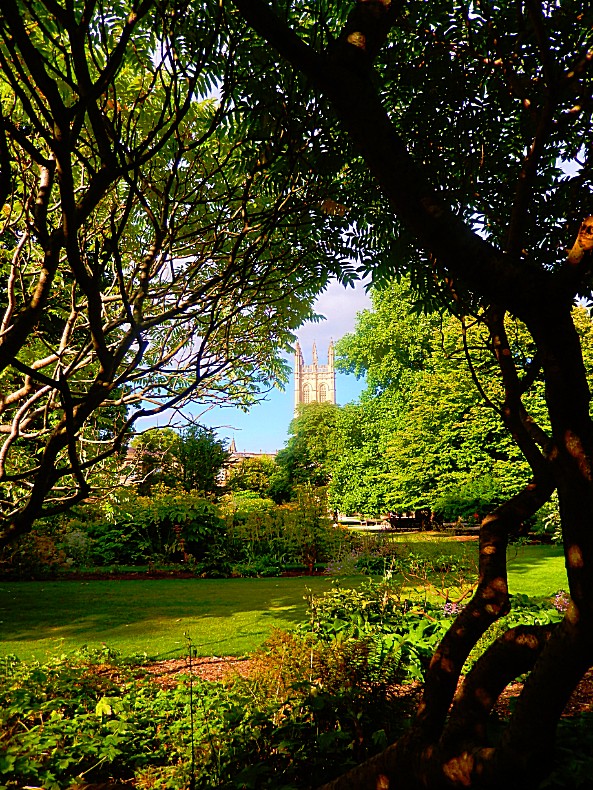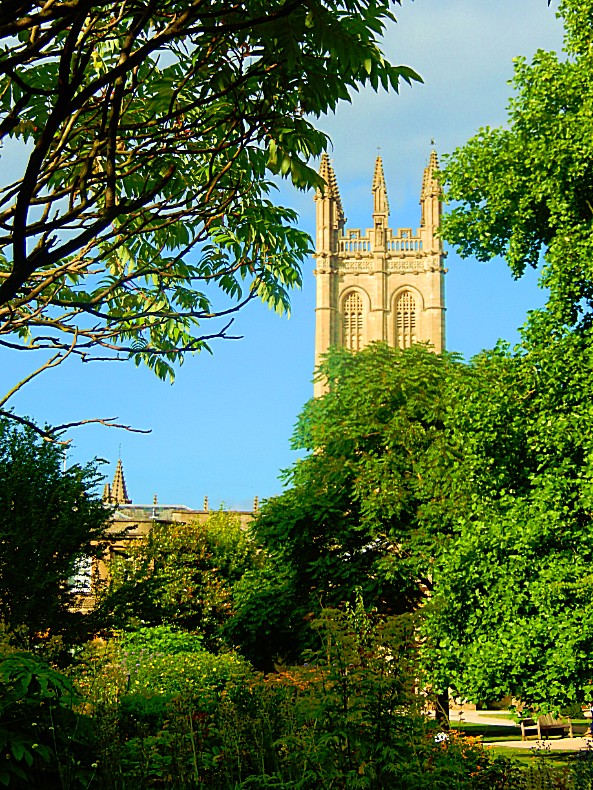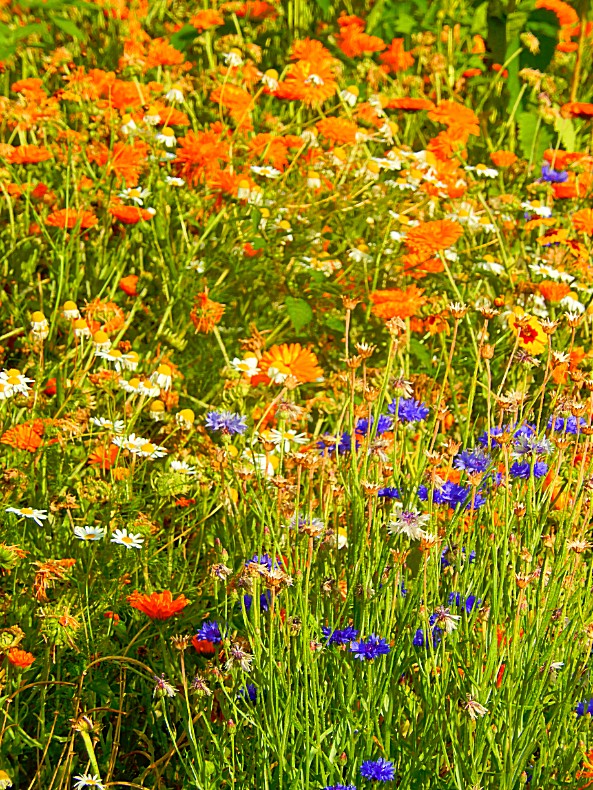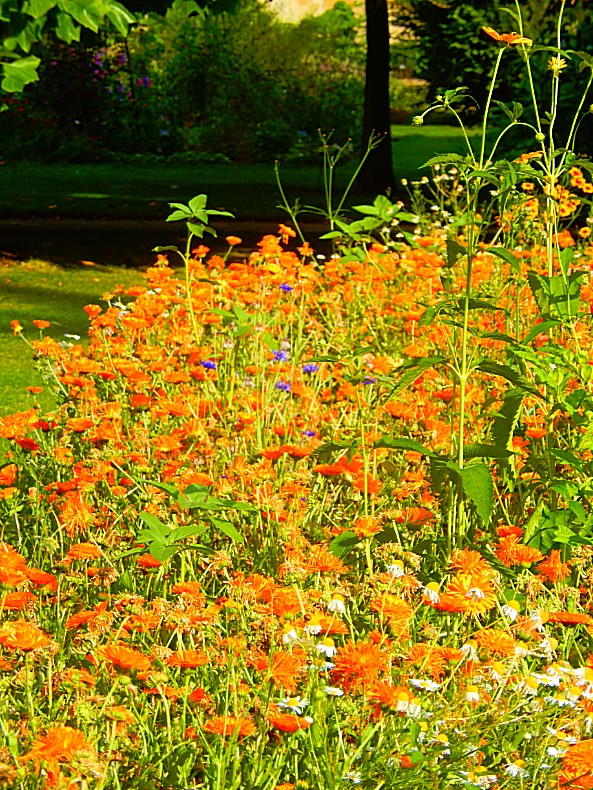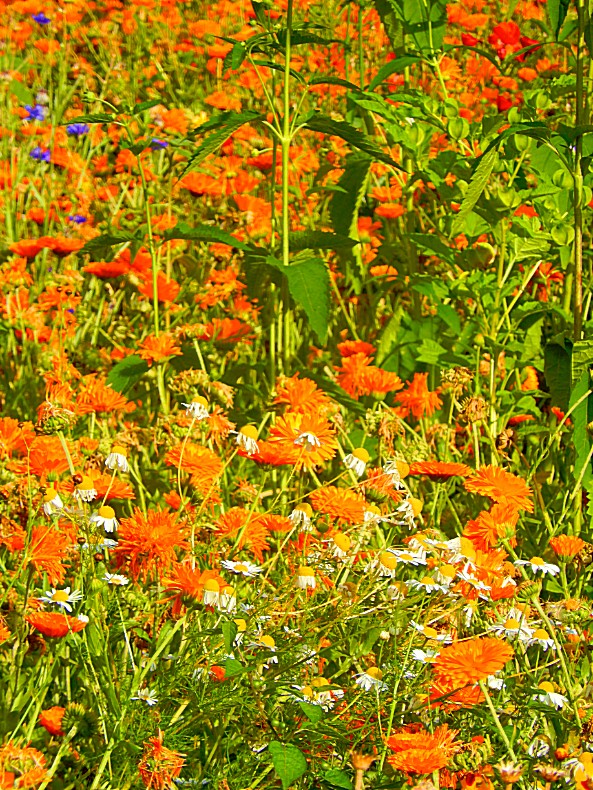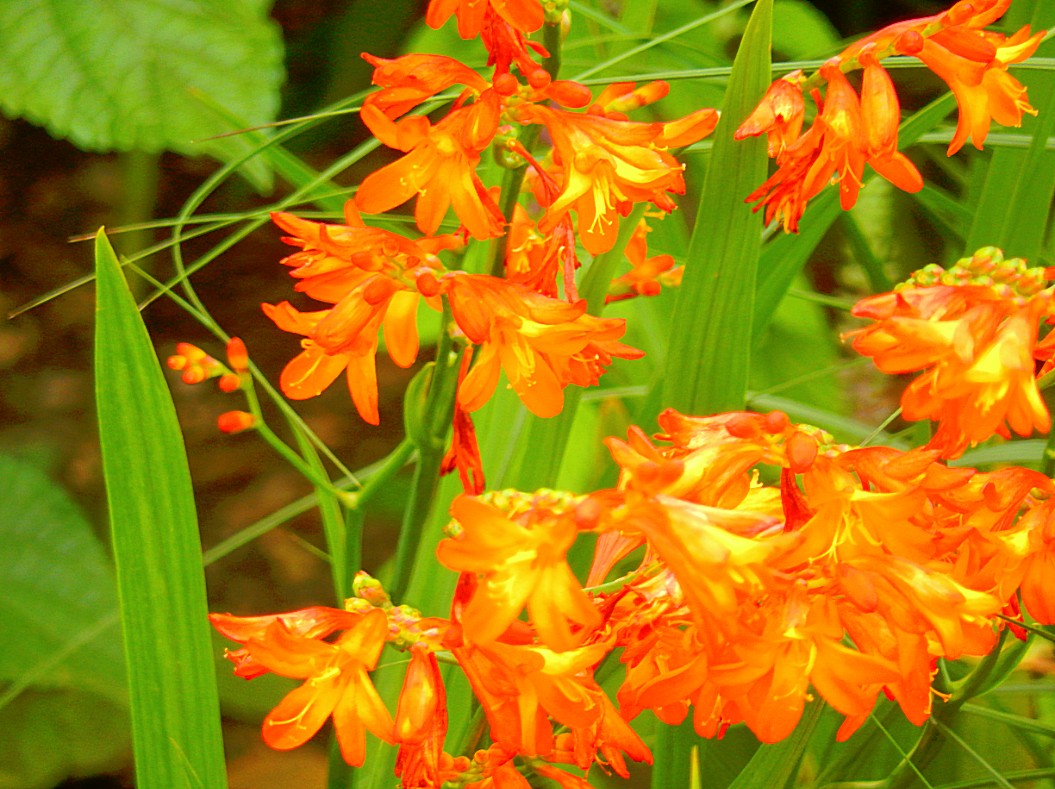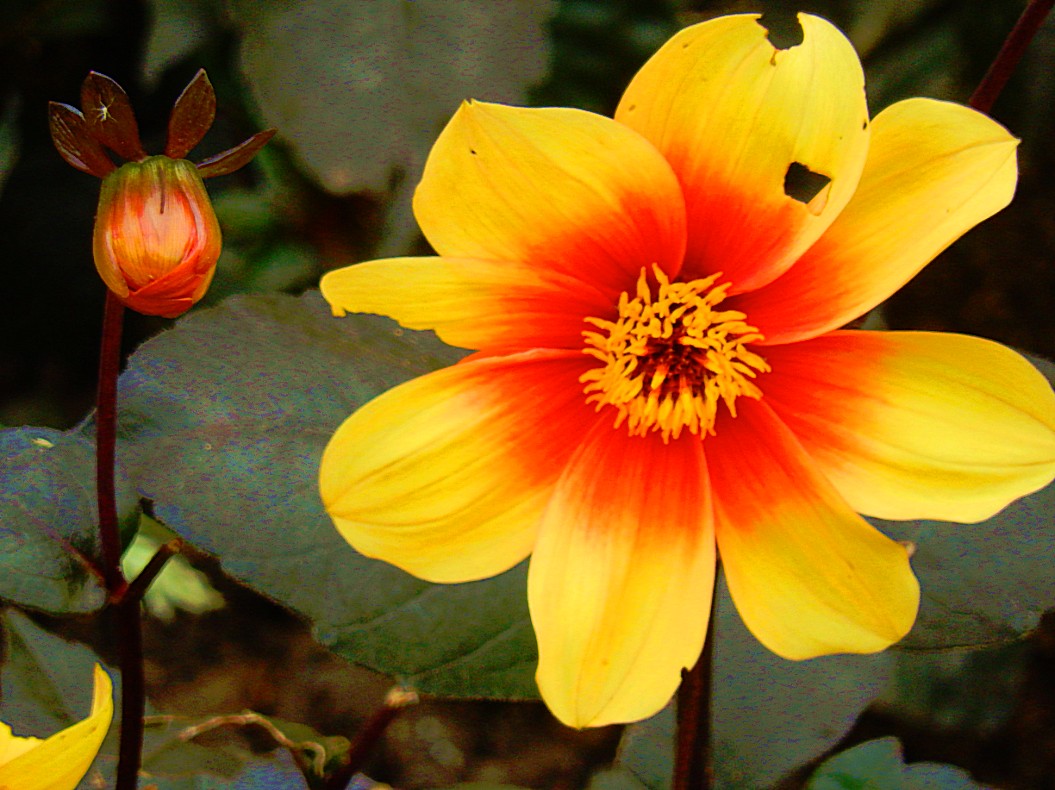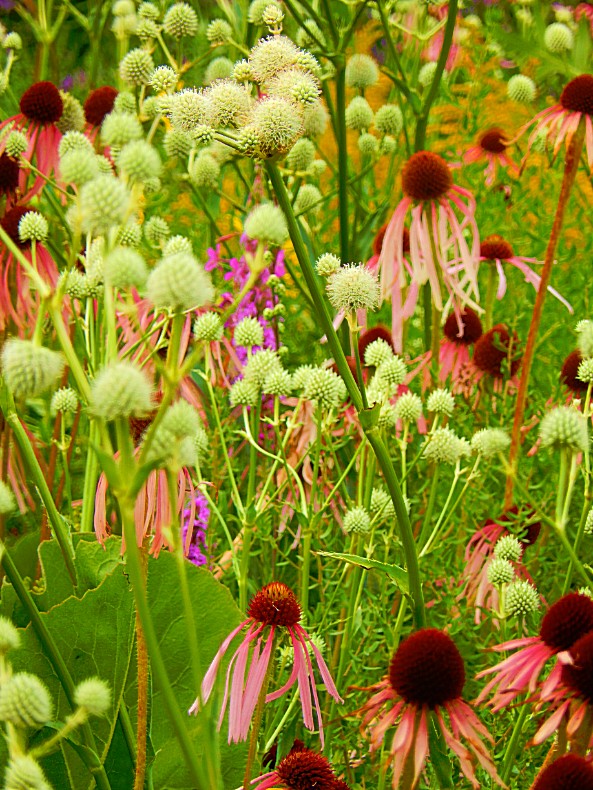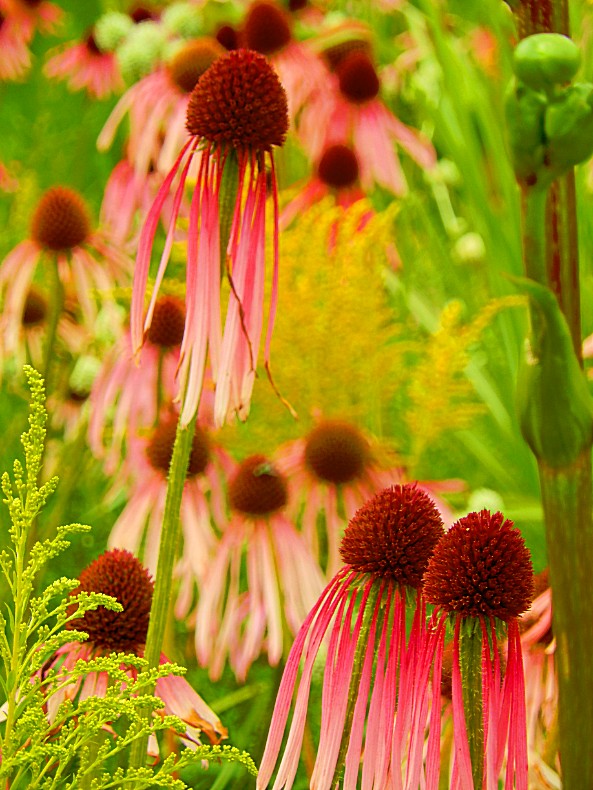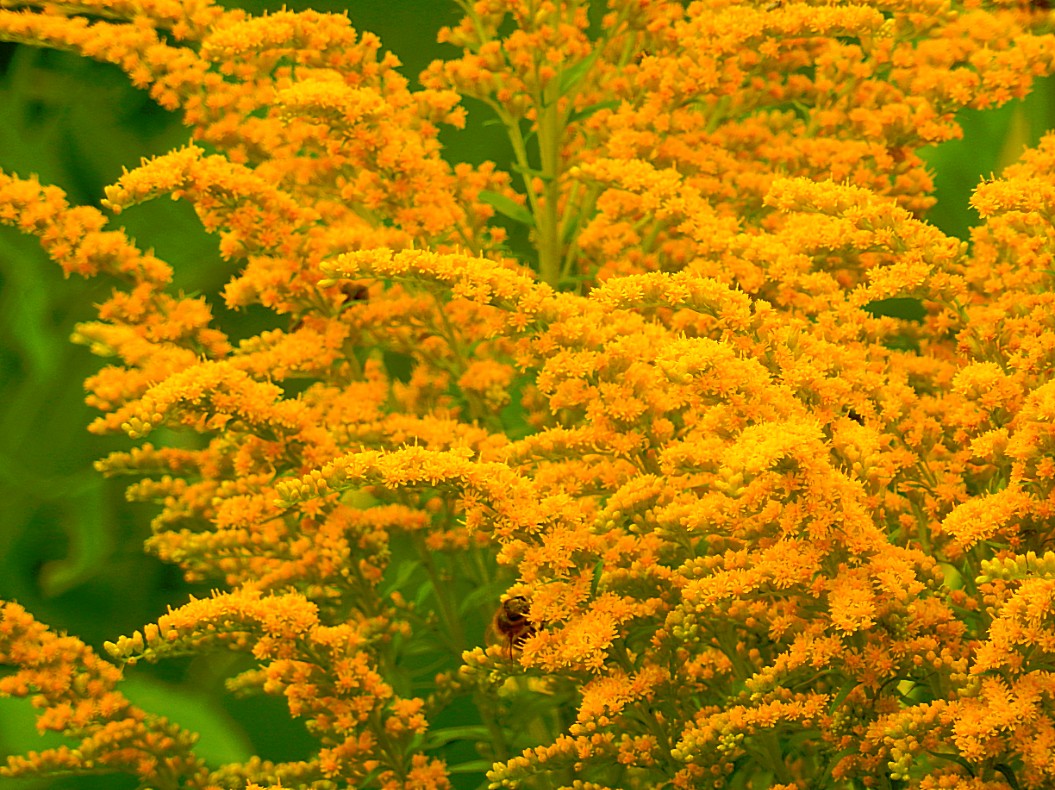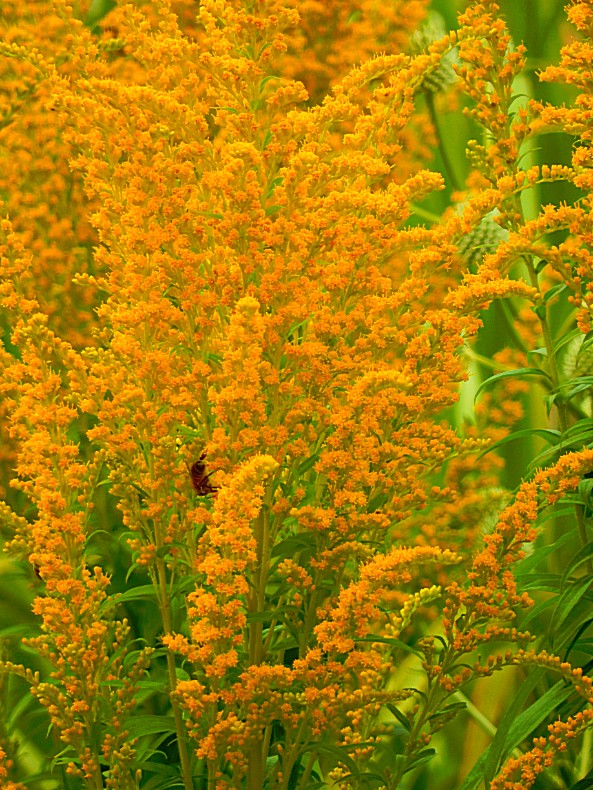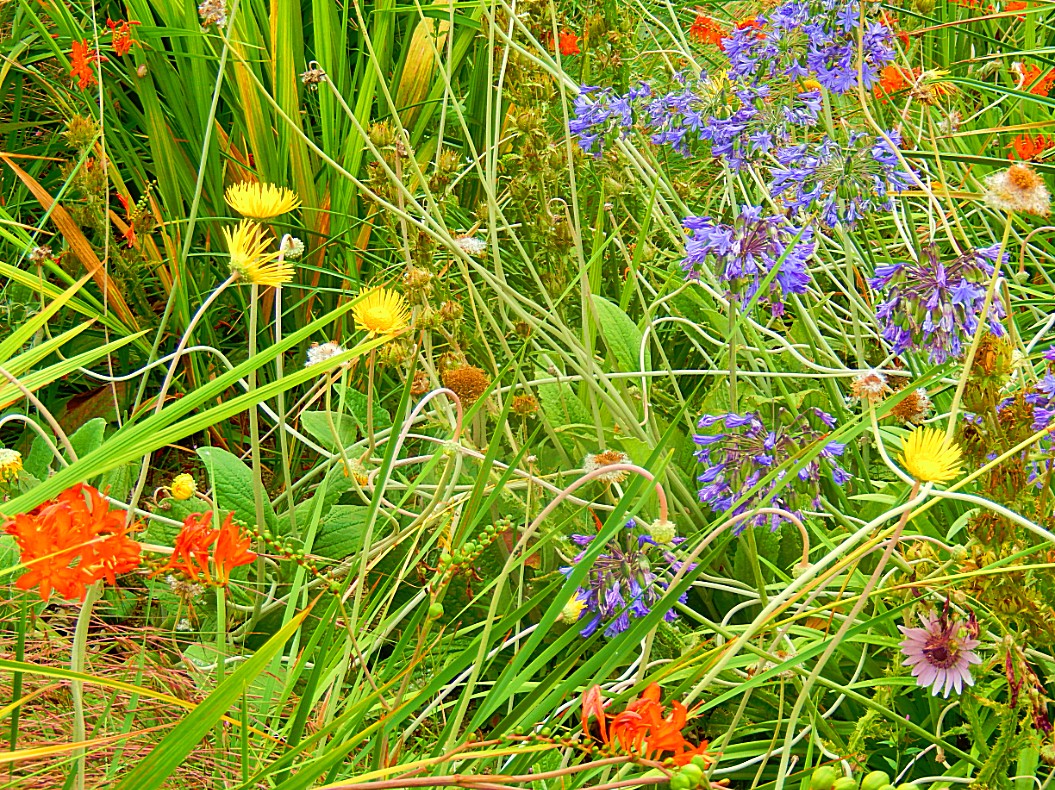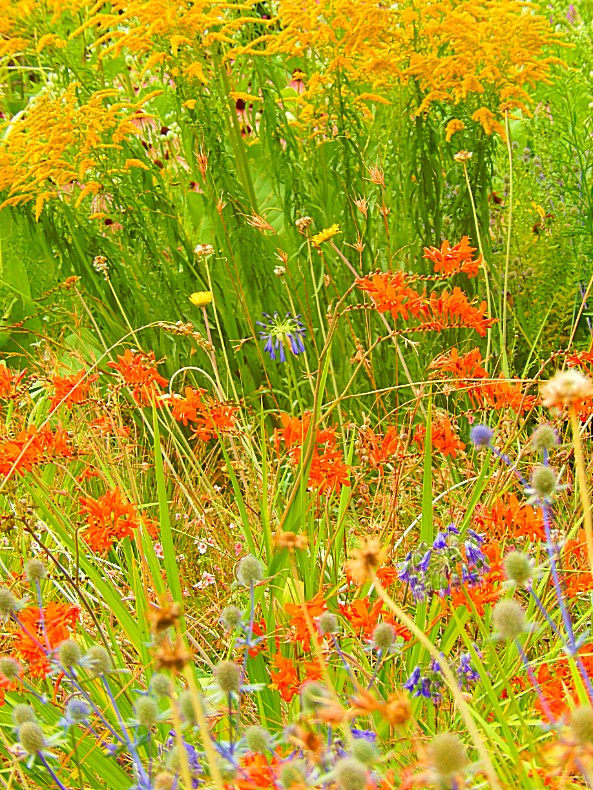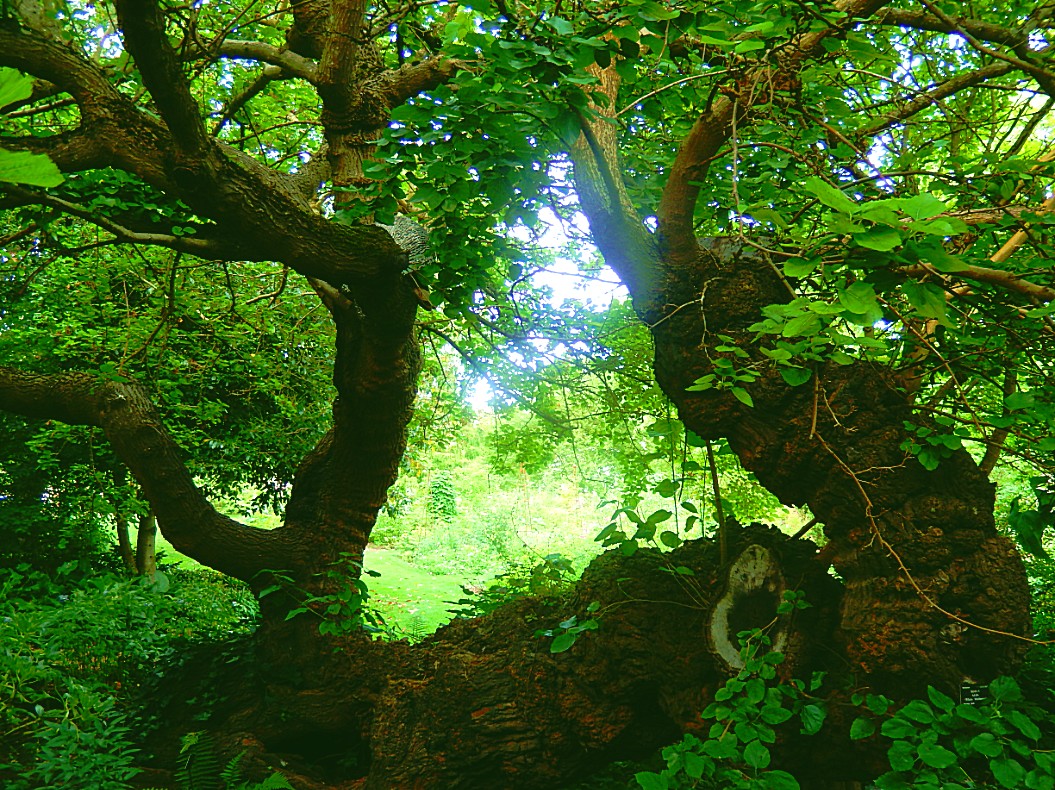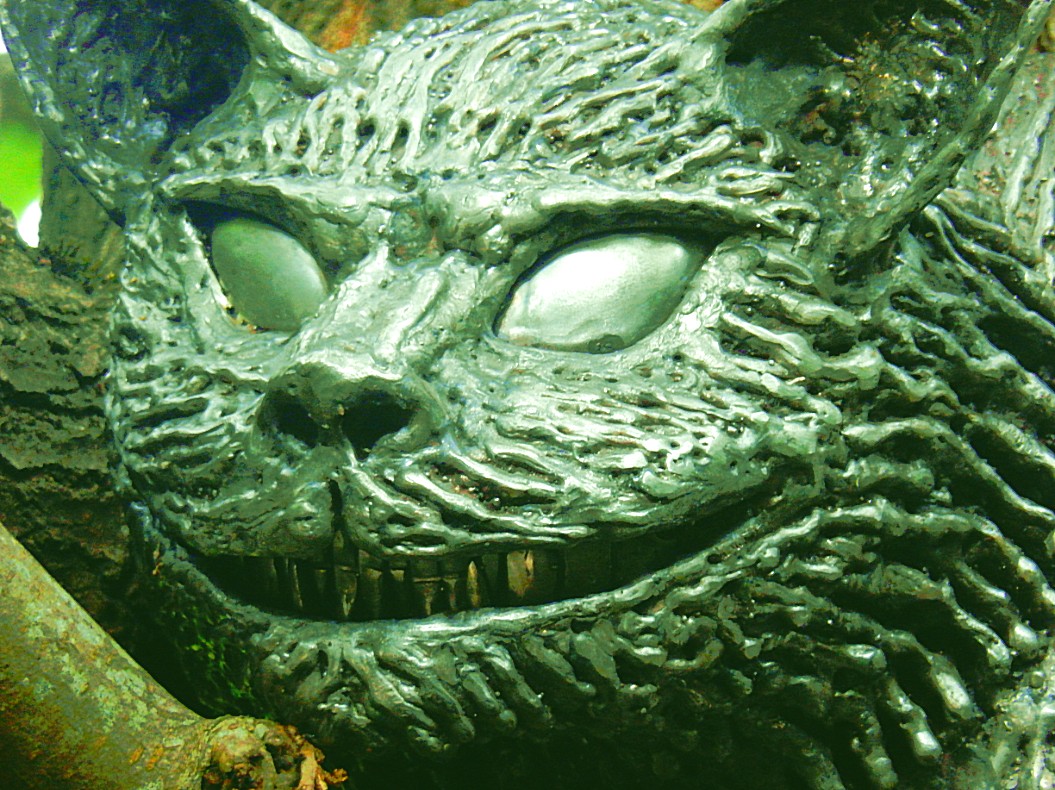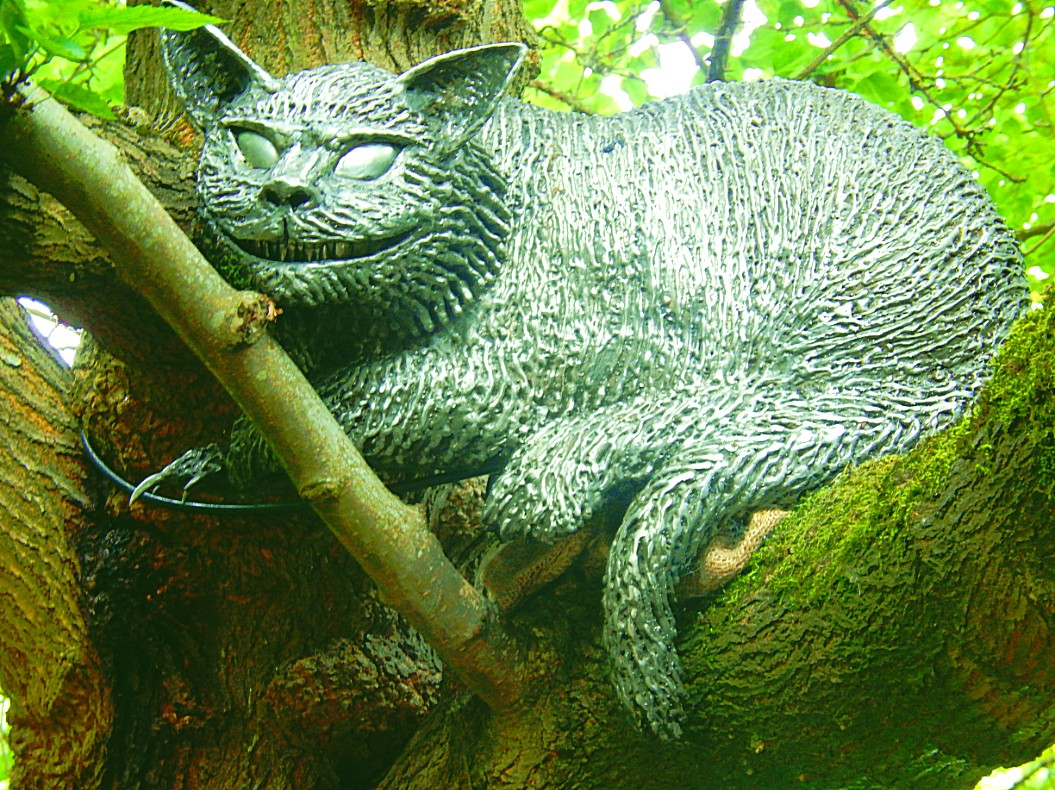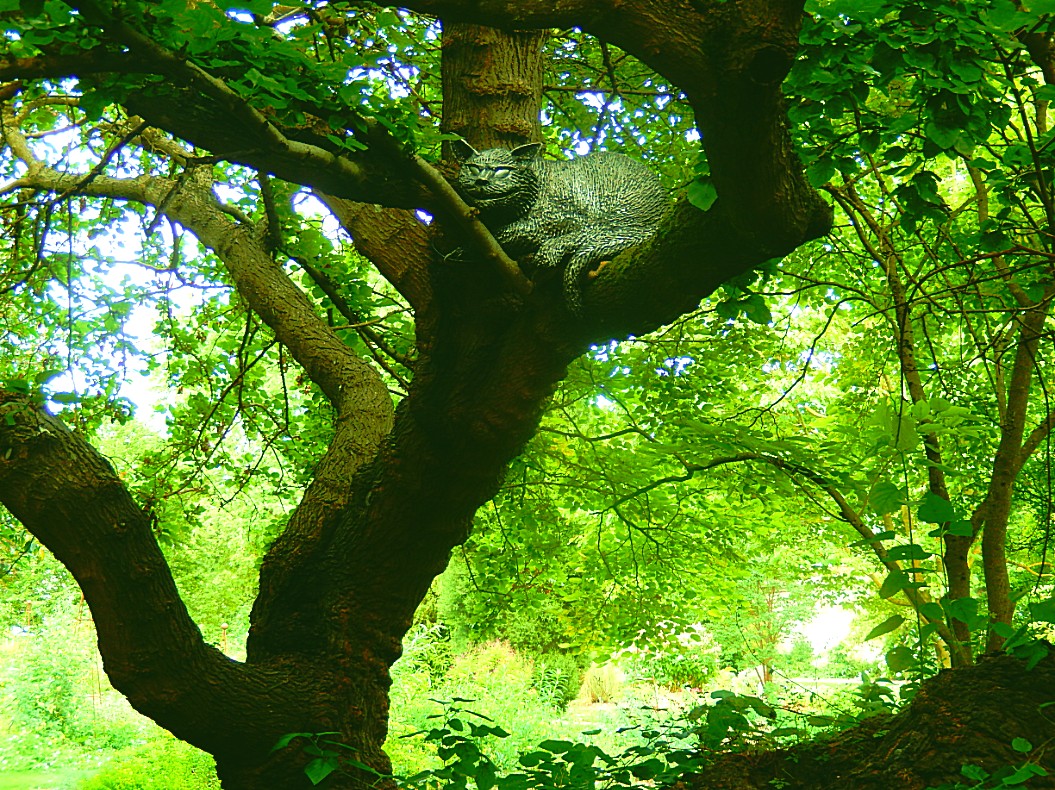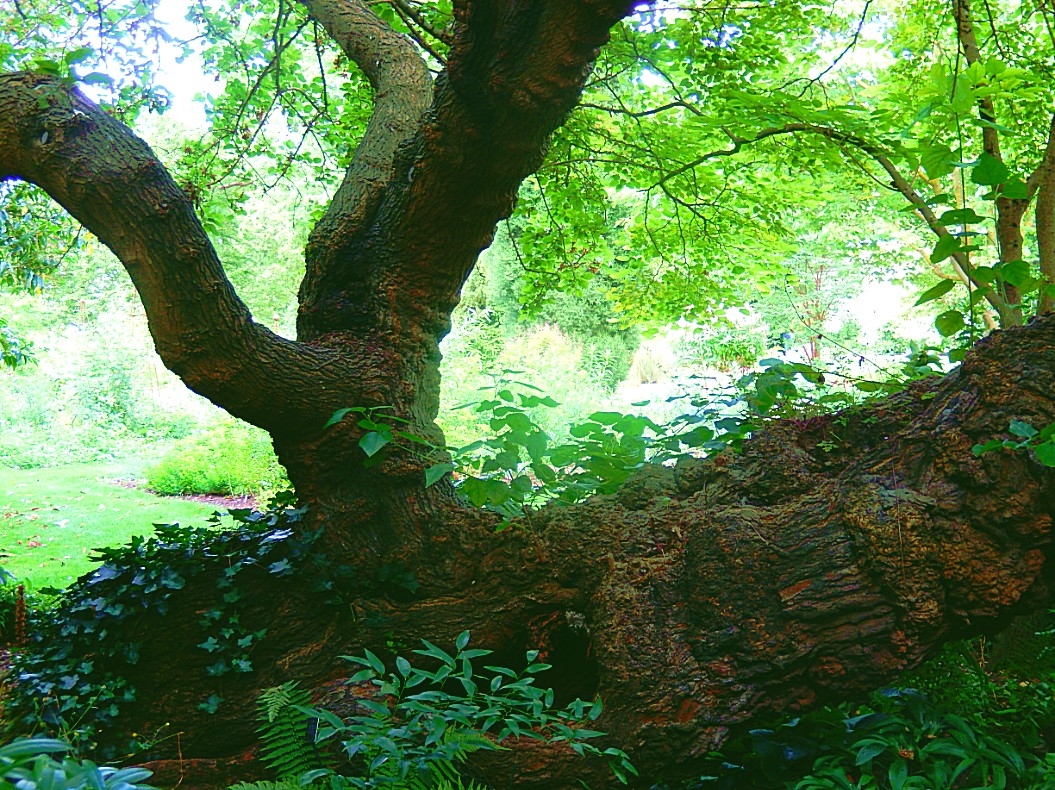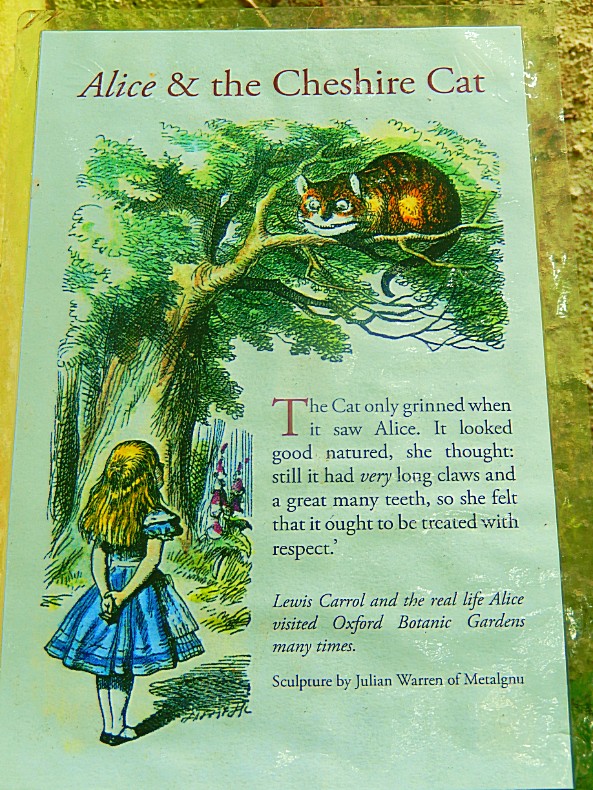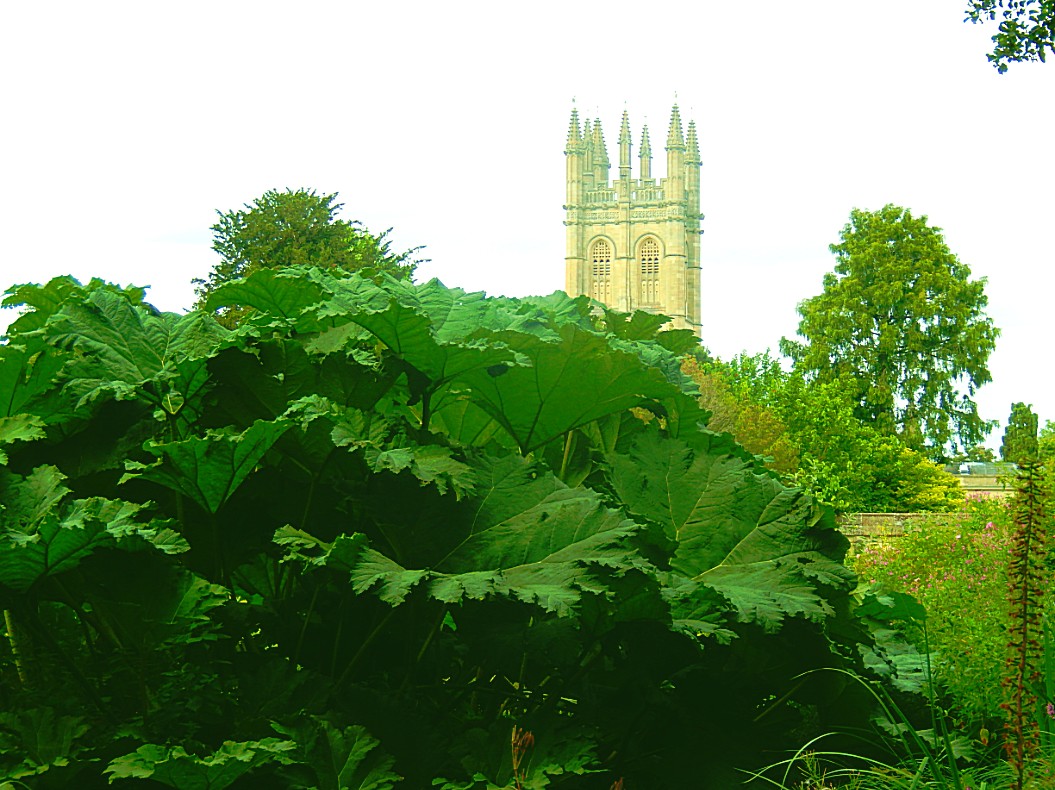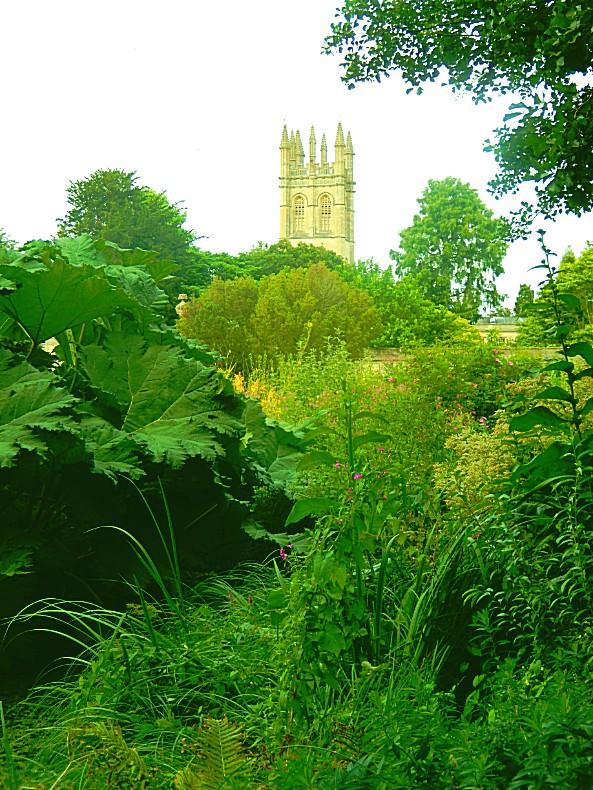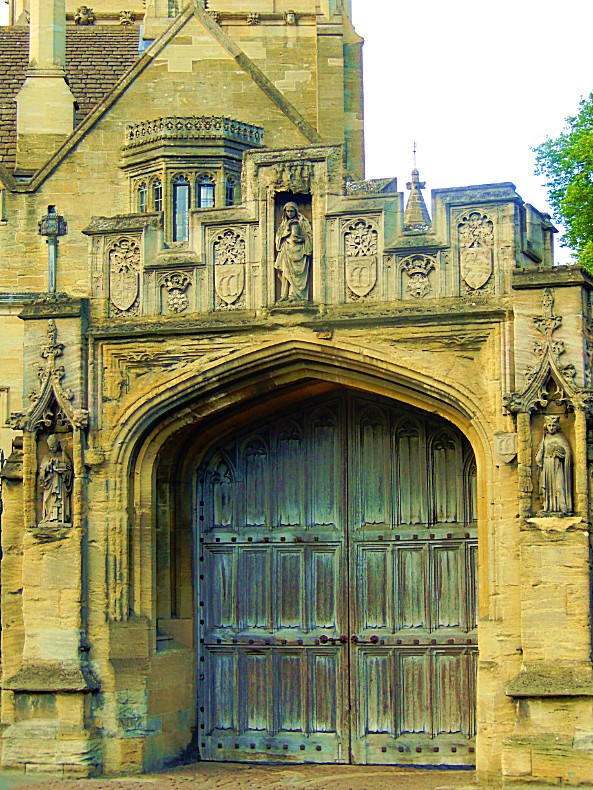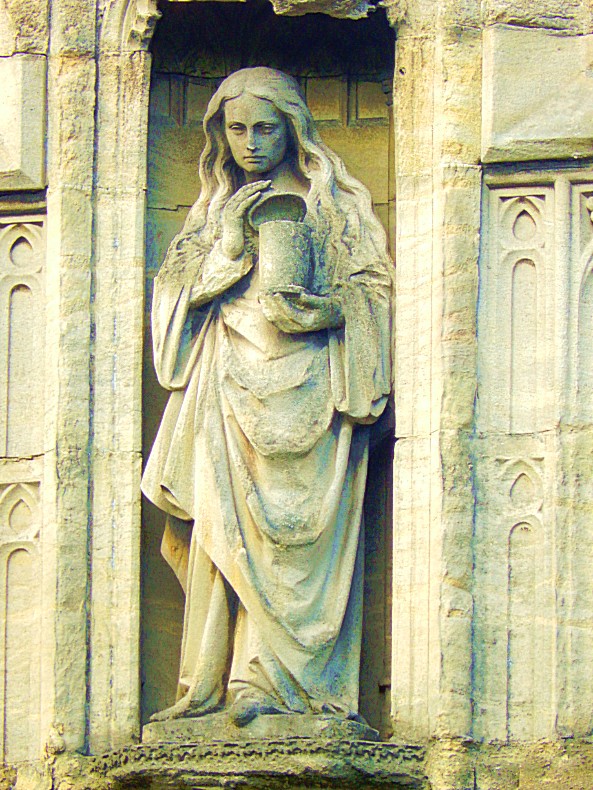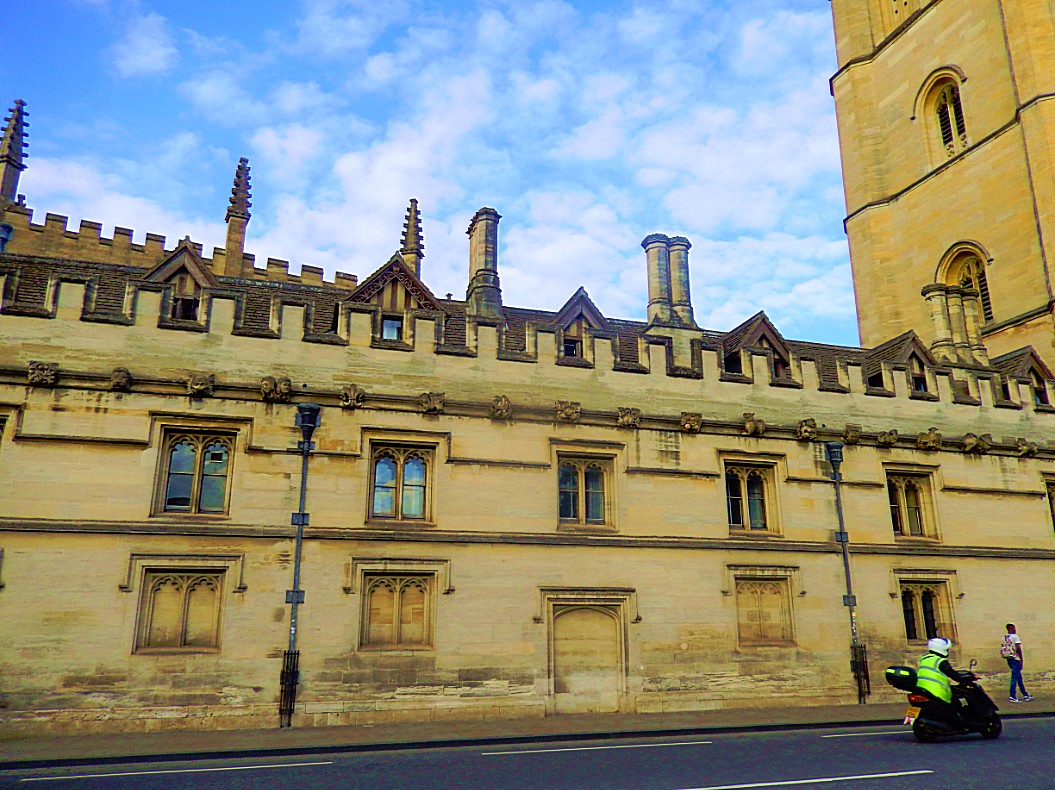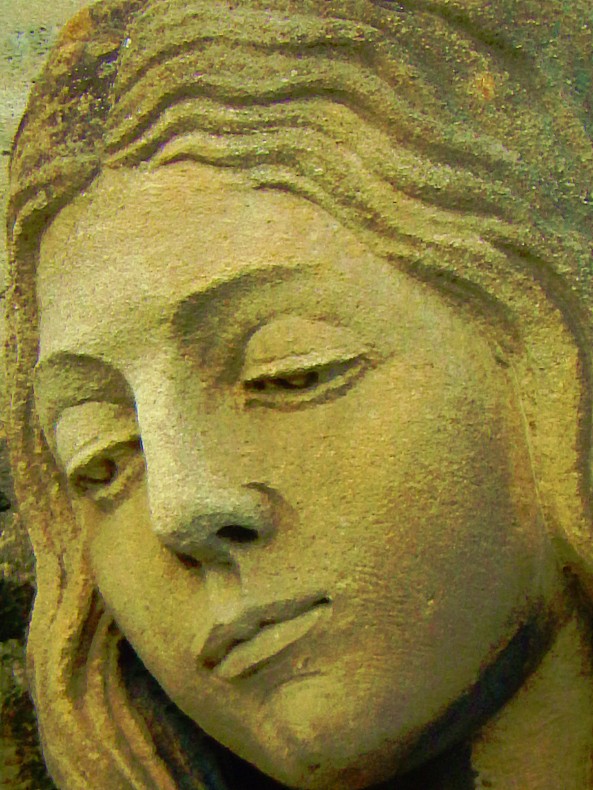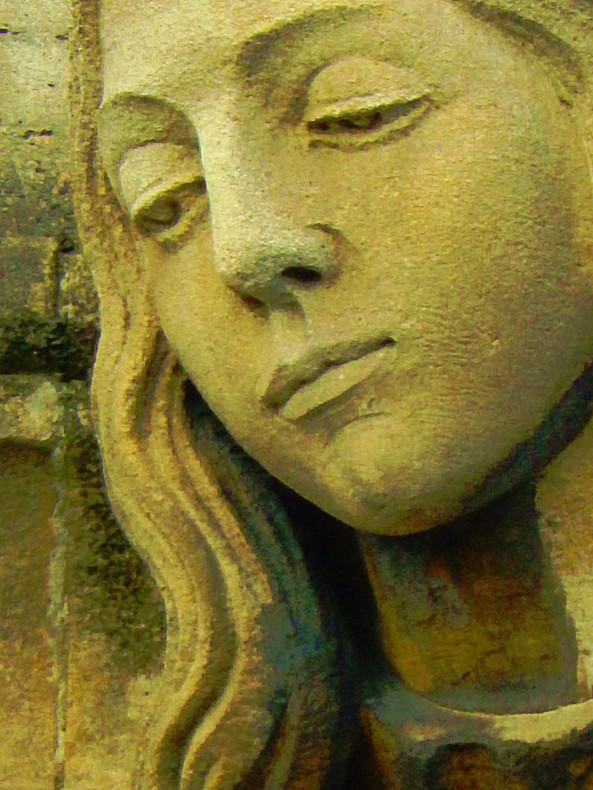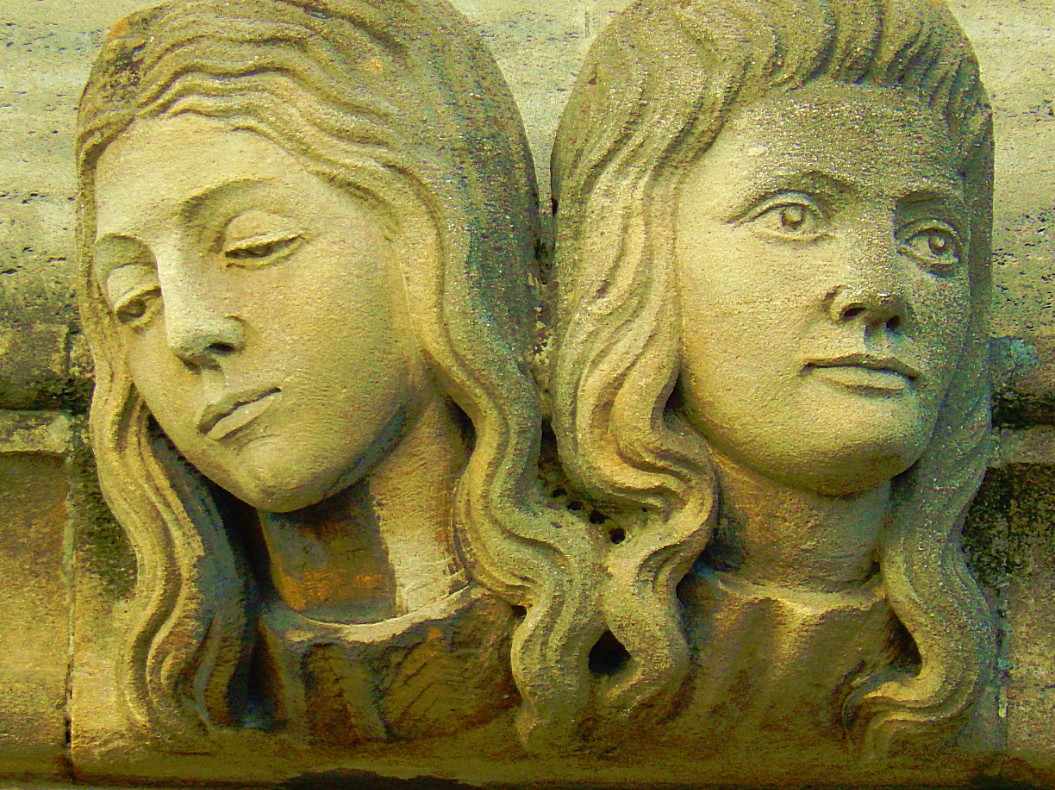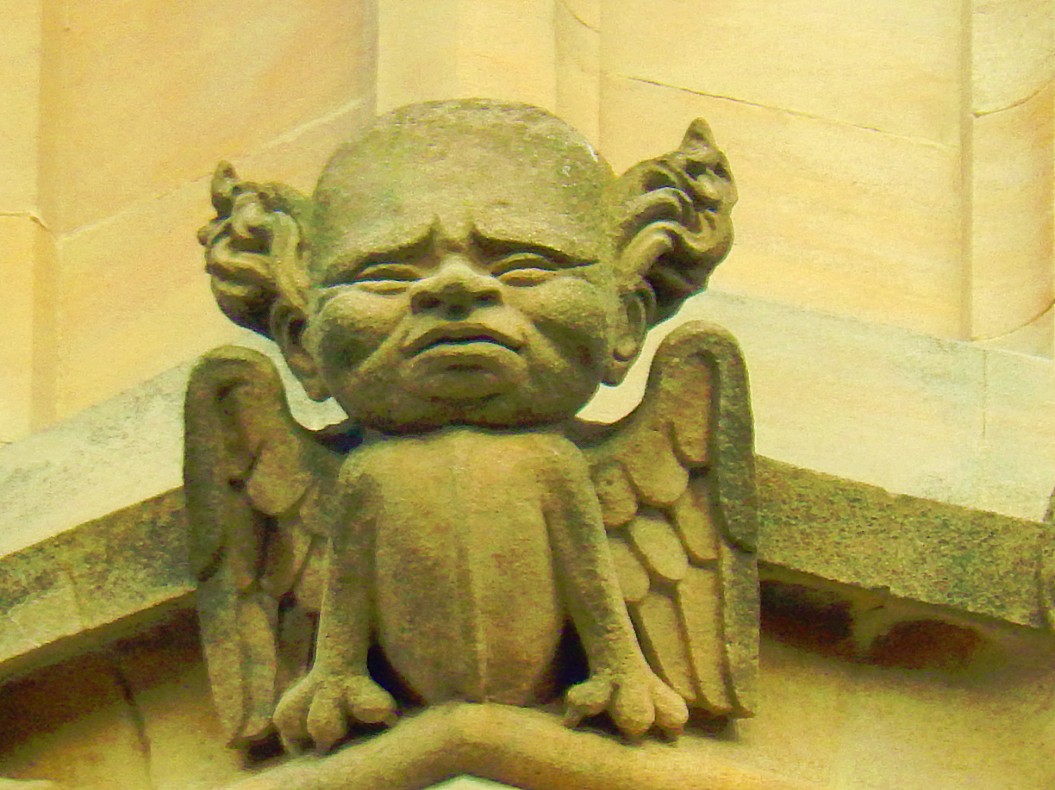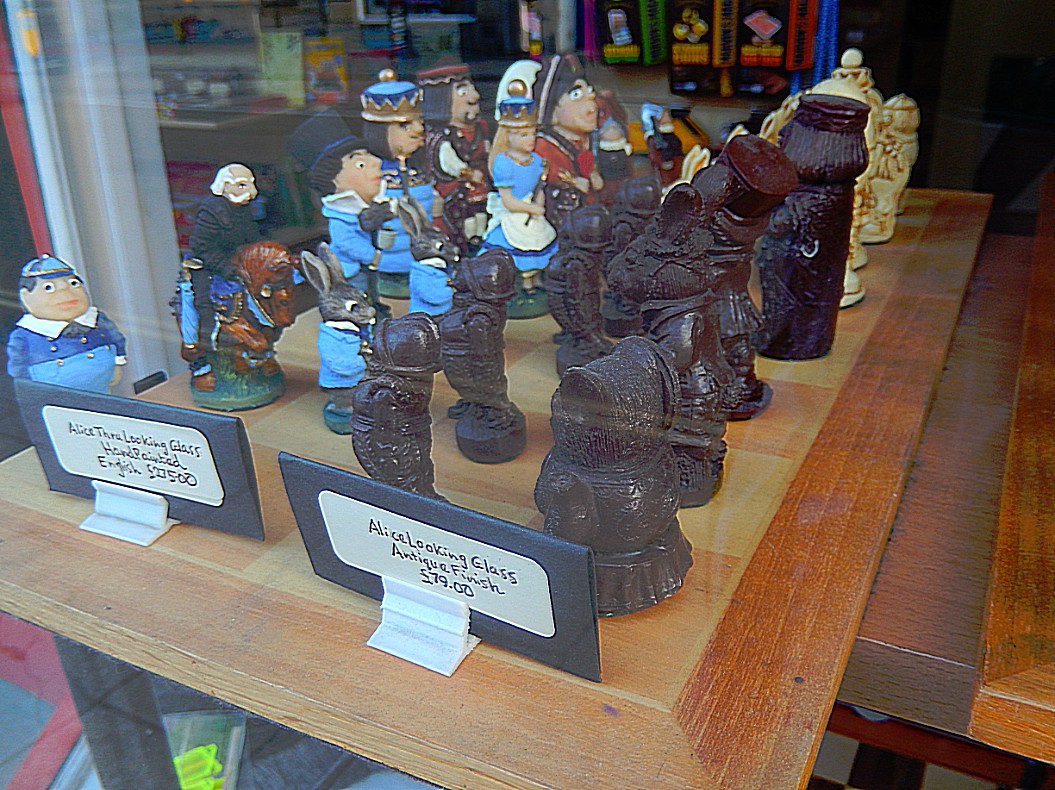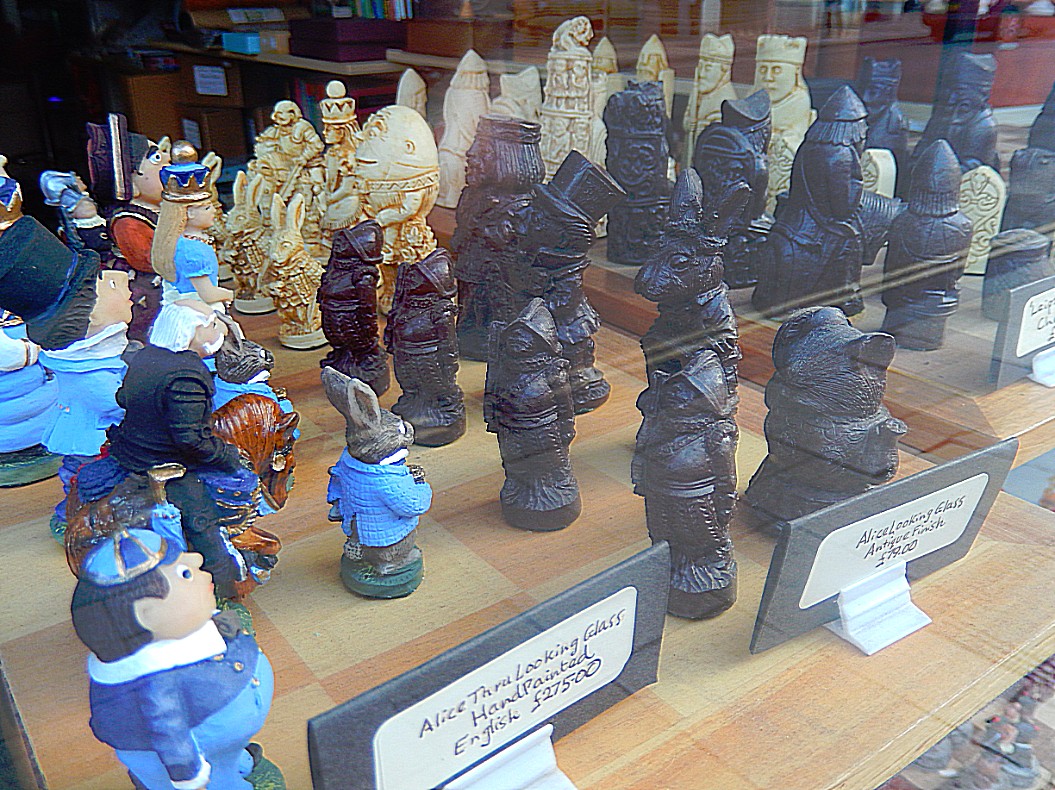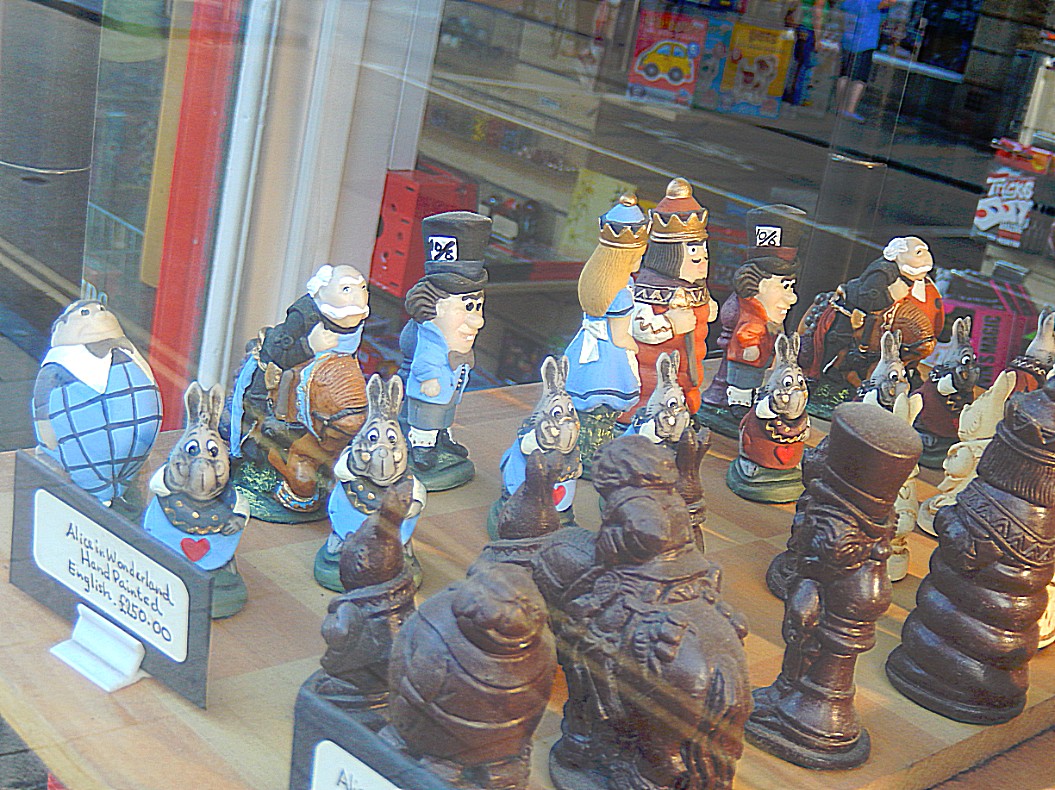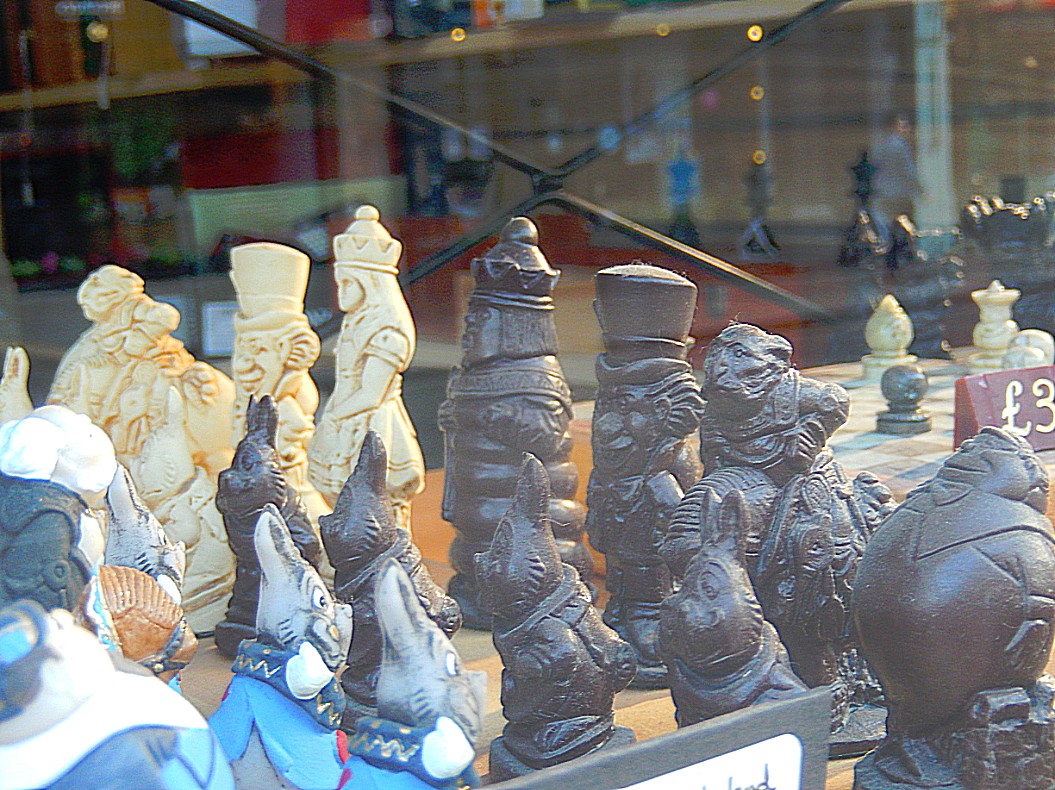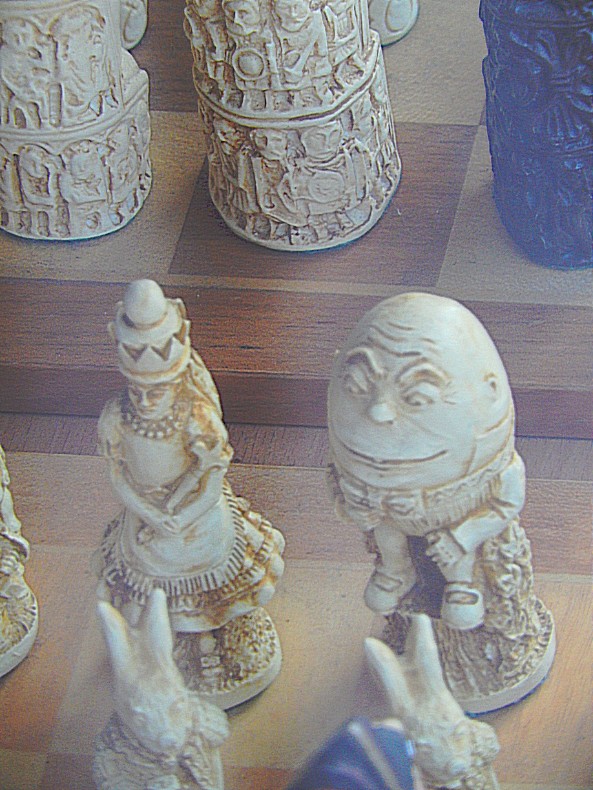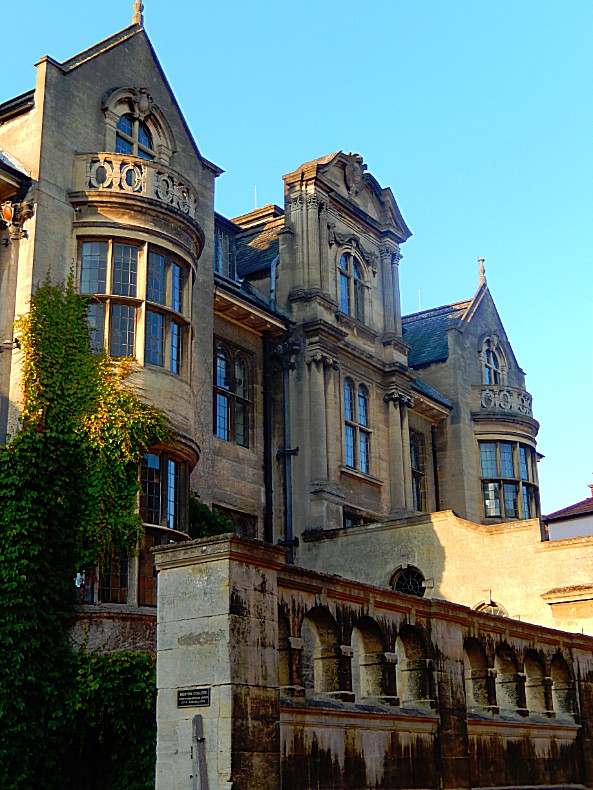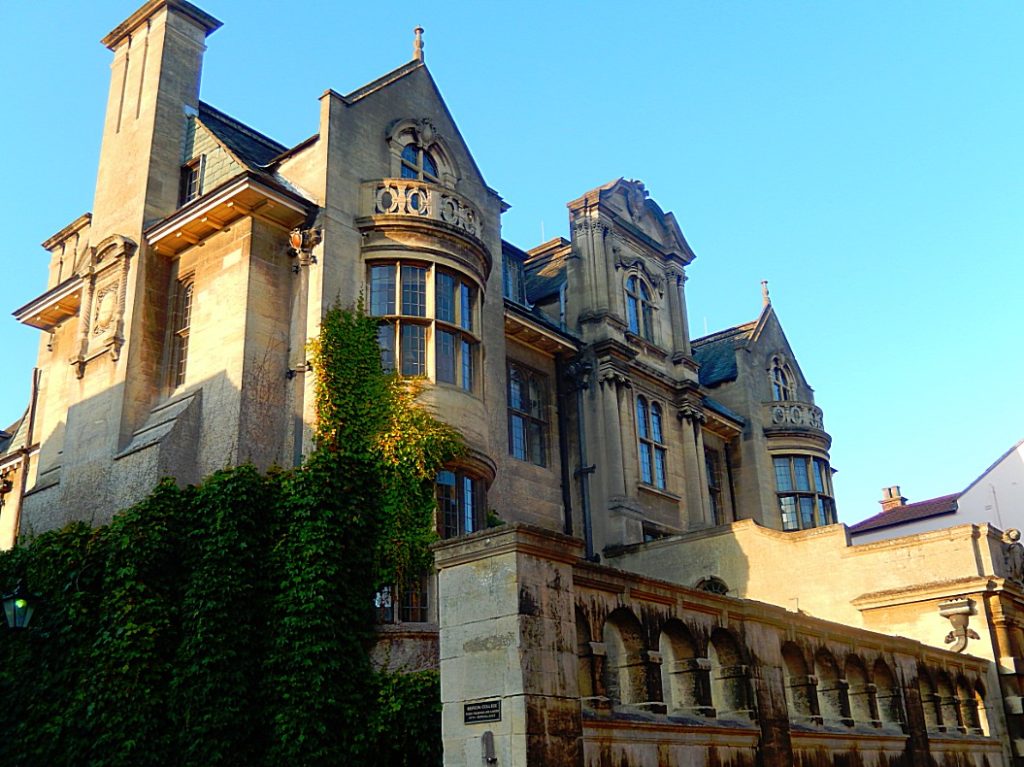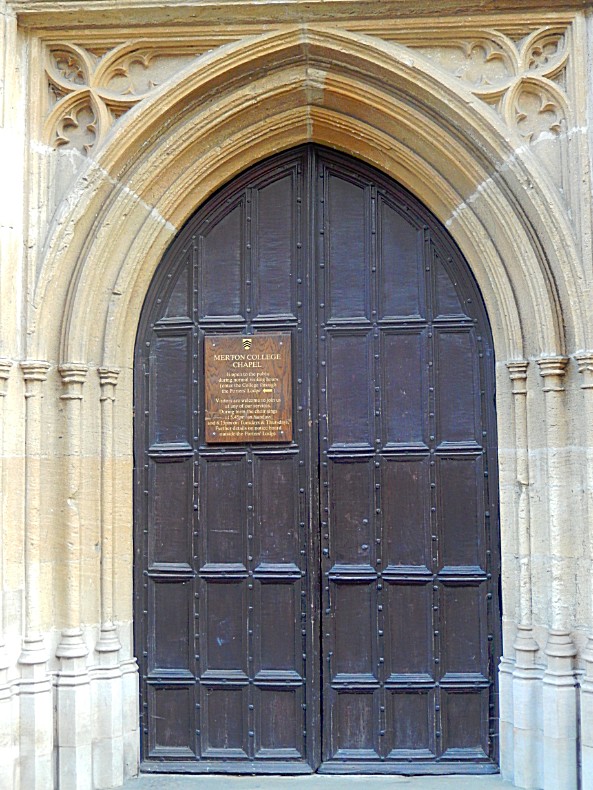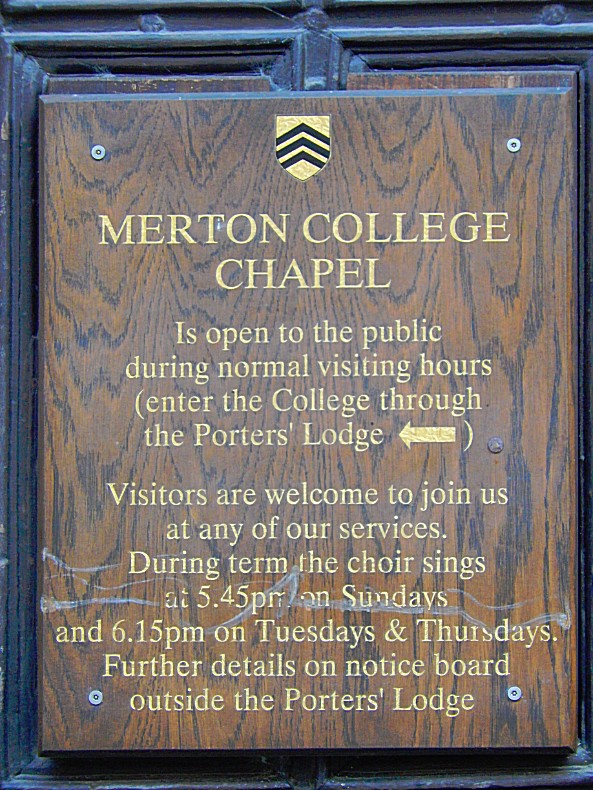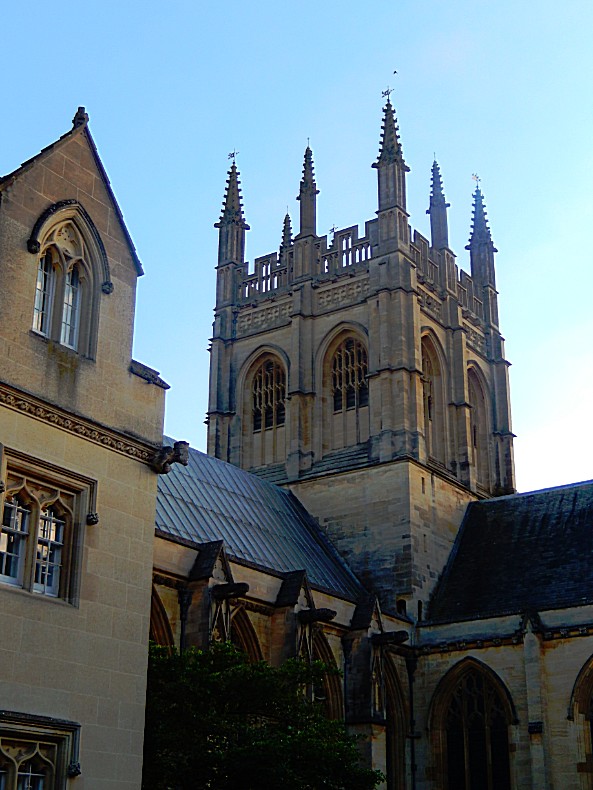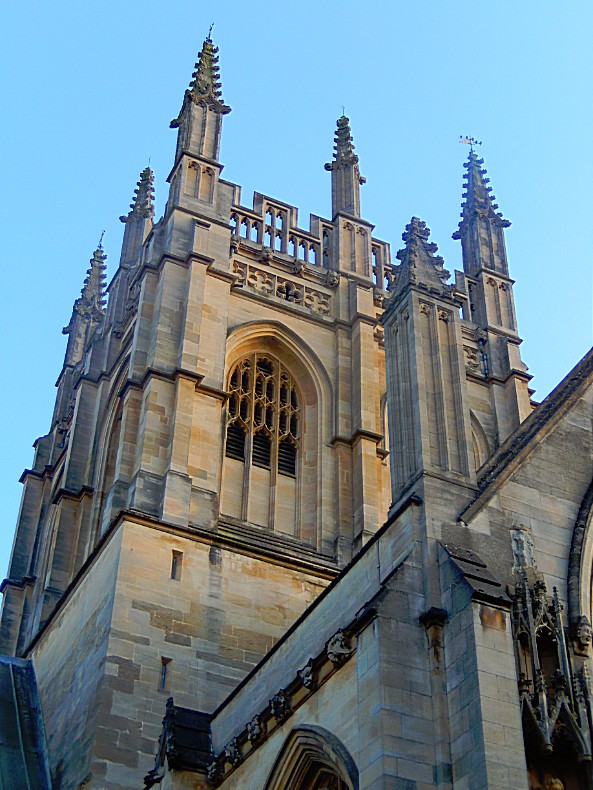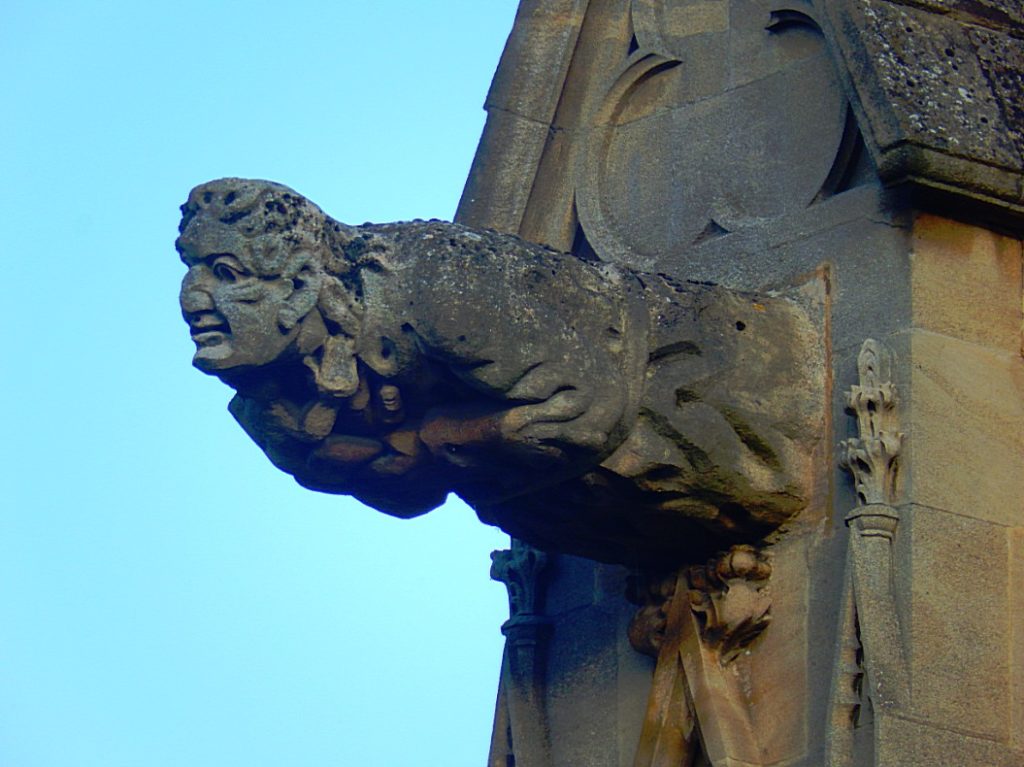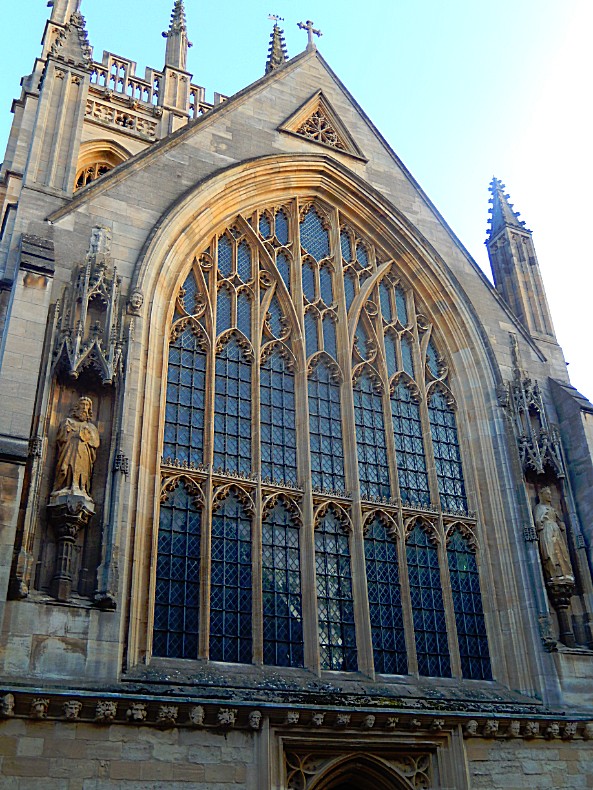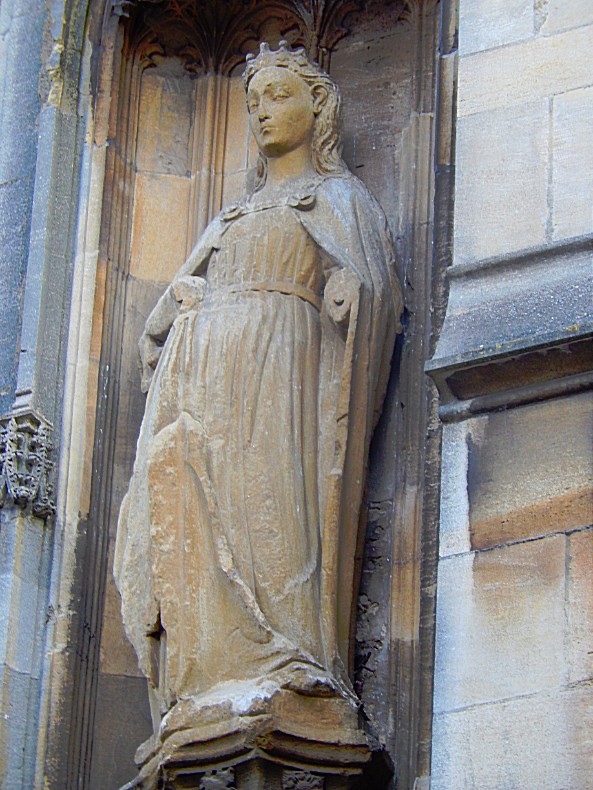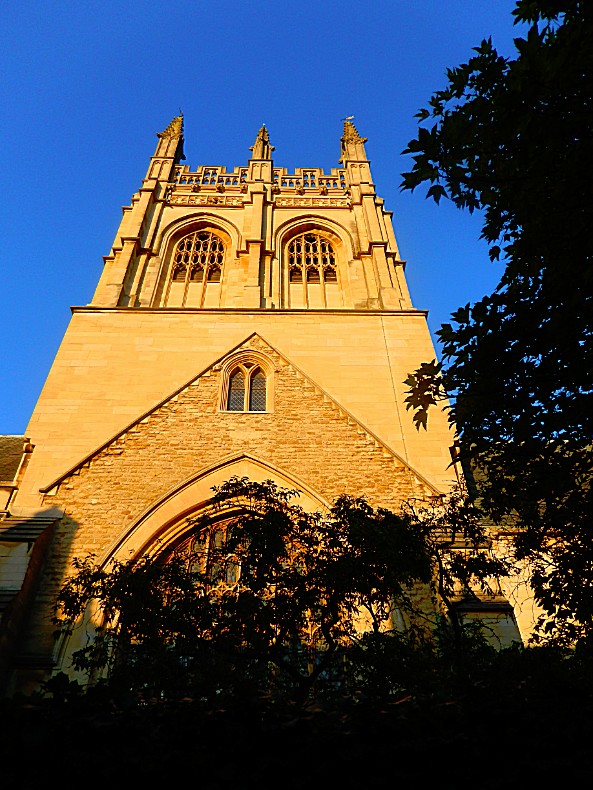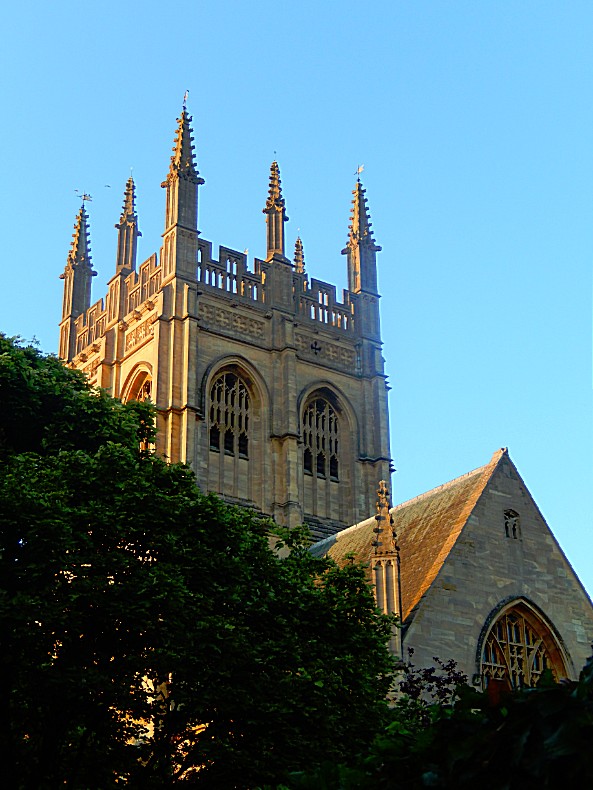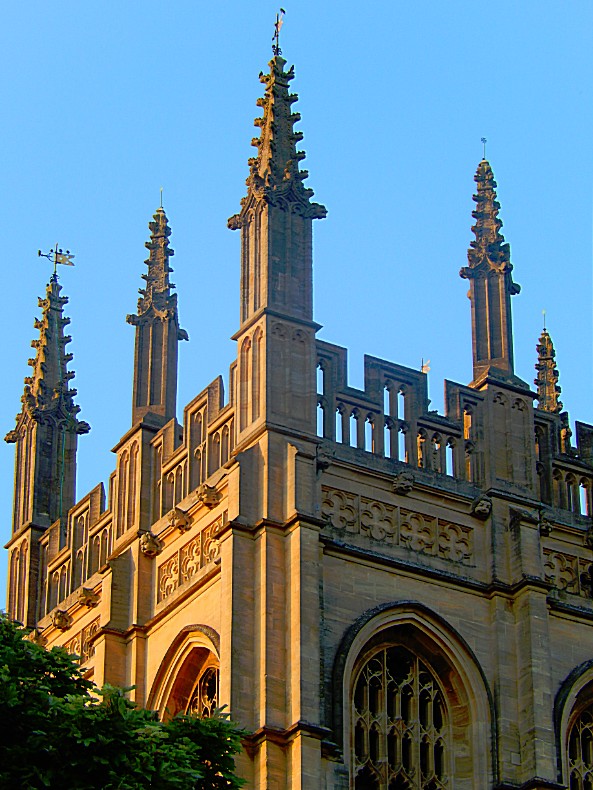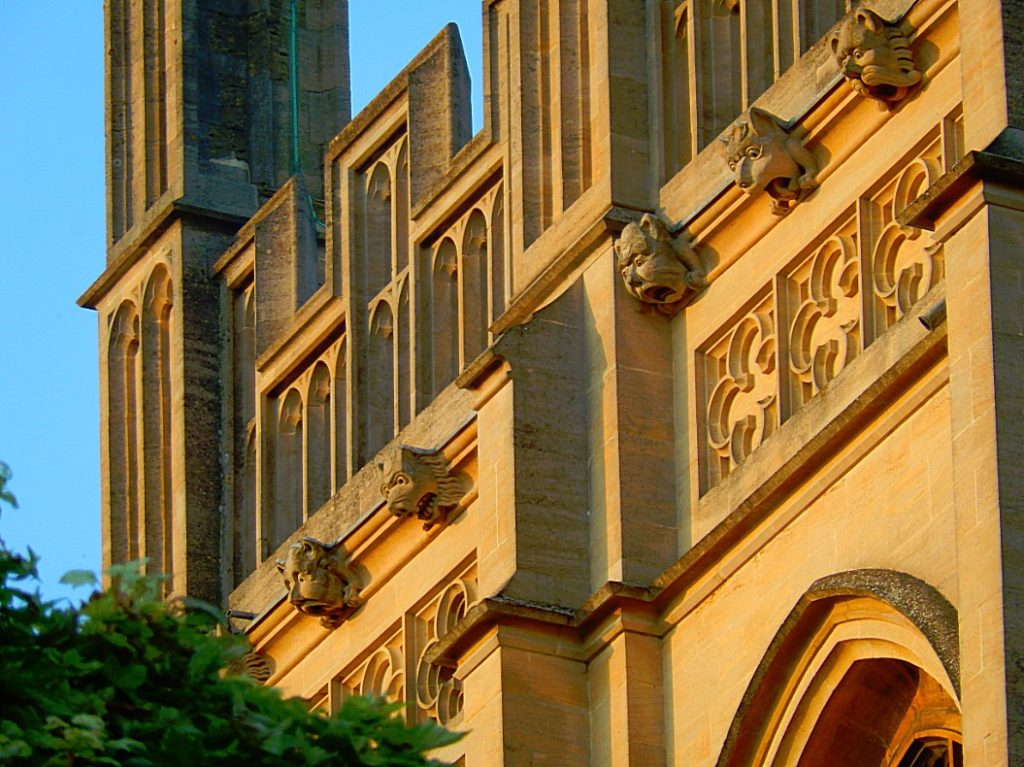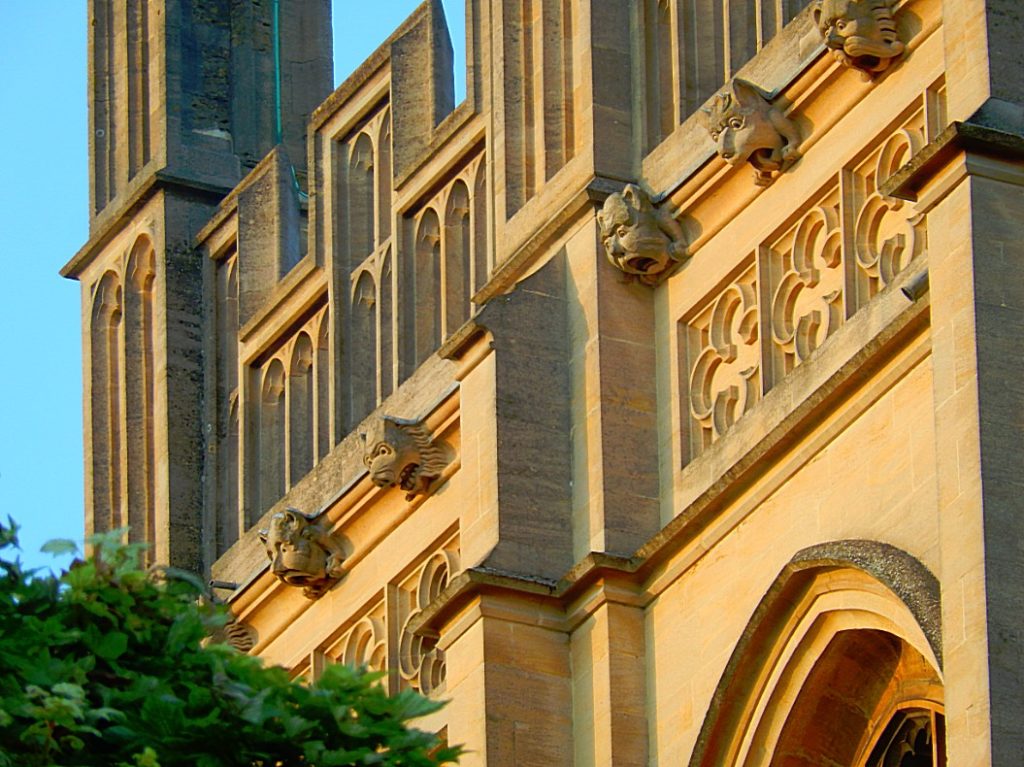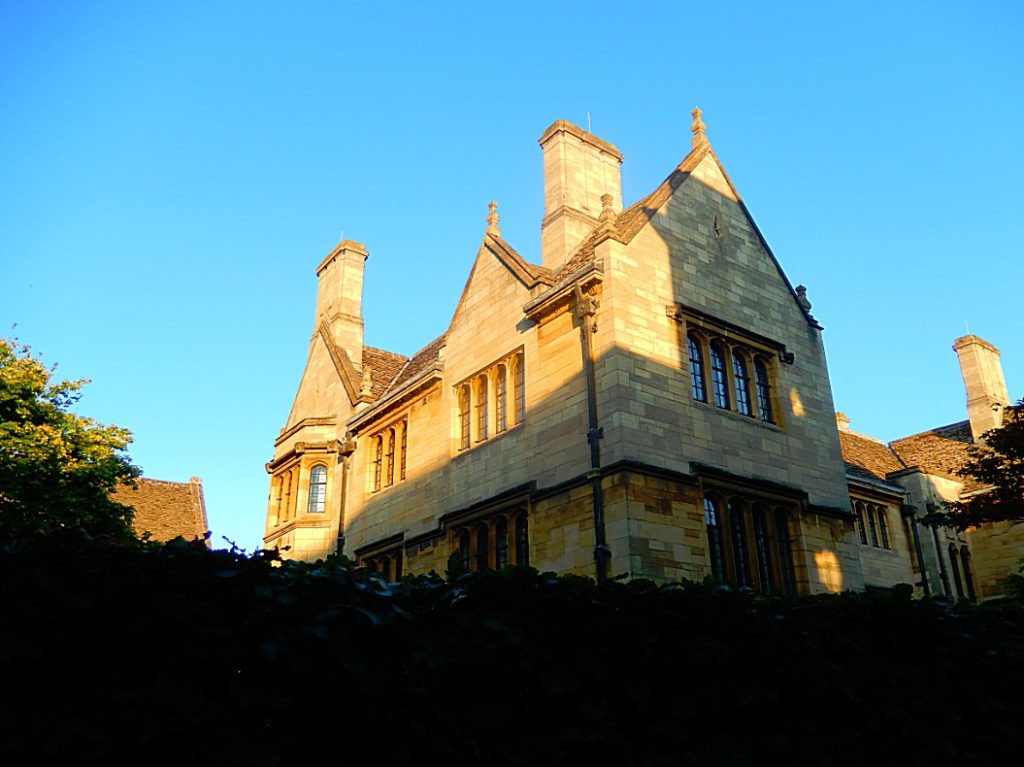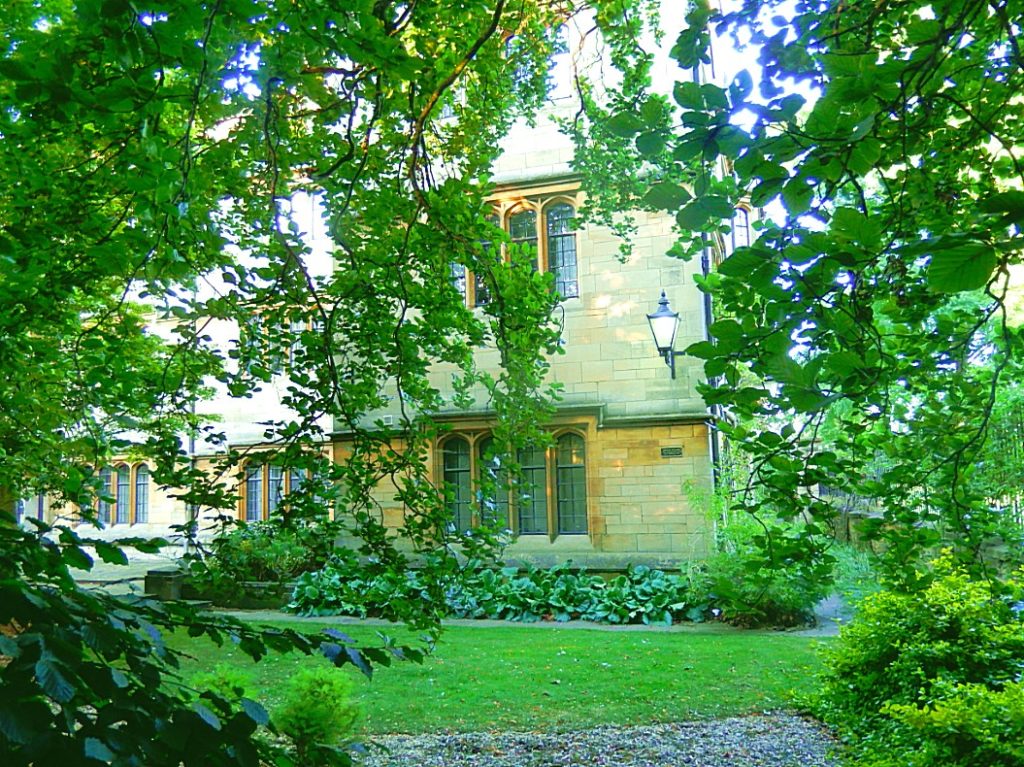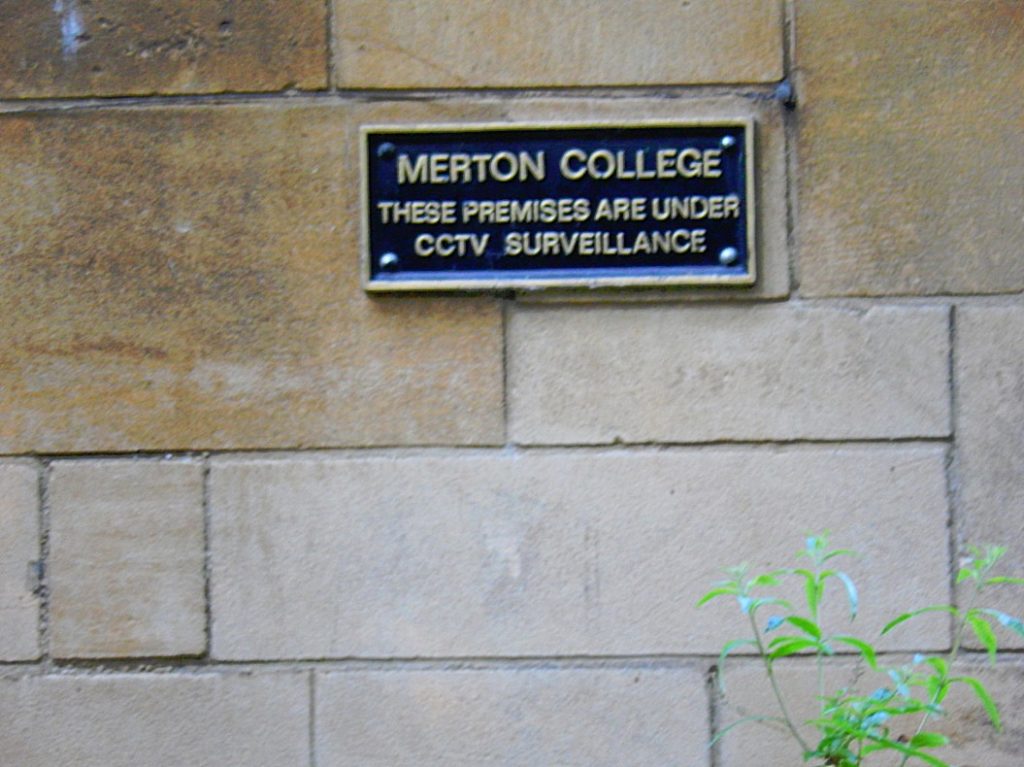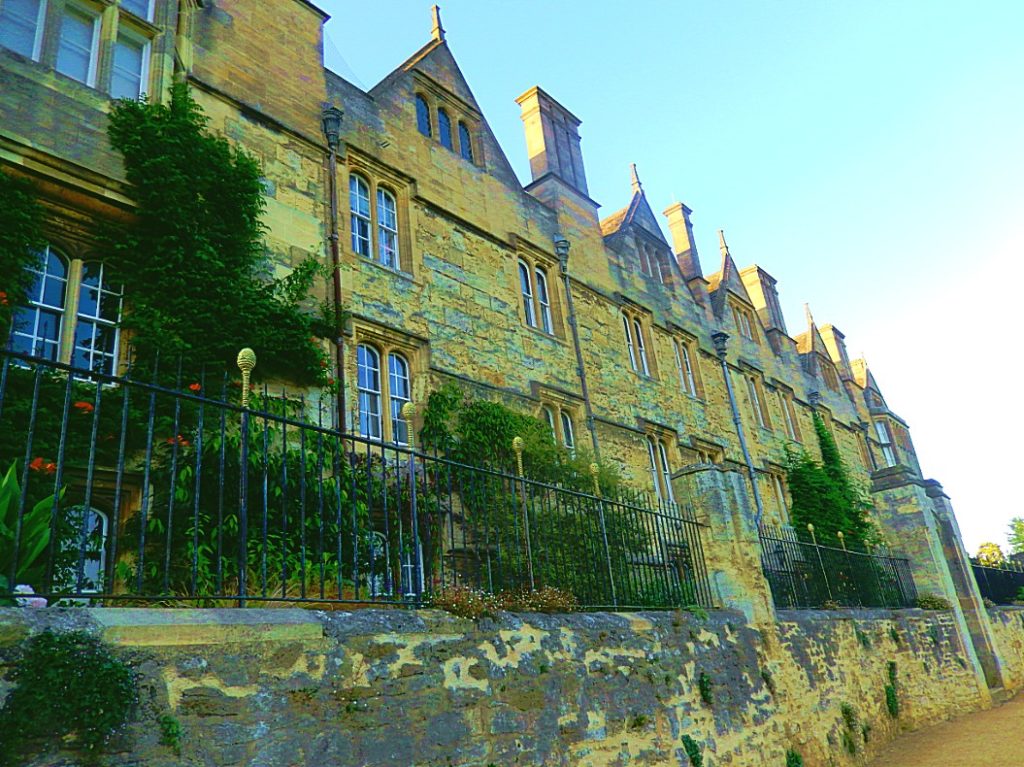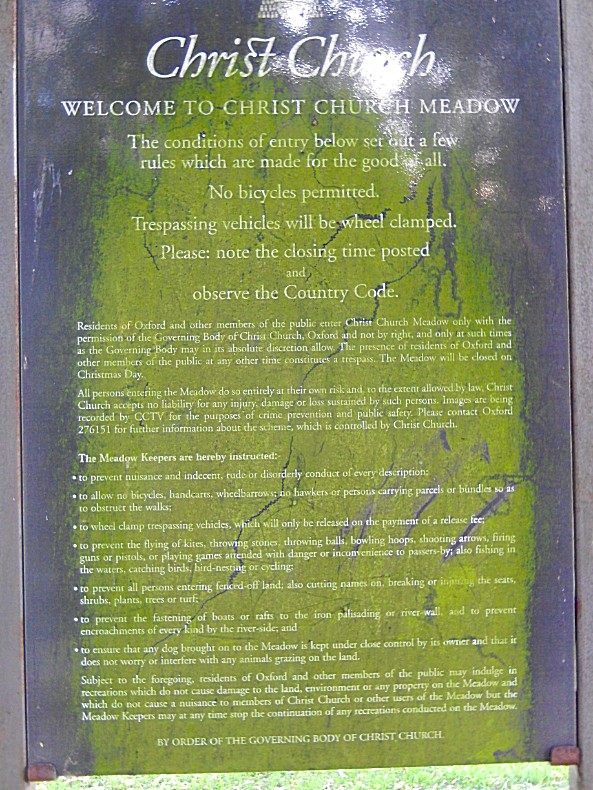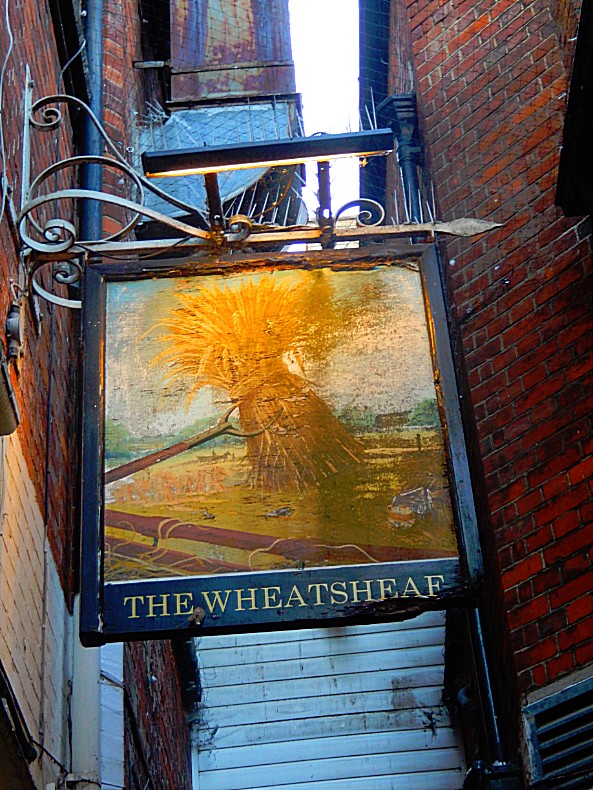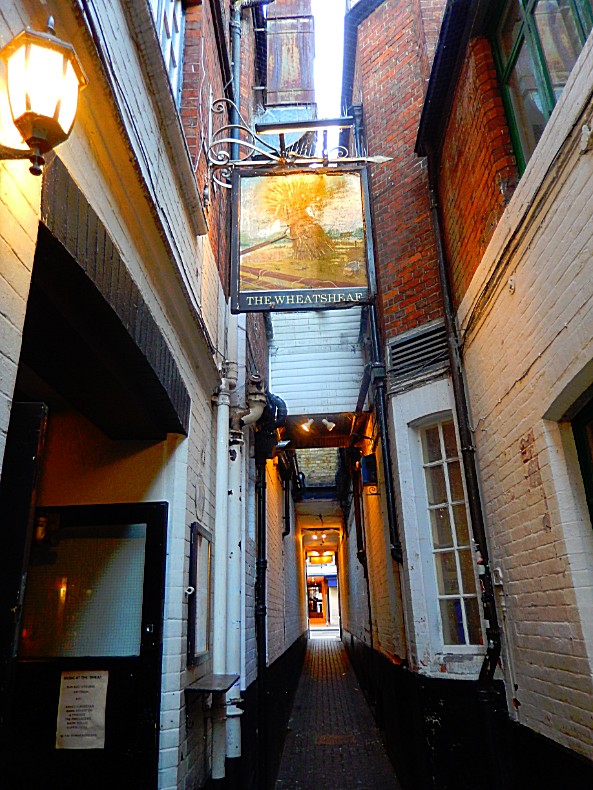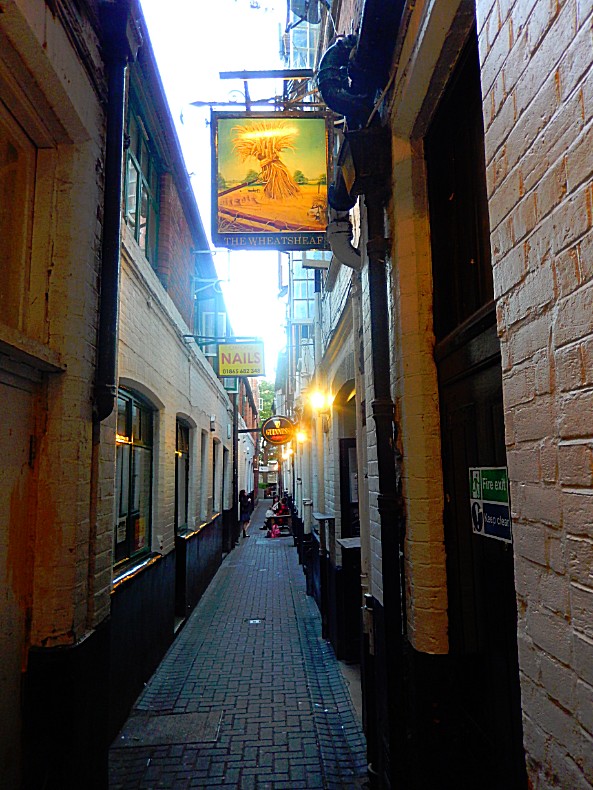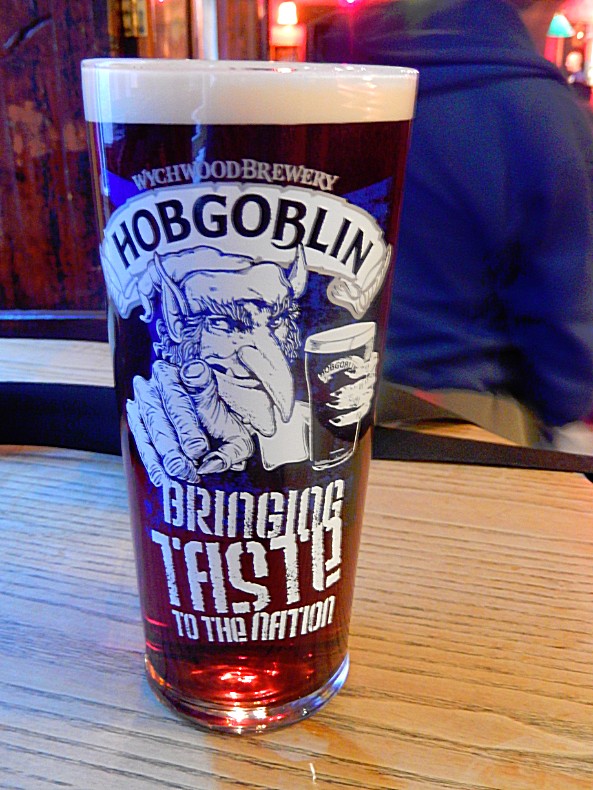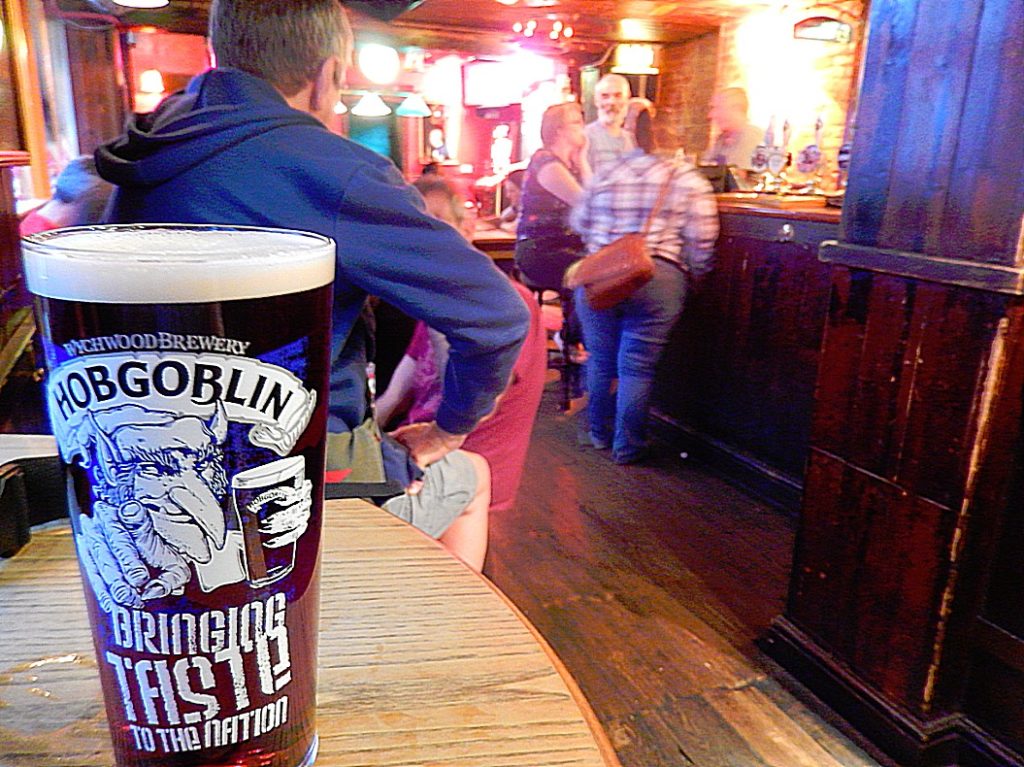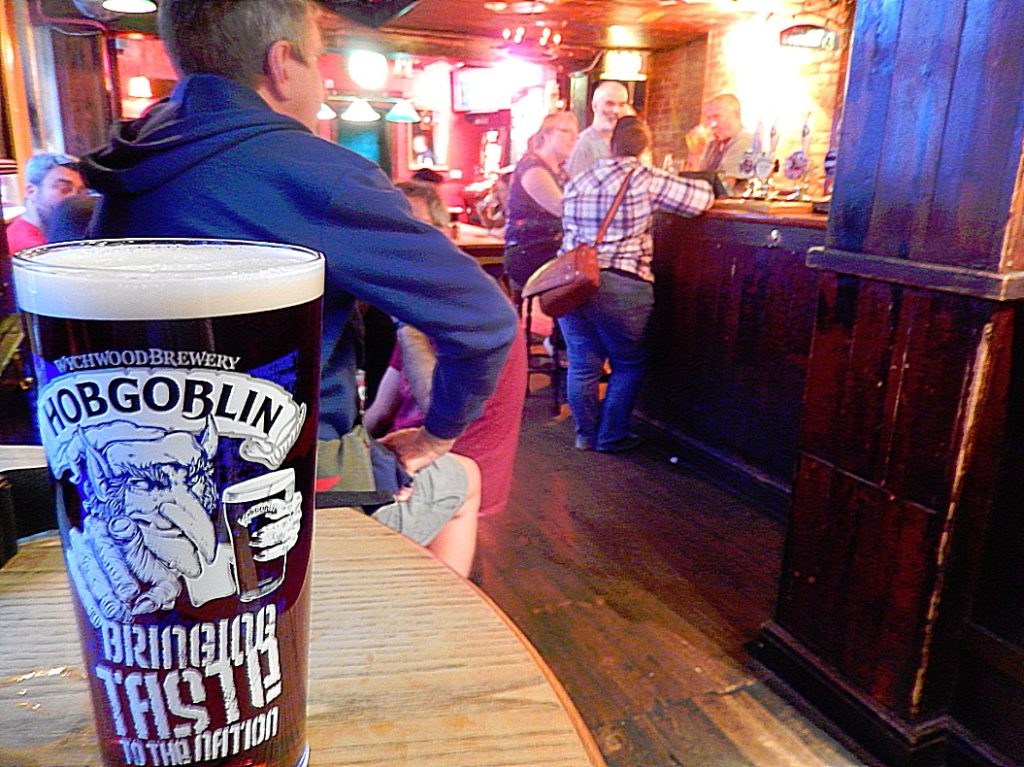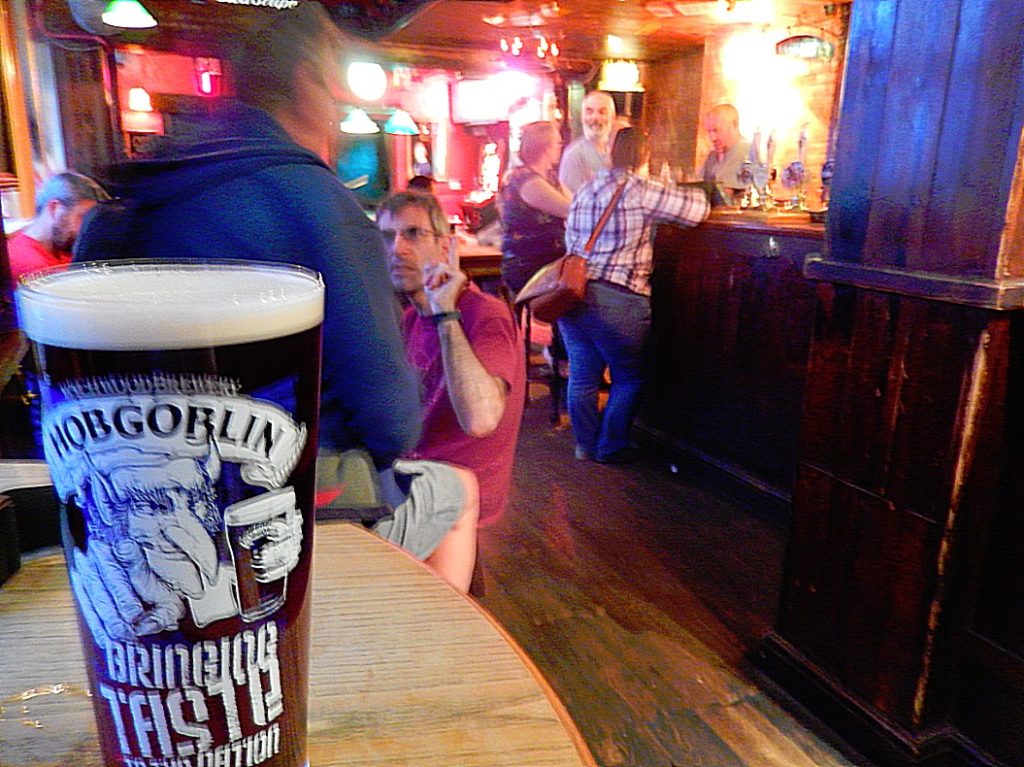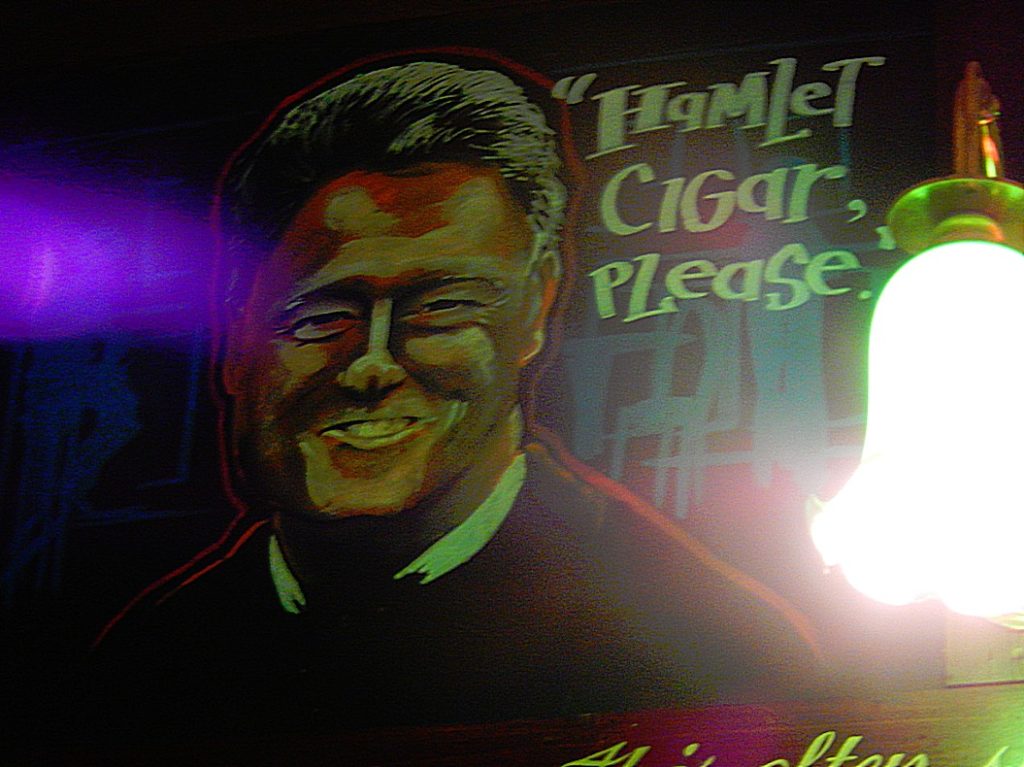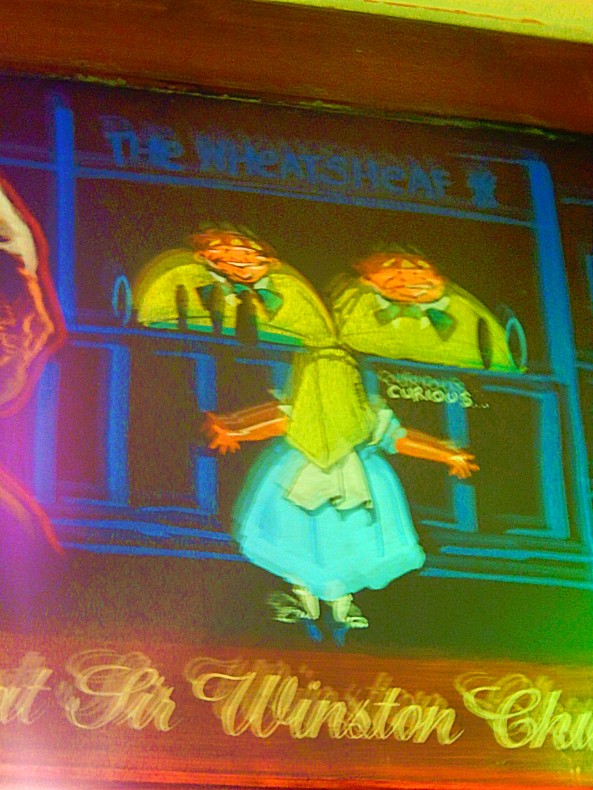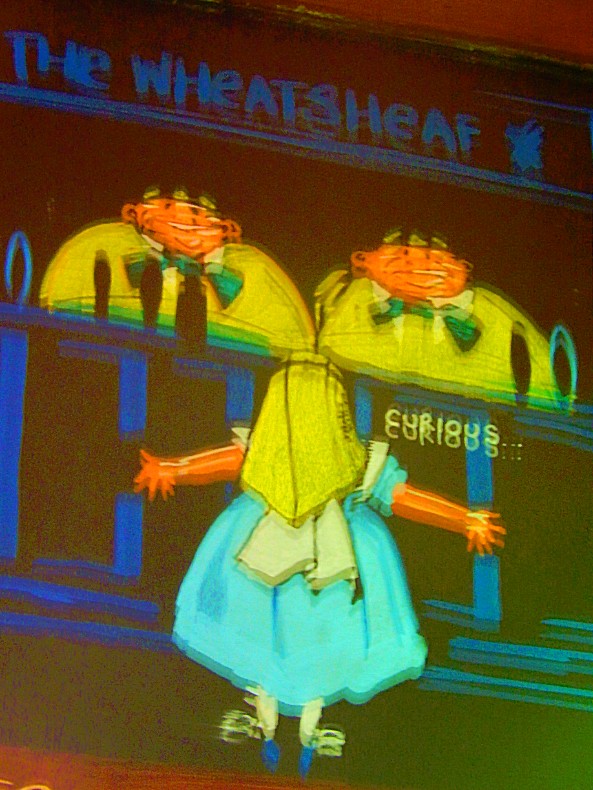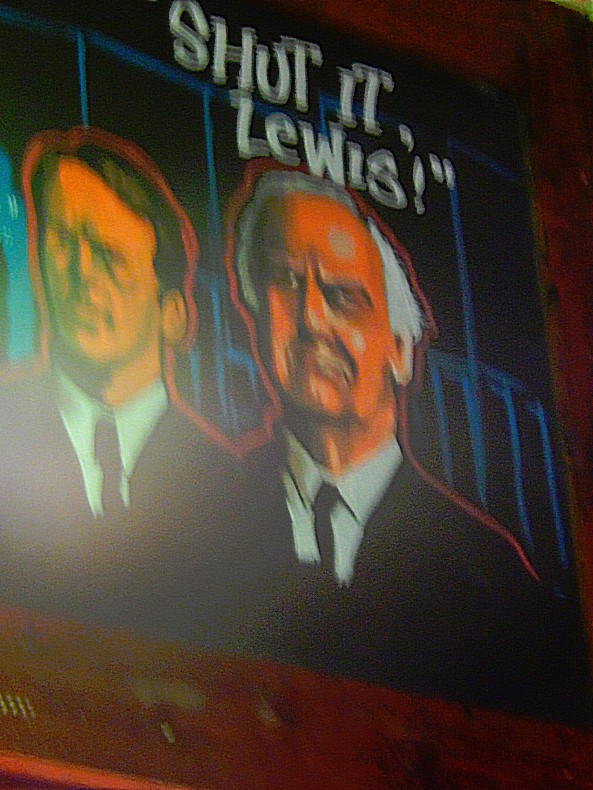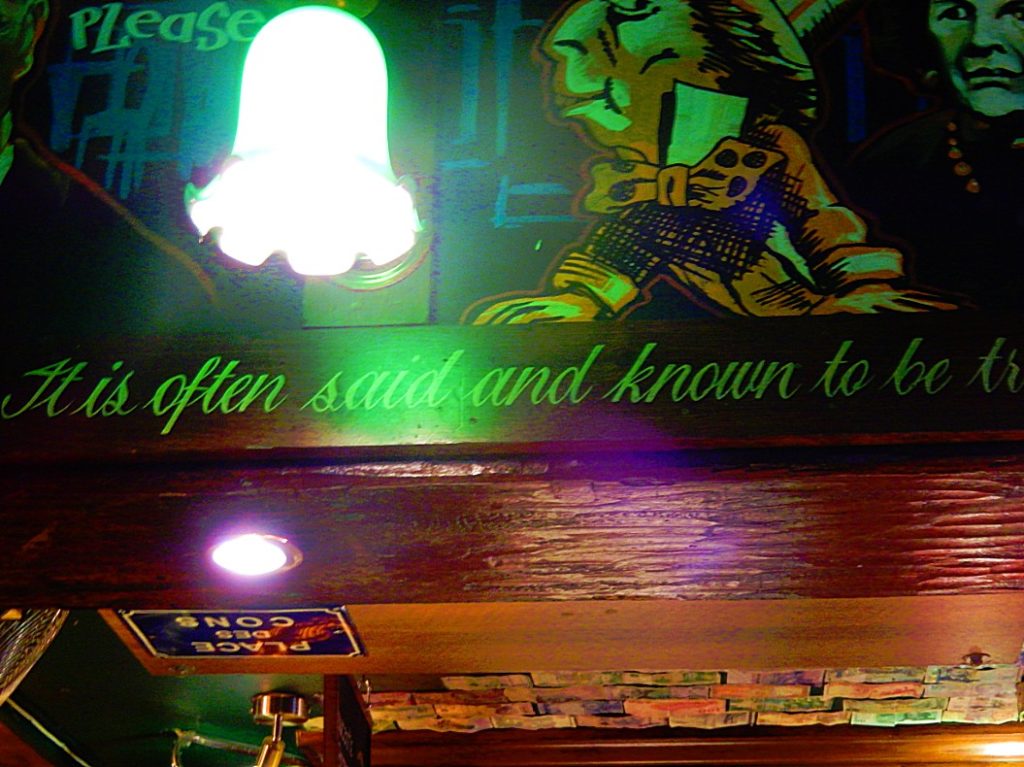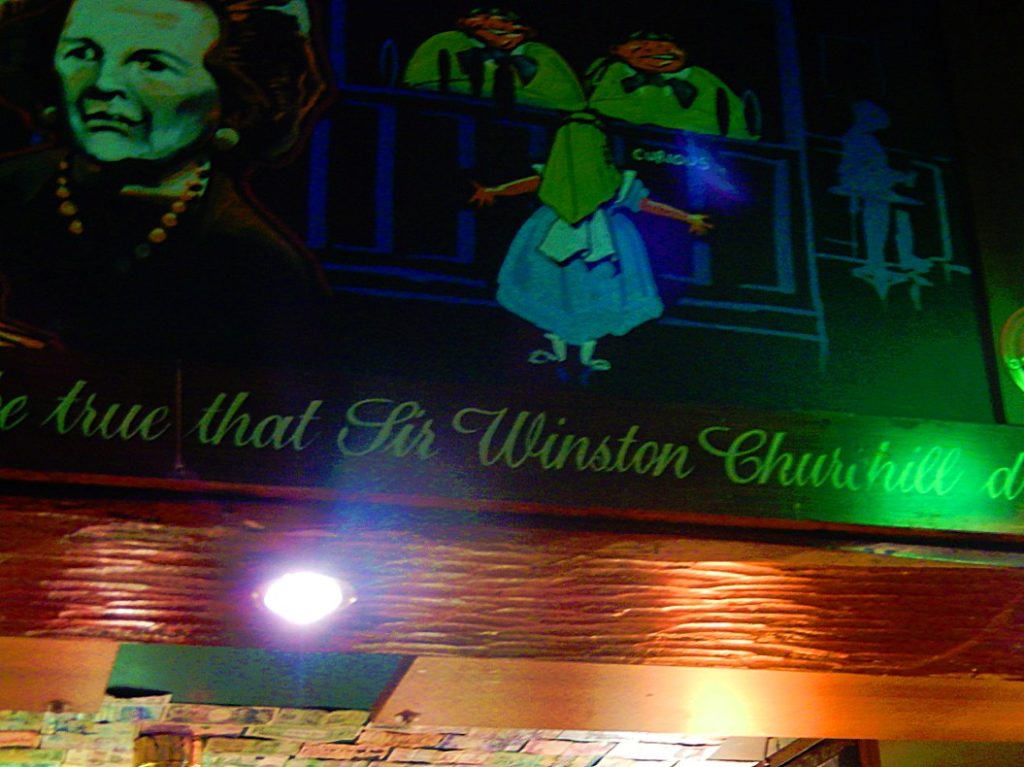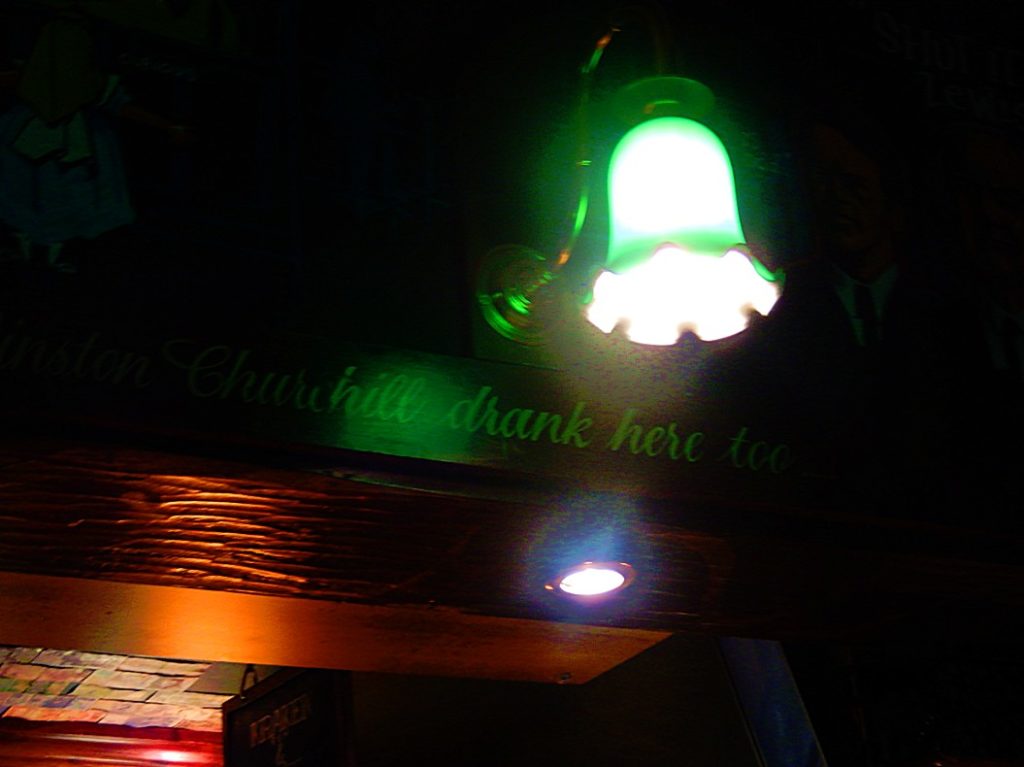In Tolkiens Oxford…
Now if you’re like me, a fanatic lover of Classic English Children’s books AND of old sagas and legends from times when they were spread across the world not in writing but in song and tale telling, you’re almost obliged to like the works of J.R.R. Tolkien.
J.R.R. Tolkien
John Ronald Reuel Tolkien, CBE FRSL (UK: /ˈtɒlkiːn/; 3 January 1892 – 2 September 1973) was an English writer, poet, philologist, and university professor who is best known as the author of the classic high-fantasy works The Hobbit, The Lord of the Rings, and The Silmarillion.
After leaving the Bodleian Library The Wandelgek walked towards the neighbourhood of Saint Giles. He went there to visit a pub. Not just a pub but the now famous Eagle and Child.
The Eagle and Child
The Eagle and Child, nicknamed The Bird and Baby, is a pub in St Giles’ Street, Oxford, England, owned by St. John’s College, Oxford. The pub had been part of an endowment belonging to University College since the 17th century. It has associations with the Inklings writers’ group which included J. R. R. Tolkien and C. S. Lewis. In 2005, 25 other pubs had the same name.
History
A small, narrow building, the pub reputedly served as the lodgings of the Chancellor of the Exchequer during the English Civil War (1642–49), when Oxford was the Royalist capital. The landmark served as a pay house for the Royalist army, and pony auctions were held in the rear courtyard. These claims are inconsistent with the earliest date usually given for construction of the pub, 1650, and the fact that the pub lies outside the city walls may also give some cause for doubt.
The first record of the pub’s name is from 1684, and is said to derive from the crest of the Earl of Derby. The image is said to refer to a story of a noble-born baby having been found in an eagle’s nest.
The pub’s long-standing nickname is the Bird and Baby, although other variants such as the “Fowl and Foetus” have been used.
The pub had been part of an endowment belonging to University College since the 17th century. The college placed it on the market for £1.2 million in December 2003, saying that it needed to rebalance its property portfolio. It was bought by the nearby St John’s College, which also owns the Lamb and Flag pub opposite.
Literary connections
The Inklings was an Oxford writers’ group which included C. S. Lewis, J. R. R. Tolkien, Charles Williams and Hugo Dyson. From late 1933, they met on Thursday evenings at Lewis’s college rooms at Magdalen, where they would read and discuss various material, including their unfinished manuscripts. These meetings were accompanied with more informal lunchtime gatherings at various Oxford pubs which coalesced into a regular meeting held on Monday or Tuesday lunchtimes at the Eagle and Child, in a private lounge at the back of the pub known as the ‘Rabbit Room’.
The formal meetings ended in October 1949 when interest in the readings finally petered out, but the meetings at the Eagle and Child continued, and it was at one of those meetings in June 1950 that C.S. Lewis distributed the proofs for The Lion, the Witch and the Wardrobe.
The membership of the Inklings changed over the years, Tolkien, for example, drifted away from the meetings in the late 1950s. But Lewis, who had lived around Oxford since 1921, was a central figure until his death in 1963. The Eagle and Child was modernised in 1962, with the pub being extended to the rear. The Rabbit Room’s former privacy was inevitably destroyed leading to the group’s reluctant change of allegiance to the Lamb & Flag at the other side of St Giles.
More recently, the pub was regularly frequented by Colin Dexter, who created Inspector Morse, and is still frequented by Diarmaid MacCulloch. The pub featured in the Lewis episode “Allegory of Love”.
Inklings
The Inklings was an informal literary discussion group associated with the University of Oxford, England, for nearly two decades between the early 1930s and late 1949. The Inklings were literary enthusiasts who praised the value of narrative in fiction and encouraged the writing of fantasy.
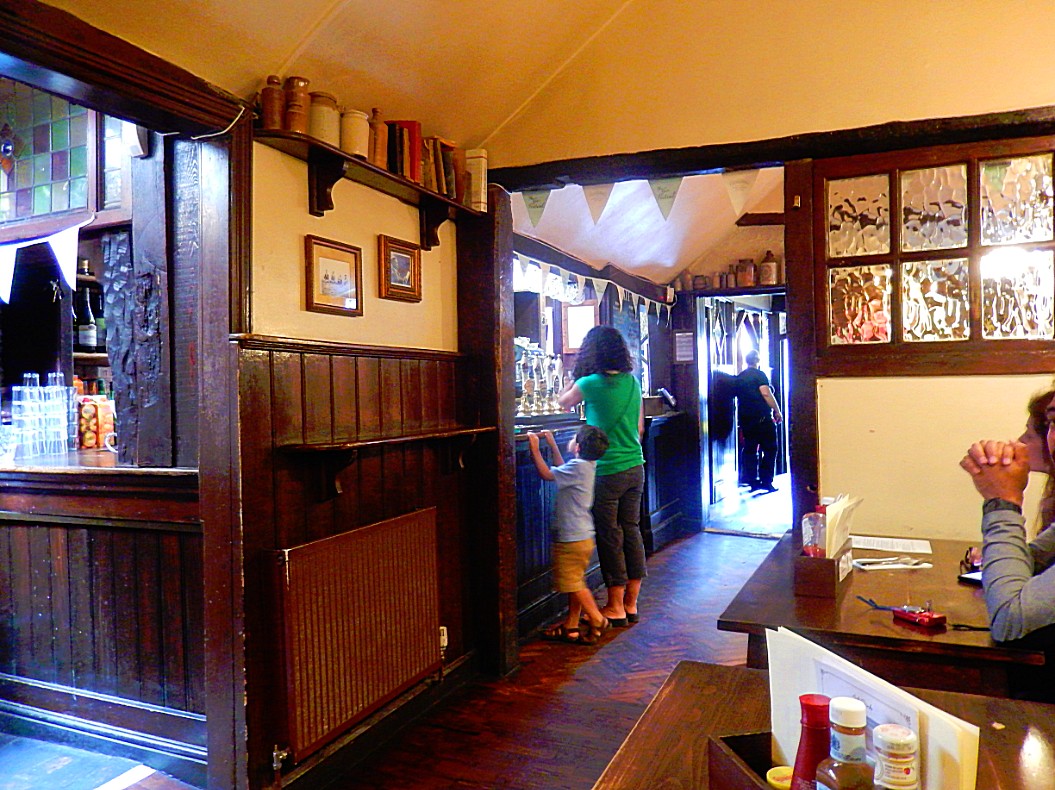 It was time for a sturdy lunch and a good pint of ale…
It was time for a sturdy lunch and a good pint of ale…
Meetings
“Properly speaking,” wrote Warren Lewis, “the Inklings was neither a club nor a literary society, though it partook of the nature of both. There were no rules, officers, agendas, or formal elections.” As was typical for university literary groups in their time and place, the Inklings were all male. Readings and discussions of the members’ unfinished works were the principal purposes of meetings. Tolkien’s The Lord of the Rings, Lewis’s Out of the Silent Planet, and Williams’s All Hallows’ Eve were among the novels first read to the Inklings. Tolkien’s fictional Notion Club (see “Sauron Defeated”) was based on the Inklings. Meetings were not all serious; the Inklings amused themselves by having competitions to see who could read the notoriously bad prose of Amanda McKittrick Ros for the longest without laughing.
The name was associated originally with a society of Oxford University’s University College, initiated by the then undergraduate Edward Tangye Lean circa 1931, for the purpose of reading aloud unfinished compositions. The society consisted of students and dons, among them Tolkien and Lewis. When Lean left Oxford during 1933, the society ended, and Tolkien and Lewis transferred its name to their group at Magdalen College. On the association between the two ‘Inklings’ societies, Tolkien later said “although our habit was to read aloud compositions of various kinds (and lengths!), this association and its habit would in fact have come into being at that time, whether the original short-lived club had ever existed or not.”
Until late 1949, Inklings readings and discussions usually occurred during Thursday evenings in C. S. Lewis’s college rooms at Magdalen College. The Inklings and friends were also known to informally gather on Tuesdays at midday at a local public house, The Eagle and Child, familiarly and alliteratively known in the Oxford community as The Bird and Baby, or simply The Bird. Later pub meetings were at The Lamb and Flag across the street, and in earlier years the Inklings also met irregularly in yet other pubs, but The Eagle and Child is the best known.
I’m finally sitting here on hallowed ground for every Tolkien fan. This was the table and spot where the Inklings met every Tuesday to discuss their literary writings, ate and… drank a pint of Ale as I am now 😉 CHEERS MATES!
Memorabilia on the Walls
On one of the walls is a name list containing the names of the members of the Inklings in their own writing…
Members
The names in italic are the ones on the list above.
- Owen Barfield
- J. A. W. Bennett
- Lord David Cecil
- Nevill Coghill
- Hugo Dyson
- Adam Fox
- Roger Lancelyn Green
- Robert Havard
- C. S. Lewis
- Warren Lewis (Lewis’s elder brother)
- J. R. R. Tolkien
- Christopher Tolkien (J.R.R.’s son)
- Charles Williams
More infrequent visitors included:
- Percy Bates
- James Dundas-Grant
- Colin Hardie
- Gervase Mathew
- R. B. McCallum
- C.E. Stevens
- John Wain
- Charles Leslie Wrenn
Guests included:
- Roy Campbell
- Eric Rücker Eddison
- G.K. Chesterton
I loved my short stay at this place once drenched in literary discussions, where unfinished editions of their work was discussed. My favorite literary work of art, The Lord of the Rings (Tolkien) was one of those.
Morris Garages (MG)
Now The Wandelgek returned in his own traces through Saint Giles Street, Magdalen Street and Broad Street and passed The Bodleian Library and the Ashmolean Theatre. He went on through Holywell Street and then after seeing the old city wall again just outside New College and then through a gate further into Long Wall Street where he found the old garage where the once proud automobile brand of Morris Garages or better known as simply MG was founded.
Now the buiding was part of New College.
 Some years ago I wrote this blogpost about the Old Speckled Hen beer bottle label 🙂 You’ll find more info on MG in that blogpost 🙂
Some years ago I wrote this blogpost about the Old Speckled Hen beer bottle label 🙂 You’ll find more info on MG in that blogpost 🙂
In the early days of the car in England, in those days where only a lucky few people owned such a monster of the road, Tolkien was such a lucky owner and it is said that he liked to push the gas pedal to its limit. Chickens children and bikers all had to run for their lives when he passed in his car, which was a … Morris Cowley 🙂
Tolkien wrote a small childrens book named Mr. Bliss which was directly influenced by his 1st adventures and experiences in a Morris Cowley car…
The Wandelgek walked towards High Street and then past the amazingly beautiful Magdalen College towards Magdalen Bridge and the Oxford Botanic Gardens.
River Cherwell
The River Cherwell is a major tributary of the River Thames in central England. It rises near Hellidon in Northamptonshire and flows south through Oxfordshire for 40 miles (64 km) to meet the Thames at Oxford. It adds a significant discharge to the Thames—when entering Oxford, the Thames’s discharge is 17.6 m³/s (622 cu ft/s), but after leaving and consuming the Cherwell it has increased to 24.8 m³/s (876 cu ft/s). The river gives its name to the Cherwell local government district and Cherwell, an Oxford student newspaper.
The River Cherwell reaches the northern outskirts of Oxford and runs south on the eastern edge of north Oxford town centre. Near Summertown it passes the Victoria Arms riverside pub at Marston and then under a modern bridge that is part of Marston Ferry Road. A little further south, the Cherwell passes Wolfson College (a graduate college of Oxford University), the Cherwell Boathouse (where punts can be hired) and the playing fields of the Dragon School. Next is Lady Margaret Hall, one of the previously all-women’s Oxford colleges.
The river is then flanked by Oxford University Parks and passes under Rainbow Bridge. Parson’s Pleasure and Dame’s Delight used to provide nude bathing facilities for male and female bathers respectively, but both are now defunct. Below the Parks, the river splits into up to three streams, with a series of islands. One is Mesopotamia, which is a long thin island just south of the Parks with a path that provides a pleasant walk. At the northern end, there are punt rollers next to a weir. St Catherine’s College is on the largest island formed by the split of the river. It also flows past Magdalen College (pronounced ‘maudlin’).
The river conjoins again into two close streams to flow under Magdalen Bridge. Early on May Morning, students sometimes jump off the bridge into the river, but this is a dangerous pastime, especially if the river is low. The river splits again past the bridge. To the west is the Oxford Botanic Garden. To the east are Magdalen College School and St Hilda’s College. The river then skirts Christ Church Meadow before flowing into the River Thames (or Isis) through two branches. On the island in between these branches are many of the college boathouses for rowing on the Thames.
In summer, punting is very popular on the Oxford stretch of the Cherwell. (A punt is a long flat bottom boat which is propelled by means of a pole pushed against the river bed.) Punts are typically hired from a punt station by Magdalen Bridge, or the Cherwell Boathouse (just to the north of the University Parks). It is possible to punt all the way from the Isis, north past the University Parks, and out beyond the ring road.
The Withywindle river in J. R. R. Tolkien’s fantasy world of Middle-earth has been identified with the River Cherwell near Tolkien’s home in Oxford.
The confluence of the Thames and Cherwell was the site of early settlements and the River Cherwell marked the boundary between the Dobunni tribe to the west and the Catuvellauni tribe to the east (these were pre-Roman Celtic tribes).
A Romano-British settlement grew up north of the confluence, partly because the site was naturally protected from attack on the east by the River Cherwell and on the west by the River Thames. This settlement dominated the pottery trade in what is now central southern England and pottery was distributed by boats on the Thames and its tributaries.
Underneath Magdalen Bridge lots of people were spending the afternoon punting on the River Cherwell, just as
Bert had once drawn on the pavement when he met Mary Poppins and the Banks children…
Punt
A punt is a flat-bottomed boat with a square-cut bow, designed for use in small rivers or other shallow water. Punting refers to boating in a punt. The punter generally propels the punt by pushing against the river bed with a pole. A punt should not be confused with a gondola, a shallow draft vessel that is structurally different, and which is propelled by an oar rather than a pole.
Punts were originally built as cargo boats or platforms for fowling and angling, but in modern times their use is almost exclusively confined to pleasure trips with passengers.
The Botanic Gardens
After a while I walked towards beautiful arched entrance gate of the Botanic Gardens…
The University of Oxford Botanic Garden is the oldest botanic garden in Great Britain and one of the oldest scientific gardens in the world. The garden was founded in 1621 as a physic garden growing plants for medicinal research. Today it contains over 8,000 different plant species on 1.8 ha (4 1⁄2 acres). It is one of the most diverse yet compact collections of plants in the world and includes representatives from over 90% of the higher plant families.
Tolkien and his relation to the Oxford Botanic Gardens
It is known that Professor Tolkien who lived in Oxford and worked at Oxford’s Merton College, regularly visited the Botanic Gardens. Obviously because he enjoyed nature very much. Less known is that he actually knew and probably learned a lot about botany in the Botanic Gardens, which he used in several manners in his published fictional works, specifically in The Lord of the Rings.
Several books that were written about his work have been addressing the botanic information that he used in a very knowledgeable way. E.g. he based LotR’s plant world on the existing real world of plants, and took into account in which climate zones specific plants were likely to grow. Additionally he invented new imaginary plants, which he also in part based on real existing plants. Beneath is a selection of books that delve more deeply into this matter:
So reasons enough for The Wandelgek to visit the gardens.
The Danby Gateway
The Danby gateway to the Botanic Garden is one of three entrances designed by Nicholas Stone between 1632 and 1633. It is one of the earliest structures in Oxford to use classical, indeed early Baroque, style, preceding his new entrance porch for the University Church of St Mary the Virgin of 1637, and contemporary with Canterbury Quad at St John’s College by others. In this highly ornate arch, Stone ignored the new simple classical Palladian style currently fashionable, which had just been introduced to England from Italy by Inigo Jones, and drew his inspiration from an illustration in Serlio’s book of archways.
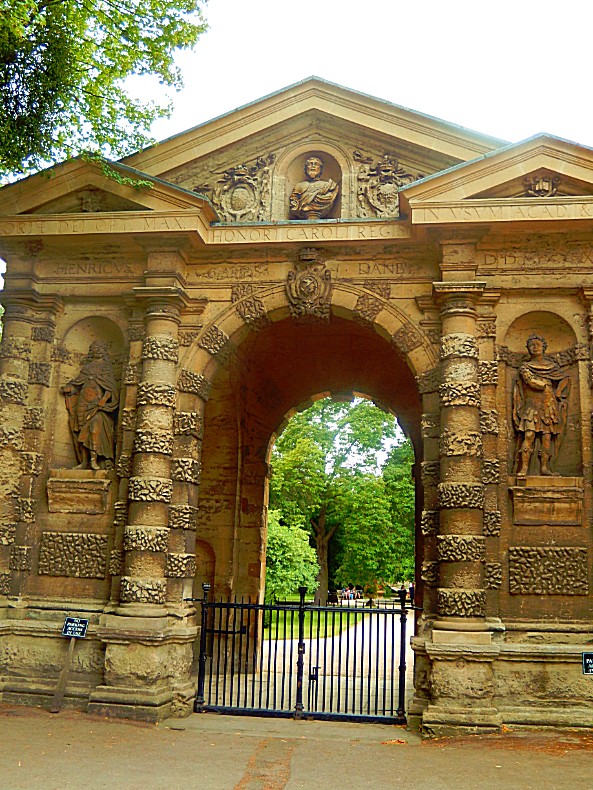 The gateway consists of three bays, each with a pediment. The largest and central bay, containing the segmented arch is recessed, causing its larger pediment to be partially hidden by the flanking smaller pediments of the projecting lateral bays.
The gateway consists of three bays, each with a pediment. The largest and central bay, containing the segmented arch is recessed, causing its larger pediment to be partially hidden by the flanking smaller pediments of the projecting lateral bays.
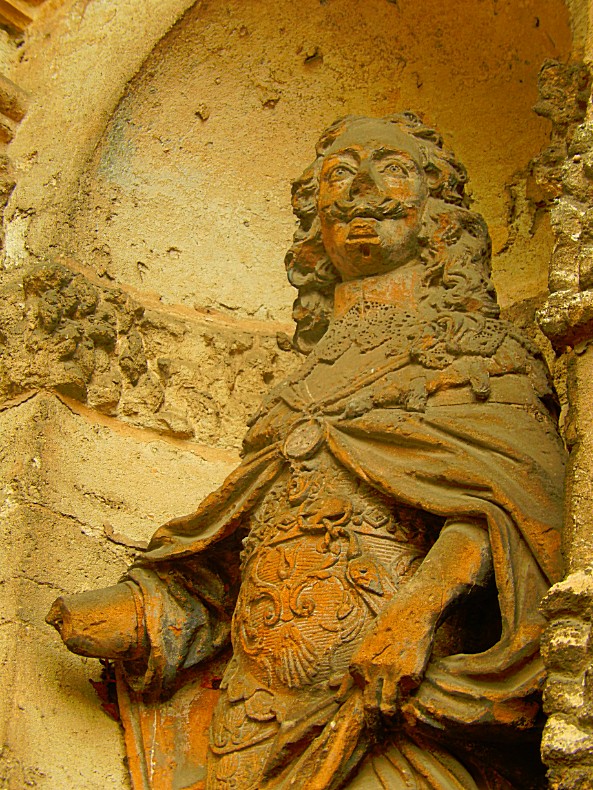 The stone work is heavily decorated being bands of alternating vermicelli rustication and plain dressed stone. The pediments of the lateral bays are seemingly supported by circular columns which frame niches containing statues of Charles I and Charles II in classical pose. The tympanum of the central pediment contains a segmented niche containing a bust of the Earl of Danby. It is a Grade I listed structure (ref. 1485/423).
The stone work is heavily decorated being bands of alternating vermicelli rustication and plain dressed stone. The pediments of the lateral bays are seemingly supported by circular columns which frame niches containing statues of Charles I and Charles II in classical pose. The tympanum of the central pediment contains a segmented niche containing a bust of the Earl of Danby. It is a Grade I listed structure (ref. 1485/423).
The Glass Houses
Palm House
The largest glasshouse in the Garden, this house grows palms and a large number of economic plants including citrus fruits, pepper, sweet potato, pawpaw, olive, coffee, ginger, coconut, cocoa, cotton, and oil palm. There is a collection of cycads which look like palms but are unrelated. Several important teaching collections present include the Acanthaceae including the shrimp plant Justicia brandegeana, the Gesneriaceae, and a large number of Begonia species.
Alpine House
Plants which cannot grow to their full potential outside are displayed in this house. The displays are changed regularly so that there is always something in flower.
No pictures
Conservatory
The house is an aluminium replica of the original 1893 wooden house and grows seasonal flowers such as primulas, abutilons, fuchsias, and achimenes. Various exhibitions which change throughout the year are displayed in the centre area.
Arid House
Plants in this house come from arid areas of the world and demonstrate ways in which plant forms economise the use of water. Many different species of Cacti and Succulent plants are found here demonstrating all of their various tactics to reduce water loss to their hostile environments.
Conservatory
The house is an aluminium replica of the original 1893 wooden house and grows seasonal flowers such as primulas, abutilons, fuchsias, and achimenes. Various exhibitions which change throughout the year are displayed in the centre area.
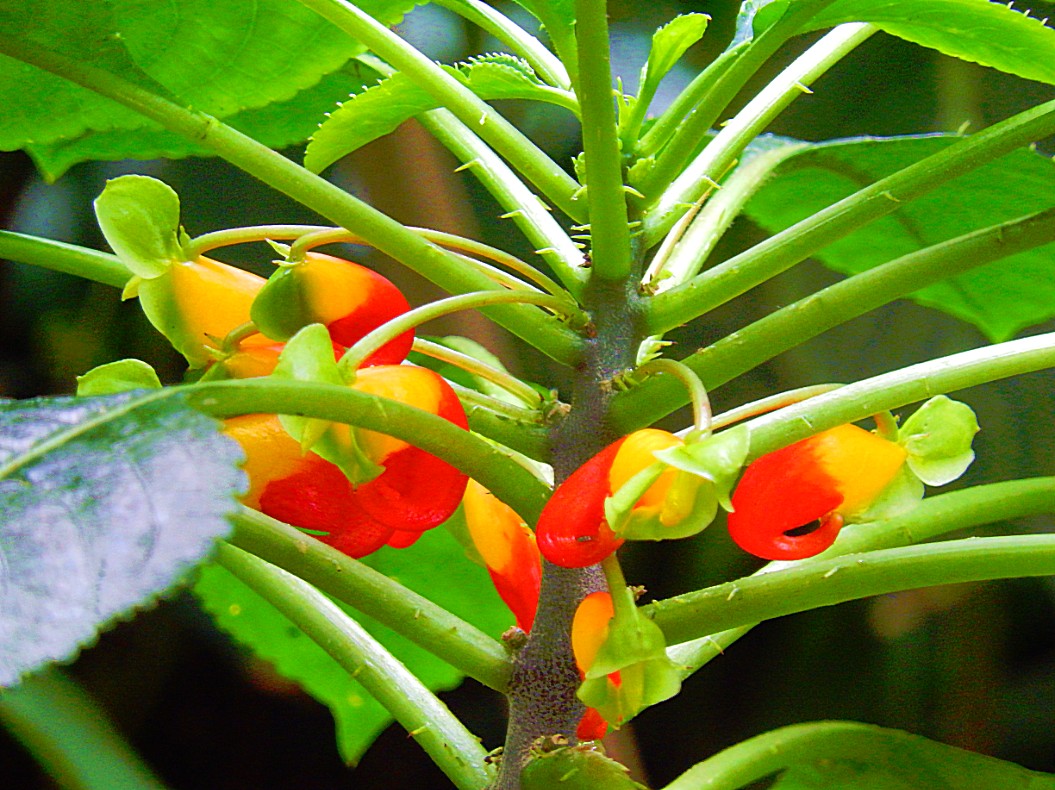
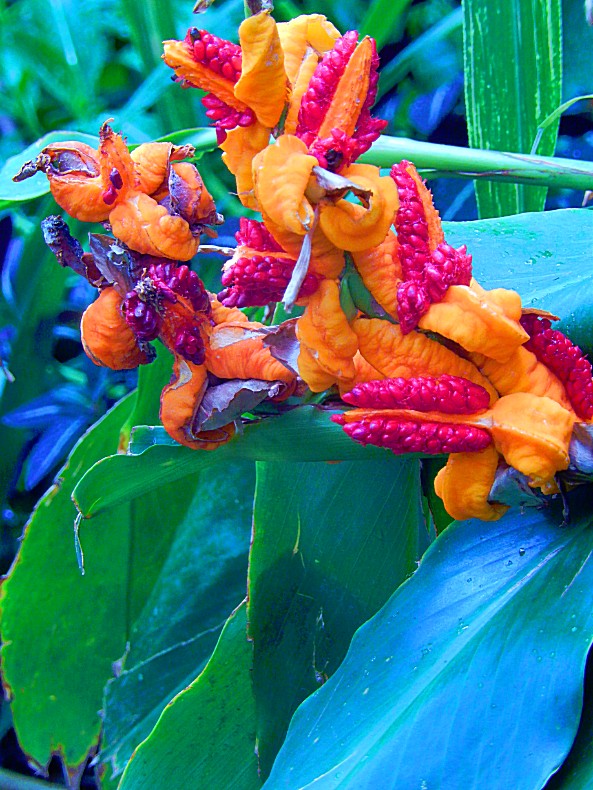
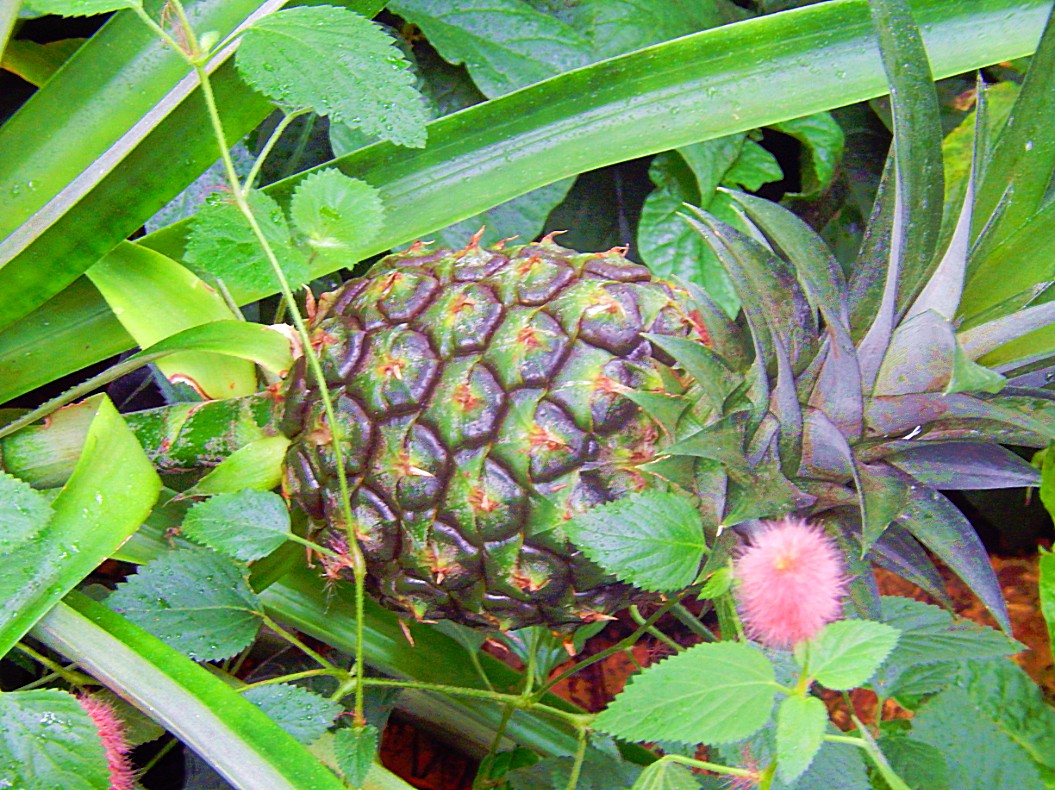
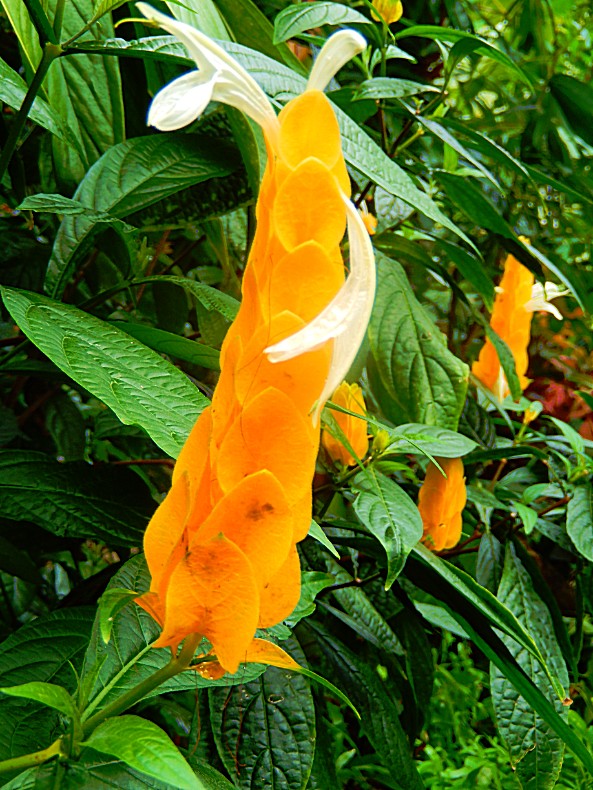
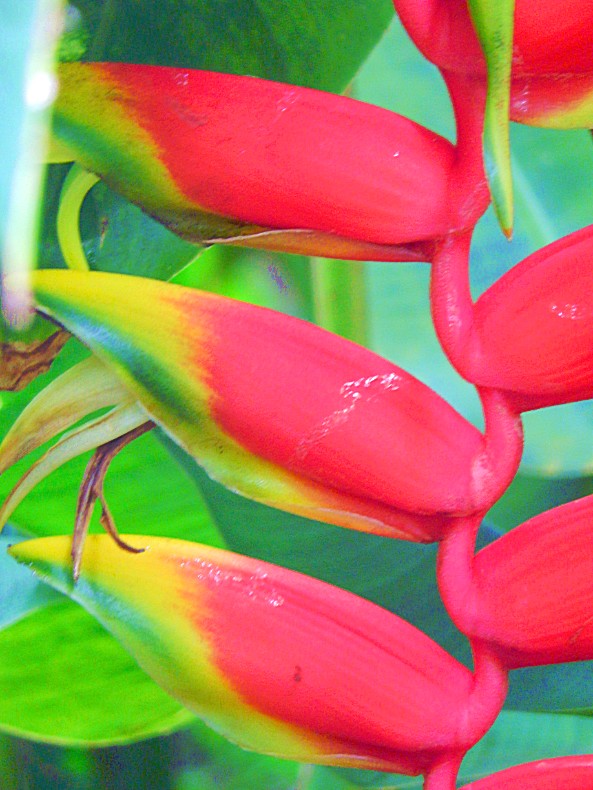
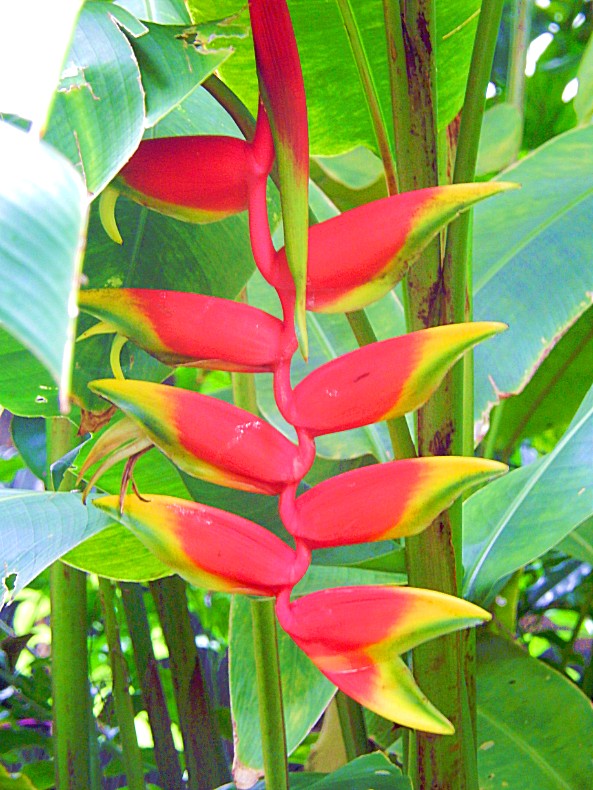

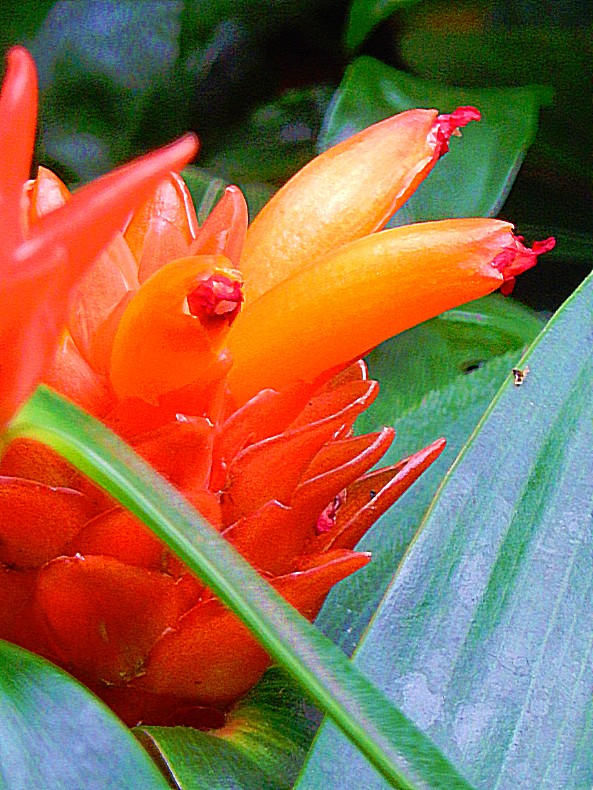
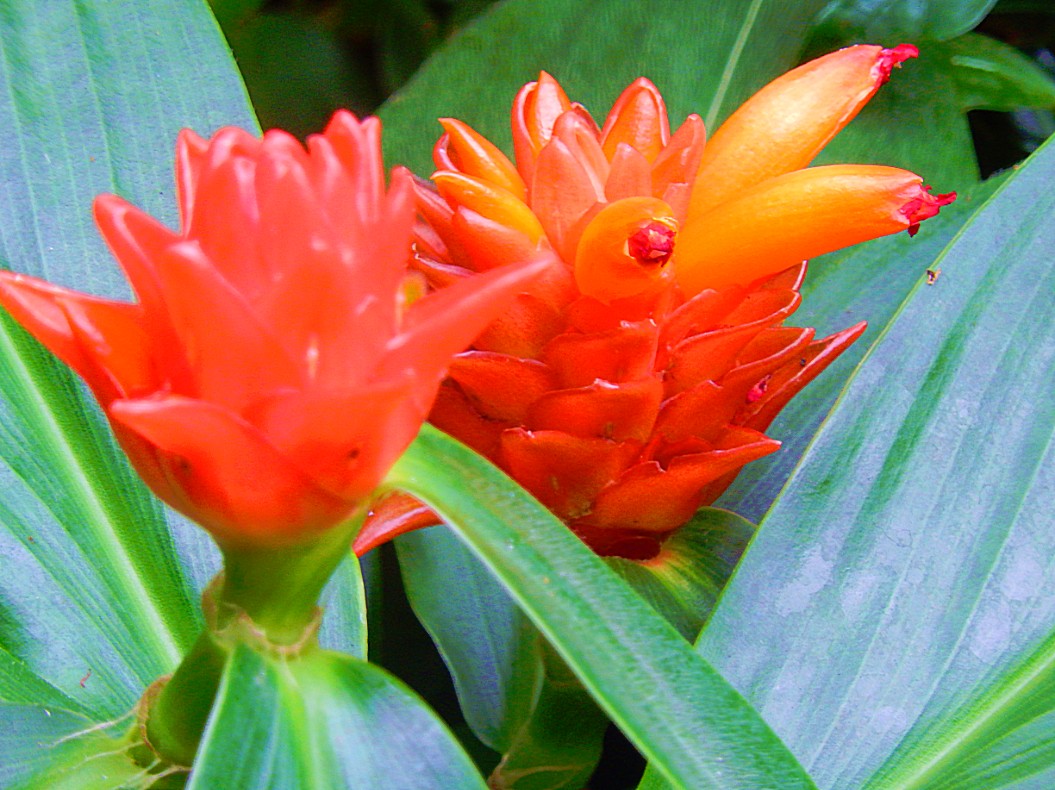 Insectivorous House
Insectivorous House
This house grows a collection of Carnivorous plants. Carnivory has evolved several times in plants and this collection displays many of the mechanisms required to trap insect prey. Some traps are passive, such as the sticky flypaper of the genus Pinguicula whereas others like the Venus flytrap, Dionaea muscipula, actually move and are triggered by the unlucky insect walking across the surface.
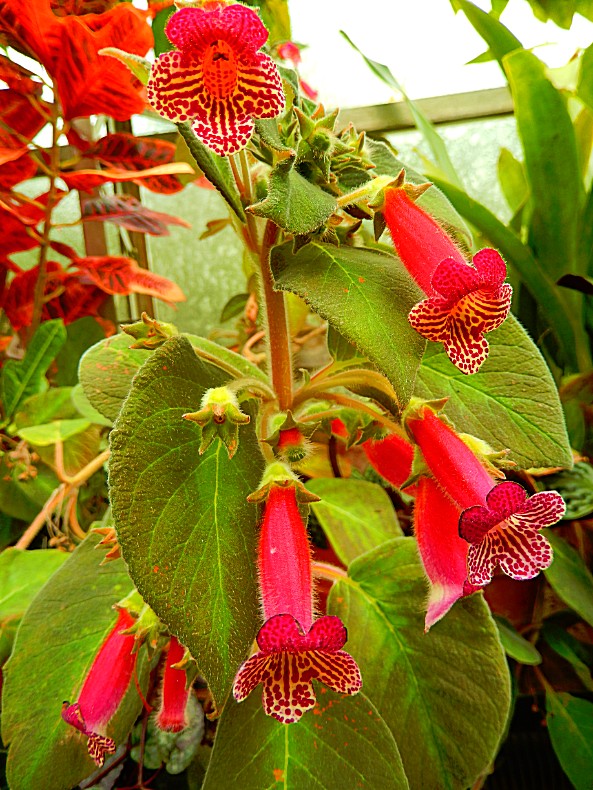 Tropical Lily House
Tropical Lily House
The tank in the lily house built in 1851 by Professor Charles Daubeny, Keeper of the Garden at the time, is the oldest existing part of the glasshouses. Tropical water lilies grow in boxes in the tank, including the hybrid Nymphaea × daubenyana named in honour of Professor Daubeny in 1874. Also growing in the house are economic plants including bananas, sugar cane, and rice, and the papyrus reed, Cyperus papyrus, a native of river banks in the Middle East. Flowering high in the glasshouse is the yellow-flowered Allamanda cathartica.
Fernery
A collection of ferns from around the world are housed here including Platycerium bifurcatum (stag’s horn fern), Lygodium japonicum (a climbing fern), and Trichomanes speciosum (a filmy fern native to western Britain).
Walled garden
Botanical Family beds
The core collection of hardy plants are grouped in long, narrow, oblong beds by botanical family and ordered according to the classification system devised by nineteenth century botanists, Bentham and Hooker. The families represented in the Walled Garden include: Acanthaceae, Amaranthaceae, Amaryllidaceae, Apocynaceae, Araceae, Aristolochiaceae, Berberidaceae, Boraginaceae, Campanulaceae, Caryophyllaceae, Chenopodiaceae, Cistaceae, Commelinaceae, Compositae, Convolvulaceae, Crassulaceae, Cruciferae, Cyperaceae, Dioscoreaceae, Dipsacaceae, Euphorbiaceae, Gentianaceae, Geraniaceae, Gramineae, Hypericaceae, Iridaceae, Juncaceae, Labiatae, Leguminosae, Liliaceae, Linaceae, Loasaceae, Lythraceae, Malvaceae, Onagraceae, Paeoniaceae, Papaveraceae, Phytolaccaceae, Plantaginaceae, Plumbaginaceae, Polemoniaceae, Polygonaceae, Portulacaceae, Primulaceae, Ranunculaceae, Rosaceae, Rubiaceae, Rutaceae, Saxifragaceae, Solanaceae, Umbelliferae, Urticaceae, Verbenaceae, Violaceae.
In 1983, The National Council for the Conservation of Plants and Gardens (NCCPG) chose Oxford Botanic Garden to cultivate the national collection of euphorbia. One of the rarest plants in the collection is Euphorbia stygiana, with only ten plants left existing in the wild. The Garden is propagating the species as quickly as possible to reduce the possibility of it becoming extinct.
Medicinal beds
The South West corner of the Botanic Garden is home to a modern medicinal plant collection. Here you will find 8 beds, each growing plants with a connection to medicine used to treat a particular type of disease or illness. There are beds for
- Cardiology (heart complaints)
- Oncology (cancer and cell-proliferation)
- Infectious Diseases (viral and parasitic)
- Gastreoenterology (alimentary tract and metabolism)
- Dermatology (skin complaints)
- Haematology (blood typing and disorders)
- Neurology (nervous system and anaesthesia)
- Pulmonology (lungs and airways)
The plants growing in these beds contain many different natural products and fall into at least one of the following three categories:
- Directly suitable for use as a drug
- Synthetic modification provides a clinically suitable drug
- Starting point for a drug discovery programme
- Bearded irises
One bed in the northwest corner of the garden contains a display of bearded irises each May. Examples include Iris ‘Eileen’ and Iris ‘Golden Encore’. Some of the varieties grown in the Garden are not grown anywhere else.
The pond
Wall borders
The borders along the foot of the wall contain collections that thrive in the microclimate, many of these plant collections are grouped by their geographical origin. The Mediterranean collection at the north border includes Euphorbia myrsinites. The South American collection at the north border includes Acca sellowiana. The South African collection at the northeast border includes Kniphofia caulescens.
Other wall borders contain plants from Biodiversity hotspots including Japan and New Zealand. Such areas hold high numbers of Endemic plant species, yet face substantial threat to their natural vegetation. Over 50% of the world’s plant species are contained within these hotspots which collectively cover only 2.3% of the Earth’s land surface.
Outside the walled garden
- Rock Garden
- Bog Garden
Herbacious Borders
- Herbaceous Border
First laid out in 1946, this planting is a classic example of the traditional English herbaceous border. Unlike other areas of the Garden, this border relies entirely on herbaceous perennials. These die back to a rootstock each winter before bursting back into life again in spring and flowering through the summer. The planting is designed to provide interest from April to October. The display begins with tulips in a range of colours, followed by early, mid-season and late flowering perennials. The plants are arranged in layers, with the smaller plants positioned at the front of the border and the taller plants toward the back. Occasionally we allow a few of the larger plants to make their way to the front to break up the formality.
- Autumn Border
- Glasshouse Borders
Merton Borders
- Merton Borders
Designed in collaboration with Professor James Hitchmough from the Department of Landscape Architecture at the University of Sheffield
At 955m2 these borders form the largest single cultivated area in the Botanic Garden. They are an example of sustainable horticultural development, with minimal impact on the environment in the long term.
The plants have been selected for their ability to withstand drought conditions and originate from seasonally dry grassland communities in three regions of the world:
- The Central to Southern Great Plains (USA) through to the Colorado Plateau and into California
- East South Africa at latitudes above 1000m
- Southern Europe to Turkey and across Asia to Siberia
In classic children’s literature
The Garden was the site of frequent visits in the 1860s by Oxford mathematics professor Lewis Carroll and the Liddell children, Alice and her sisters. Like many of the places and people of Oxford, it was a source of inspiration for Carroll’s stories in Alice’s Adventures in Wonderland. The Garden’s waterlily house can be seen in the background of Sir John Tenniel’s illustration of “The Queen’s Croquet-Ground”.
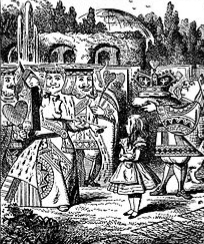
Another Oxford professor and author, J. R. R. Tolkien, often spent his time at the garden reposing under his favourite tree, Pinus nigra. The enormous Austrian pine was much like the Ents of his The Lord of the Rings story, the walking, talking tree-people of Middle-earth.
In Philip Pullman‘s trilogy of novels His Dark Materials, a bench in the back of the garden is one of the locations/objects that stand parallel in the two different worlds that the protagonists, Lyra Belacqua and Will Parry, inhabit. In the last chapter of the trilogy, both promised to sit on the bench for an hour at noon on Midsummer’s day every year so that perhaps they may feel each other’s presence next to one another in their own worlds.
In other literature
In the Evelyn Waugh novel Brideshead Revisited, Lord Sebastian Flyte takes Charles Ryder “to see the ivy” soon after they first meet. As he says, “Oh, Charles, what a lot you have to learn! There’s a beautiful arch there and more different kinds of ivy than I knew existed. I don’t know where I should be without the Botanical gardens” (Chapter One).
There’s an area with different beautiful trees where you can find this Mulberry Tree…
And in it…
… the Cheshire Cat from Alice in Wonderland…
At the end of my walk through the gardens I returned to the walled garden near the entrance gate and found some large beautiful trees. It was somewhere in this area, that the famous giant Pinus Negra or Black Pine or more famously known as the Tolkien Tree could be found until it collapsed from high age in 2014 and had to be removed.
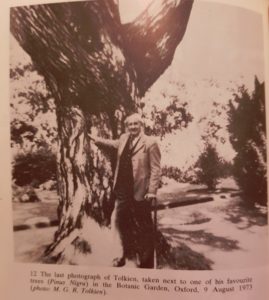 The Merton College where Professor Tolkien worked was really close to the Botanical Garden and we know from several acoounts and photo’s that Professor Tolkien liked spending some time walking through these gardens and specially finding trees to sit under and maybe read a book or smoke a pipe…
The Merton College where Professor Tolkien worked was really close to the Botanical Garden and we know from several acoounts and photo’s that Professor Tolkien liked spending some time walking through these gardens and specially finding trees to sit under and maybe read a book or smoke a pipe…
Not everyone who read Lord of the Rings knows this but one of the major themes of this book is the battle between rural, country or natural environment and life style versus the industrialized, urban environment and life style which spread around (cities growing and swallowing country villages) when Tolkien was a child living in England. He had a first hand experience of seeing a rural area dissappear and make place for an industrialized city. In his book he describes the antagonists as the iron clad, orcs that chop down trees to get fuel for their ovens where they melt the iron, versus Hobbits who live in a rural area named the Shire which is obviously rural England (around Oxford are many regions of England having shire in their name, but more of that later) and the Elves who are clearly a nature loving folk.
Now the very last photograph of Professor Tolkien was made next to his favourite black pine tree on the 9th of August 1973. 28th of August that same year, he goes to visit some friends in Bournemouth but is taken seriously ill and taken to a nursing home.
Here he dies on the morning of the 2nd of september 1973.
I think the image of the giant tree falling is quite symbolic for the passing of a great literary giant…
Tolkien’s Tree – the collapse of the black pine at the Oxford Botanic Garden from Jill Walker on Vimeo.
Phone footage courtesy of Mark Bauer. Music: Plantopia by PlusPlus, via the Free Music Archive.
Before leaving the Botanic Garden I found this majestic tree… Tolkien would have probably loved it 🙂
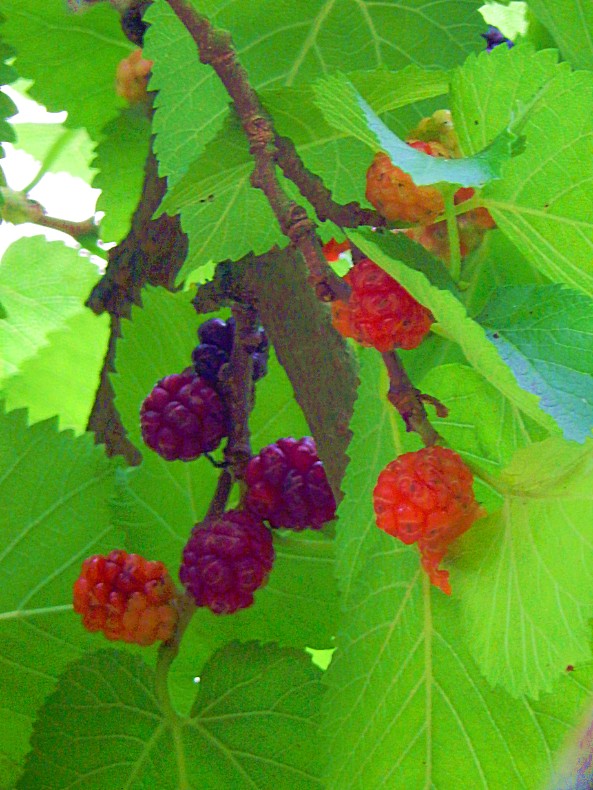
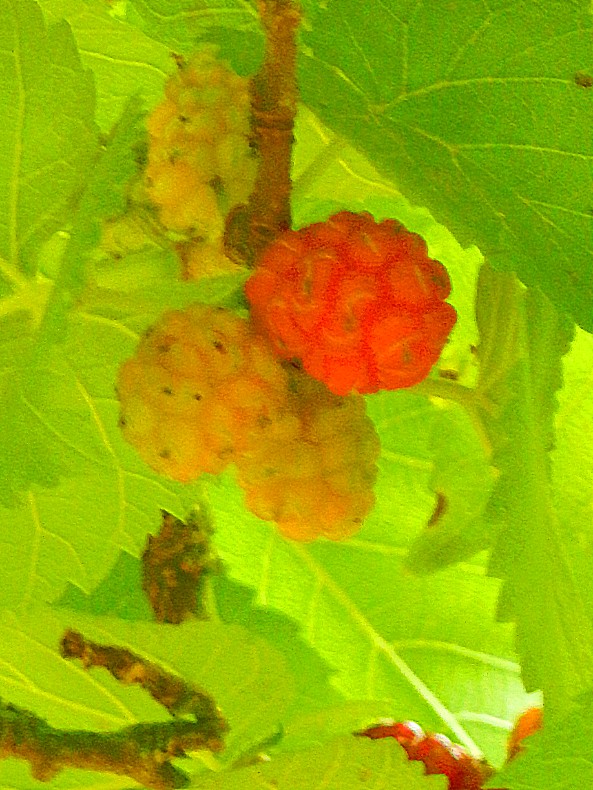
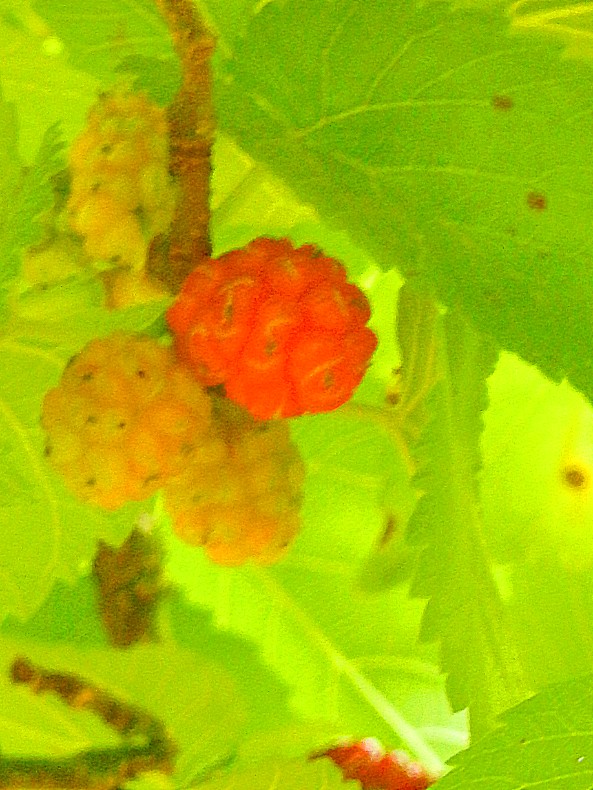 After leaving the Botanic Gardens, The wandelgek passed by Magdalen College and its magnificent tower which he had seen from everywhere in the gardens…
After leaving the Botanic Gardens, The wandelgek passed by Magdalen College and its magnificent tower which he had seen from everywhere in the gardens…
Magdalen College & C.S. Lewis
Magdalen College is one of the constituent colleges of the University of Oxford. Magdalen is one of the wealthiest colleges in Oxford, with an estimated financial endowment of £180.8 million as of 2014.
Magdalen stands next to the River Cherwell and has within its grounds a deer park and Addison’s Walk. The large, square Magdalen Tower is an Oxford landmark, and it is a tradition, dating to the days of Henry VII, that the college choir sings from the top of it at 6 am on May Morning.
History
Magdalen College was founded in 1458 by William of Waynflete, Bishop of Winchester and Lord Chancellor. The founder’s statutes included provision for a choral foundation of men and boys (a tradition that has continued to the present day) and made reference to the pronunciation of the name of the college in English. The college received another substantial endowment from the estate of Sir John Fastolf of Caister Castle in Norfolk (1380–1459). Another unrelated college named Magdalen Hall adjacent to Magdalen College eventually became part of Hertford College.
Magdalen’s prominence since the mid-20th century owes much to such famous fellows as C. S. Lewis and A. J. P. Taylor, and its academic success to the work of such dons as Thomas Dewar Weldon. Women were first admitted to the college in 1979. In 2015, Magdalen topped Oxford’s Norrington Table of college undergraduate examination results.
Lewis had been an undergraduate at University College, but was elected a Tutorial Fellow in English of Magdalen in 1925. He remained here at Magdalen until 1954, when he was elected Professor of Mediaeval and Renaissance Literature, and became a Fellow of Magdalene College, Cambridge. He was elected an Honorary Fellow of Magdalen in 1955.
It was while he was at Magdalen that Lewis rediscovered his Christian faith, and wrote many of the books which established his reputation, be it as an English scholar (The Allegory of Love), a novelist (his Narnia books), or a theologian (most notably with The Screwtape Letters and Mere Christianity). In the midst of all this writing, however, Lewis also taught English to a great many students, both at Magdalen and at other Colleges.
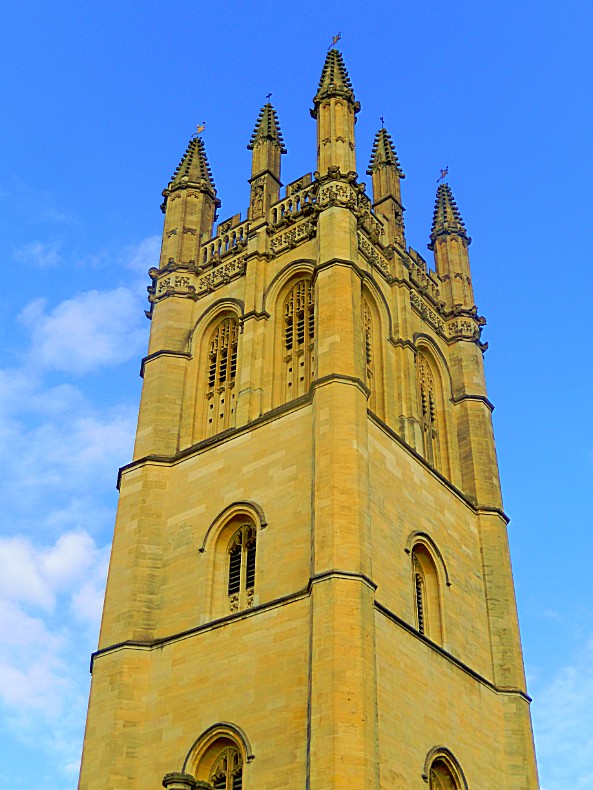 The Wandelgek followed High Street towards the city centre and somewhere near to have a capucino and some delicious strawberry cake in a High Street Coffee Bar/Bakery…
The Wandelgek followed High Street towards the city centre and somewhere near to have a capucino and some delicious strawberry cake in a High Street Coffee Bar/Bakery…

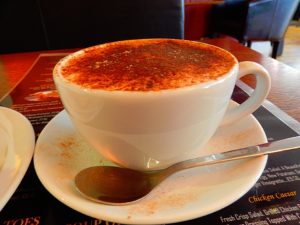
 Then The Wandelgek went on for his search for everything related to famous Children’s Classics from England…
Then The Wandelgek went on for his search for everything related to famous Children’s Classics from England…
Walking through the shopping area of High Street he saw a shopping window full of awesome chess boards…
1. Hand painted or Antique Finished Chess pieces of Alice through the looking glass:
All famous characters are there: Alice, The Red Queen, The Mad Hatter, The white rabbit, Humpty Dumpty, Tweedledee & Tweedledum, The March Hare and the White Knight…
2. Lord of the Rings Chess pieces in Antique finish:
Minas Tirith was a tower piece and I saw hobbits, Gimli, Legolas, Gandalf, Treebeard, Galadriel and Boromir…
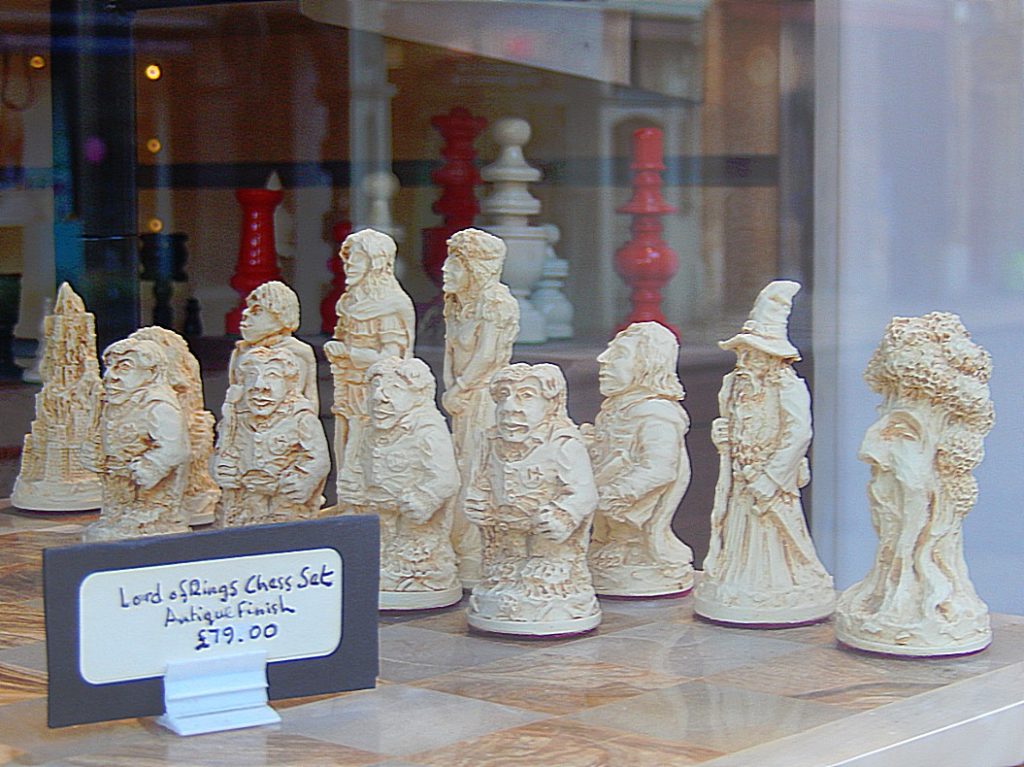 Actually there were lots of shops in Oxford selling stuff from either Lord of the Rings or The Hobbit, Narnia, Harry Potter or Alice…
Actually there were lots of shops in Oxford selling stuff from either Lord of the Rings or The Hobbit, Narnia, Harry Potter or Alice…
Then I walked into Logic Lane towards Merton Street to have another better, closer look at Merton College where Tolkien had been a Professor.
Merton College & J.R.R. Tolkien
Opposite Merton College on Merton Street was a rather beautiful which seemed too beautiful to me, to be just a residential house. It did belong to Merton College property, said a little sign.
Merton College (in full: The House or College of Scholars of Merton in the University of Oxford) is one of the constituent colleges of the University of Oxford in England. Its foundation can be traced back to the 1260s when Walter de Merton, chancellor to Henry III and later to Edward I, first drew up statutes for an independent academic community and established endowments to support it. The important feature of Walter’s foundation was that this “college” was to be self-governing and the endowments were directly vested in the Warden and Fellows.
By 1274 when Walter retired from royal service and made his final revisions to the college statutes, the community was consolidated at its present site in the south east corner of the city of Oxford, and a rapid programme of building commenced. The hall and the chapel and the rest of the front quad were complete before the end of the 13th century. Mob Quad, one of Merton’s quadrangles, was constructed in the years from 1288-1378 and is claimed to be the oldest quadrangle in Oxford, while Merton College Library, located in Mob Quad and dating from 1373, is the oldest continuously functioning library for university academics and students in the world.
Notable alumni and academics past and present include four Nobel Laureates and writer J. R. R. Tolkien who was Merton Professor of English Language and Literature from 1945 to 1959. Merton is one of the wealthiest colleges in Oxford and had a financial endowment of £212.8 million as of July 2014. Merton has a strong reputation for academic success, having regularly ranked first in the Norrington Table in recent years.
Merton English professor JRR Tolkien spent many hours in the library writing The Lord of the Rings and it is even suggestef that the trees standing in the Fellows’ Garden inspired the ents of Middle Earth.
I started following Merton Street towards Christ Church Cathedral and passed the main entrance gate into Merton College (which was now closed for visitor as it was passed 18 hrs).
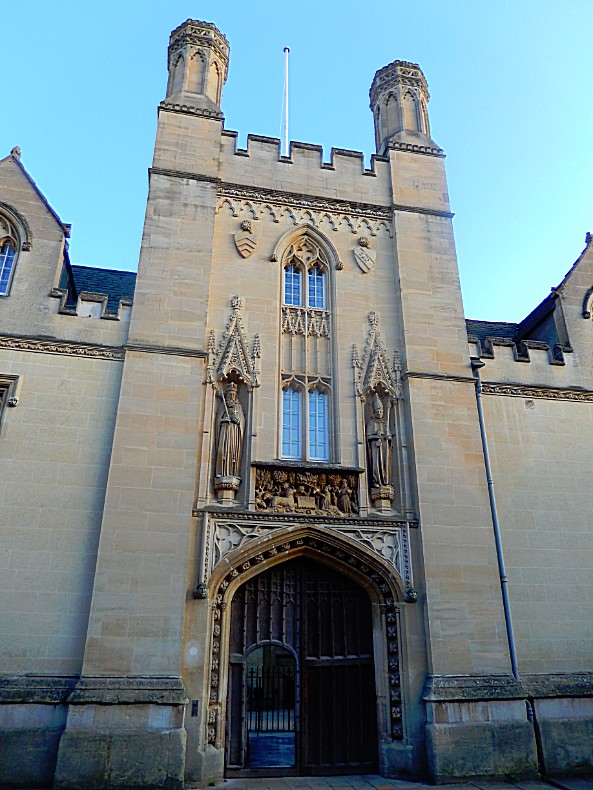
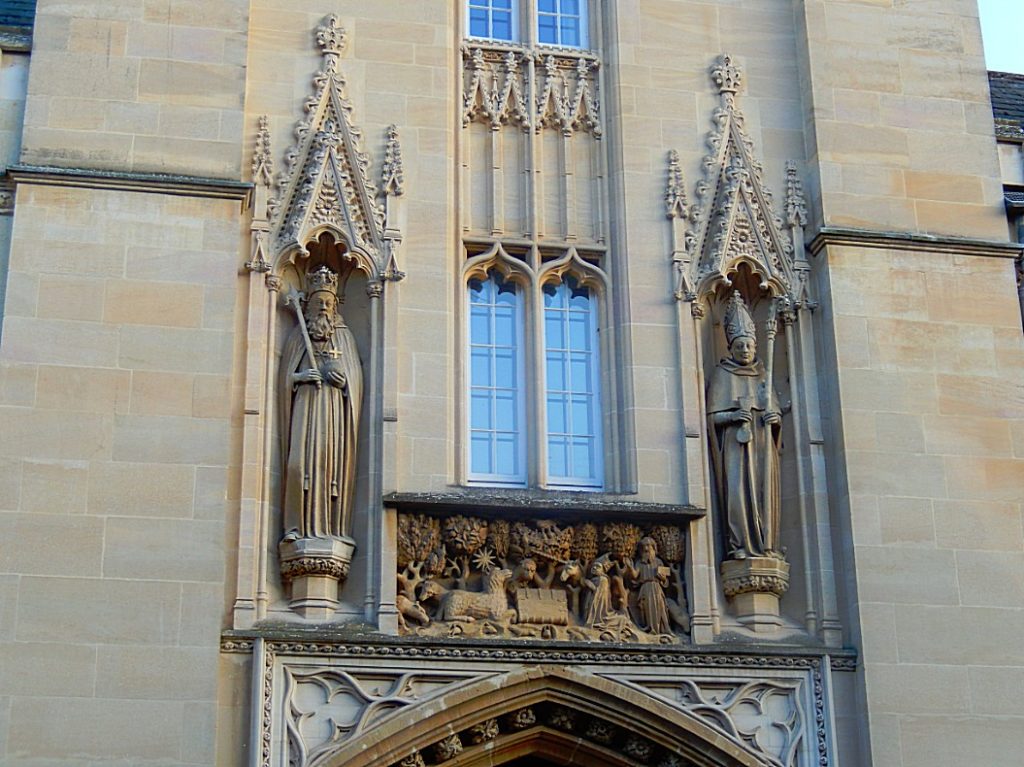
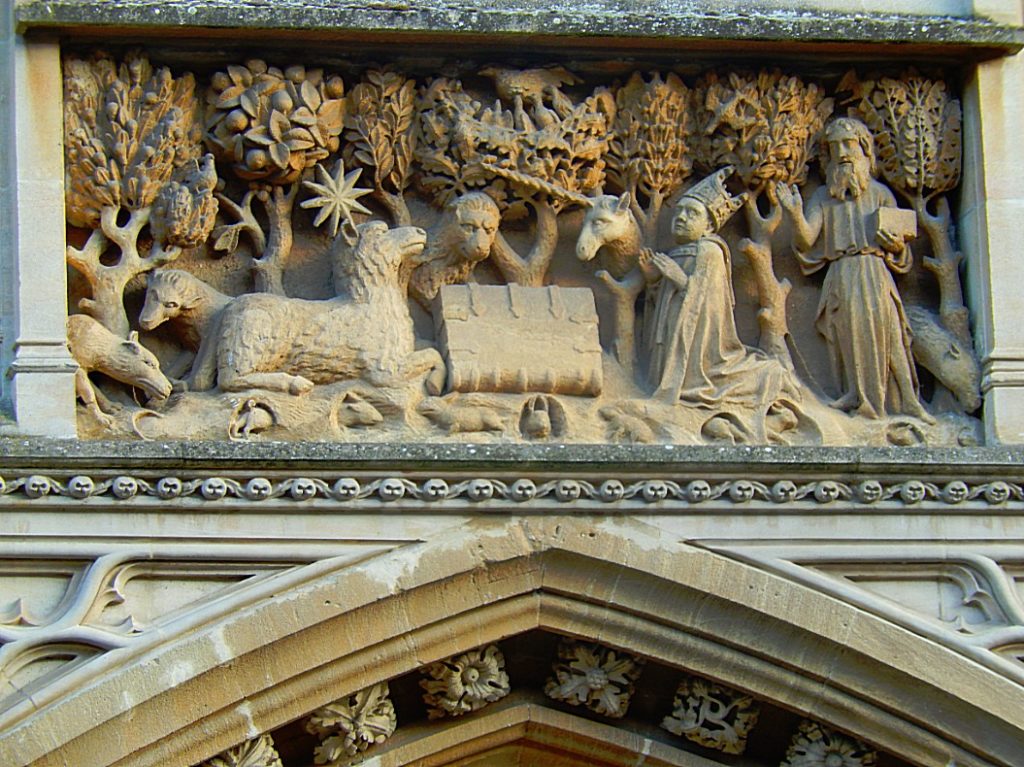 The detail above the gate was amazing…
The detail above the gate was amazing…
Walking further I passed the Merton College Chapel which I think was so beautiful that I had to shoot a lot of pics do it just:
By the late 1280s the old church of St John the Baptist had fallen into “a ruinous condition”, and the college accounts show that work on a new church began in about 1290. The present choir, with its enormous east window, was complete by 1294. The window is an important example (because it is so well dated) of how the strict geometrical conventions of the Early English Period of architecture were beginning to be relaxed at the end of the 13th century. The south transept was built in the 14th century, the north transept in the early years of the 15th. The great tower was complete by 1450. The chapel replaced the parish church of St. John and continued to serve as the parish church as well as the chapel until 1891. It is for this reason that it is generally referred to as Merton Church in older documents, and that there is a north door into the street as well as doors into the college. This dual role also probably explains the enormous scale of the chapel, which in its original design was to have a nave and two aisles extending to the west.
A new choral foundation was established in 2007, providing for a choir of sixteen undergraduate and graduate choral scholars singing from October 2008. The choir is directed by Peter Phillips, currently also director of the Tallis Scholars, and Benjamin Nicholas, a former director of music at Tewkesbury Abbey. In 2013, the installation of a new organ, designed and built by Dobson Pipe Organ Builders, was completed. The chapel is famous for its splendid, ethereal acoustics.
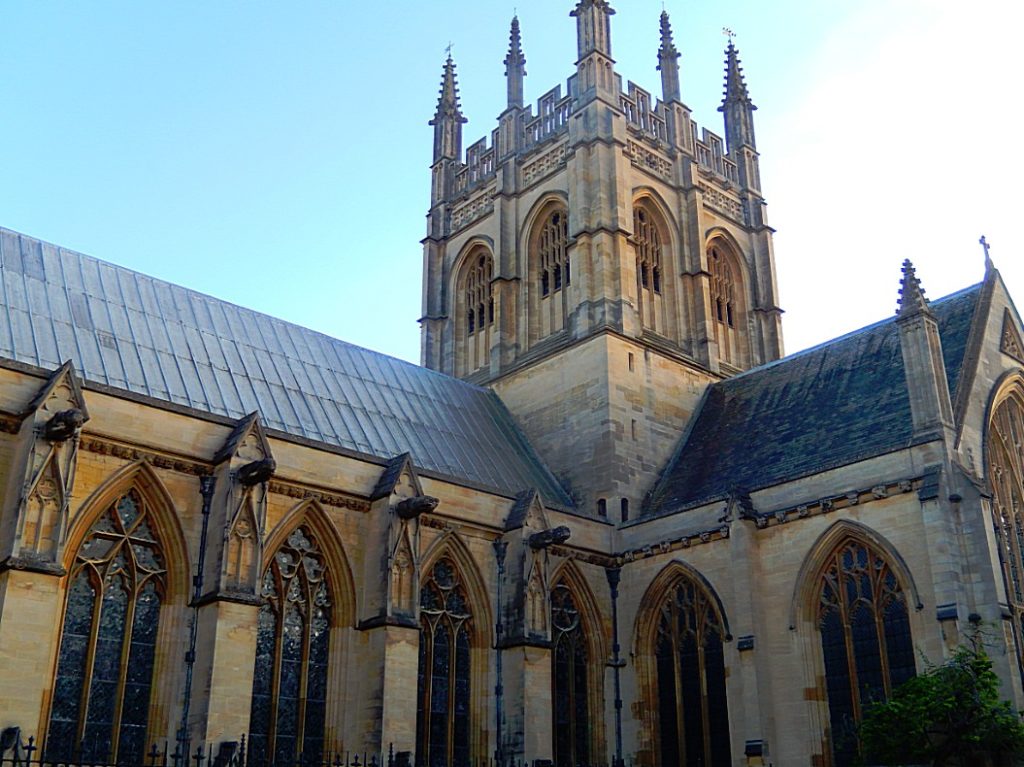 A spire from the chapel has resided in Pavilion Garden VI of the University of Virginia since 1928, when “it was given to the University to honor Jefferson’s educational ideals.”
A spire from the chapel has resided in Pavilion Garden VI of the University of Virginia since 1928, when “it was given to the University to honor Jefferson’s educational ideals.”
I adored these heads on the wall all around the Chapel Tower…
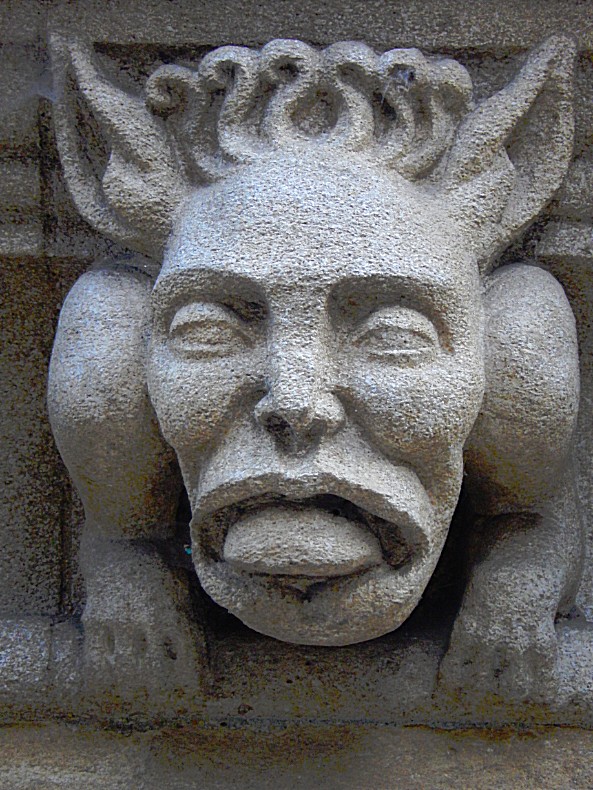
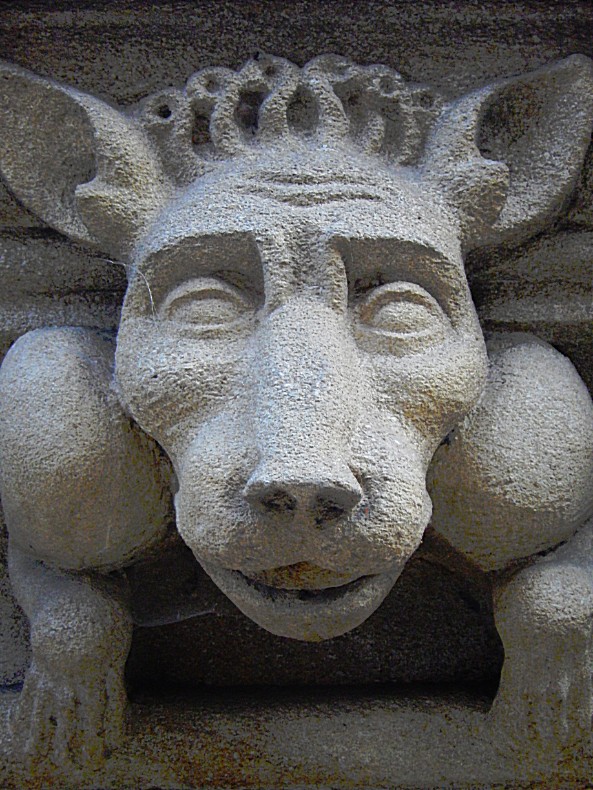
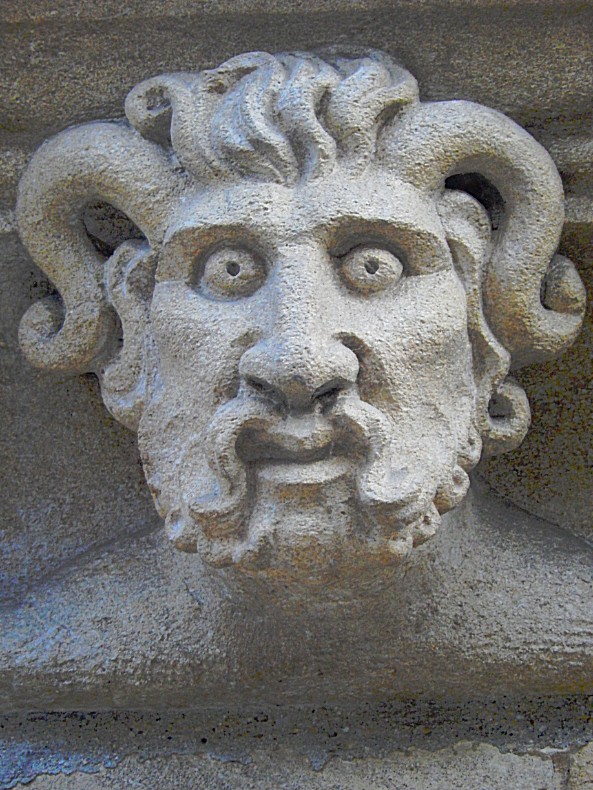
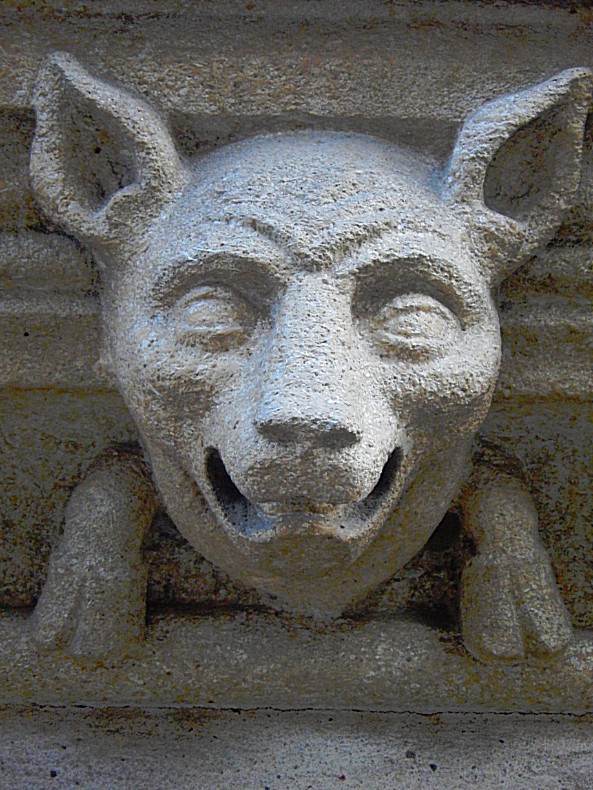
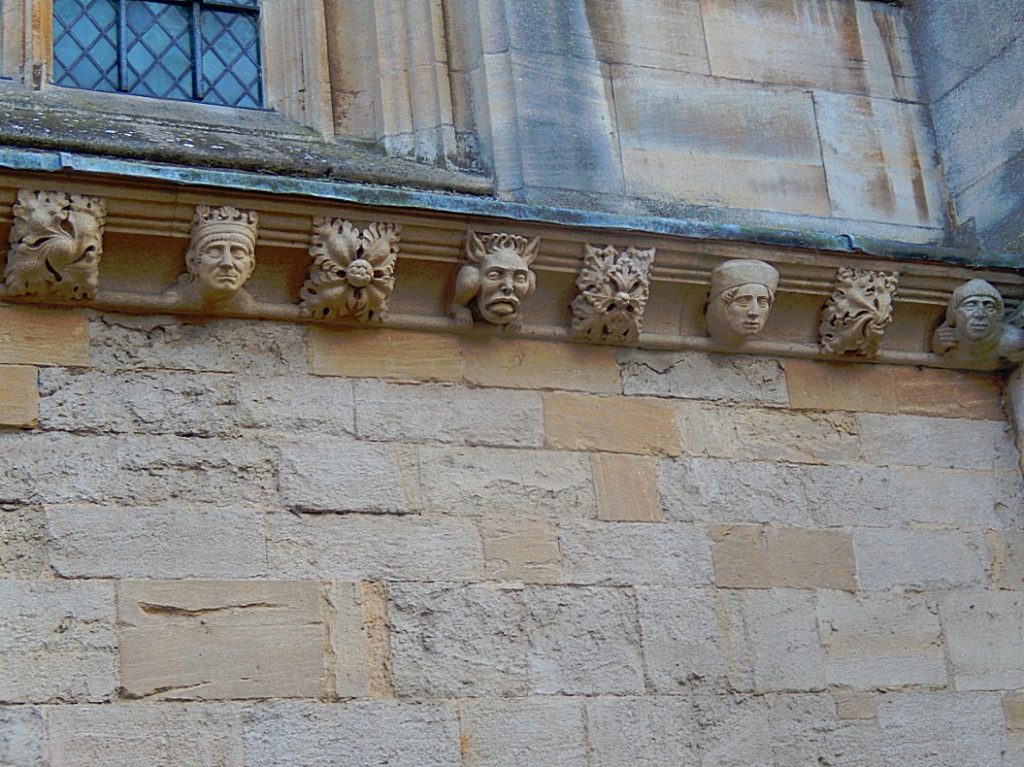 In Oxford you just have to look up to see the most wonderful things…
In Oxford you just have to look up to see the most wonderful things…
Next I walked into Magpie Lane, a small street bordering on Oriel College and I could peek over the wall and see some beautiful College buildings…
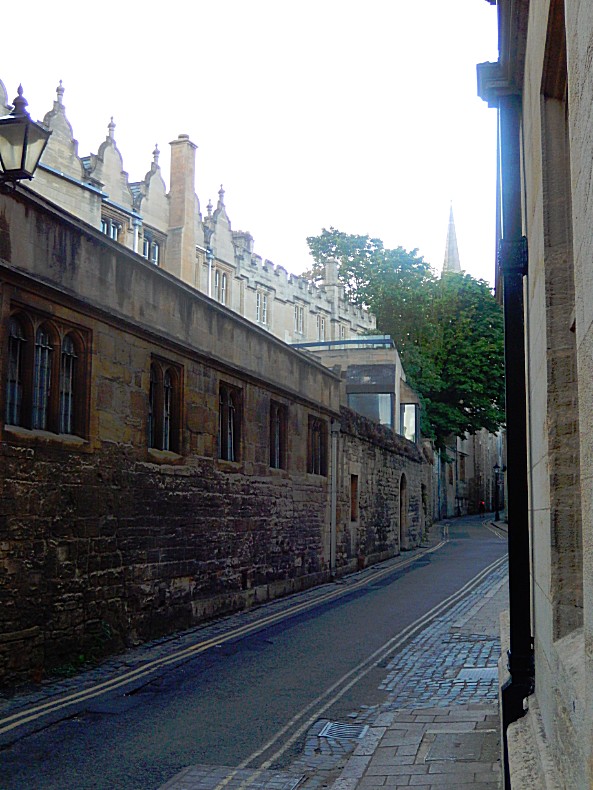 The spire at the end is the Church of Saint Mary the Virgin’s, but I turned around to see some more of Merton College from the ChristChurch Meadow side. I crossed Merton street into another small alley: Grove walk, which connects Merton Street with Christ Church Meadow…
The spire at the end is the Church of Saint Mary the Virgin’s, but I turned around to see some more of Merton College from the ChristChurch Meadow side. I crossed Merton street into another small alley: Grove walk, which connects Merton Street with Christ Church Meadow…
It was now about 19hrs and the light of the sun on the buildings made them even more beautiful than they already were:
I followed Grove Walk and…
…then I reached Christchurch Meadow. I took a last view over the Merton College buildings…
Then I turned towards Christchurch Meadows as the sun was slowly setting…
Christchurch Meadow
Christ Church Meadow is a well-known flood-meadow, and popular walking and picnic spot in Oxford, England.
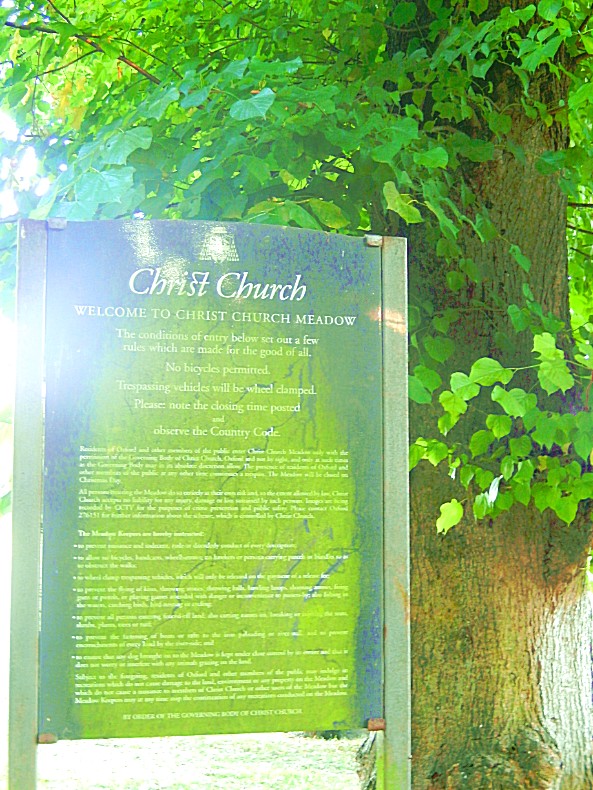 Roughly triangular in shape it is bounded by the River Thames (the stretch through Oxford being known as “The Isis”), the River Cherwell, and Christ Church. The meadow provides access to many of the college boat houses which are on an island at the confluence of the two rivers. The lower sections of the meadow, close to the Thames, are grazed by cattle, while the upper sections have sports fields. Broad Walk is at the northern edge with Merton Field to the north and Merton College, dominated by the tower of Merton College Chapel, beyond that.
Roughly triangular in shape it is bounded by the River Thames (the stretch through Oxford being known as “The Isis”), the River Cherwell, and Christ Church. The meadow provides access to many of the college boat houses which are on an island at the confluence of the two rivers. The lower sections of the meadow, close to the Thames, are grazed by cattle, while the upper sections have sports fields. Broad Walk is at the northern edge with Merton Field to the north and Merton College, dominated by the tower of Merton College Chapel, beyond that.
Christ Church Meadow is owned by Christ Church, and is thus the private property of the college, however access is allowed during the day. Access starts very early to allow rowers to go to the boathouses. Eights Week and Torpids, Oxford University’s two main rowing events, and Christ Church Regatta are held on the Thames here. In past times, ornamental wooden barges were moored on the river here to store boats and house spectators. However these have all now been replaced by boathouses.
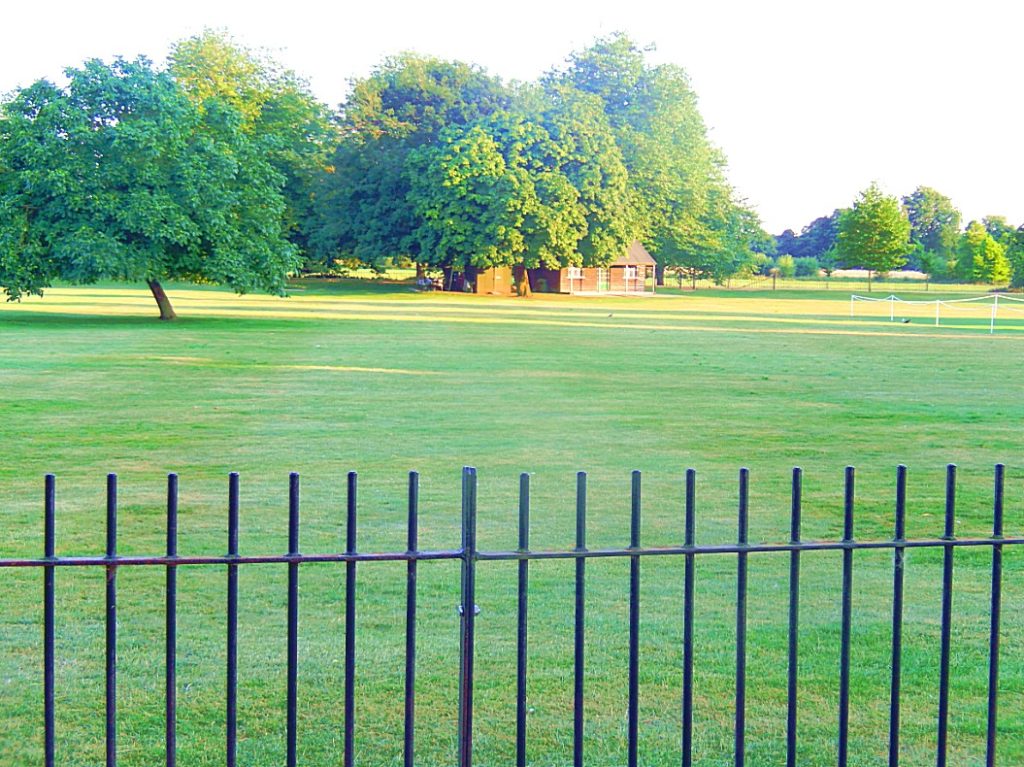
Christchurch Meadow lying between Christchurch College, Merton College, the Botanic Gardens and the River Cherwell…
The meadow can be accessed from St Aldate’s to the northwest via Broad Walk through the Christ Church War Memorial Garden, from the north in Merton Street via Grove Walk and Merton Walk, and from the eastern end of the High Street via Rose Lane near the Oxford Botanic Garden to the northeast. There is also lesser used access from near the Head of the River public house by Folly Bridge on the River Thames to the southwest, connecting to Poplar Walk (created by Henry Liddell in 1872) and the path by the river. All entrances are via railinged gates that are locked at night.
James Sadler made the first ascent in a balloon by an Englishman from the Meadow on 4 October 1784. The balloon rose to a height of around 3,600 feet and landed six miles away near the village of Wood Eaton near Islip to the north-east of Oxford. A plaque notes the event. The Meadow was also the location where the medieval royal pretender, John Deydras, claimed to have been persuaded by the devil to impersonate Edward II in 1318.
Postwar development planned for central Oxford included a relief road passing through the meadow and joining the district of St Ebbe’s. The proposal was defeated after vigorous opposition.
ChristChurch
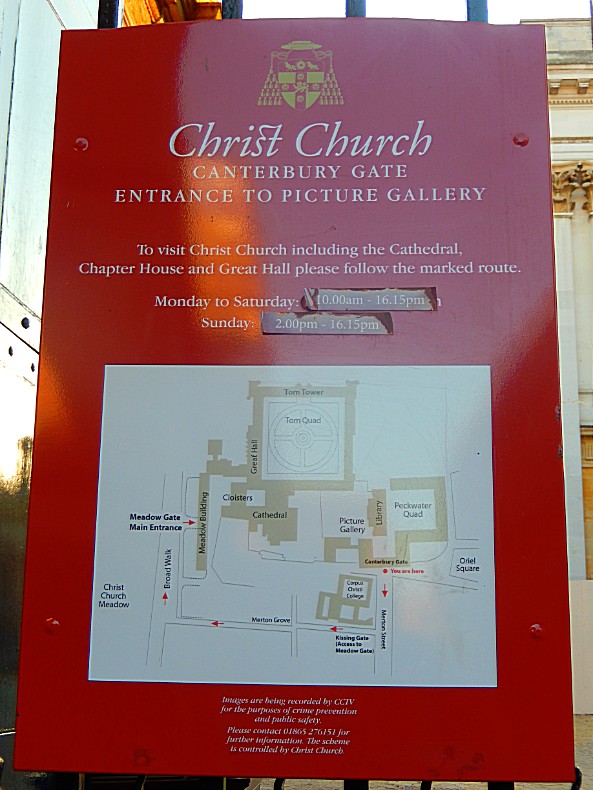
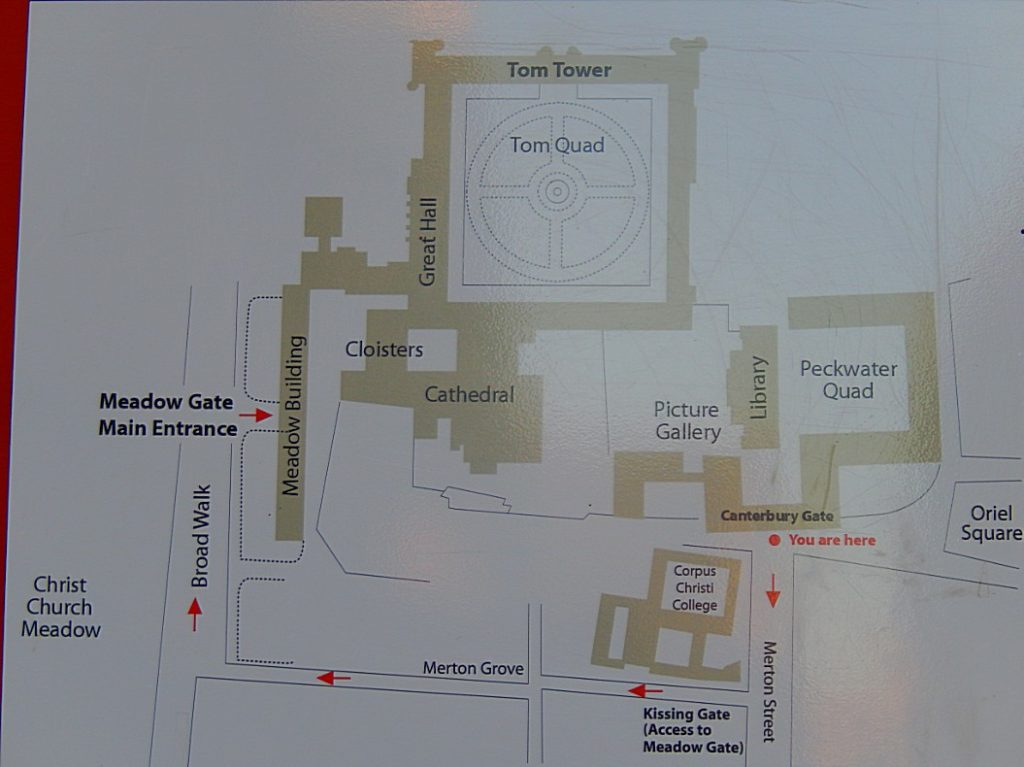 Christchurch Cathedral looked awesome in the setting sunlight…
Christchurch Cathedral looked awesome in the setting sunlight…
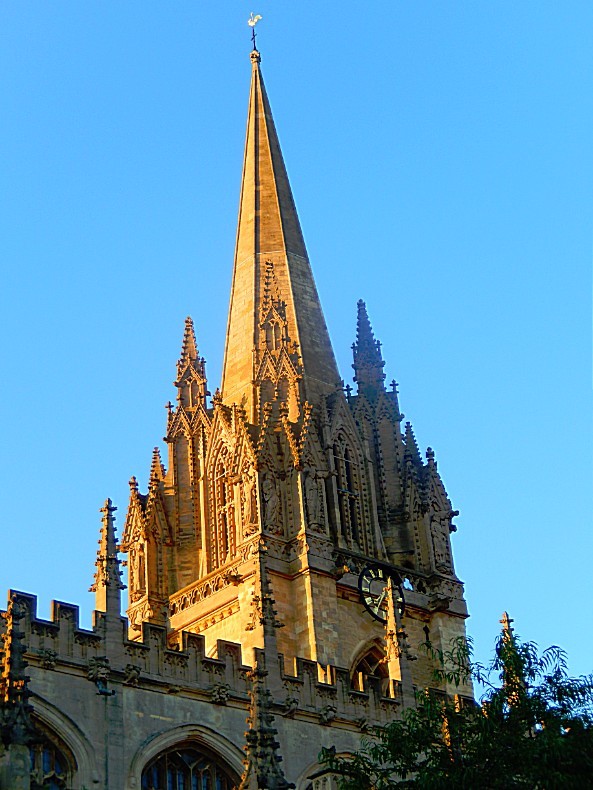
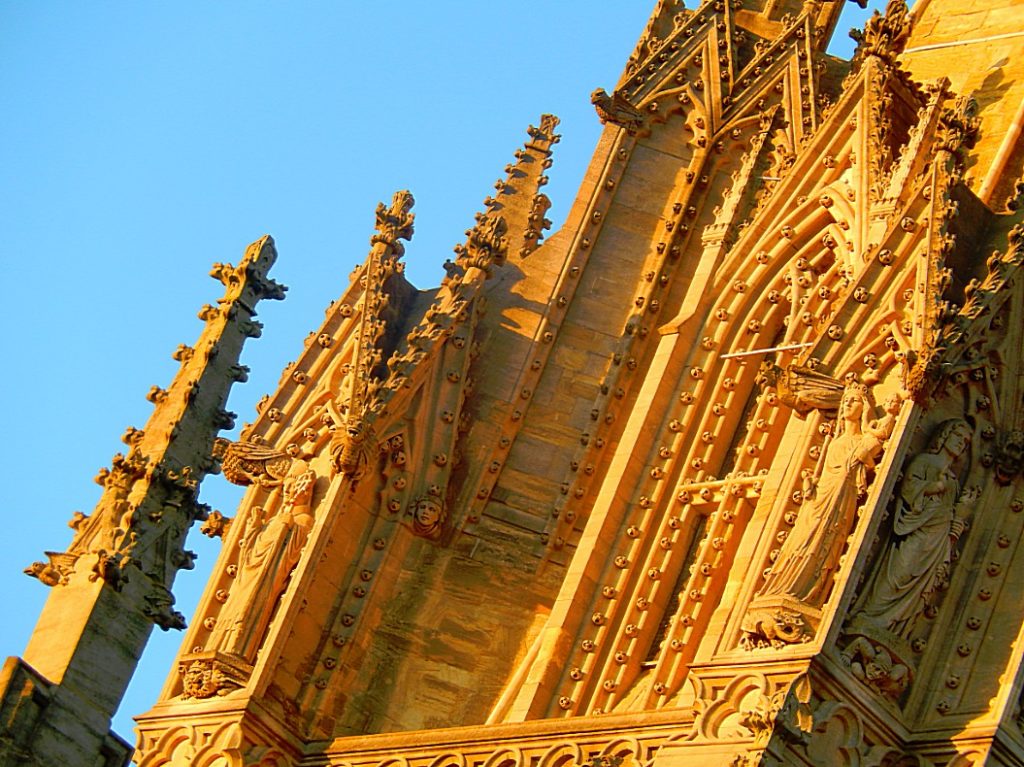
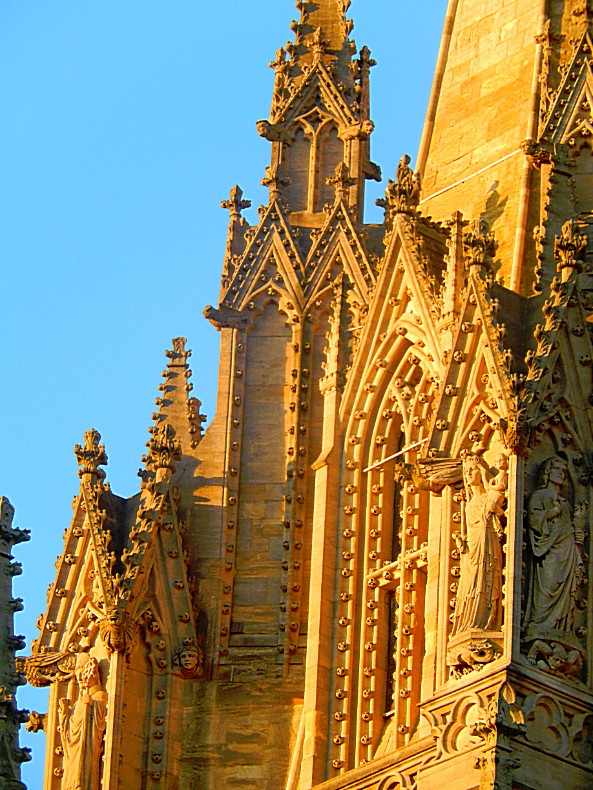
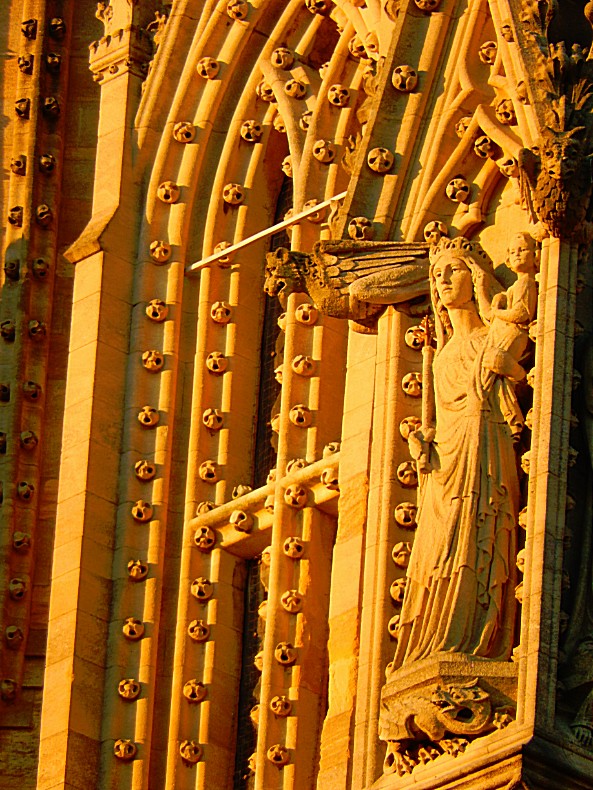 Then the sun finally set and I decided to go and search for a pub to eat and drink and think about all the wonderful things I had seen today…
Then the sun finally set and I decided to go and search for a pub to eat and drink and think about all the wonderful things I had seen today…
The Wandelgek walked back through Grove Walk towards Merton Street and then followed Merton Street into King Edward Street and Bear Lane, passed The Bear wich he had visited the previous night and into a small alley named the Wheatsheaf Yard. There he found a pub named The Wheatsheaf.
The Wheatsheaf is an alternative rock bar featuring cool music, pub games such as a pool table, darts board and jukebox. I ordered a Hobgloblin Ale
I mentioned before that British pubs do show a sense of humor and this pub was no diferent in that…
Some reference between Alice in Wonderland could be found too…
Ah and there we have Morse and Lewis again…
If the texts above the bar are true, even Winston Churchill visited here…
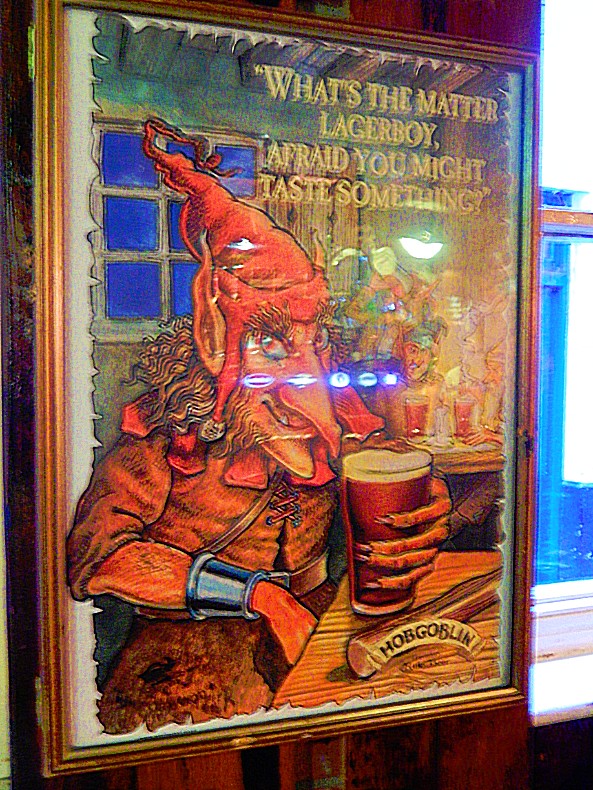 And after a few pints and listening to some good indie music like Mystical Machinegun Man by Kula Shaker, The Wandelgek went back to his youth Hostel to sleep.
And after a few pints and listening to some good indie music like Mystical Machinegun Man by Kula Shaker, The Wandelgek went back to his youth Hostel to sleep.

